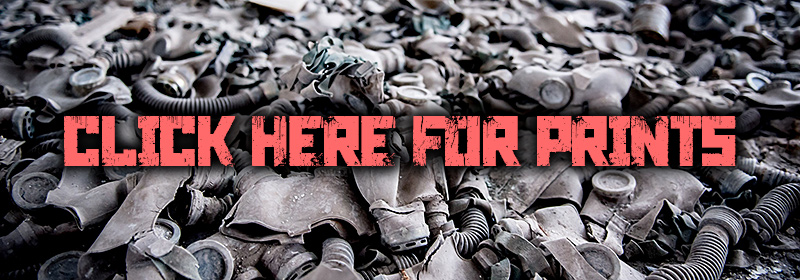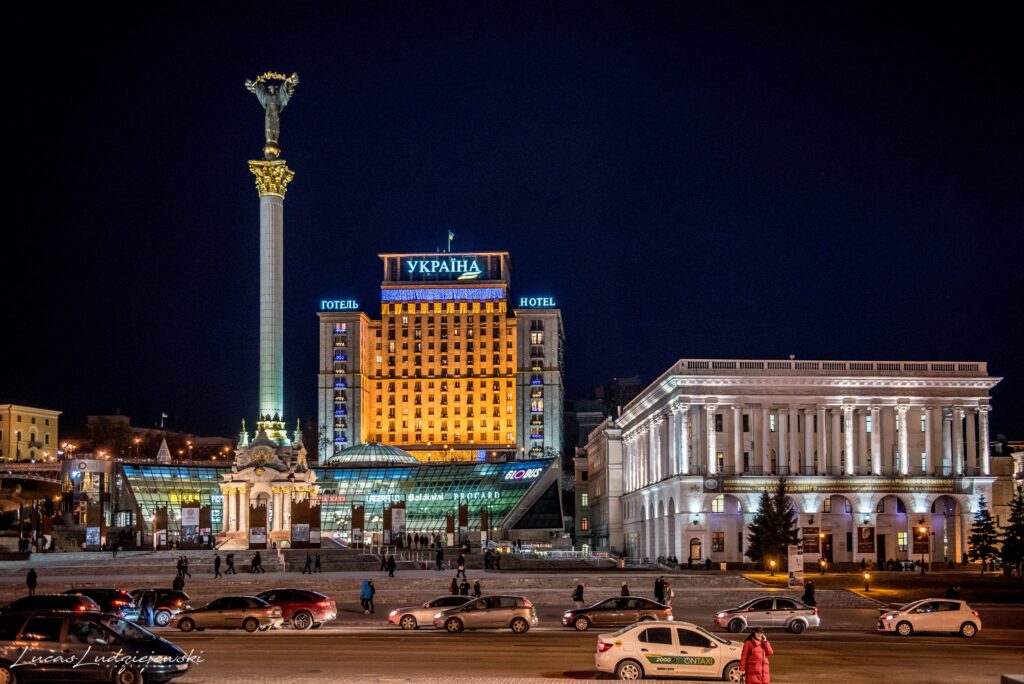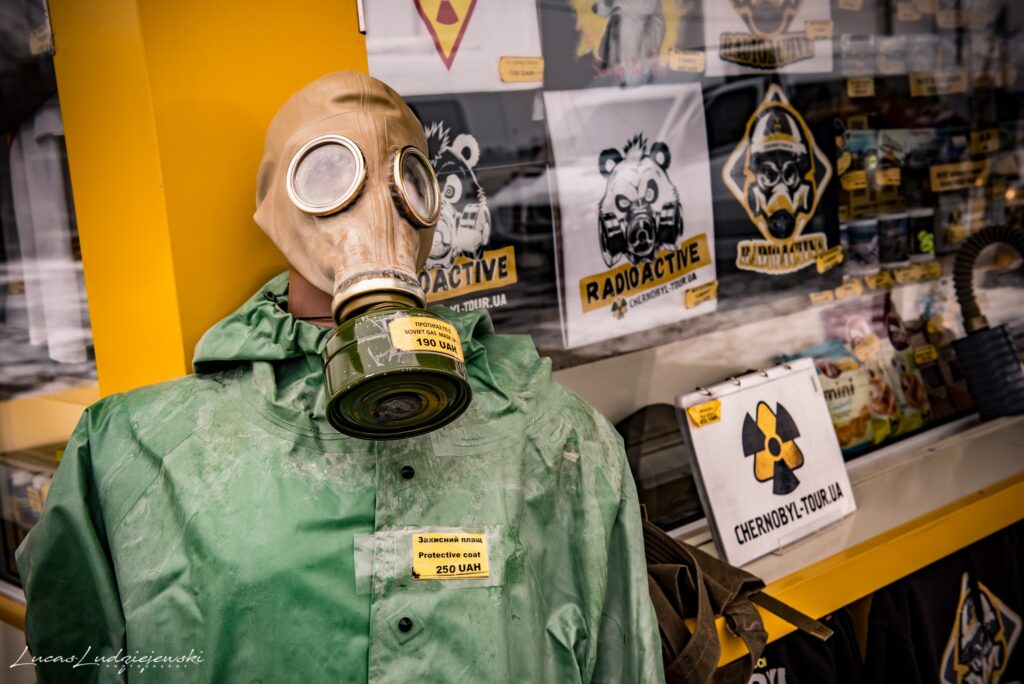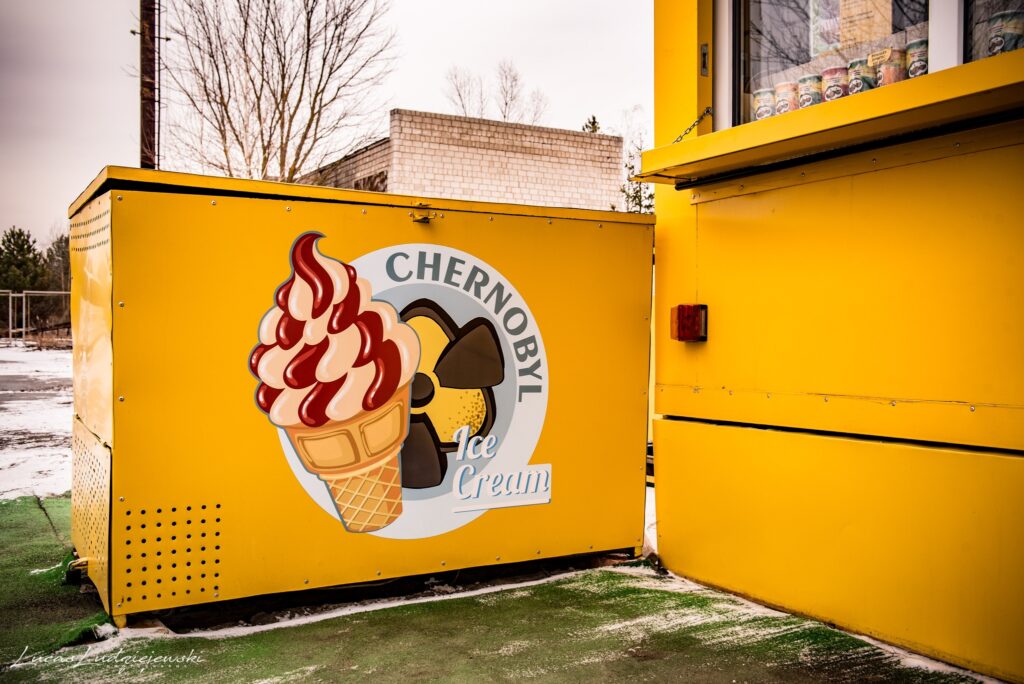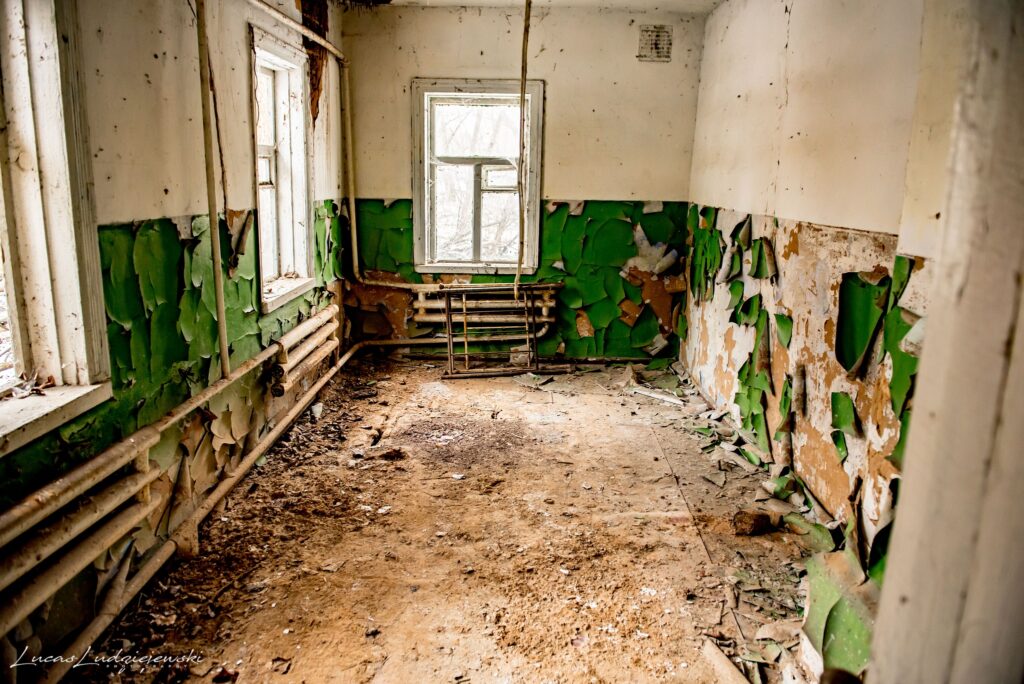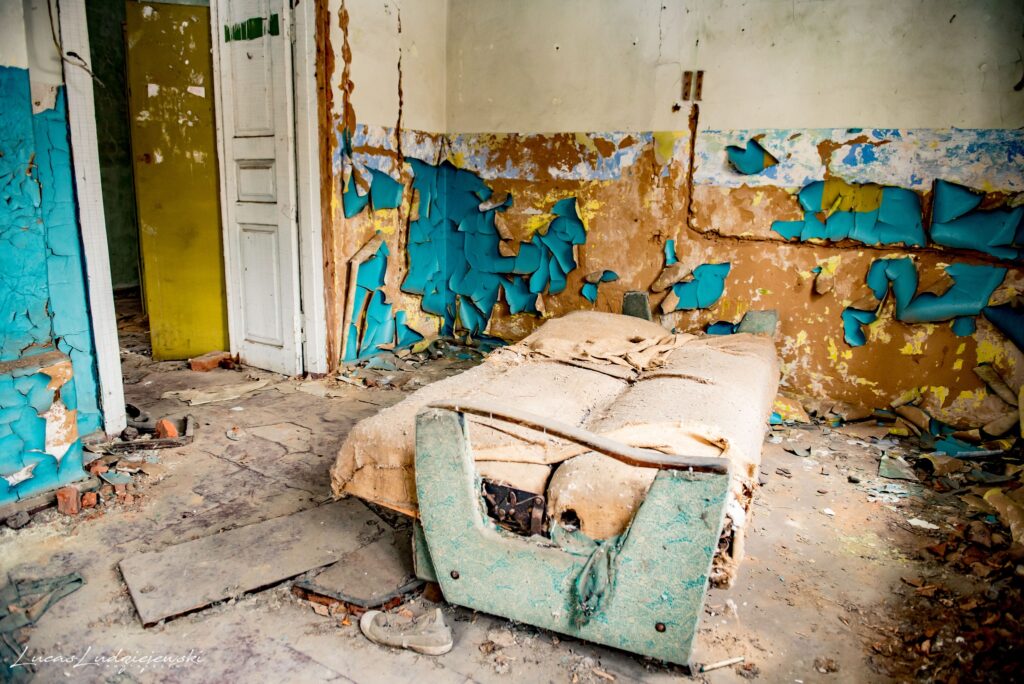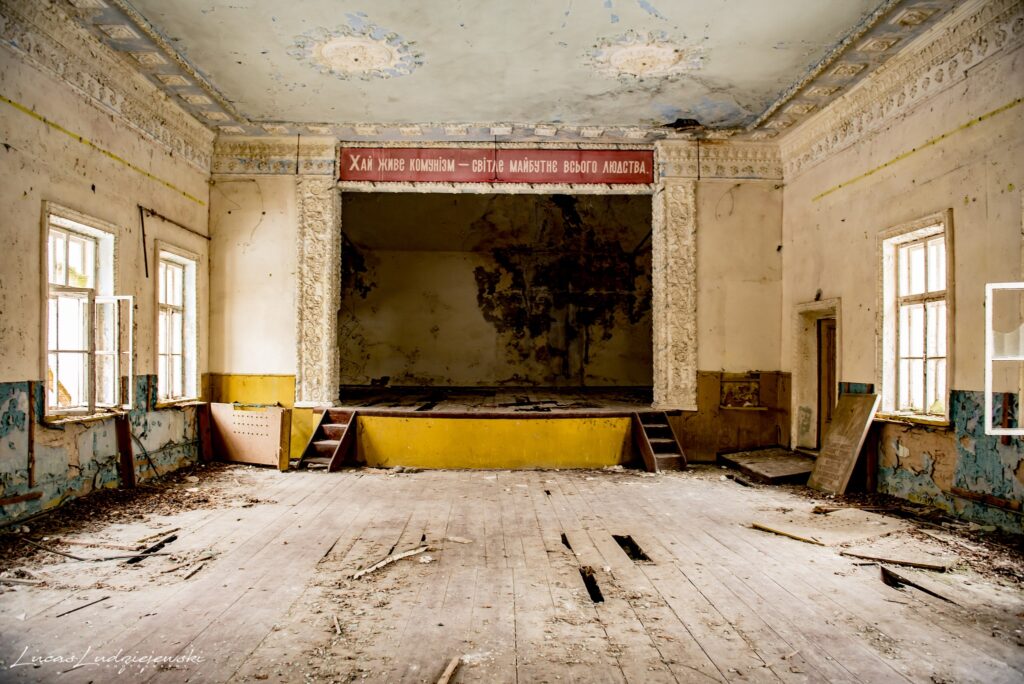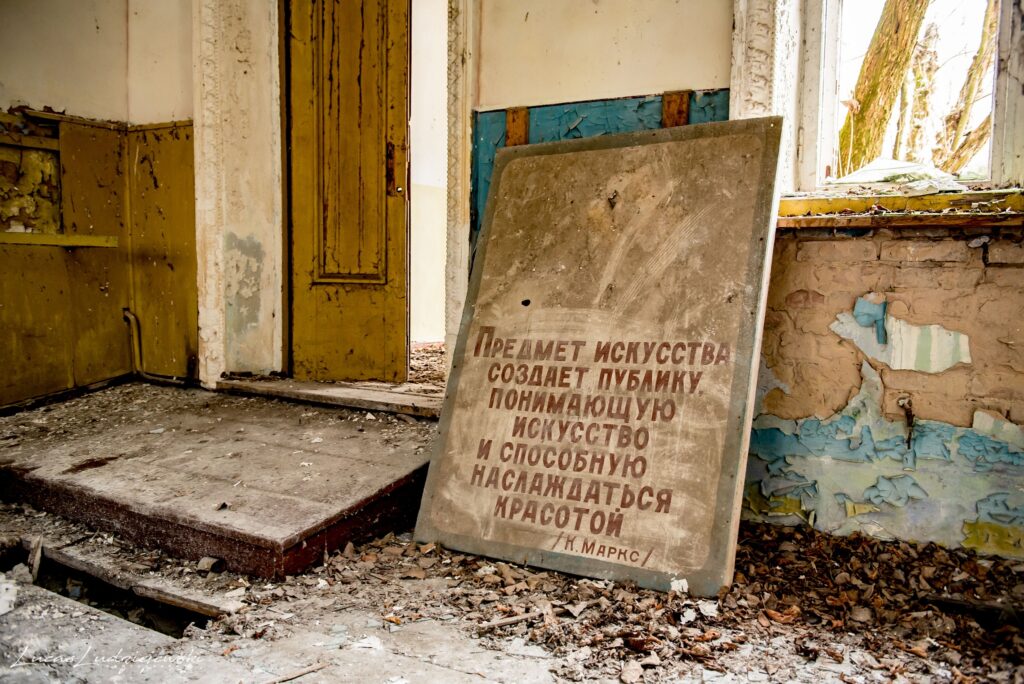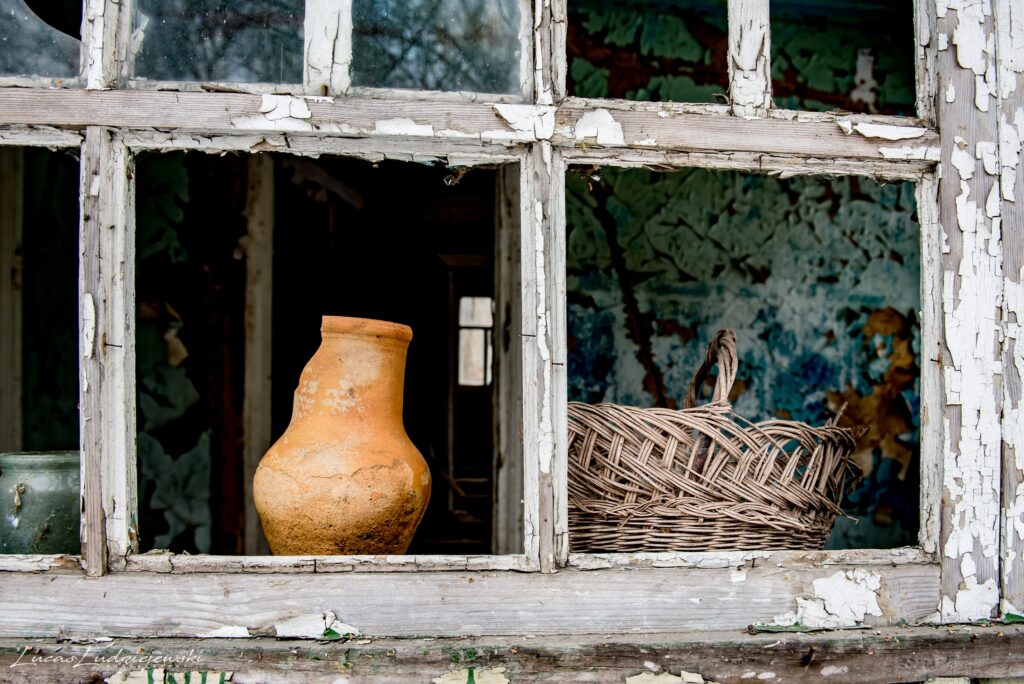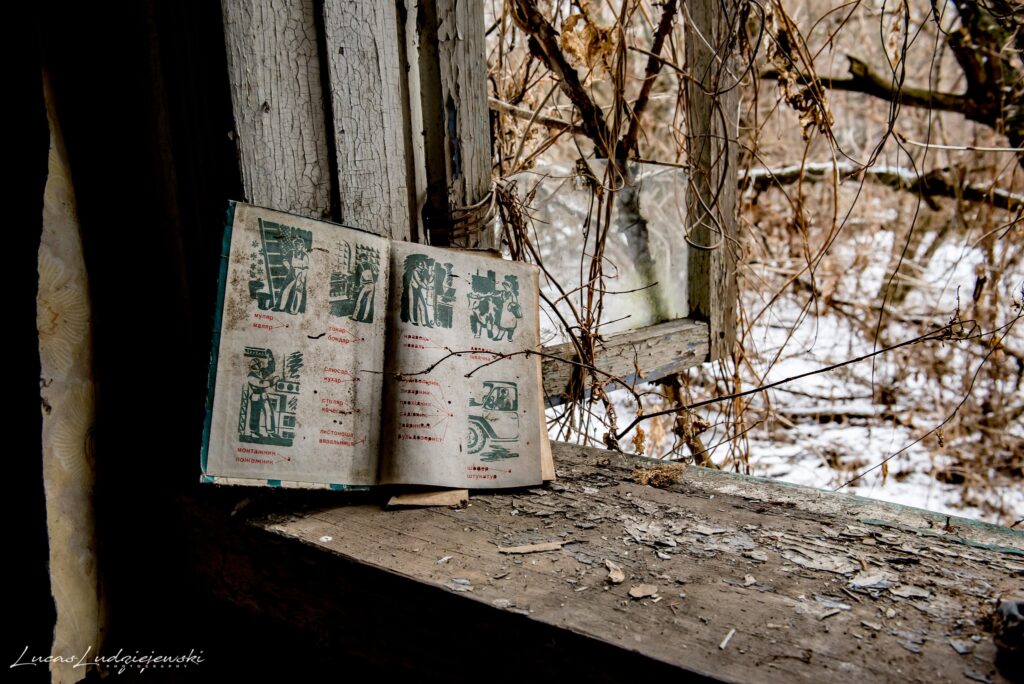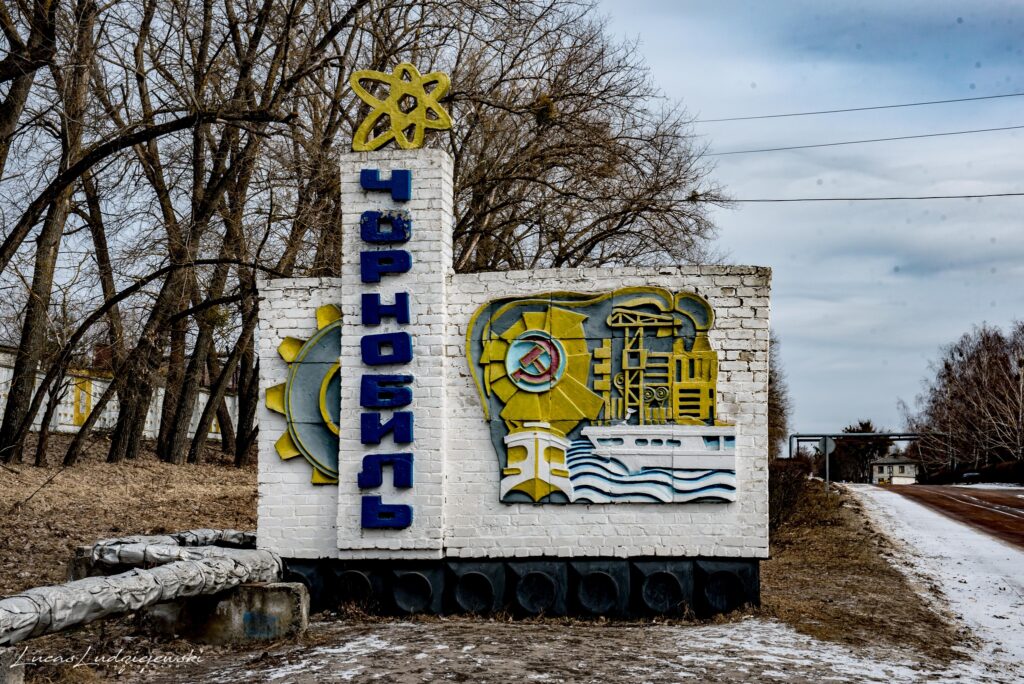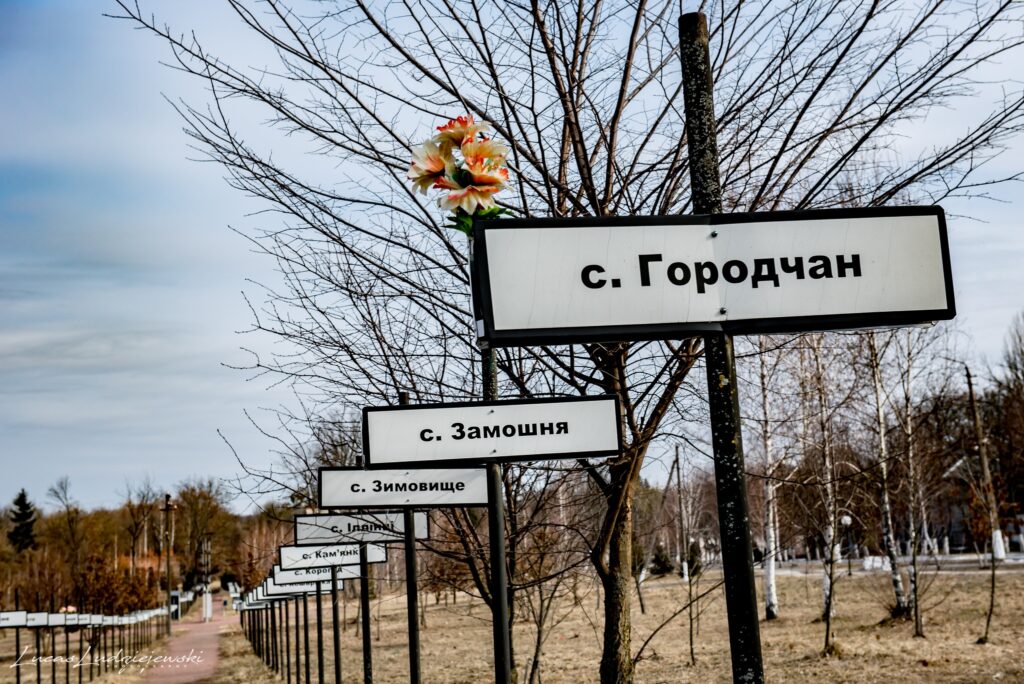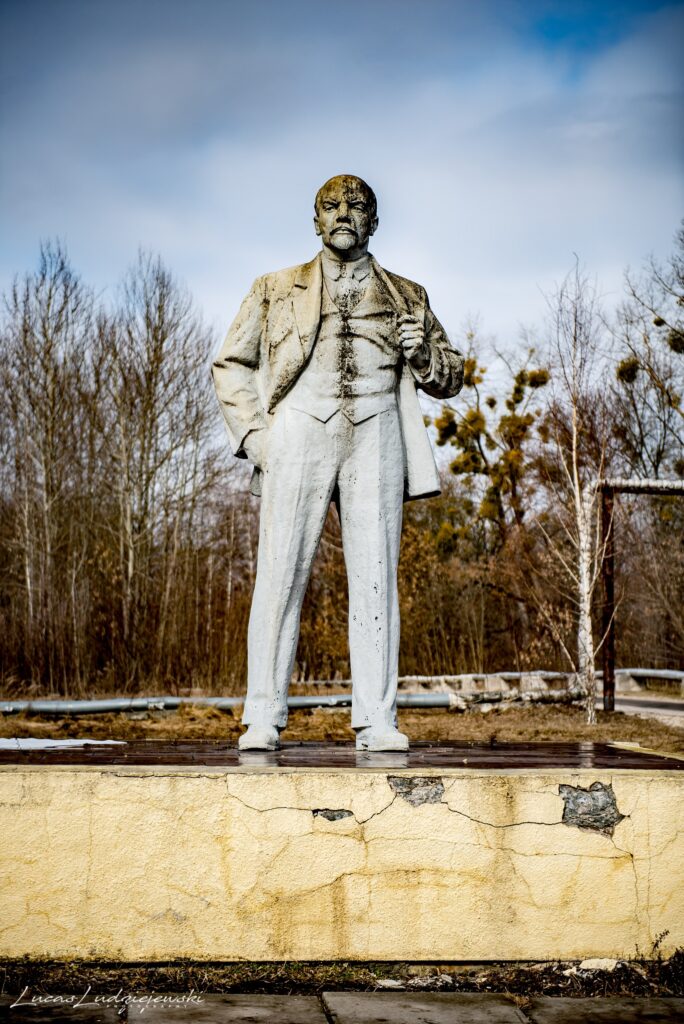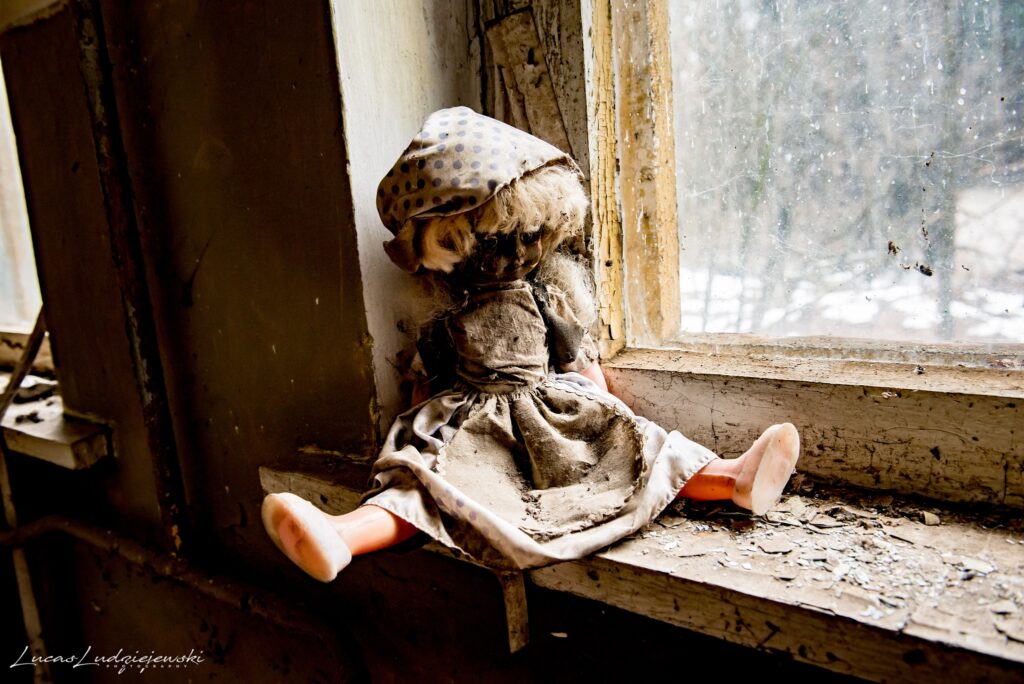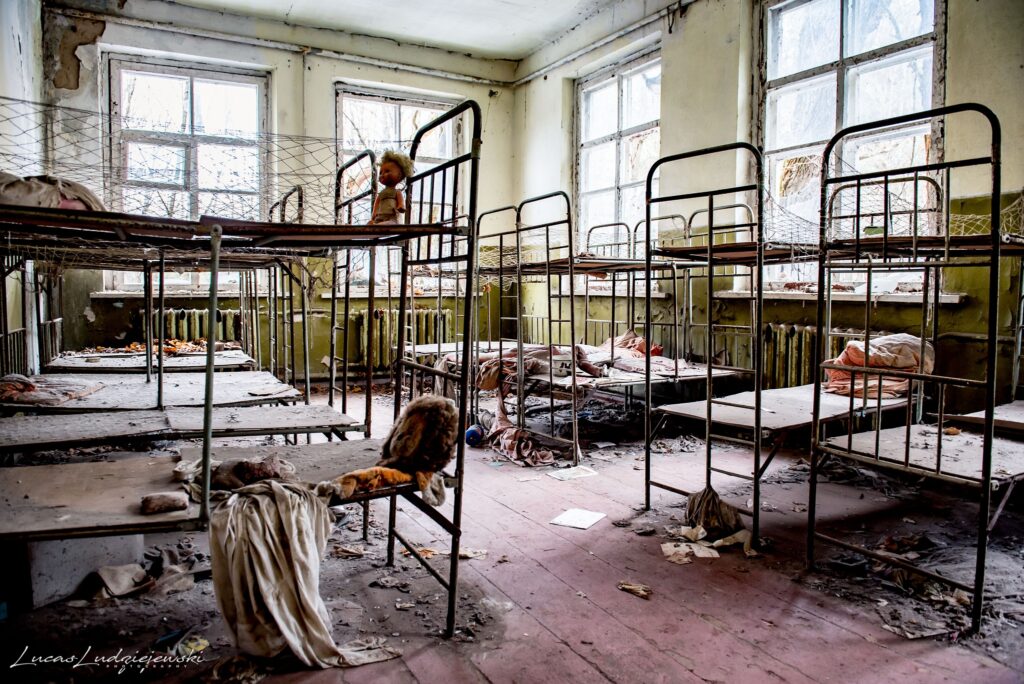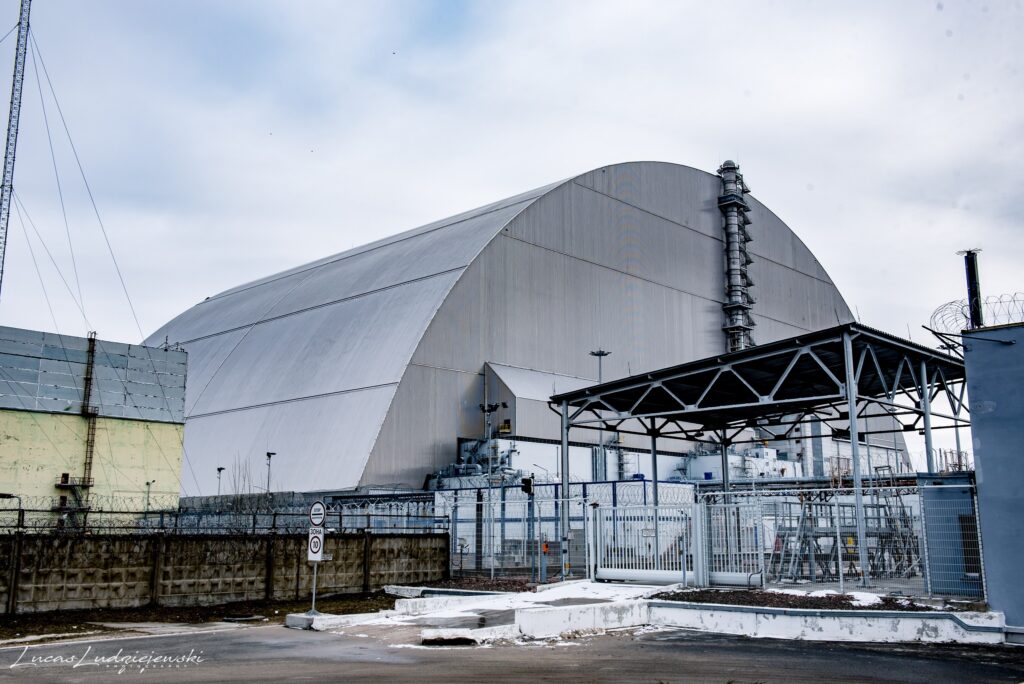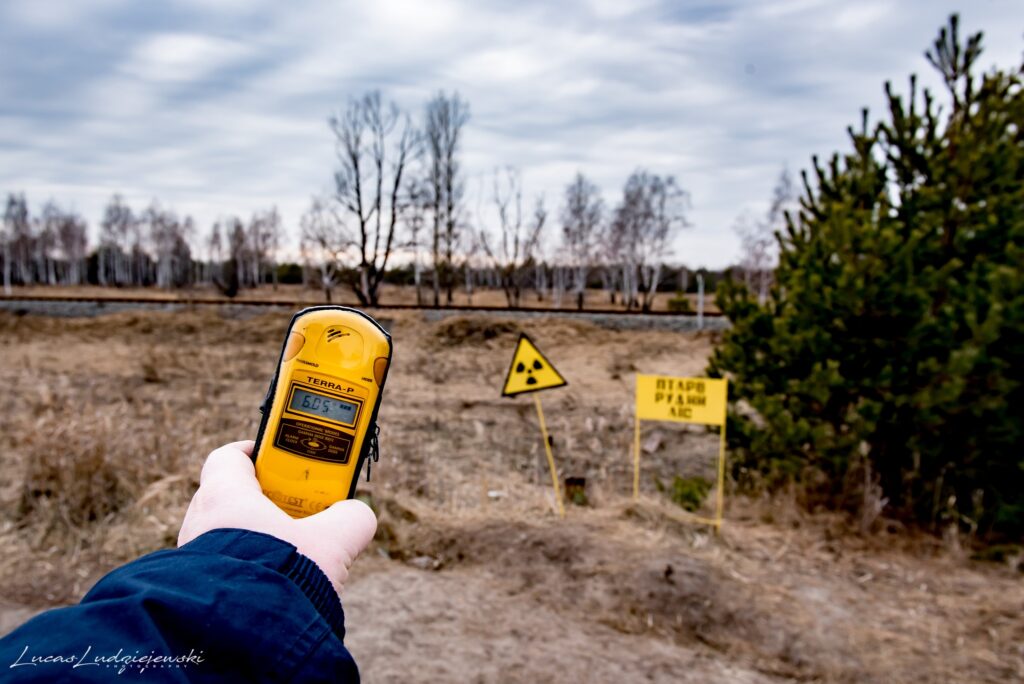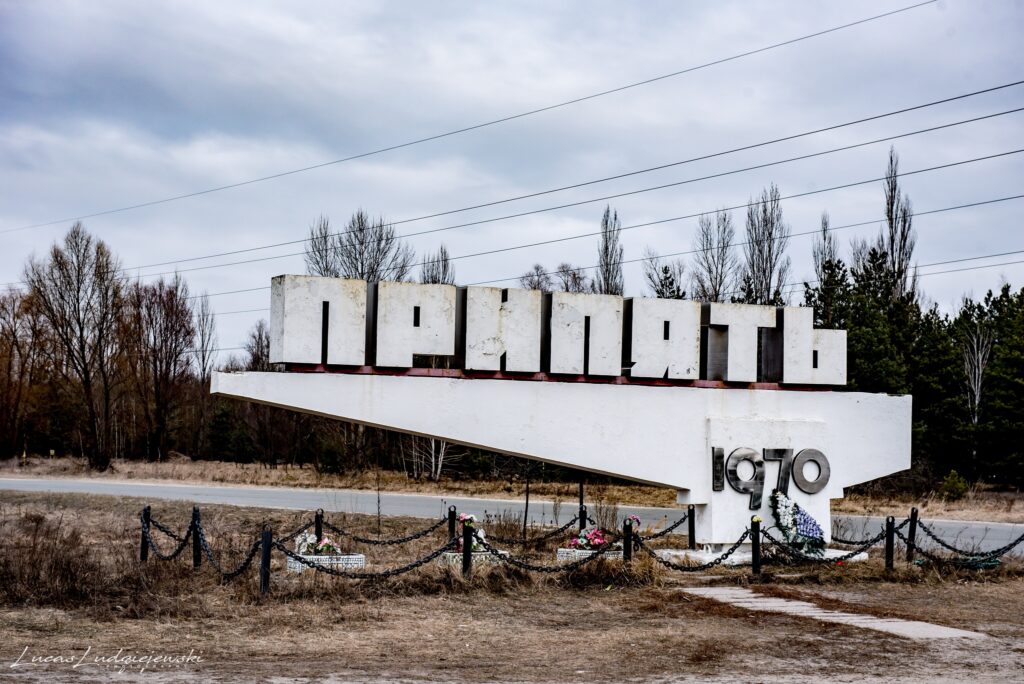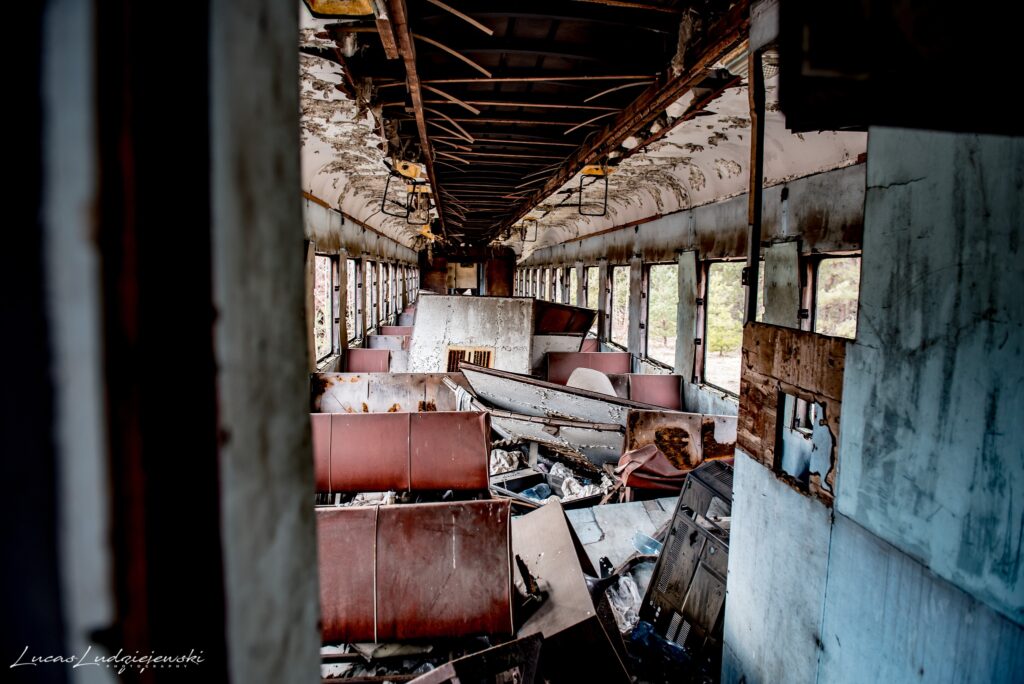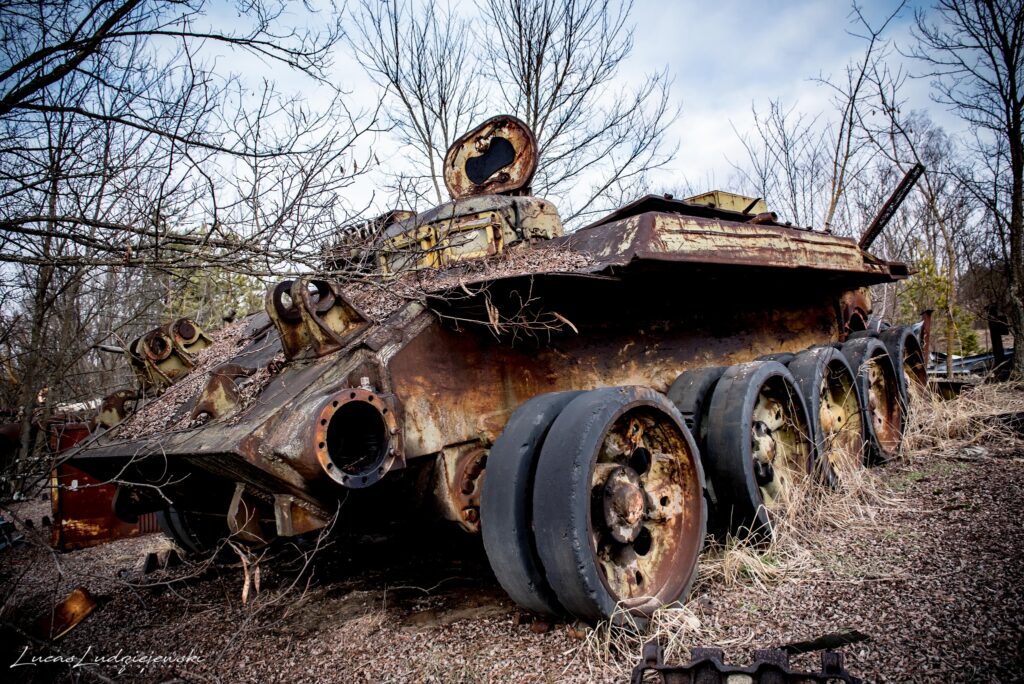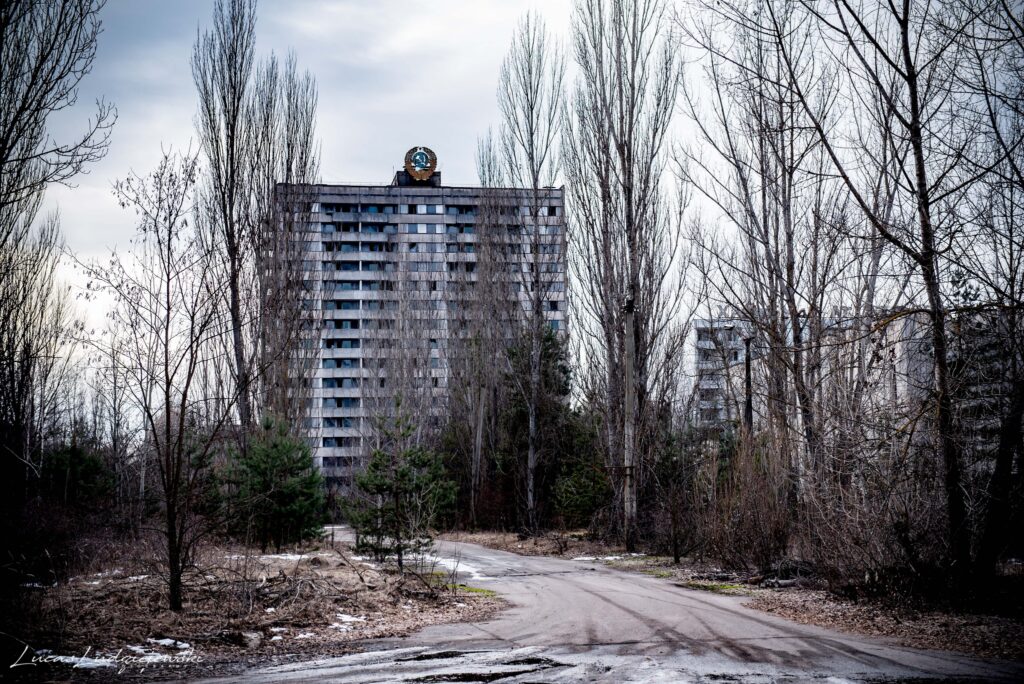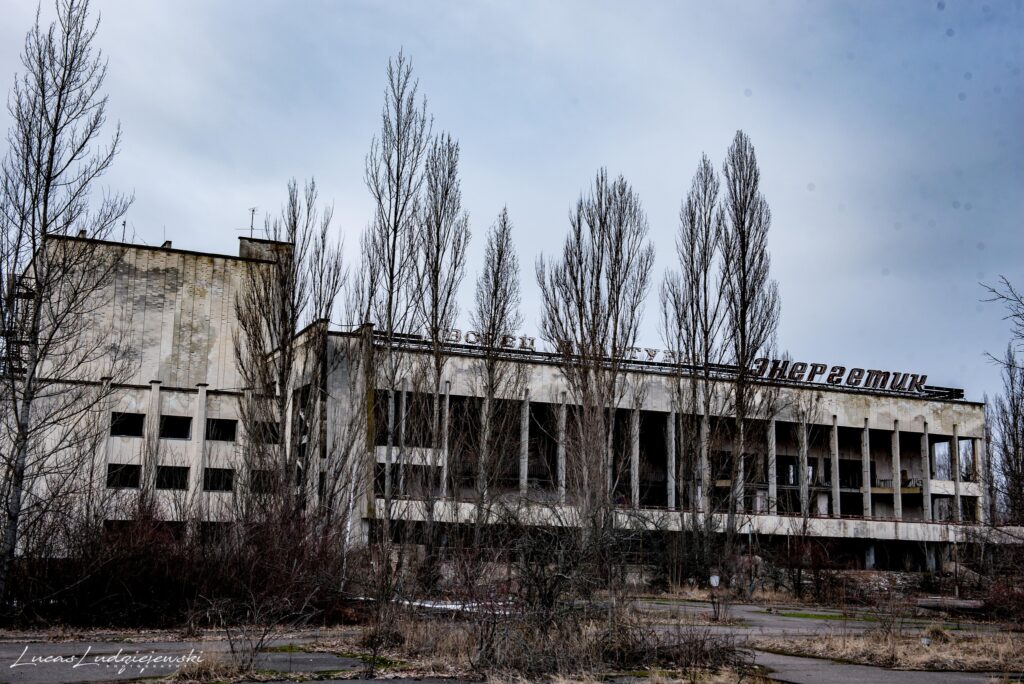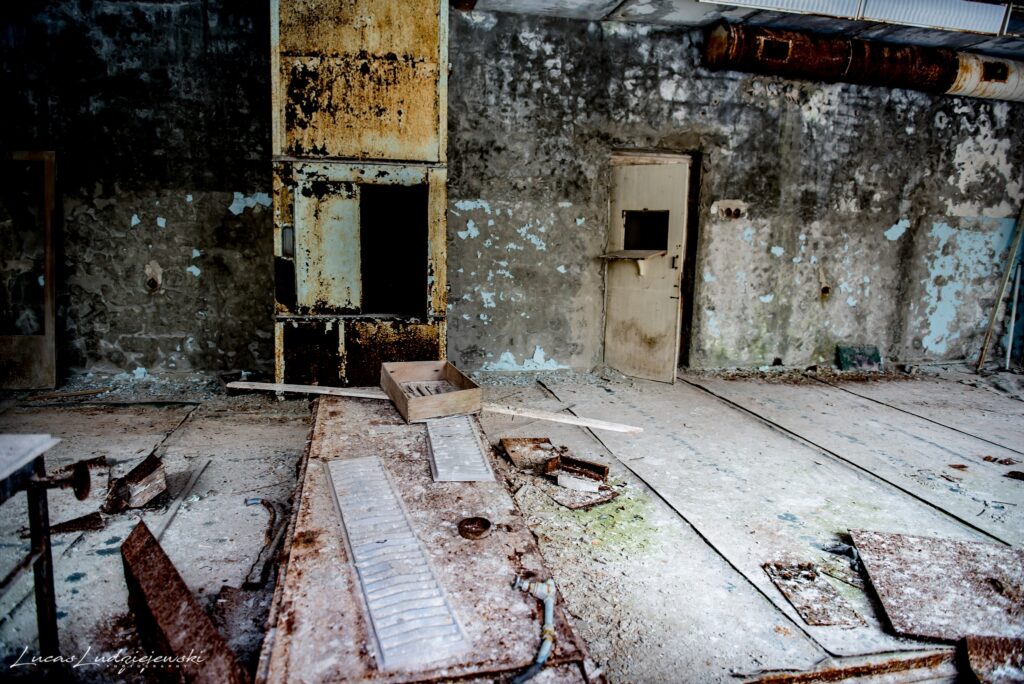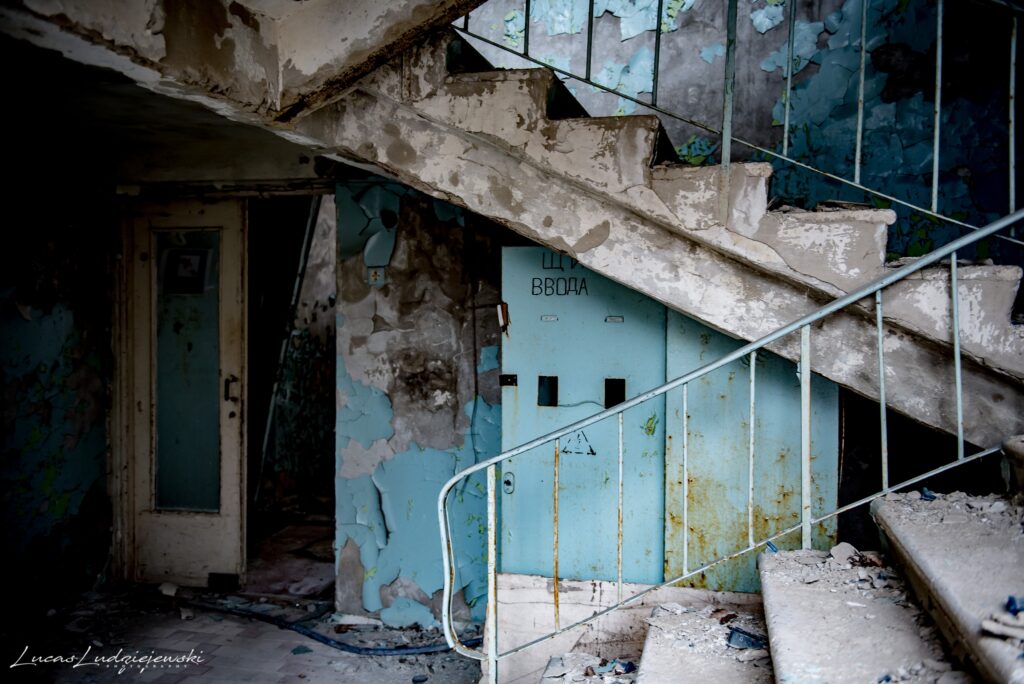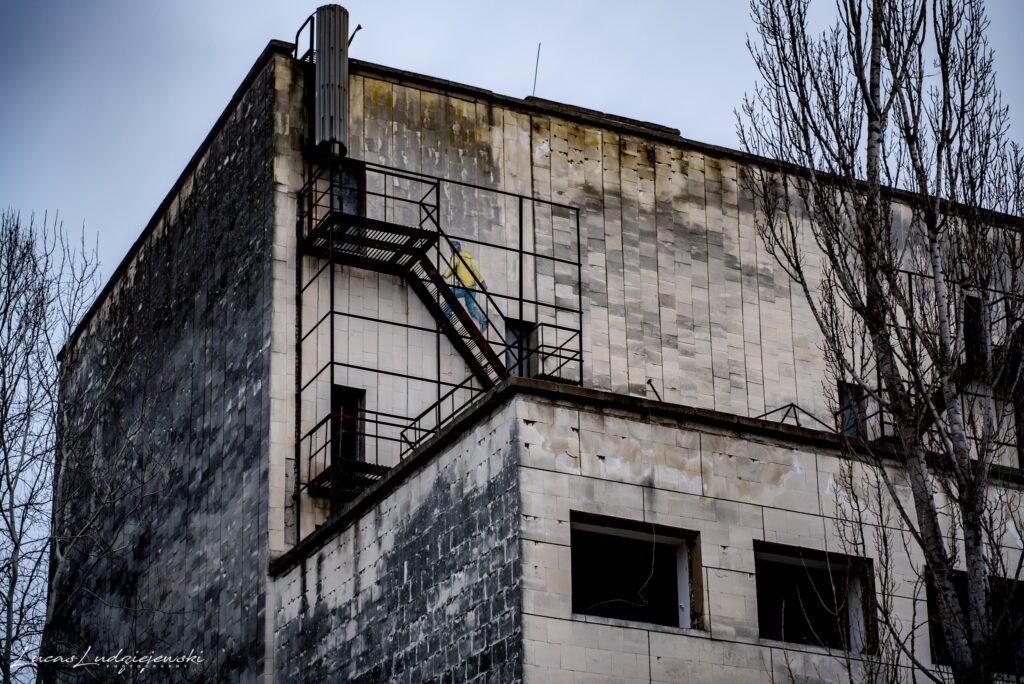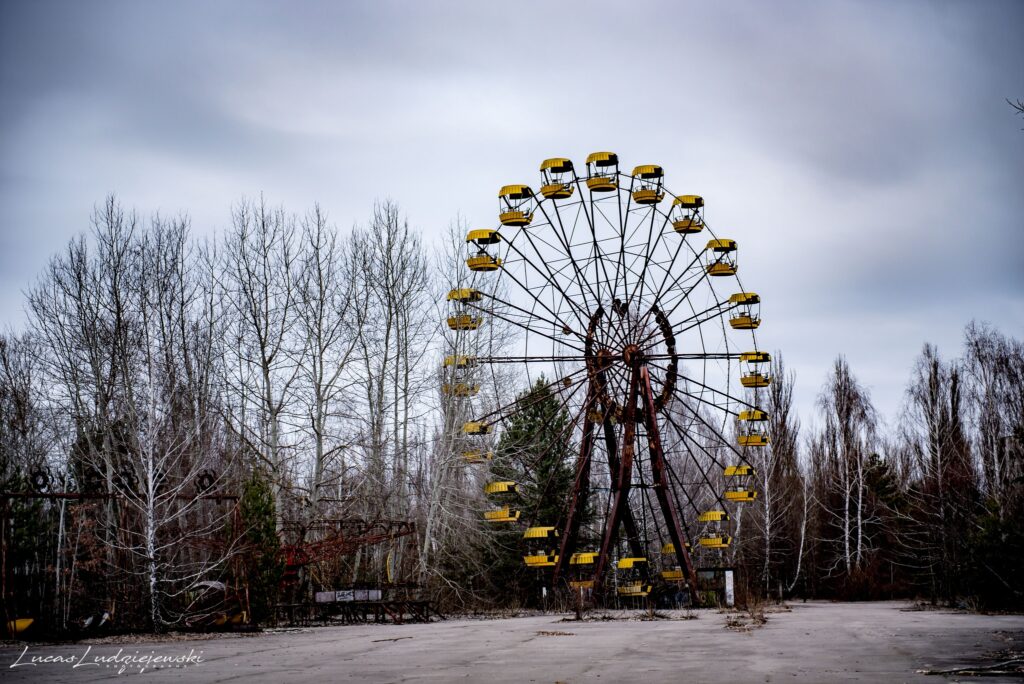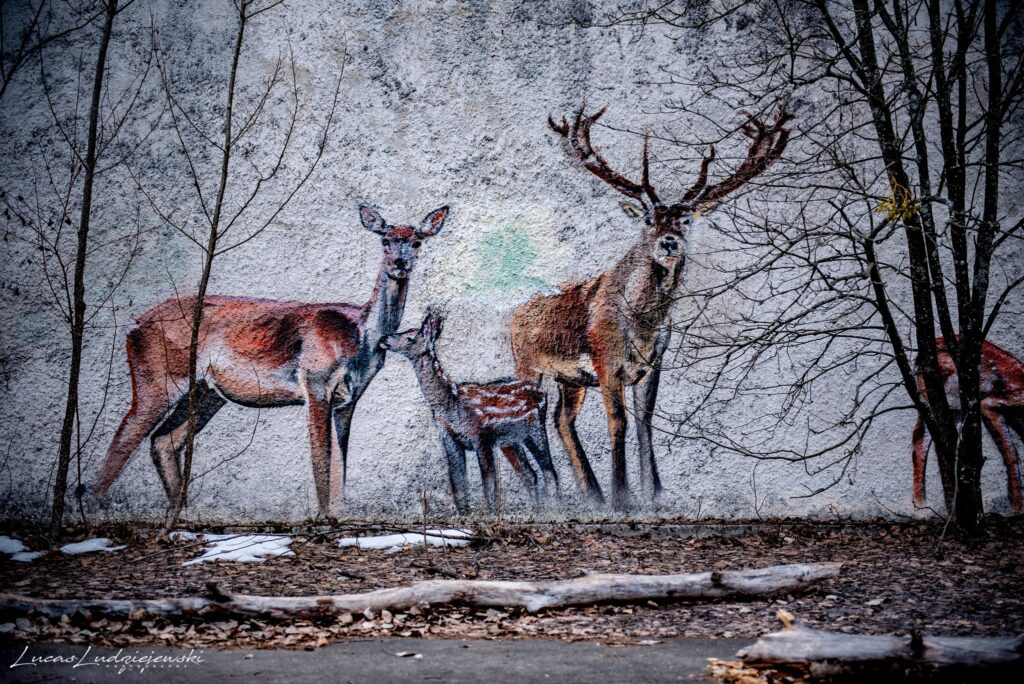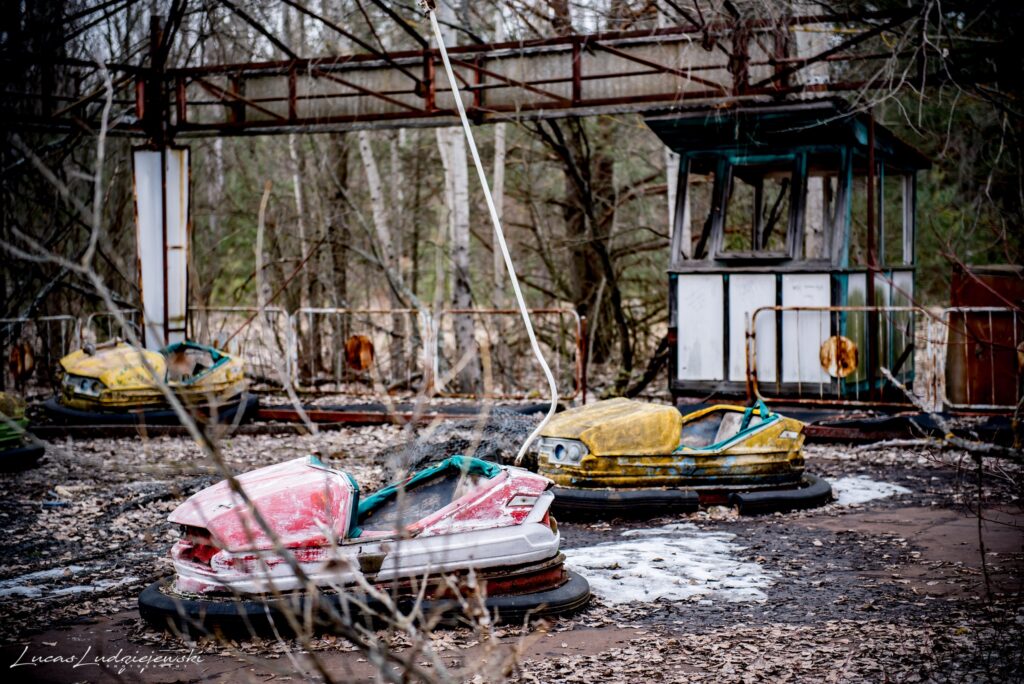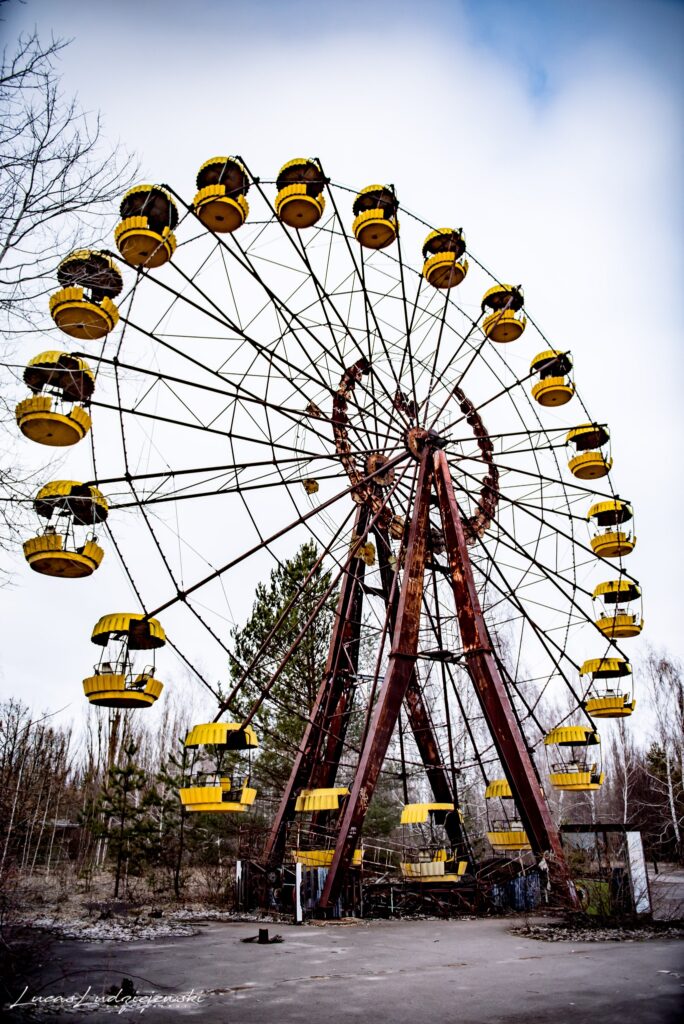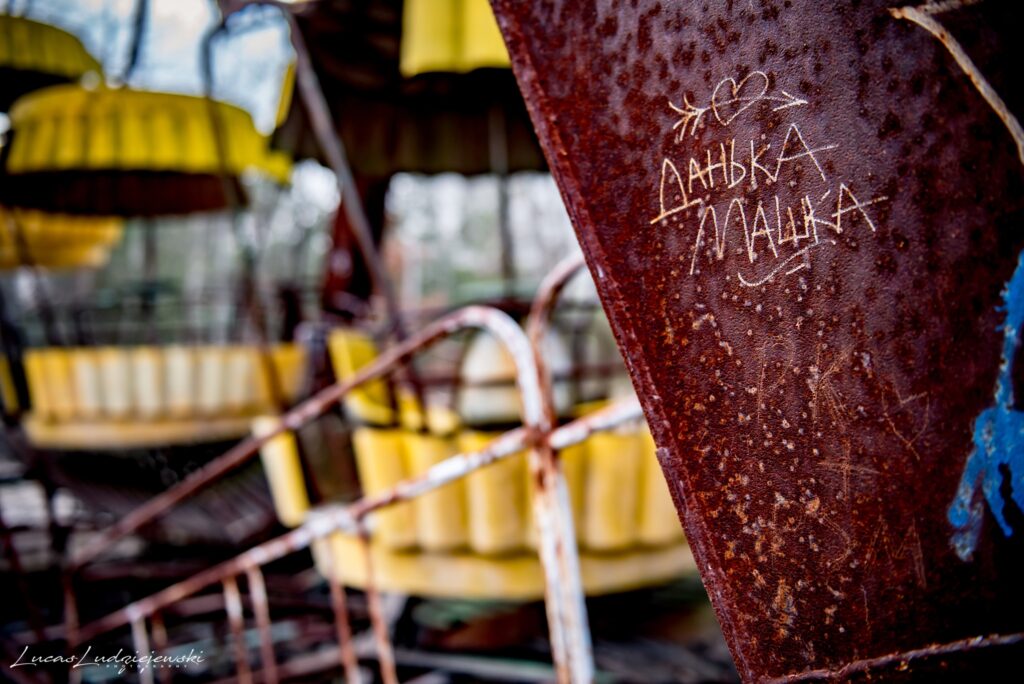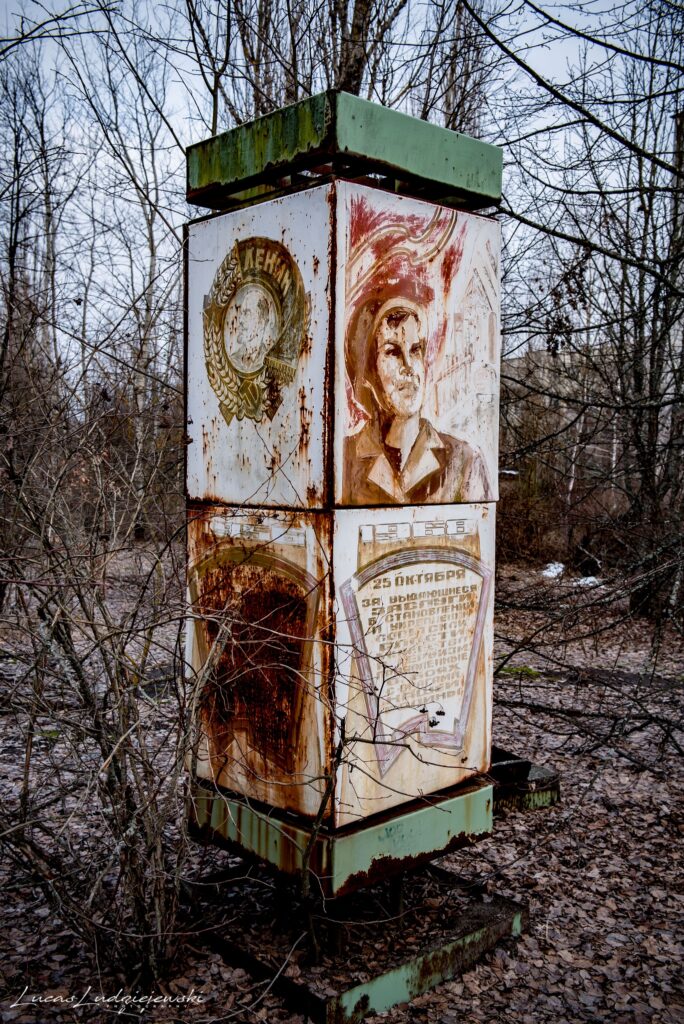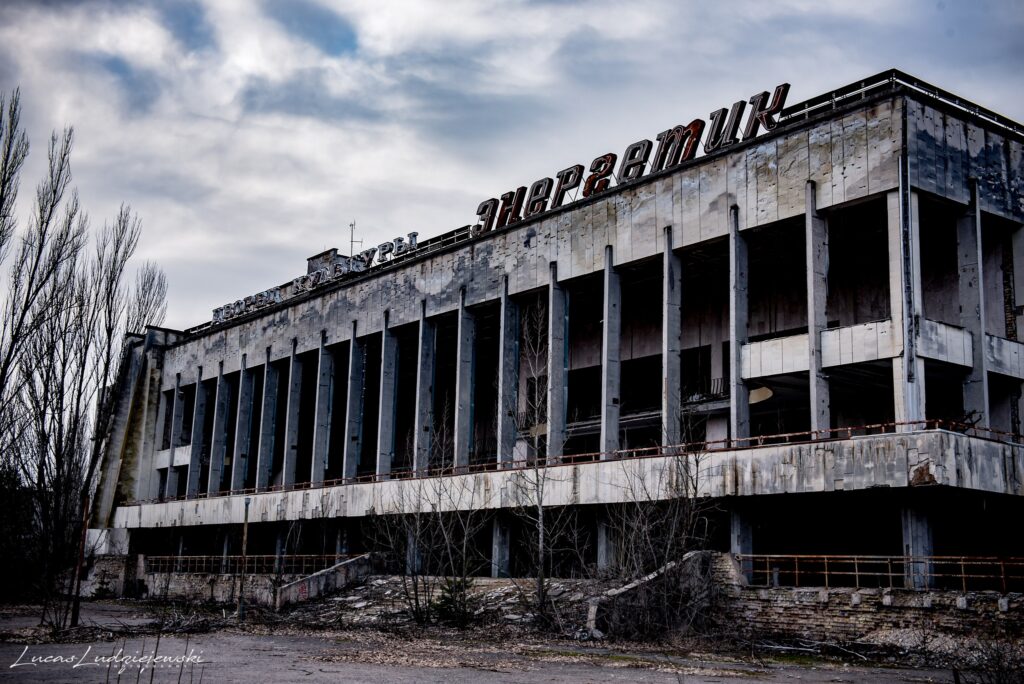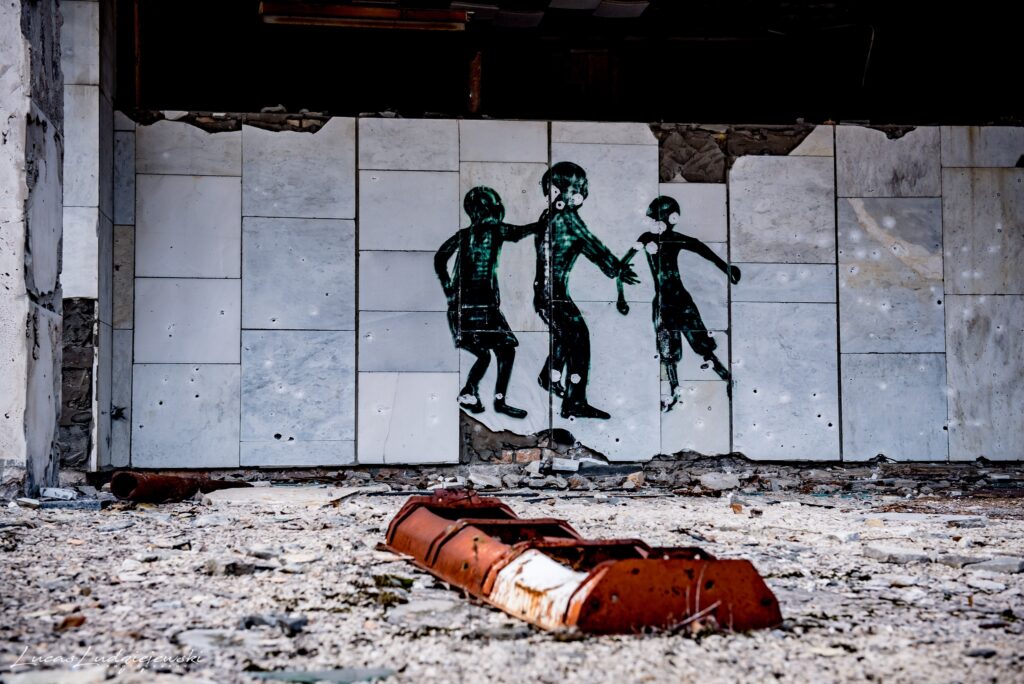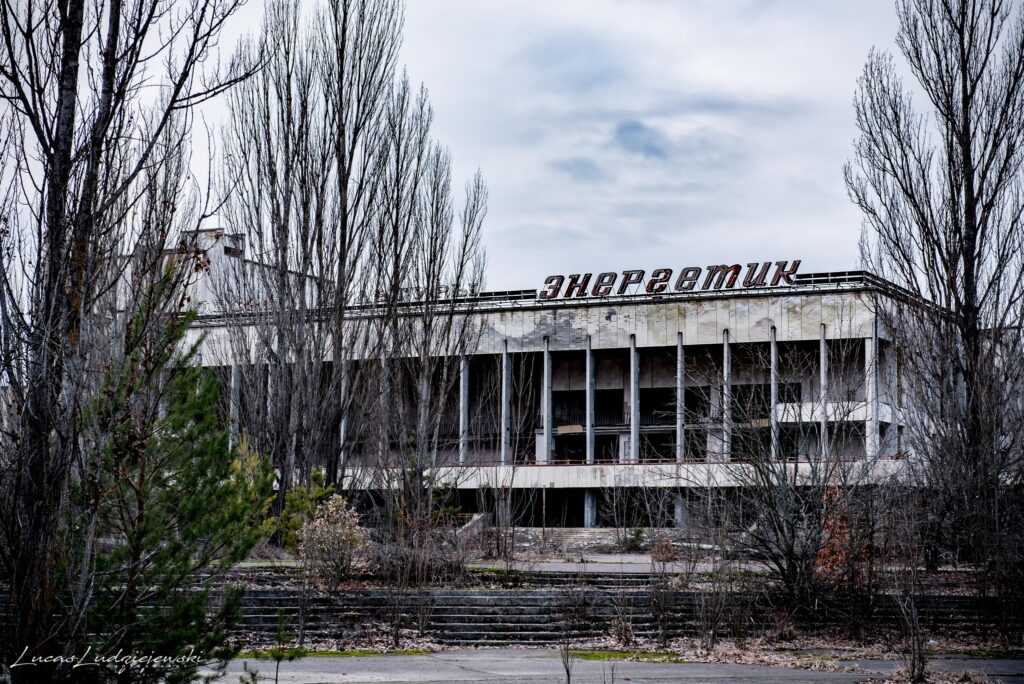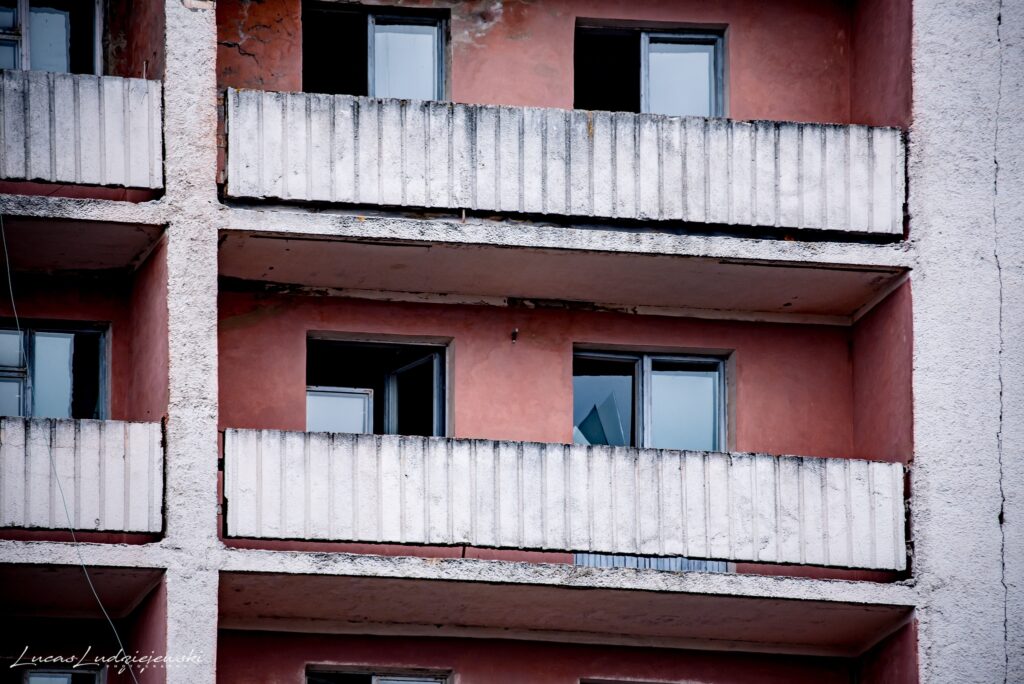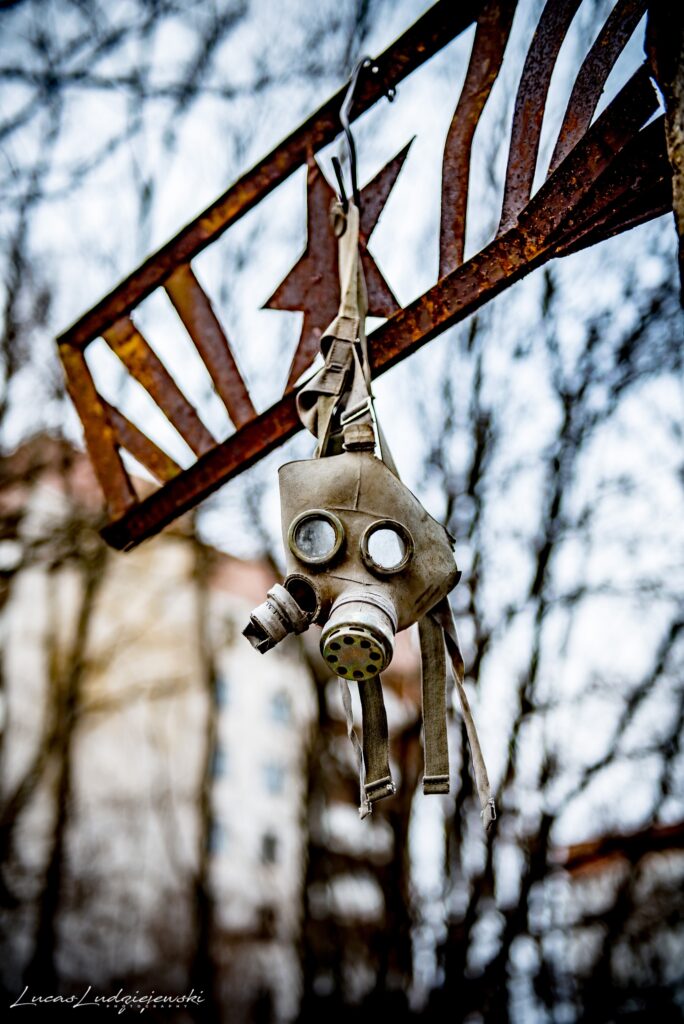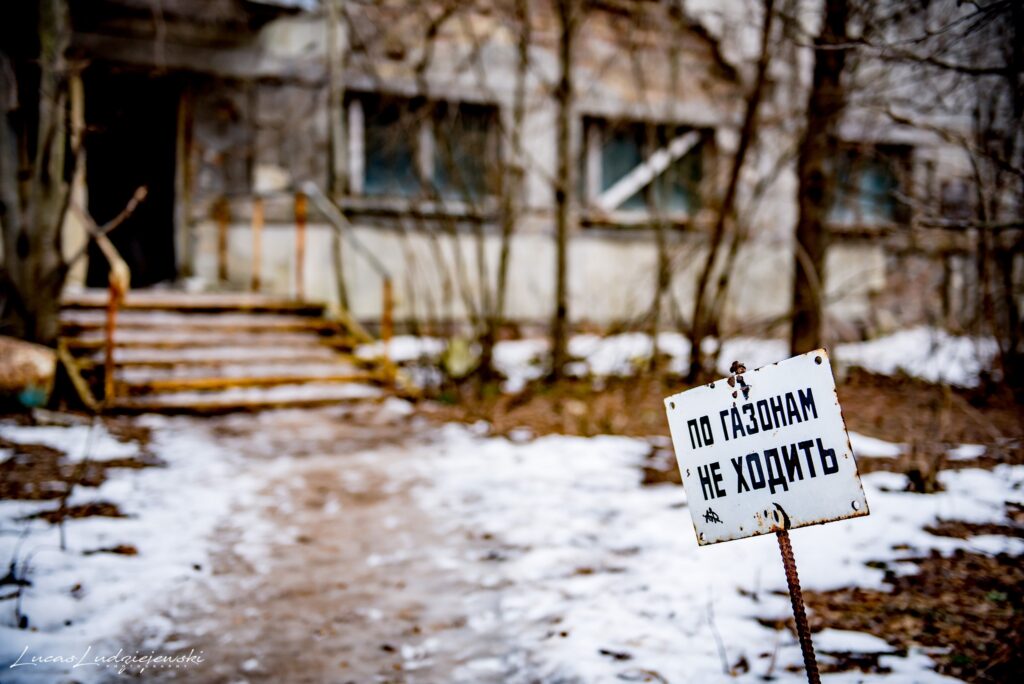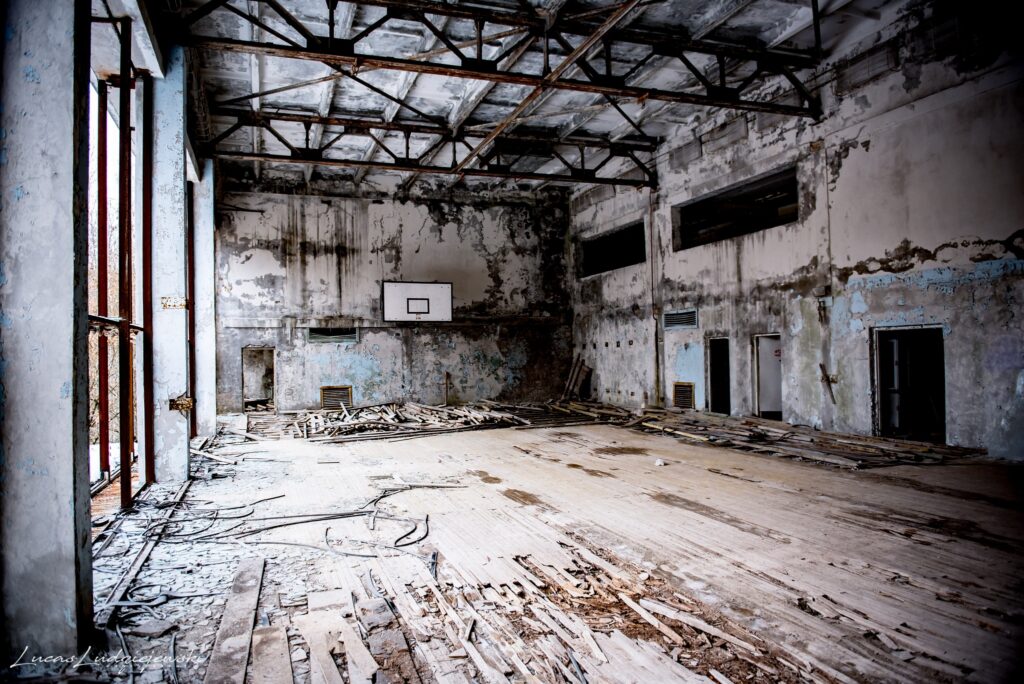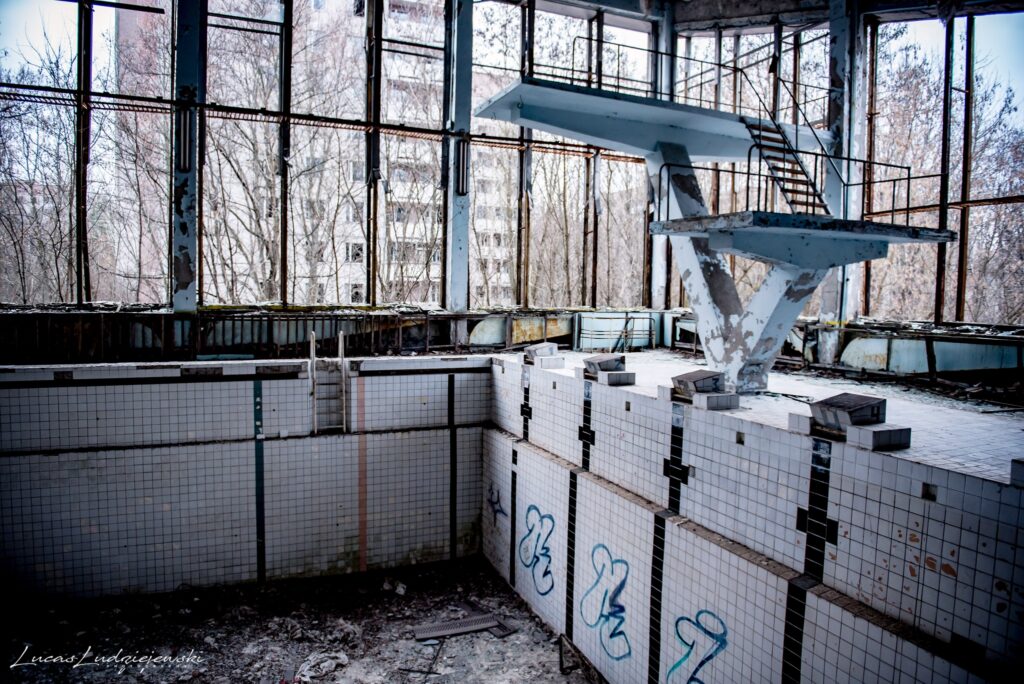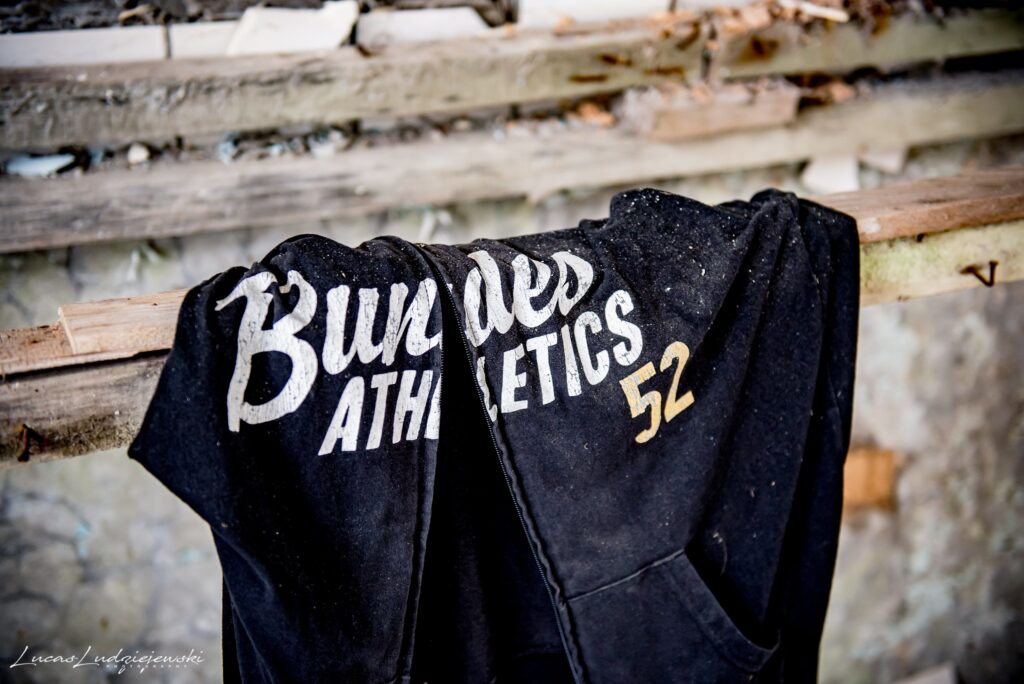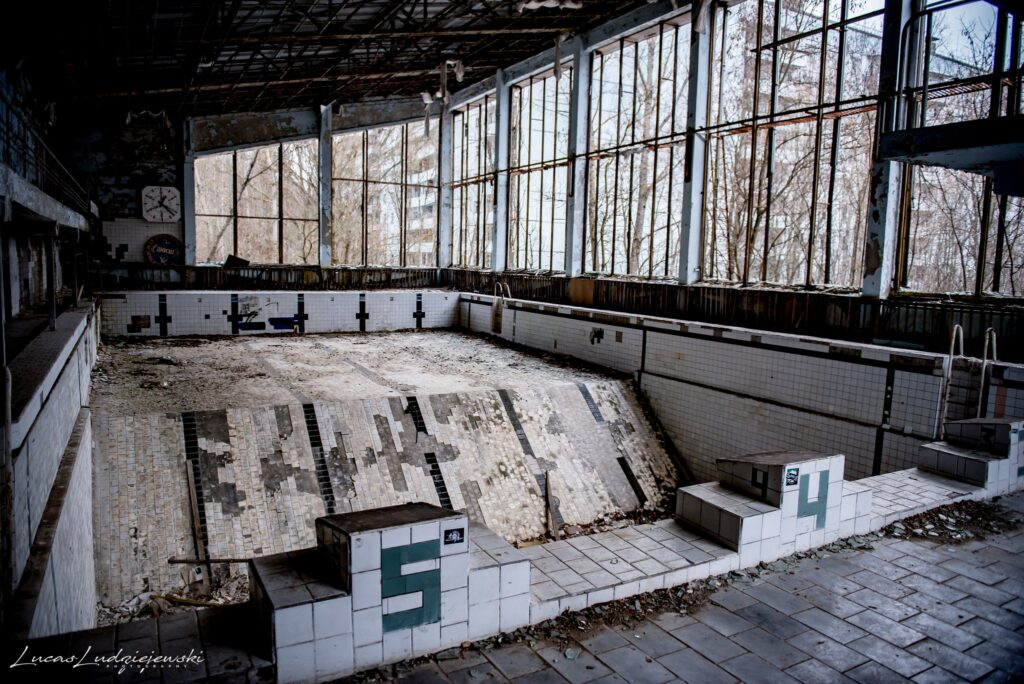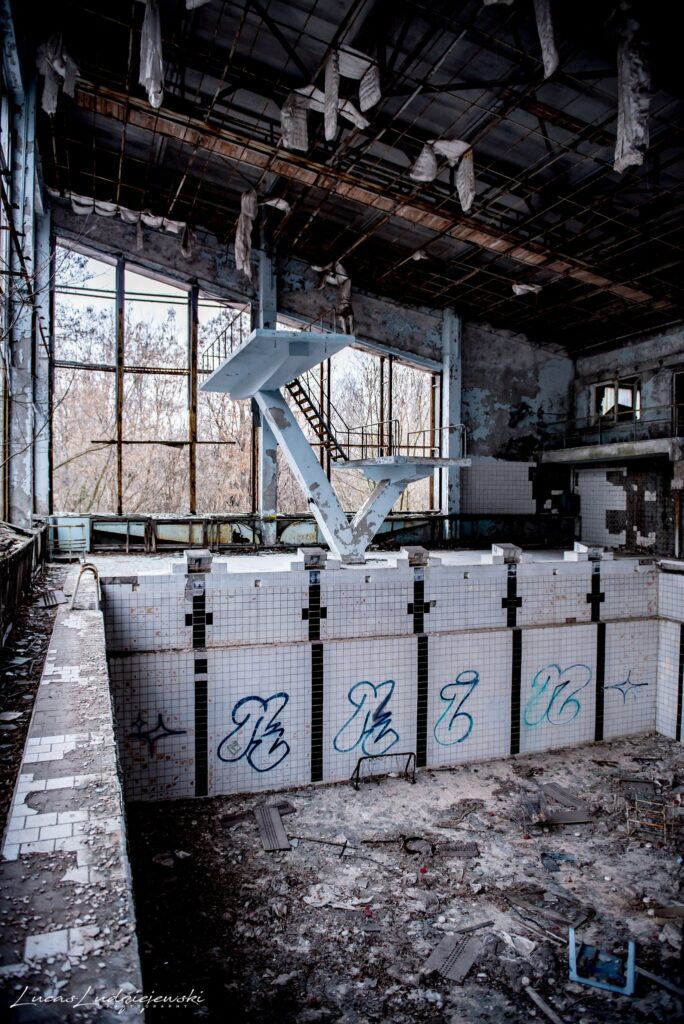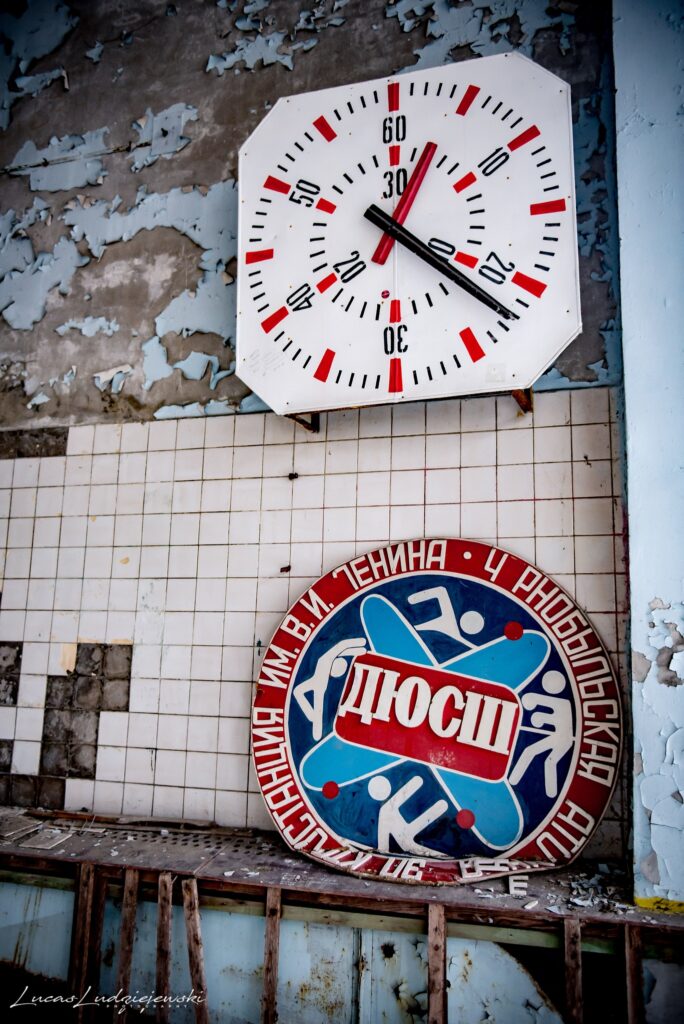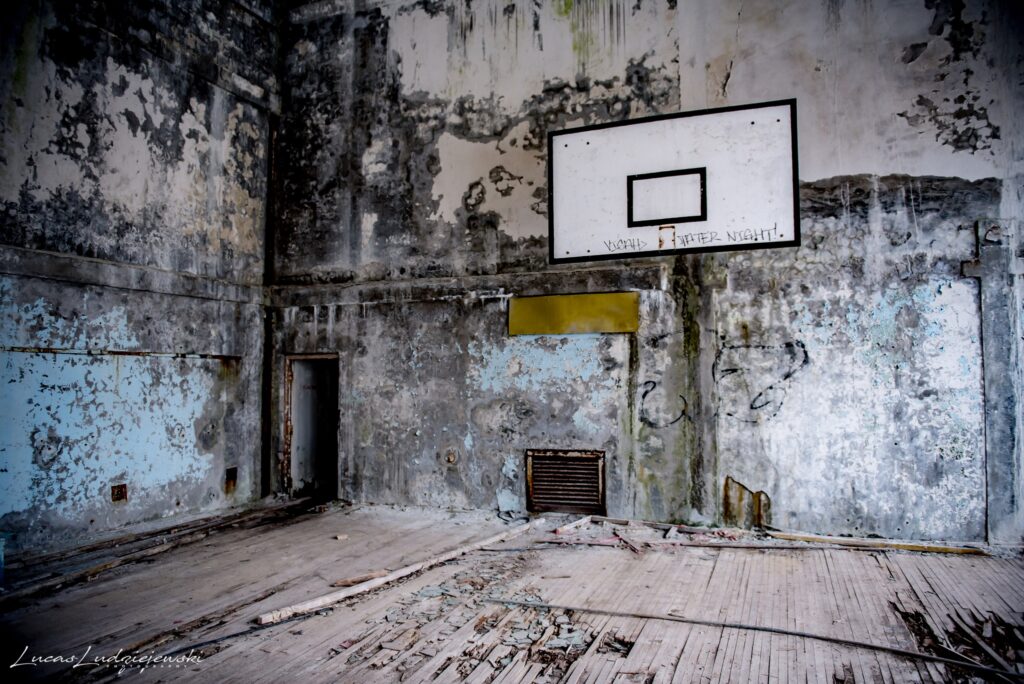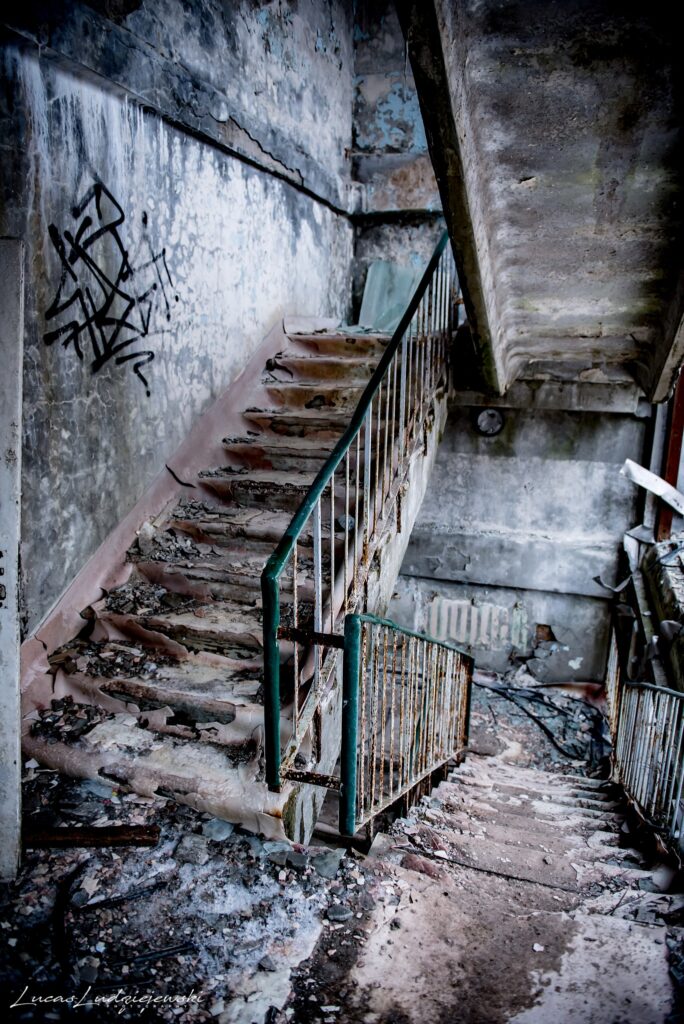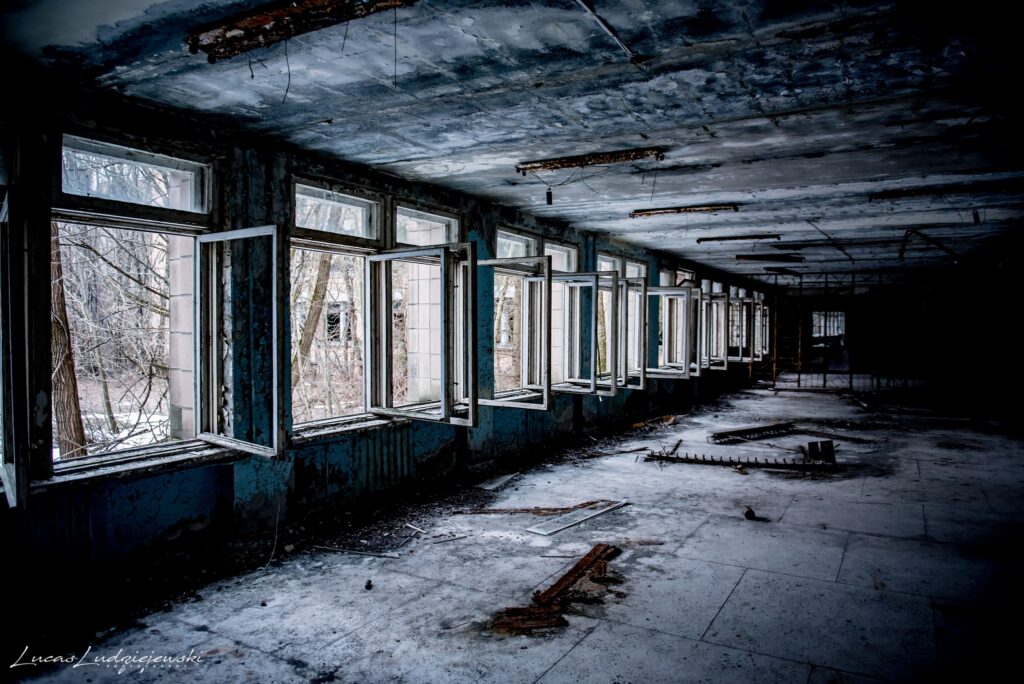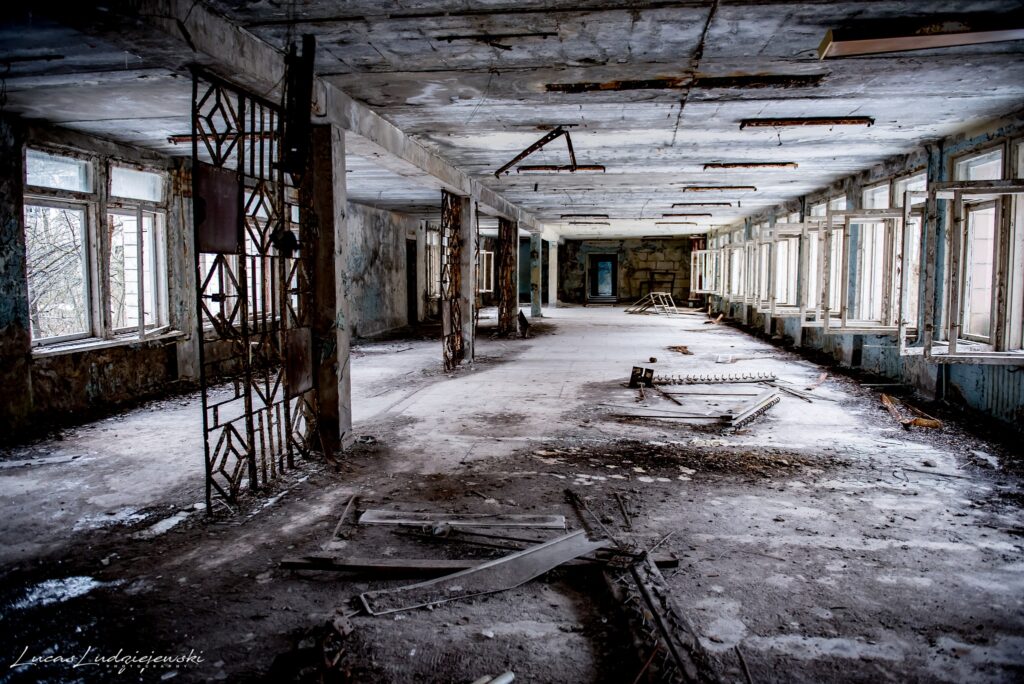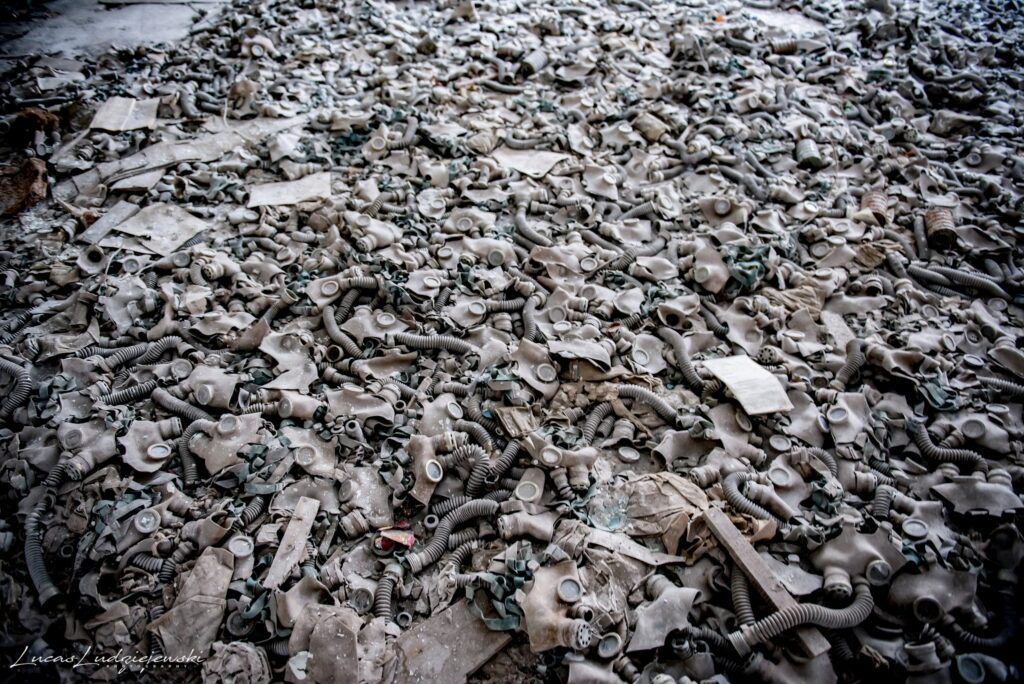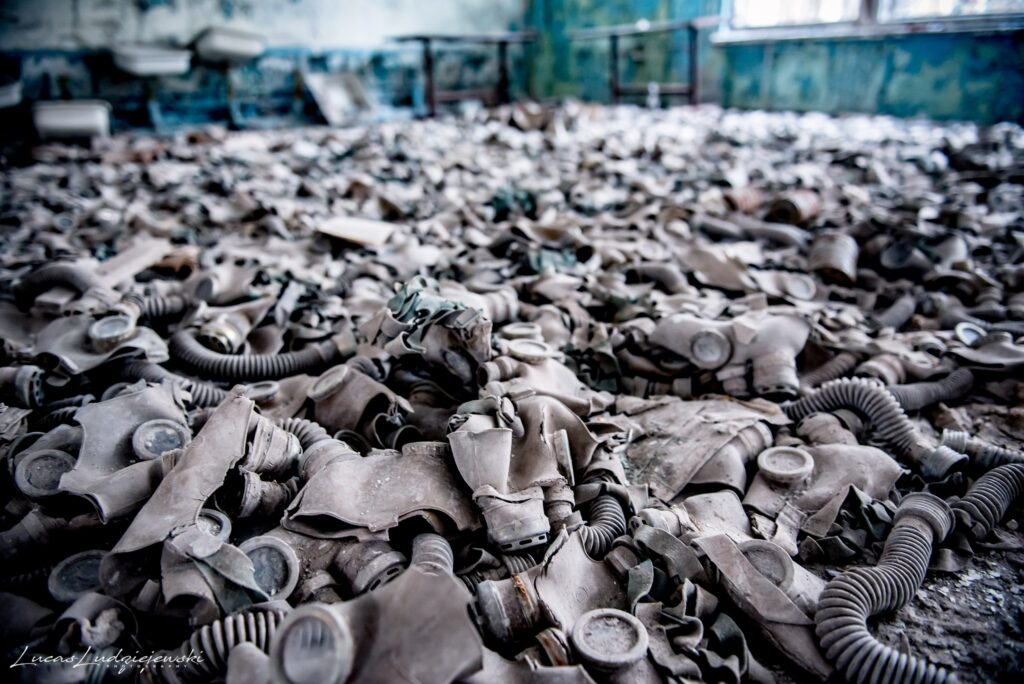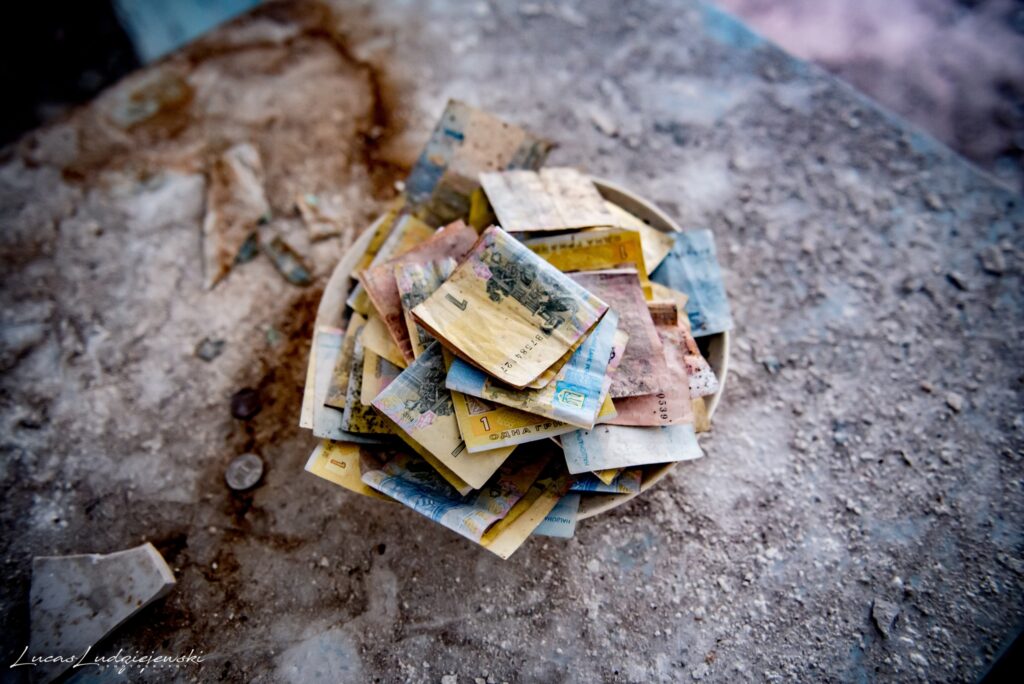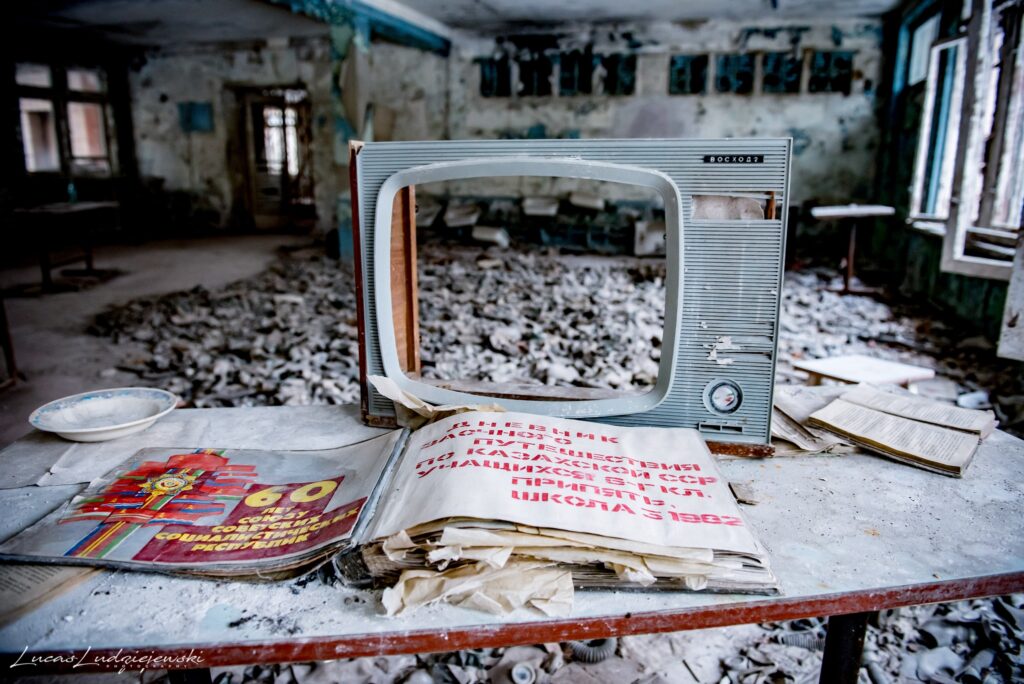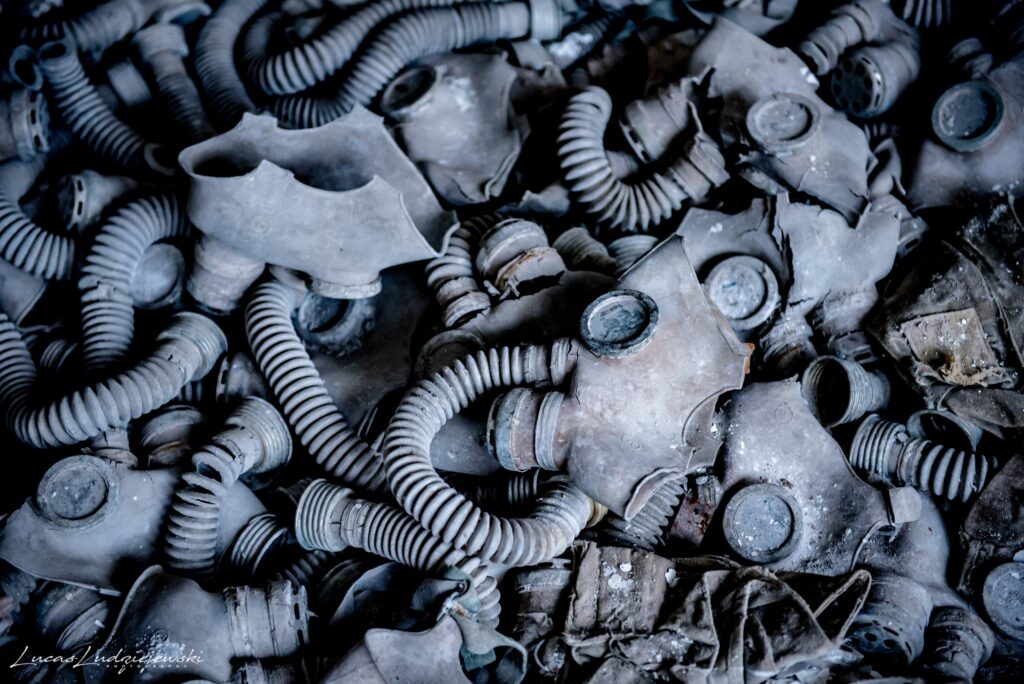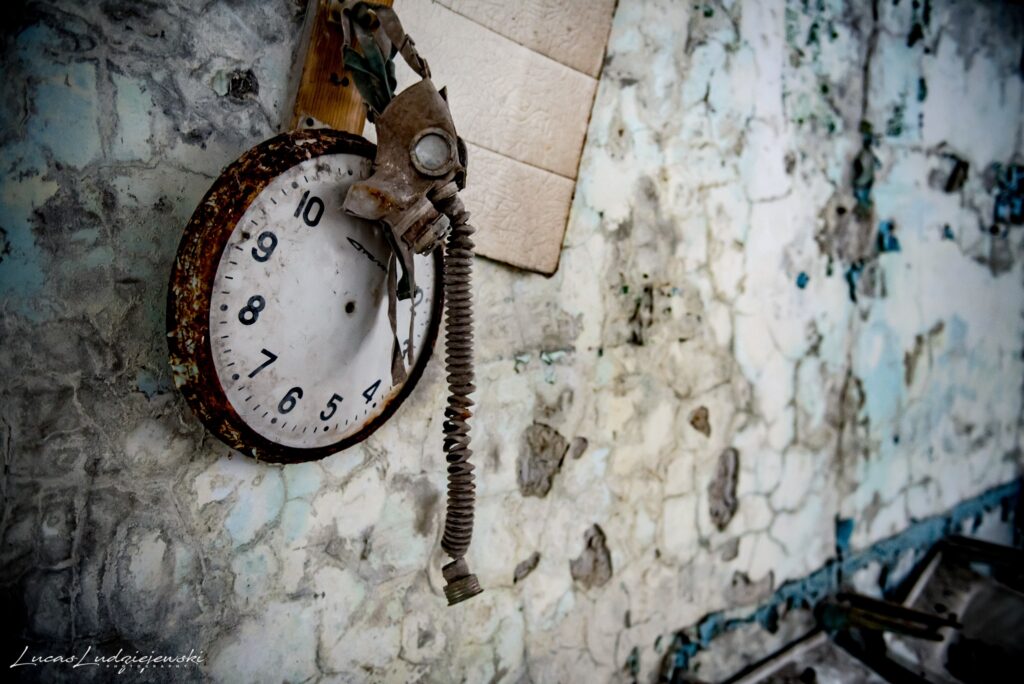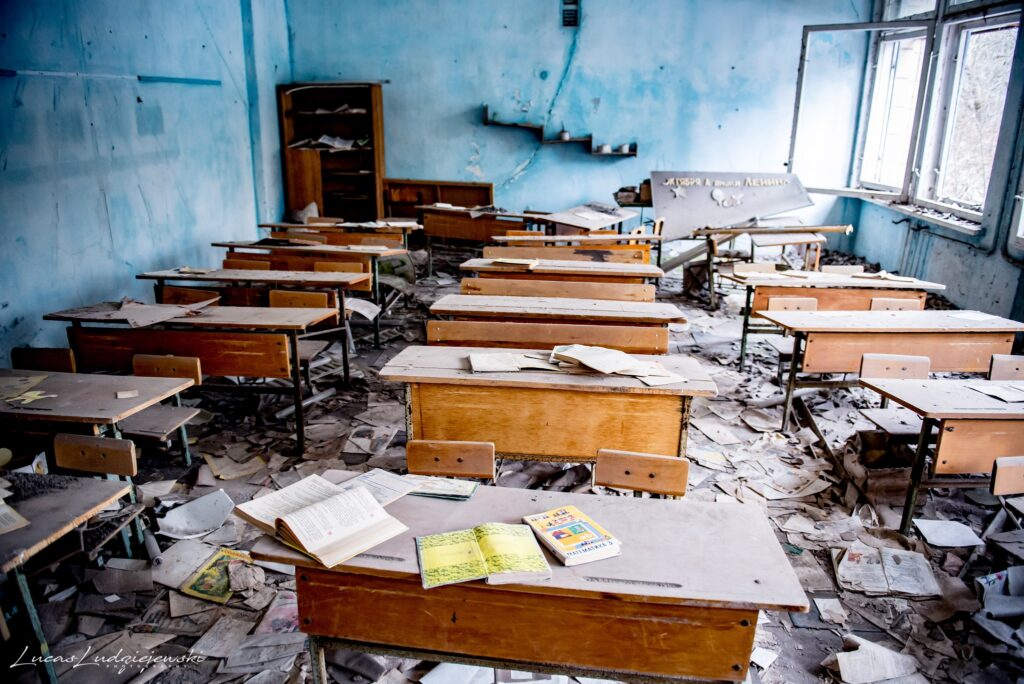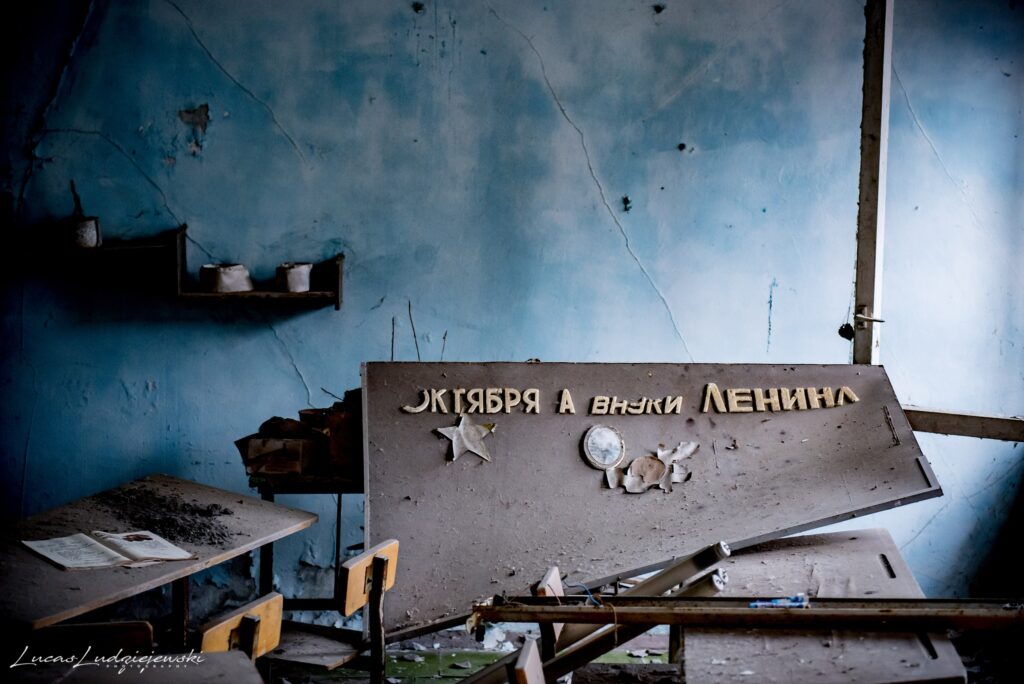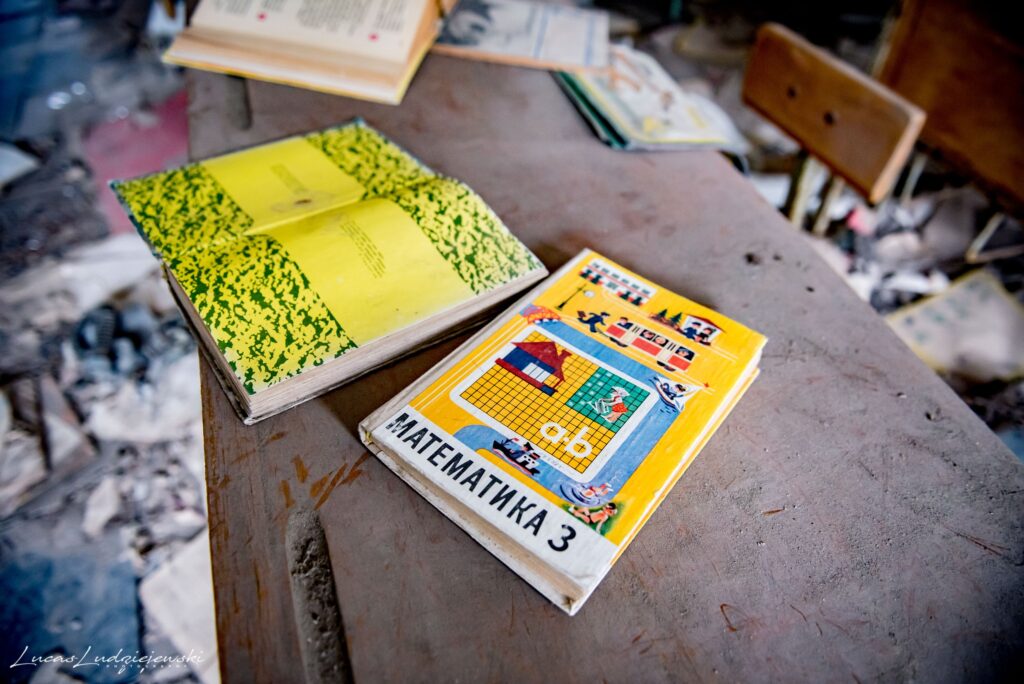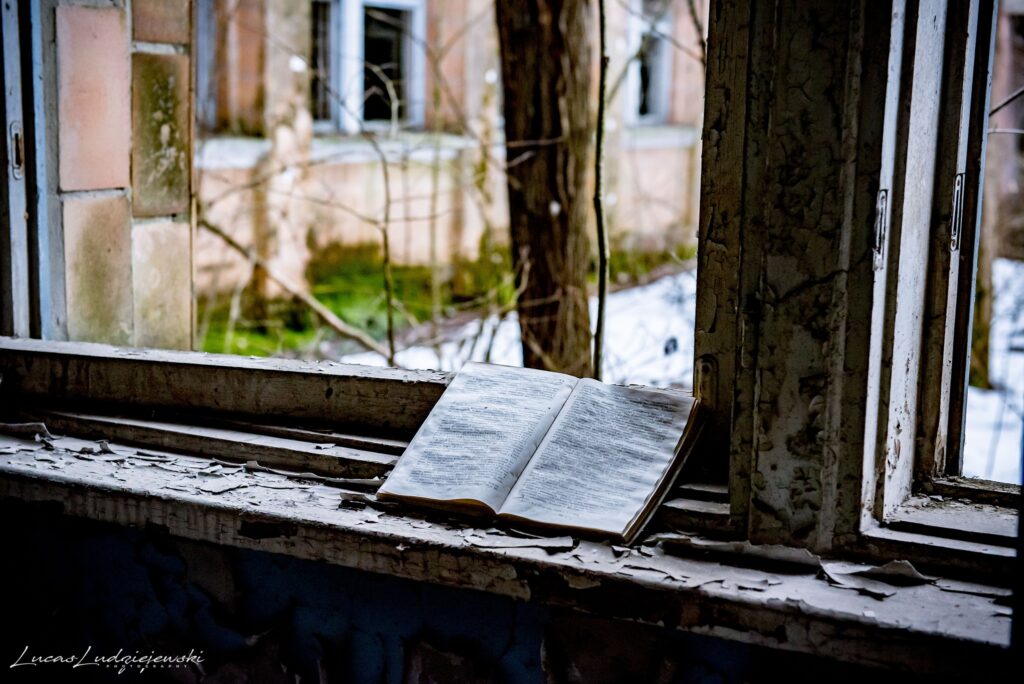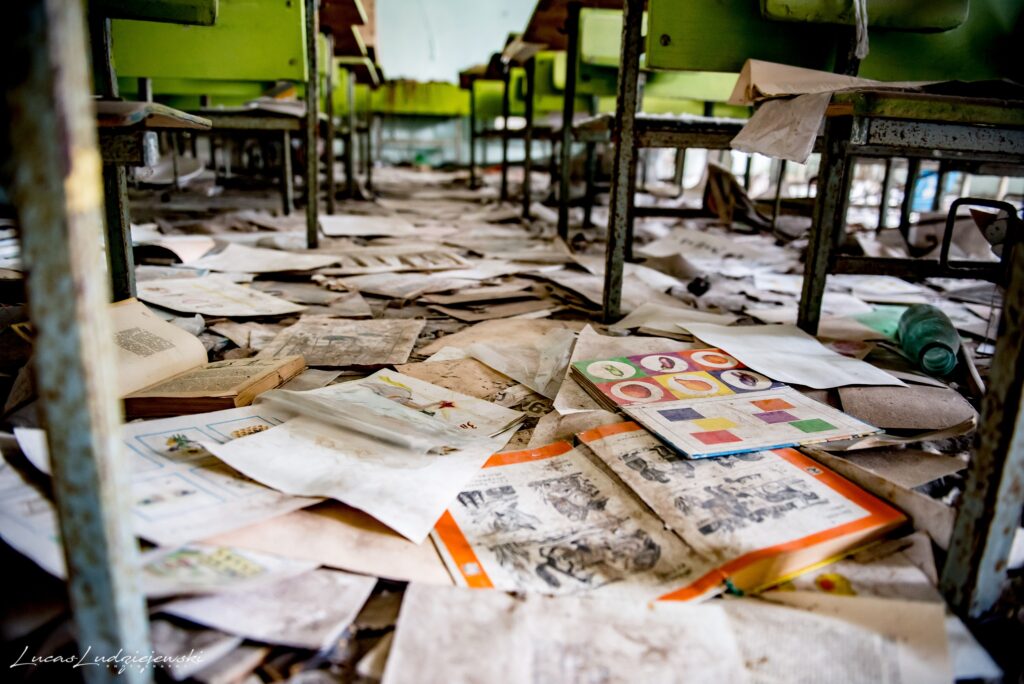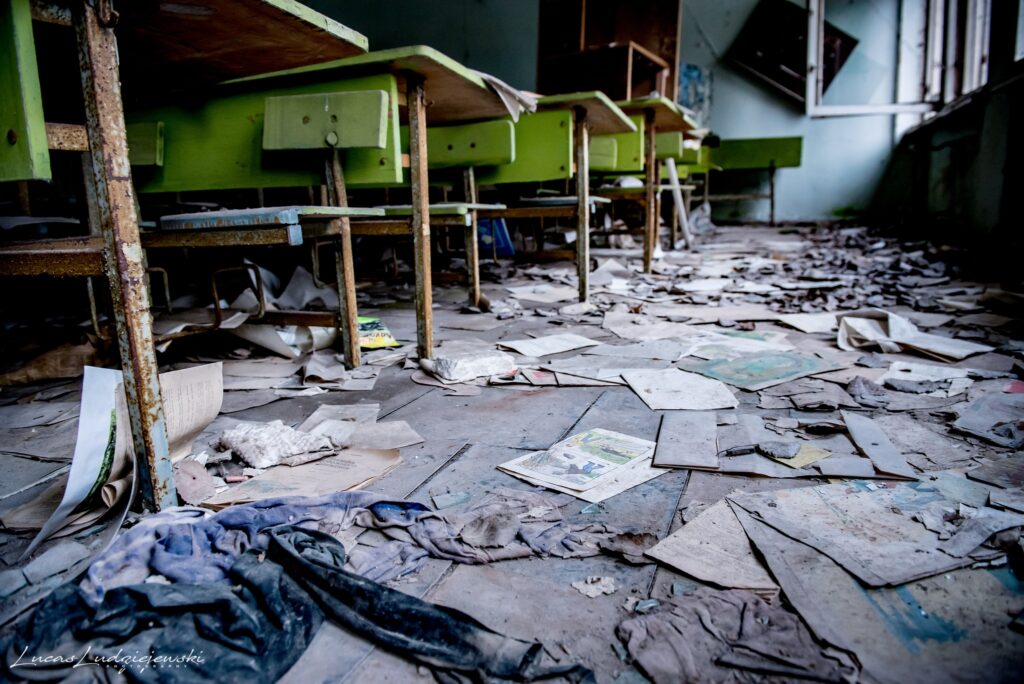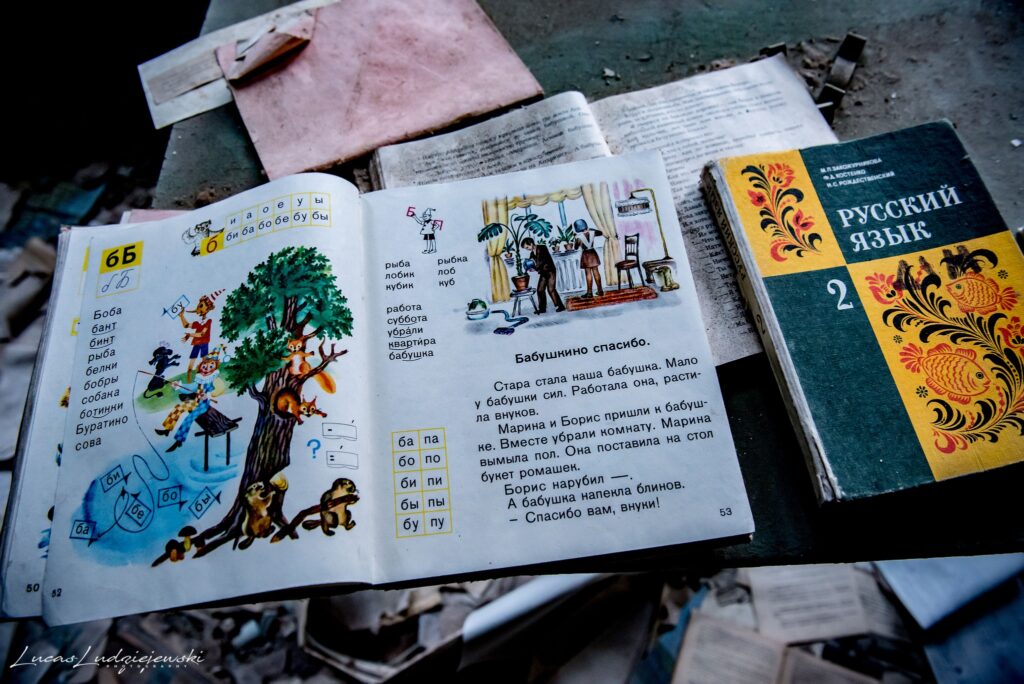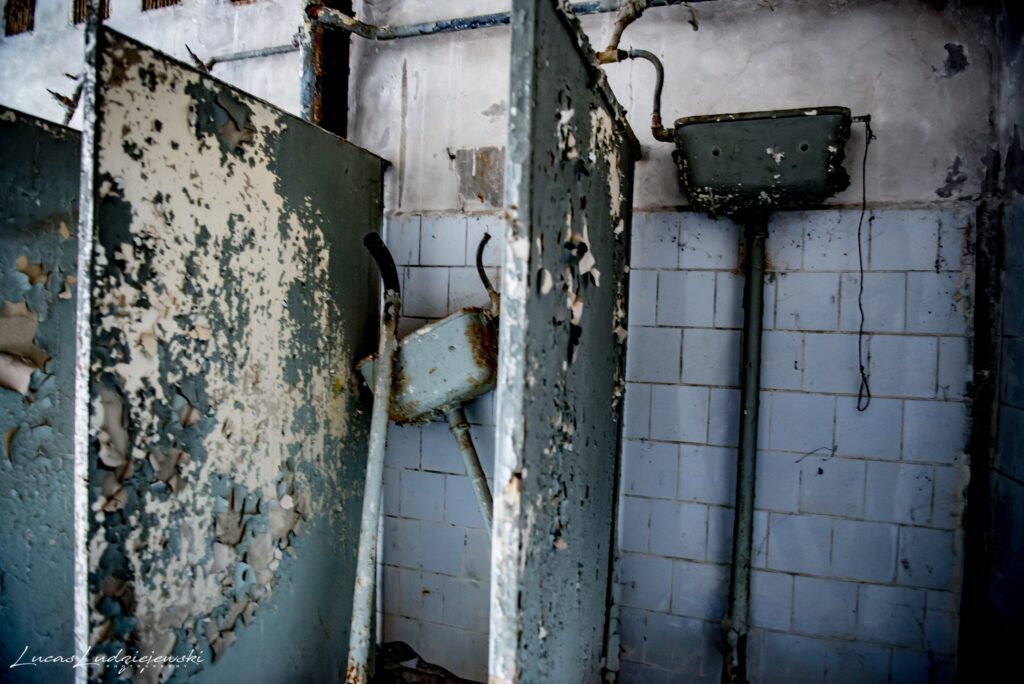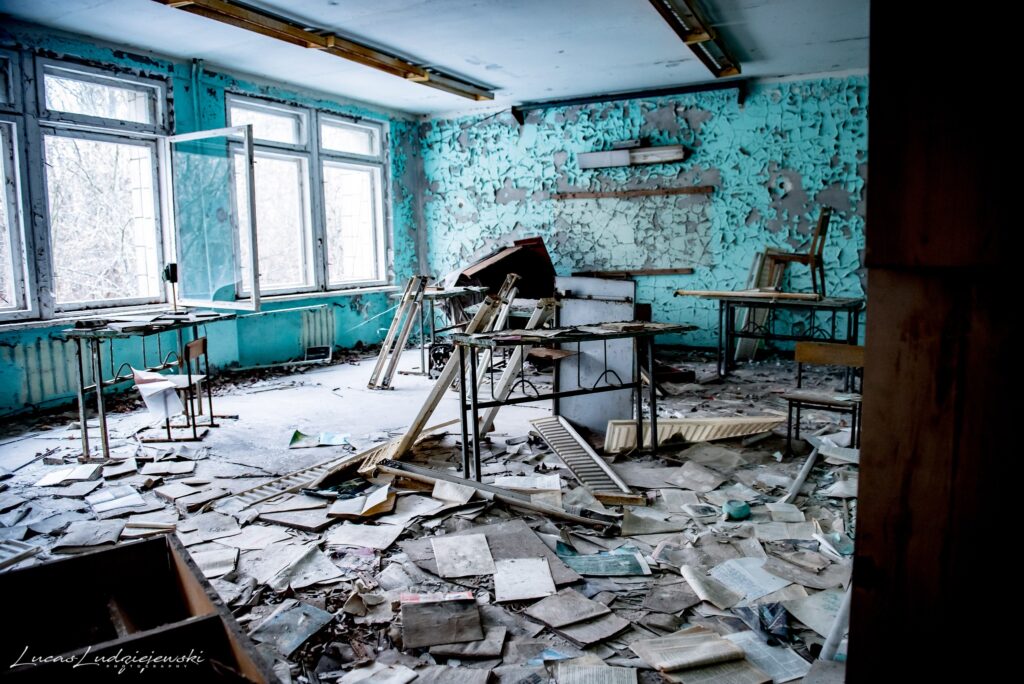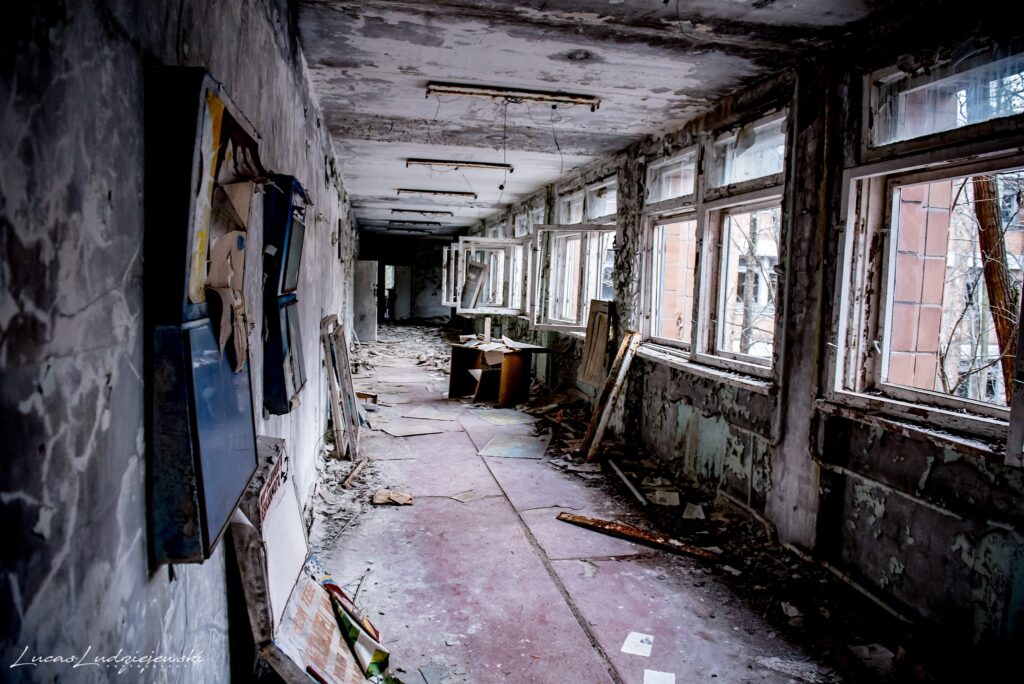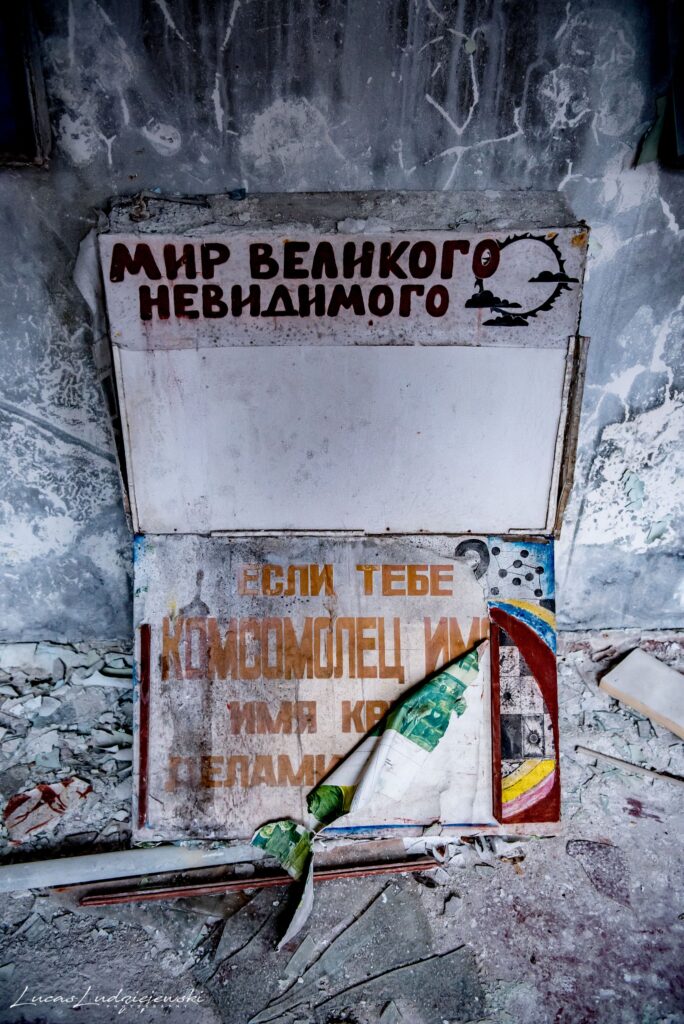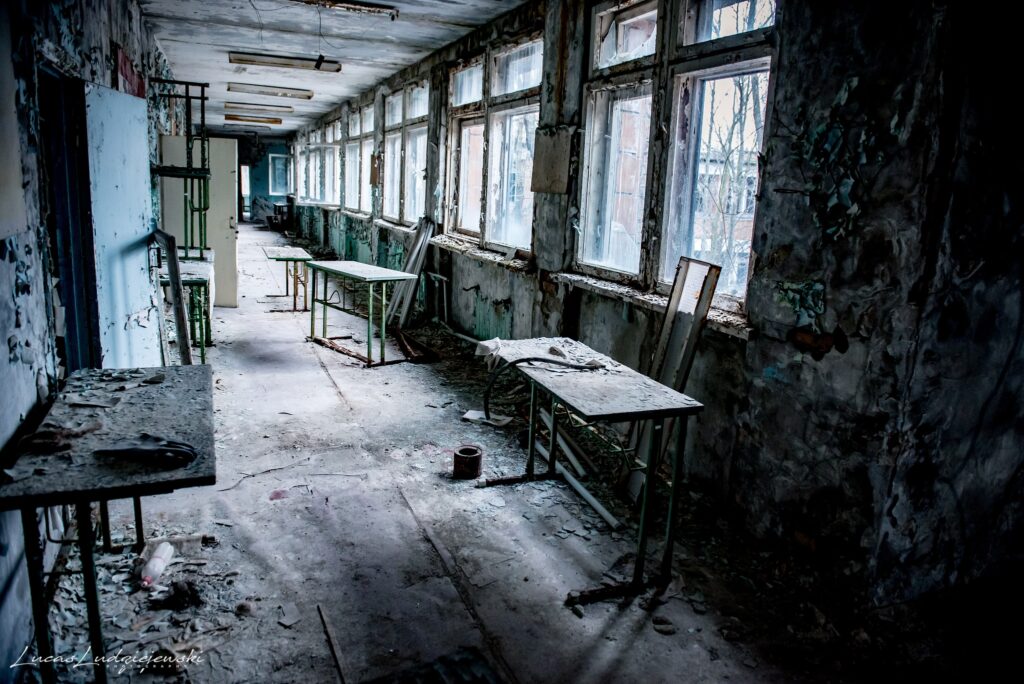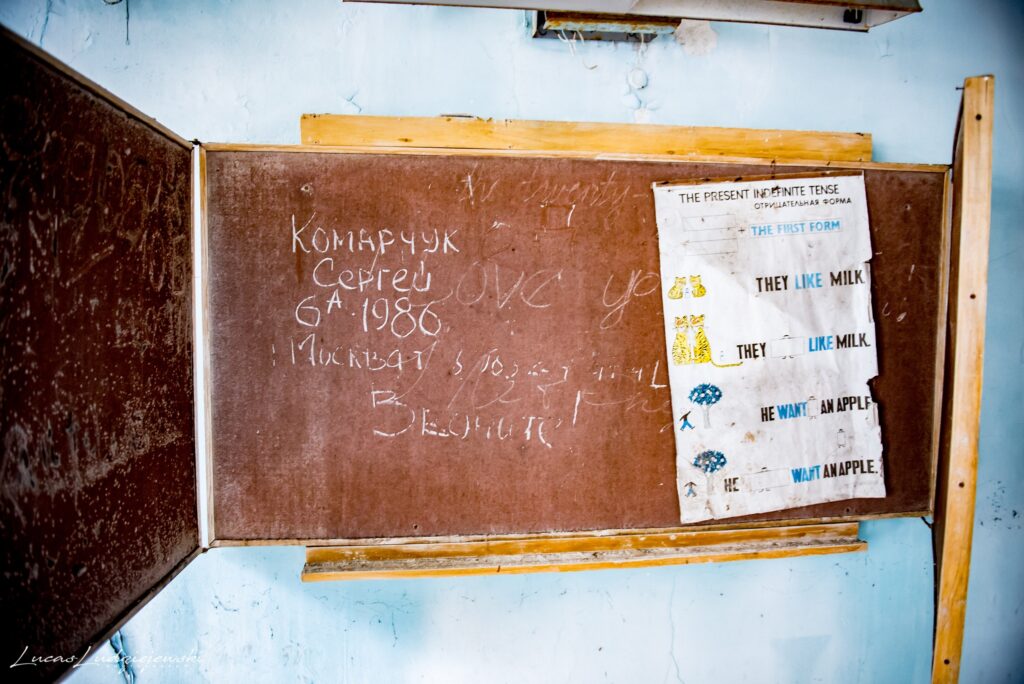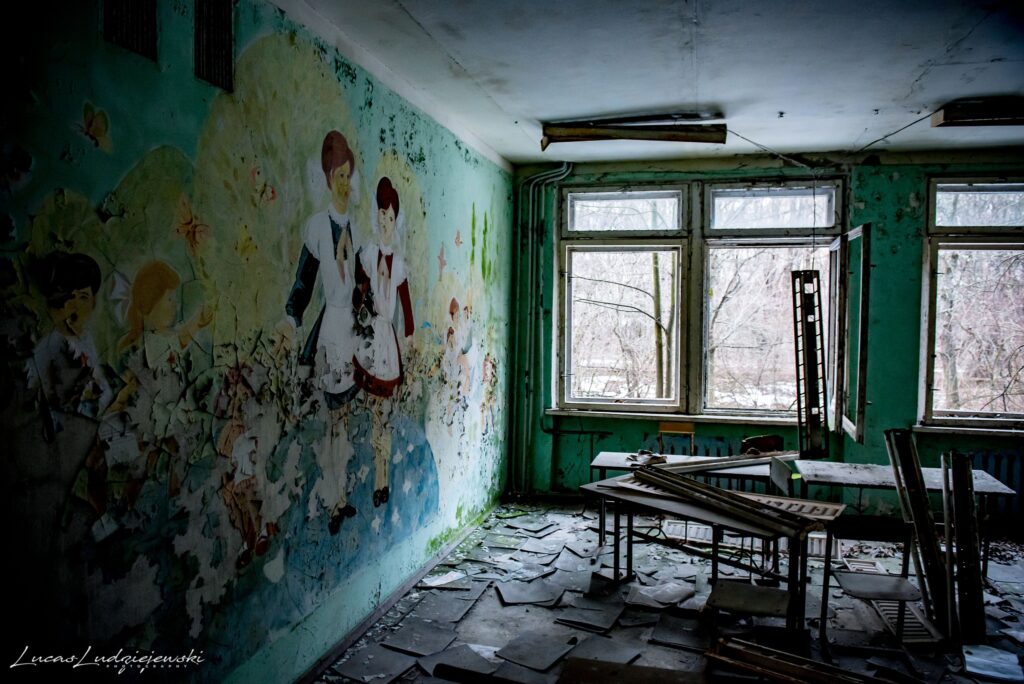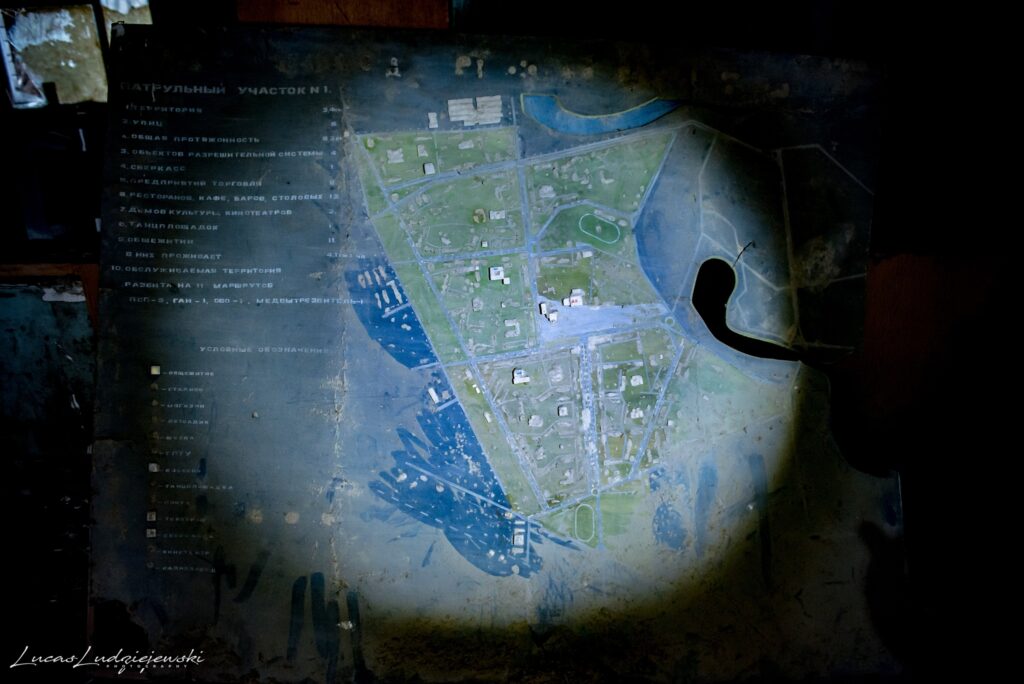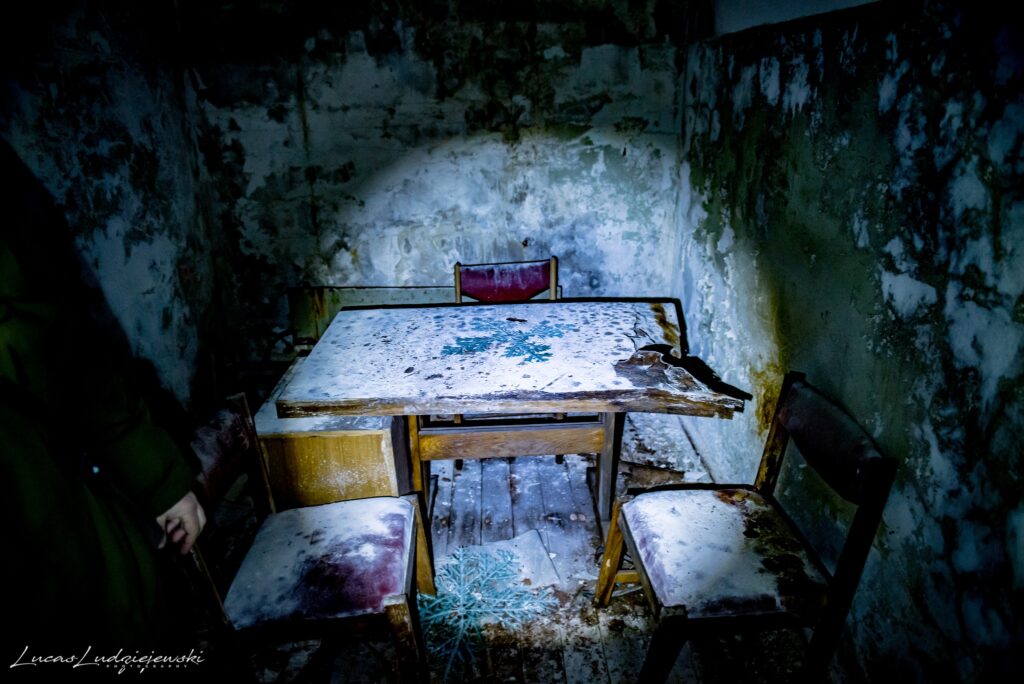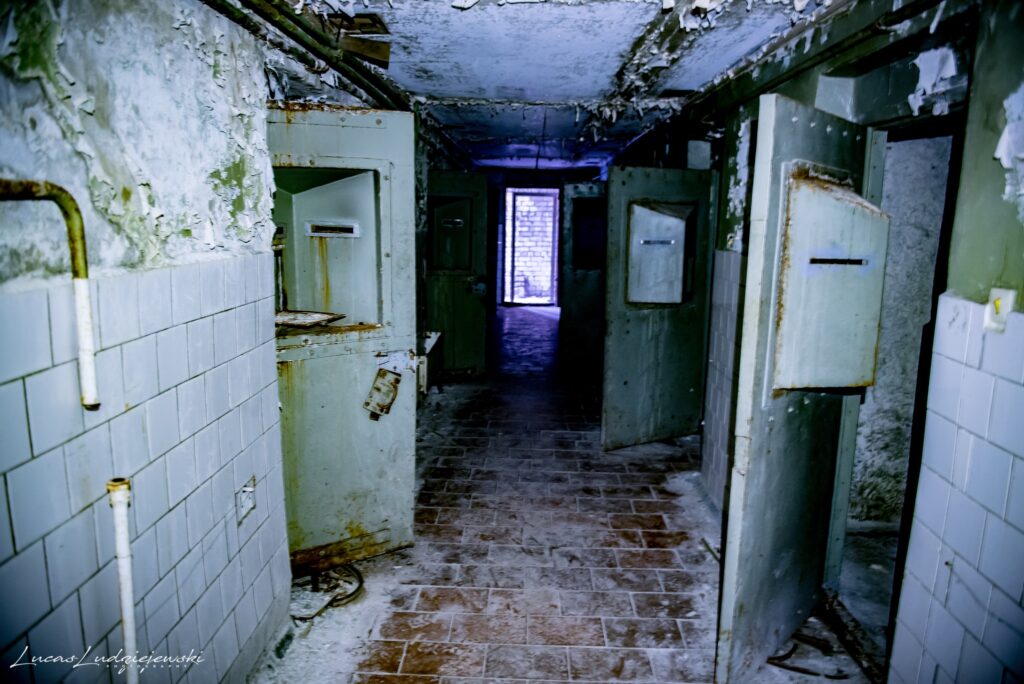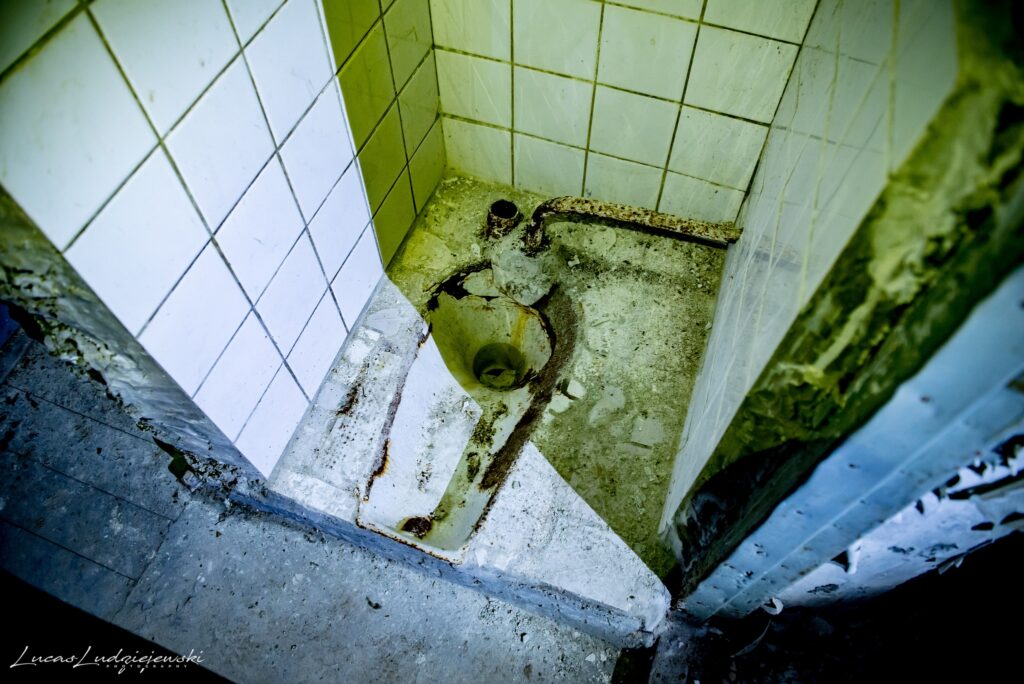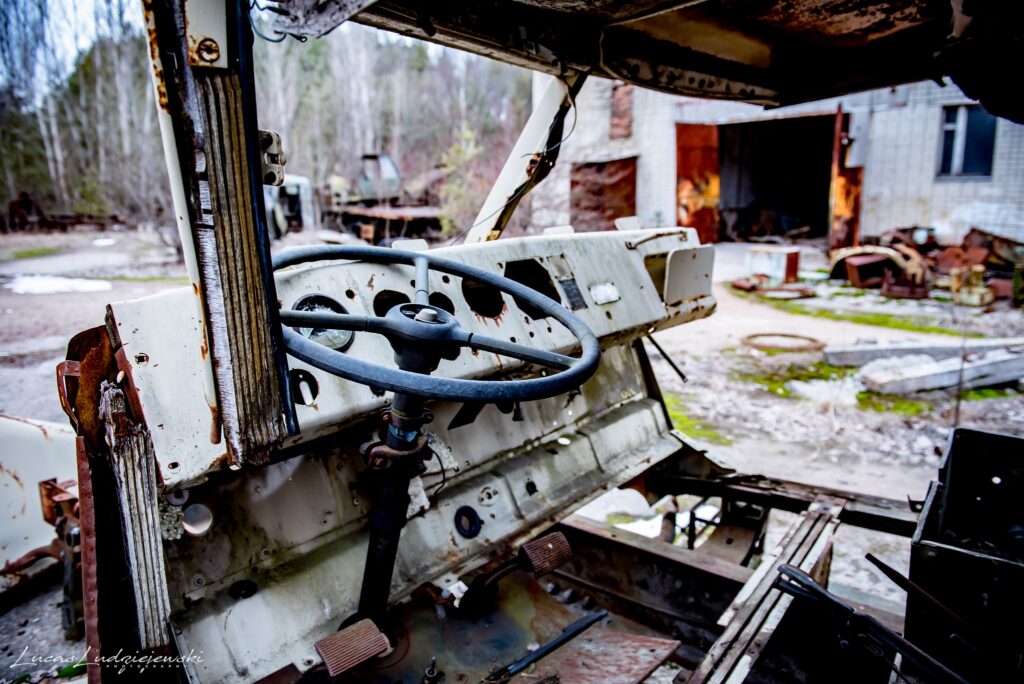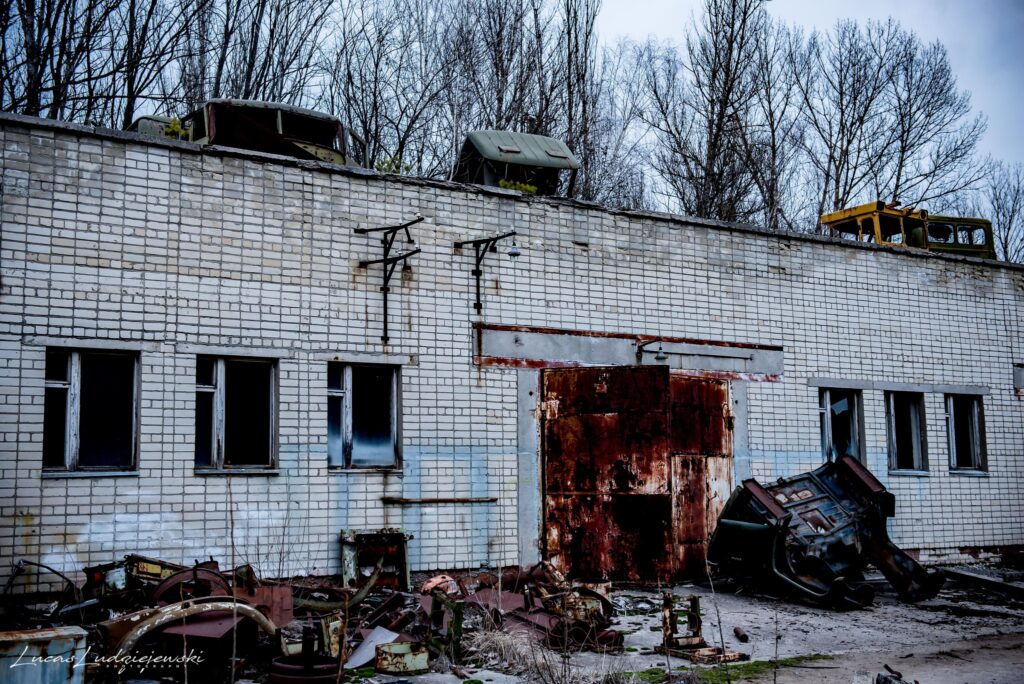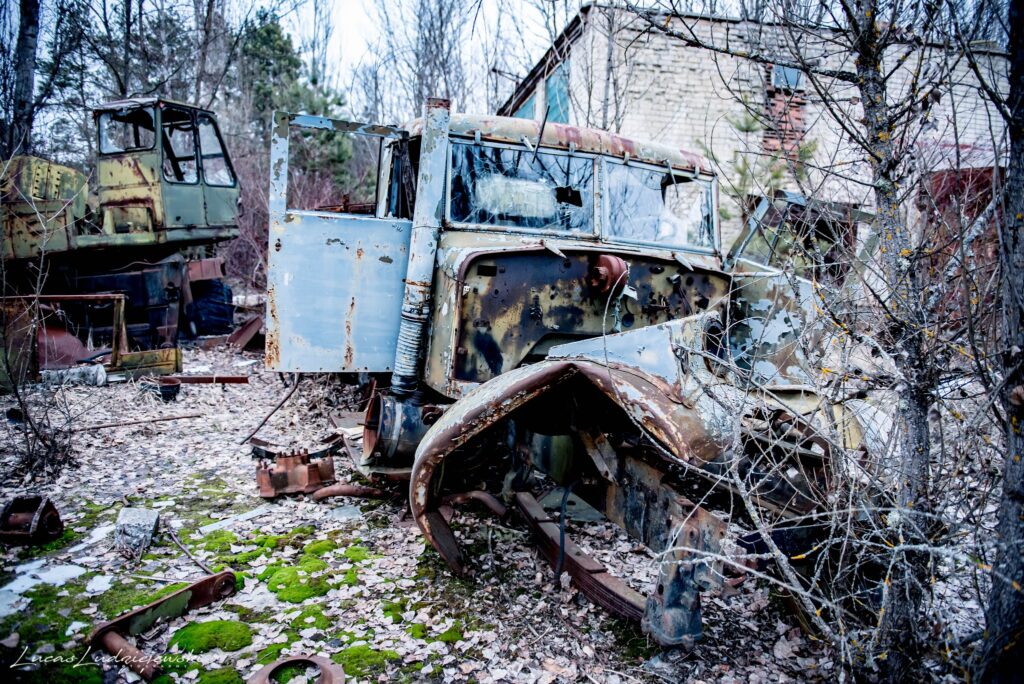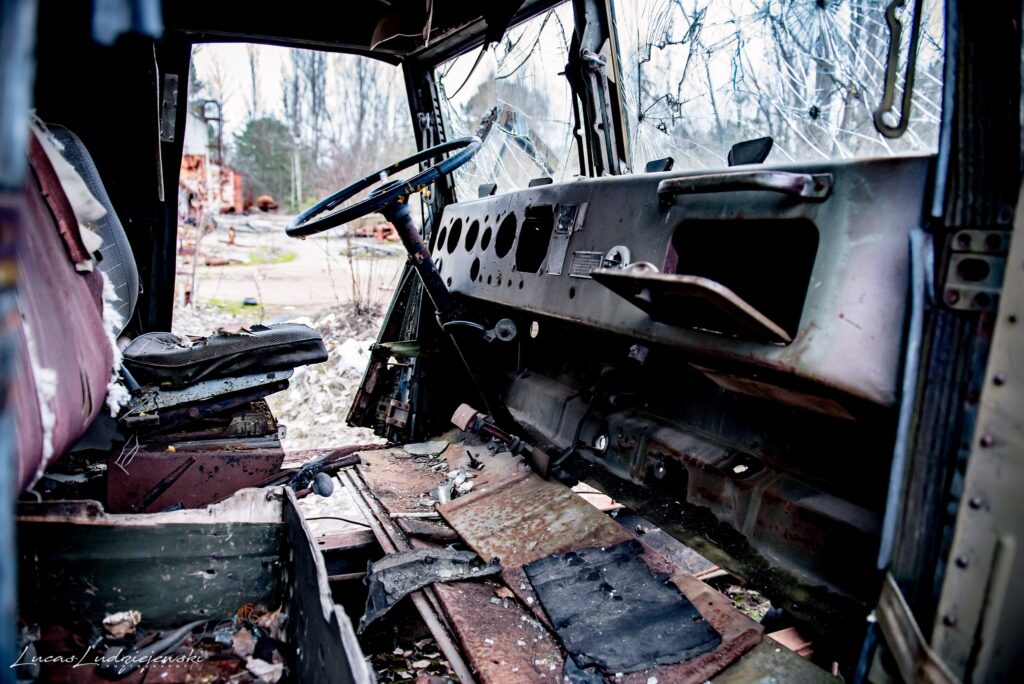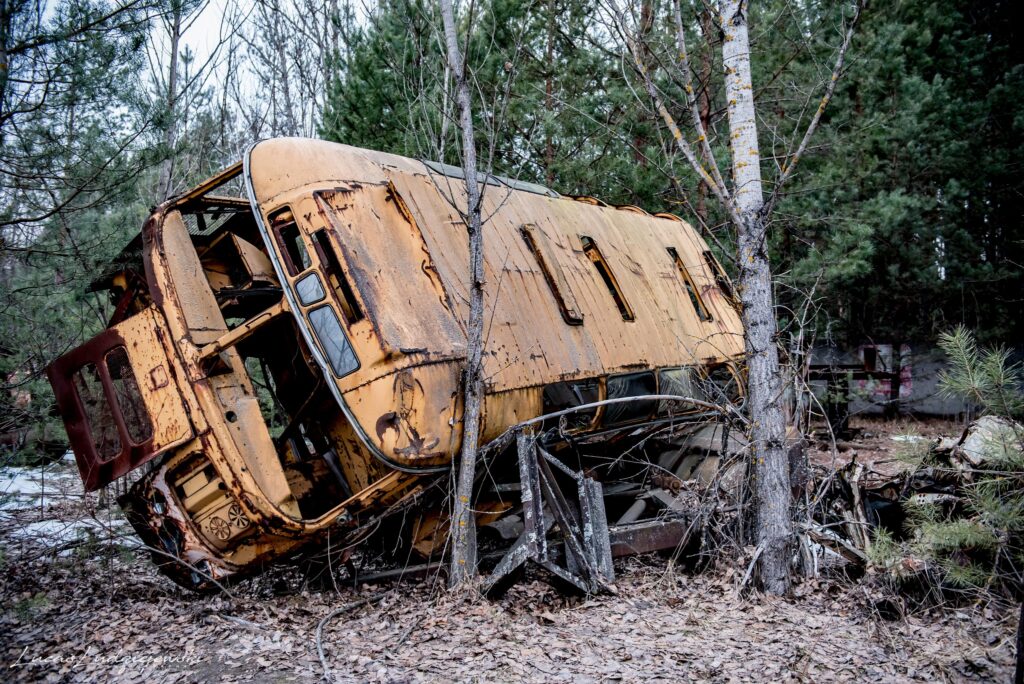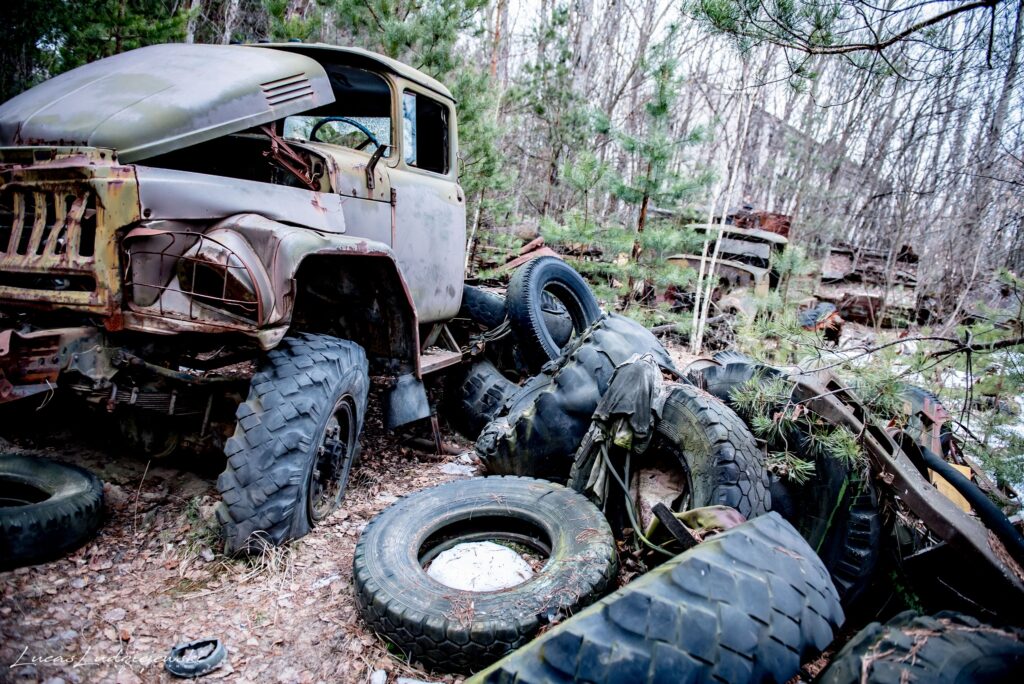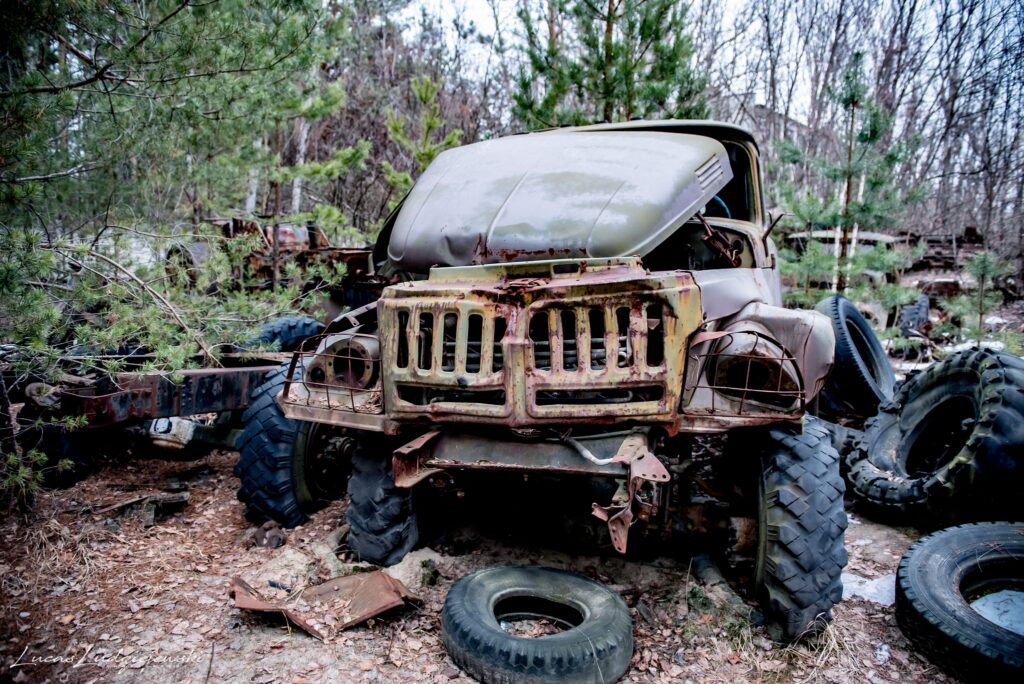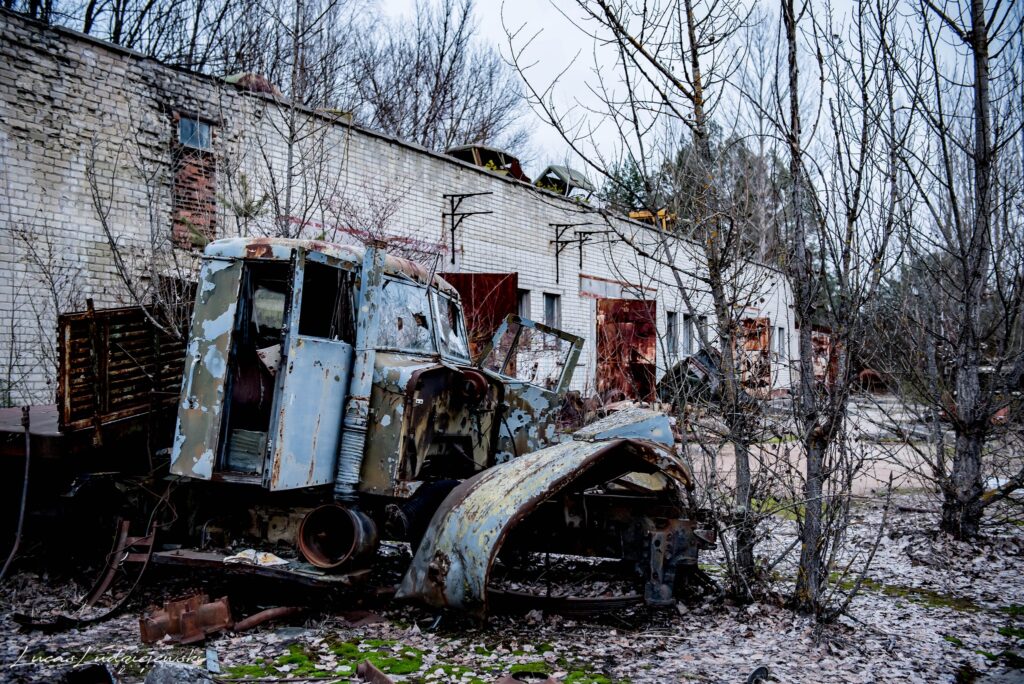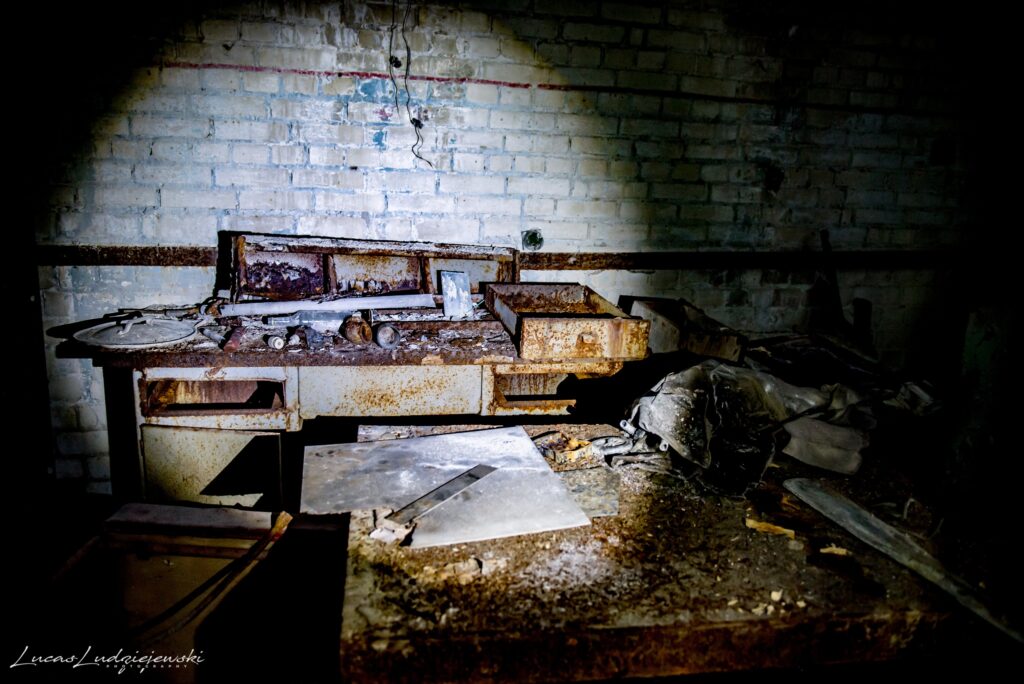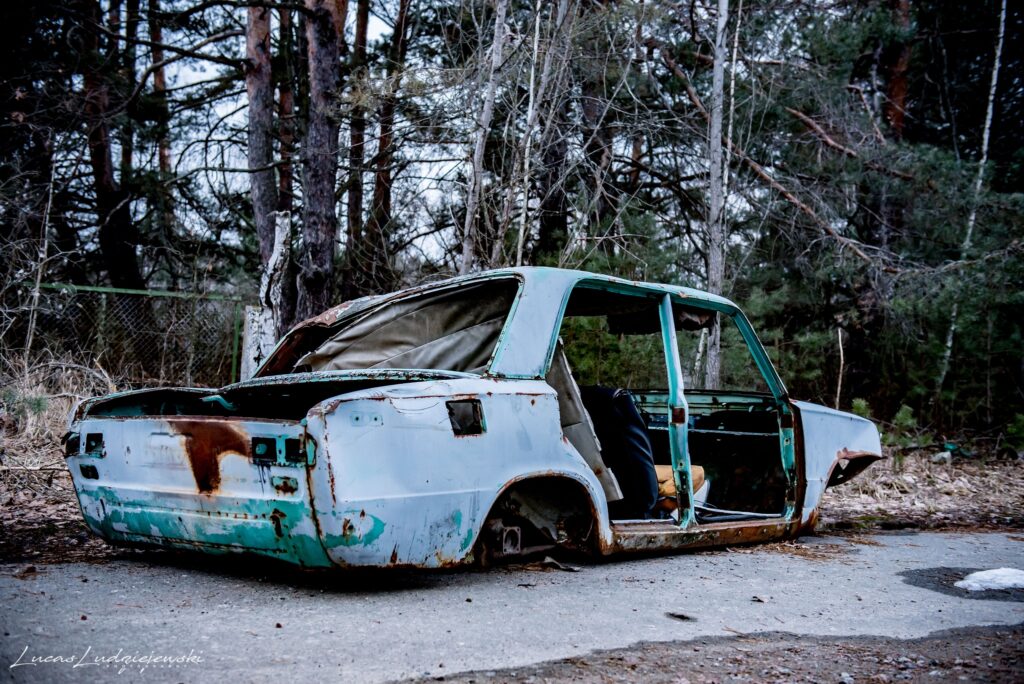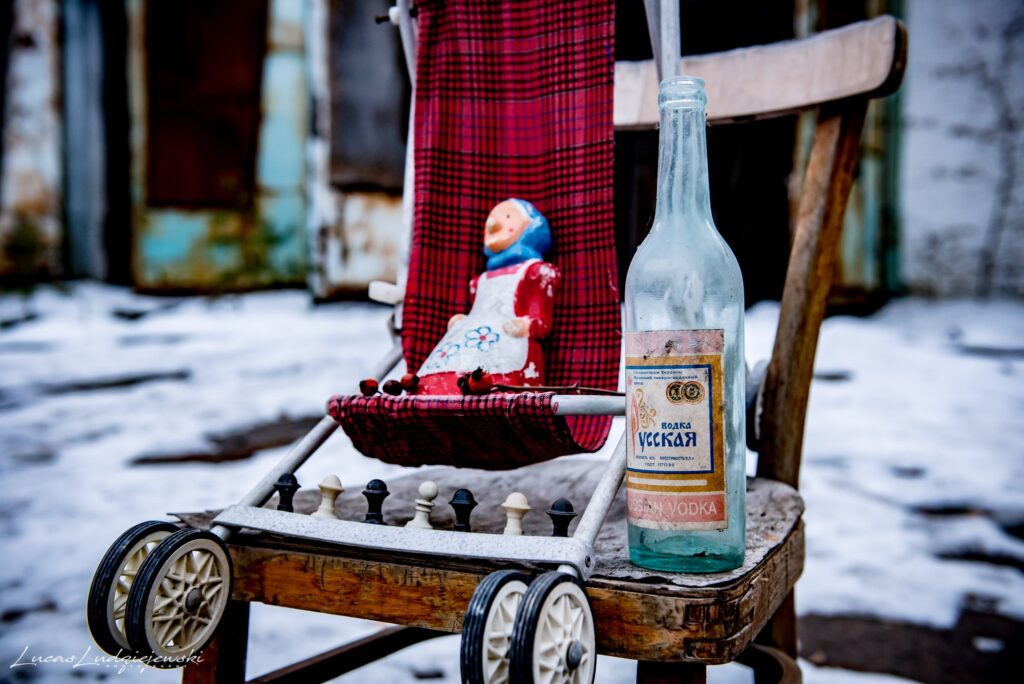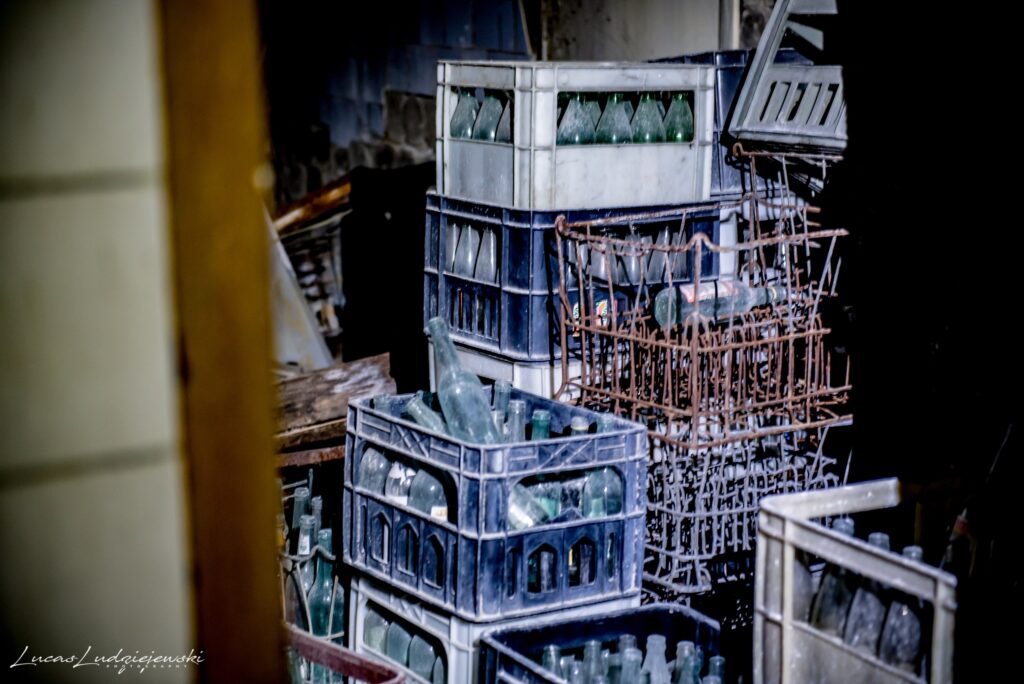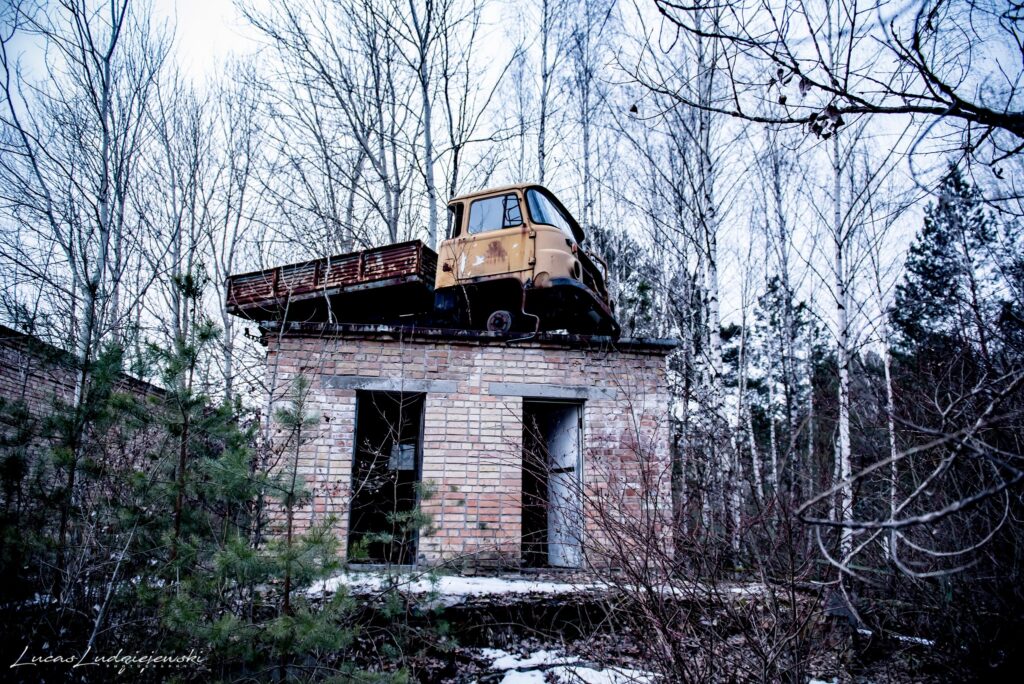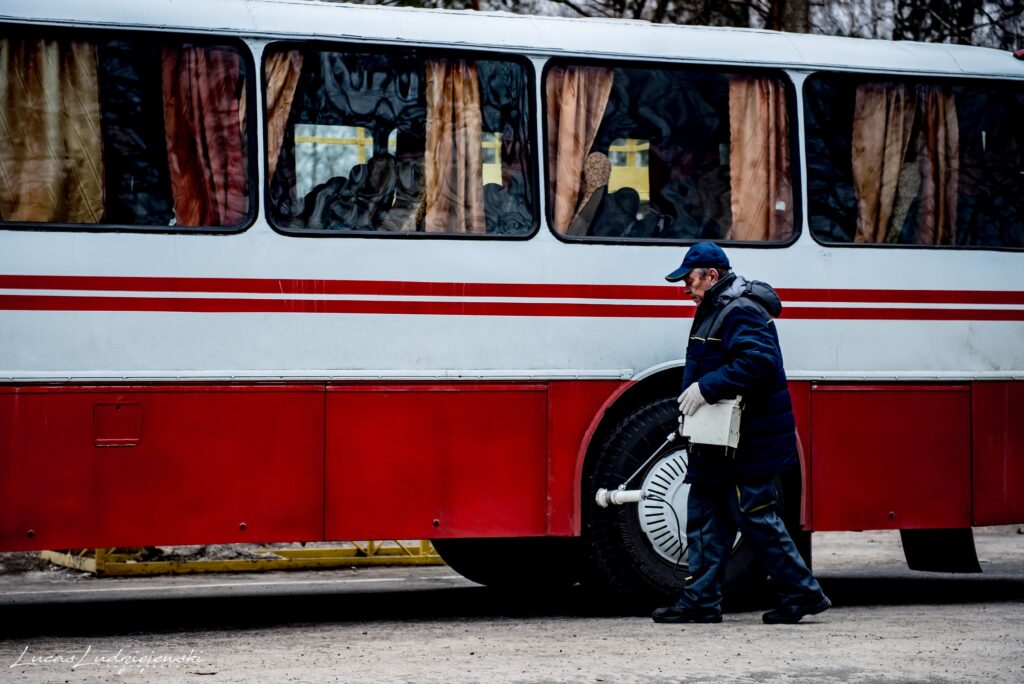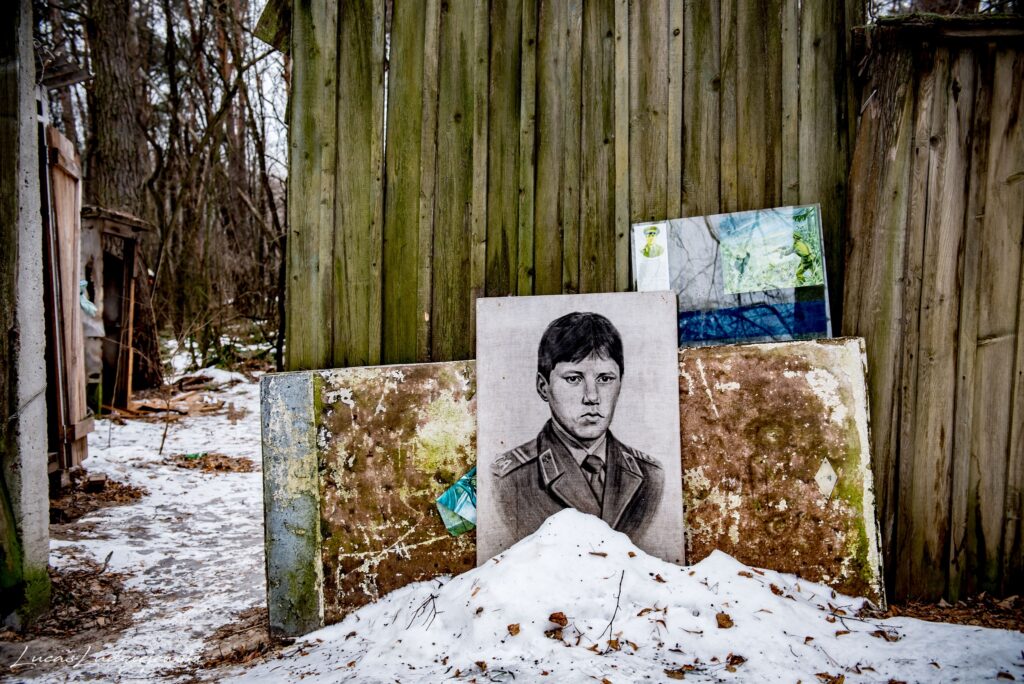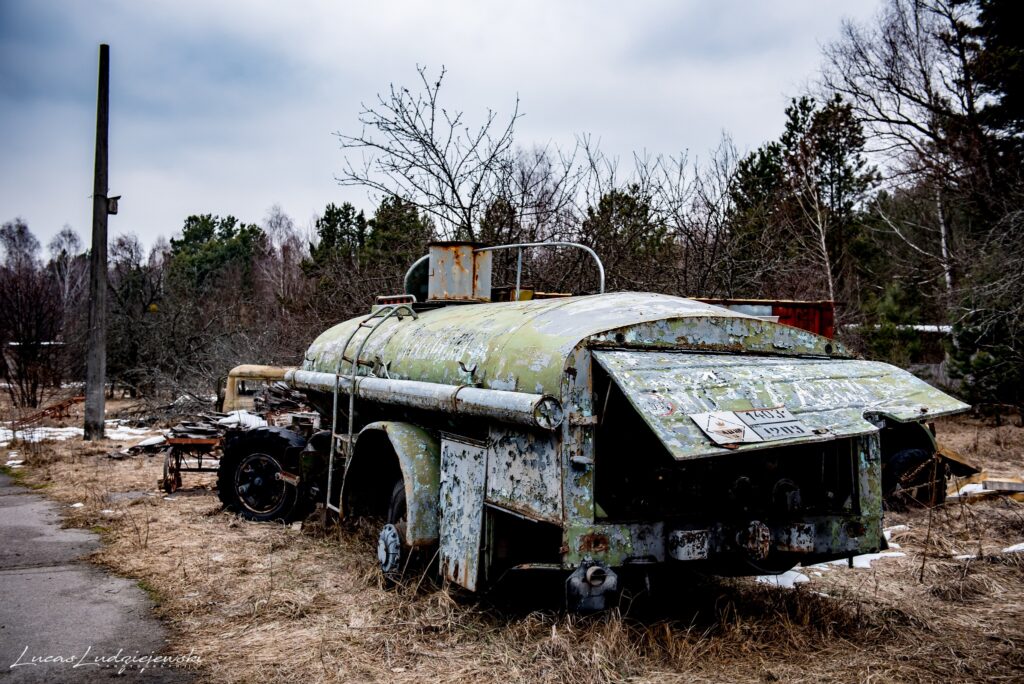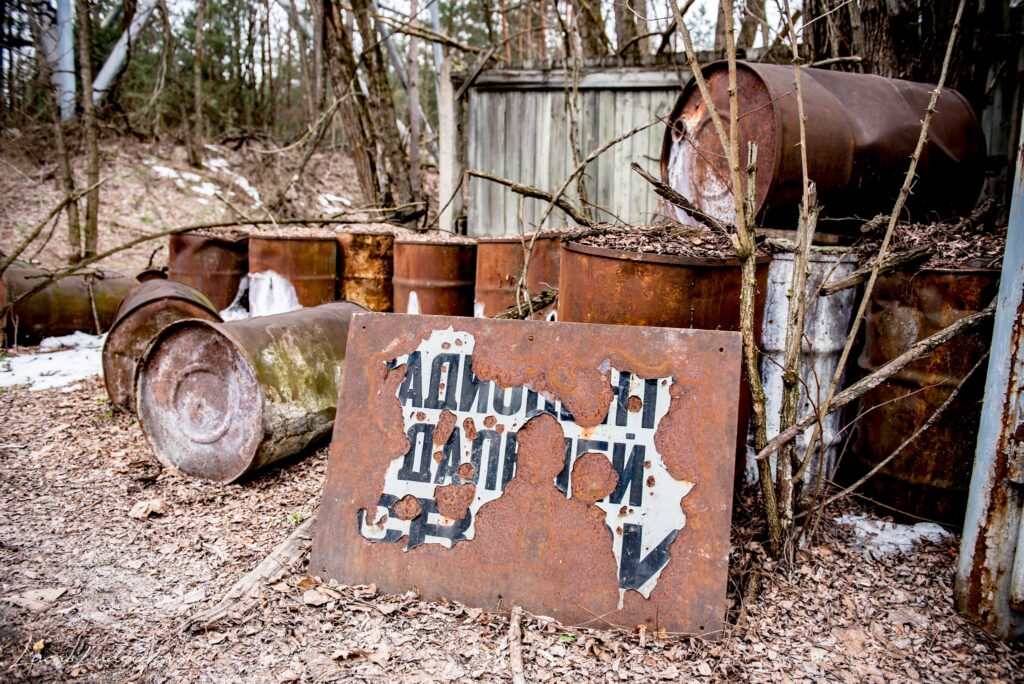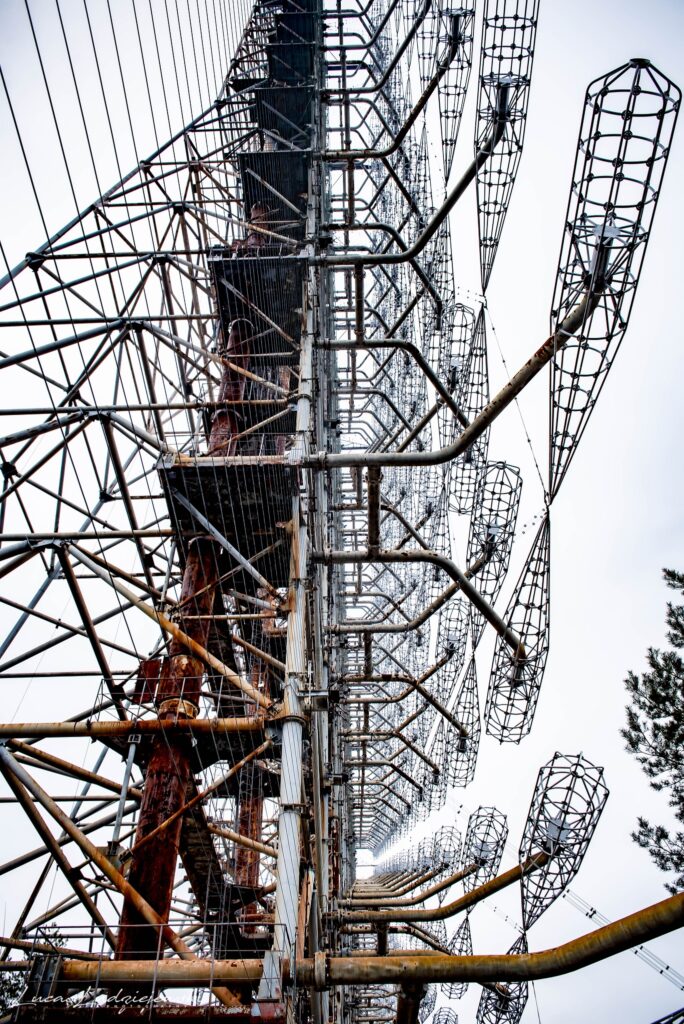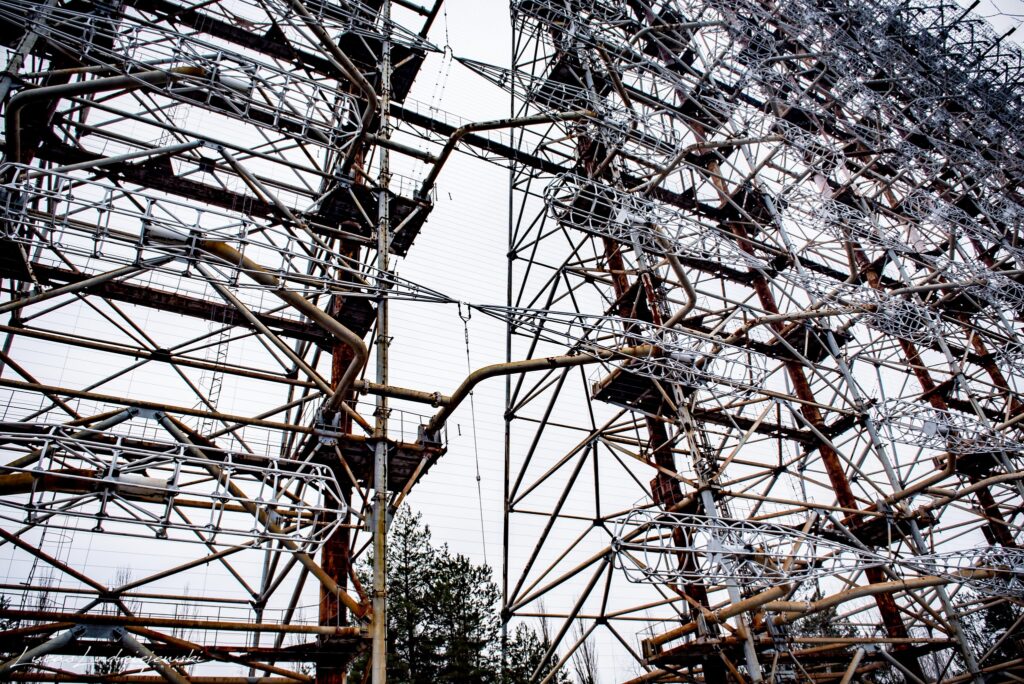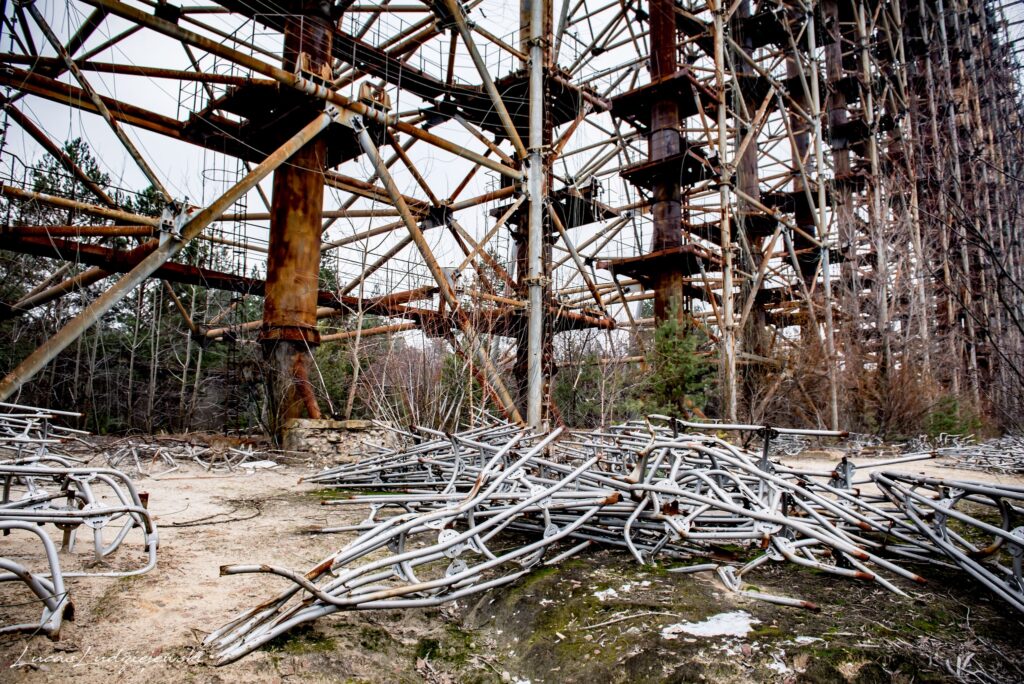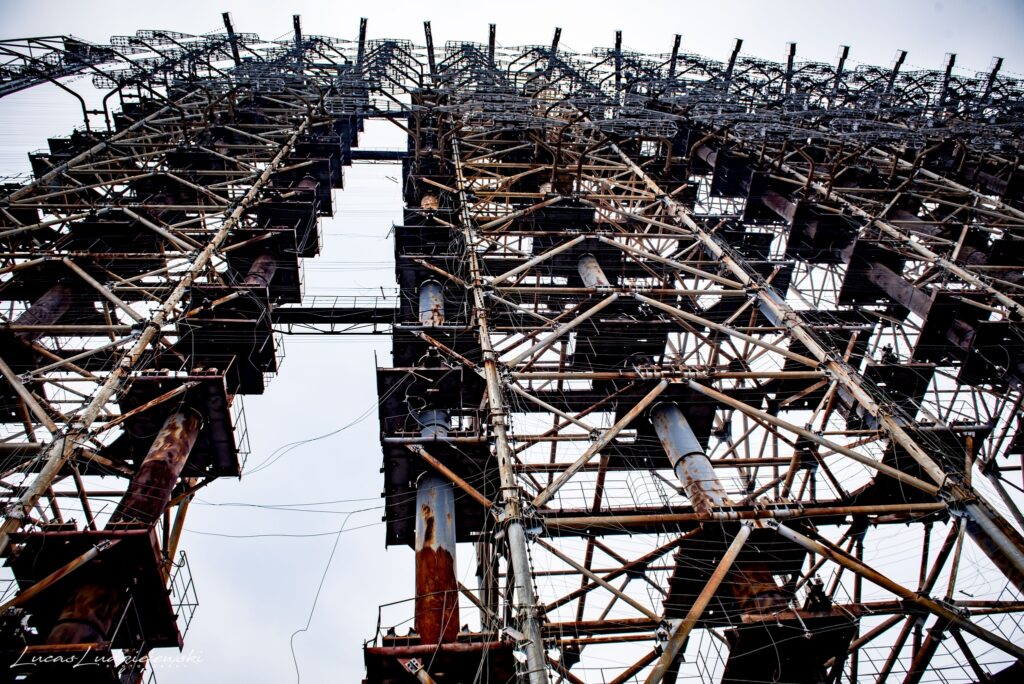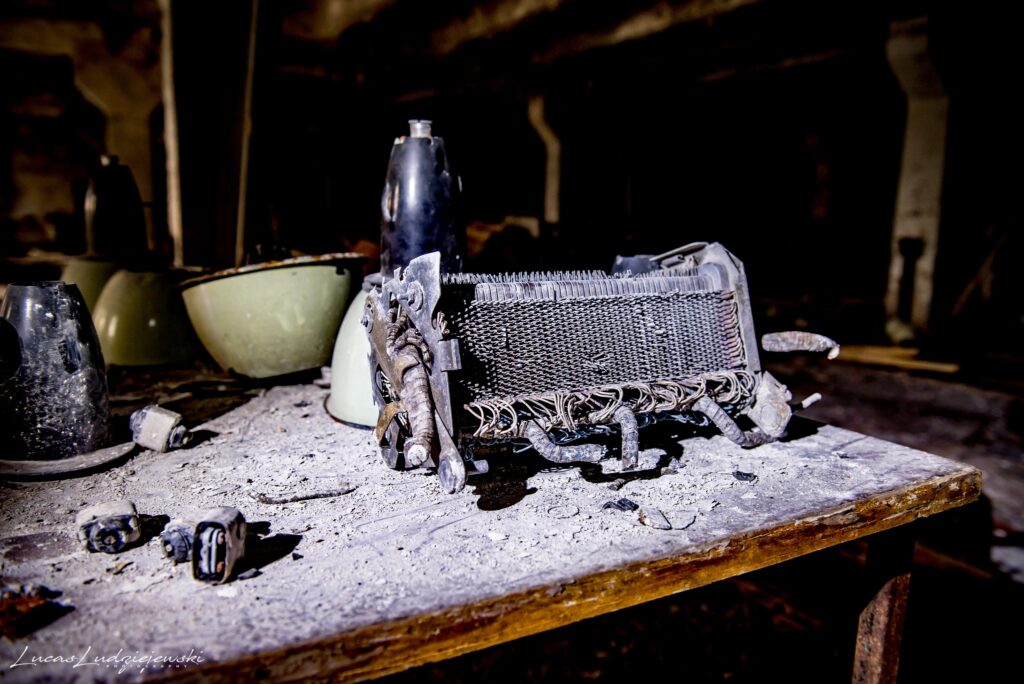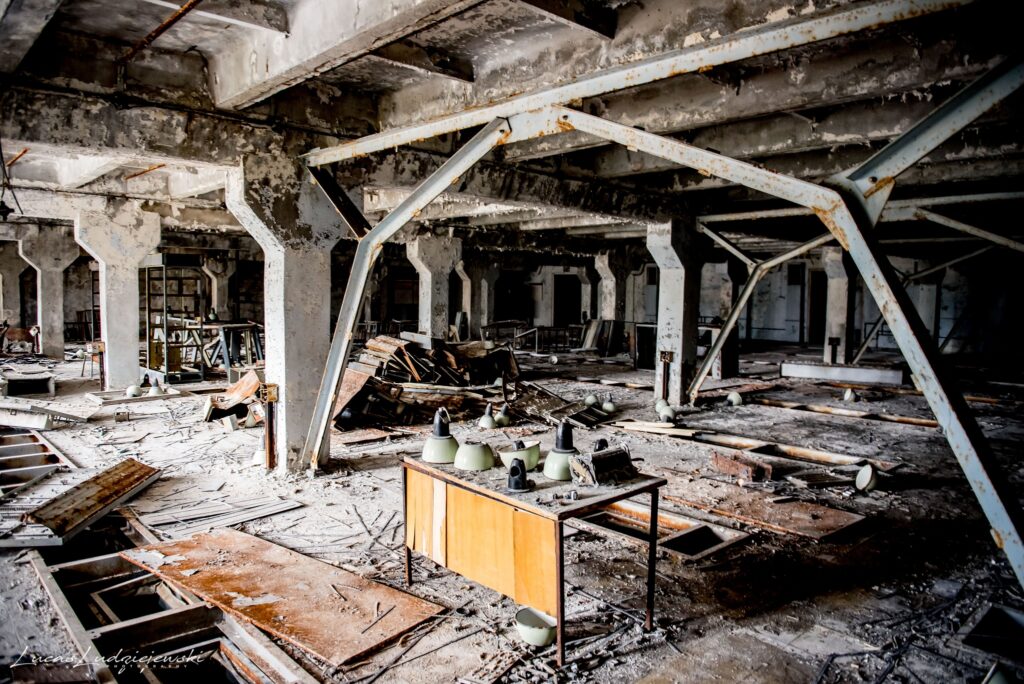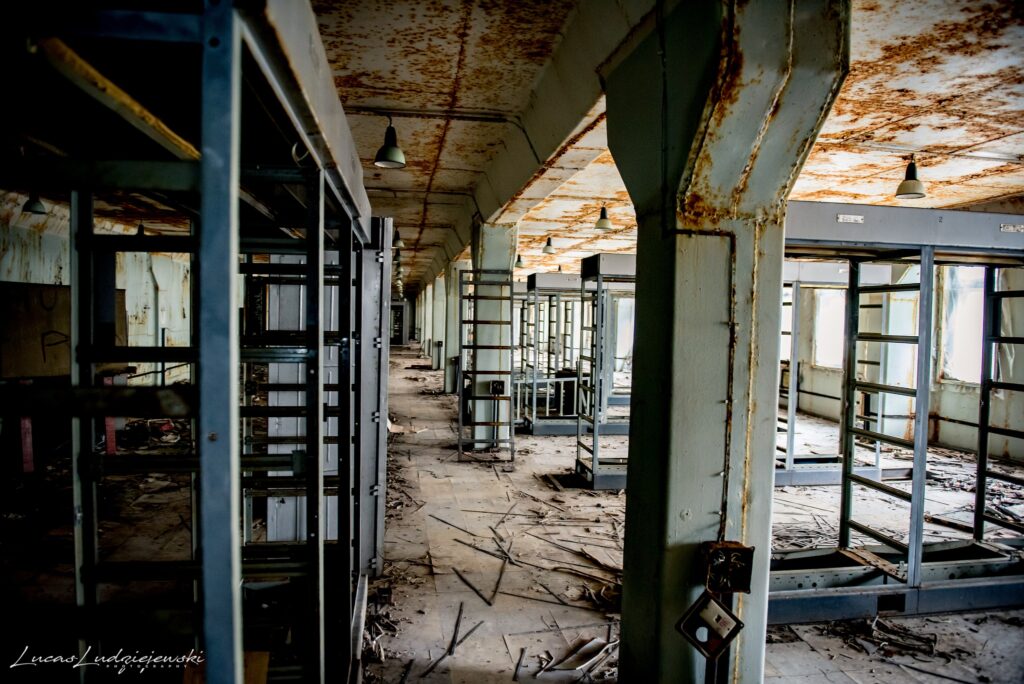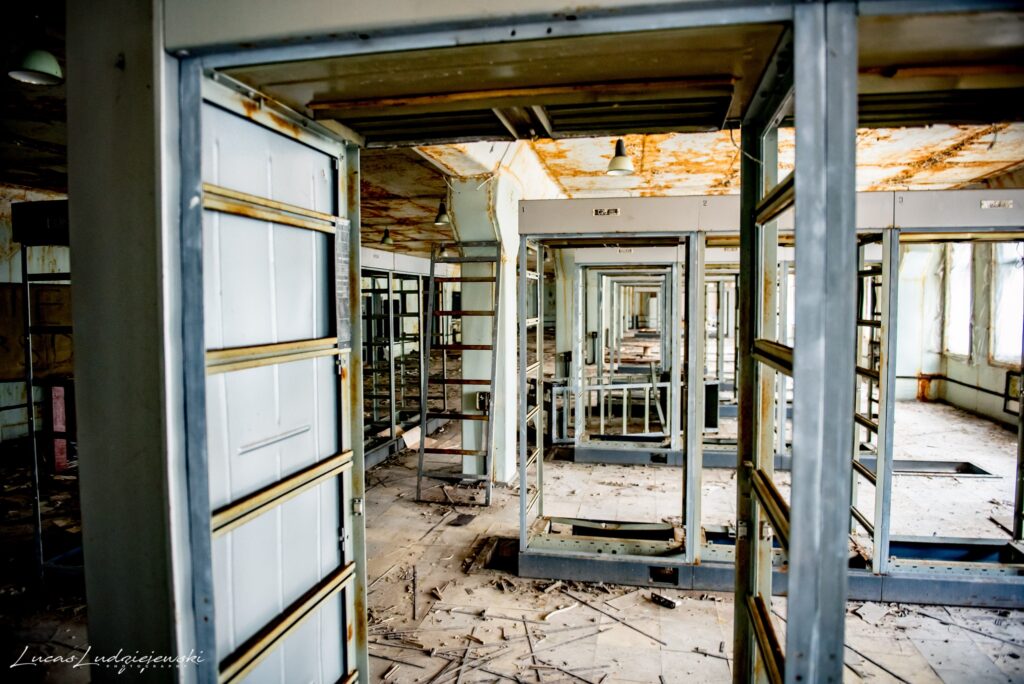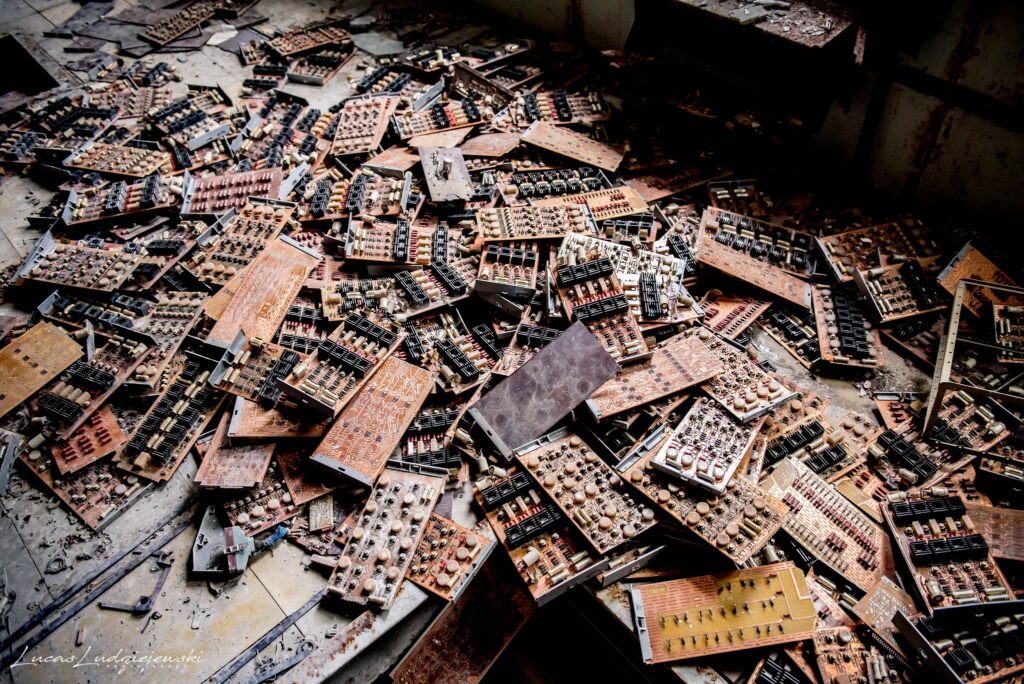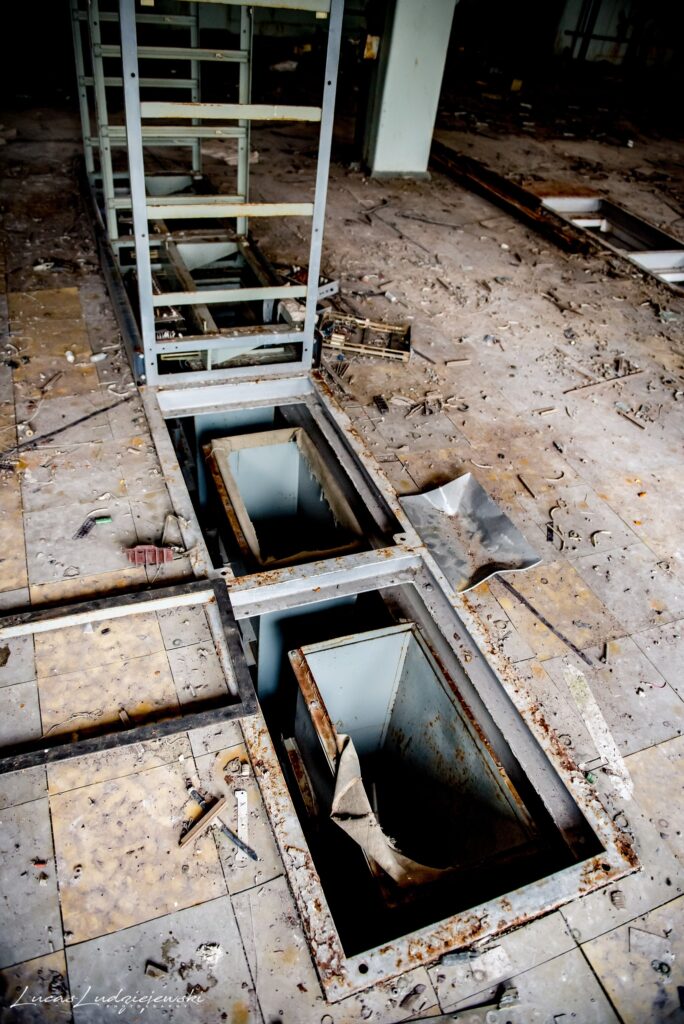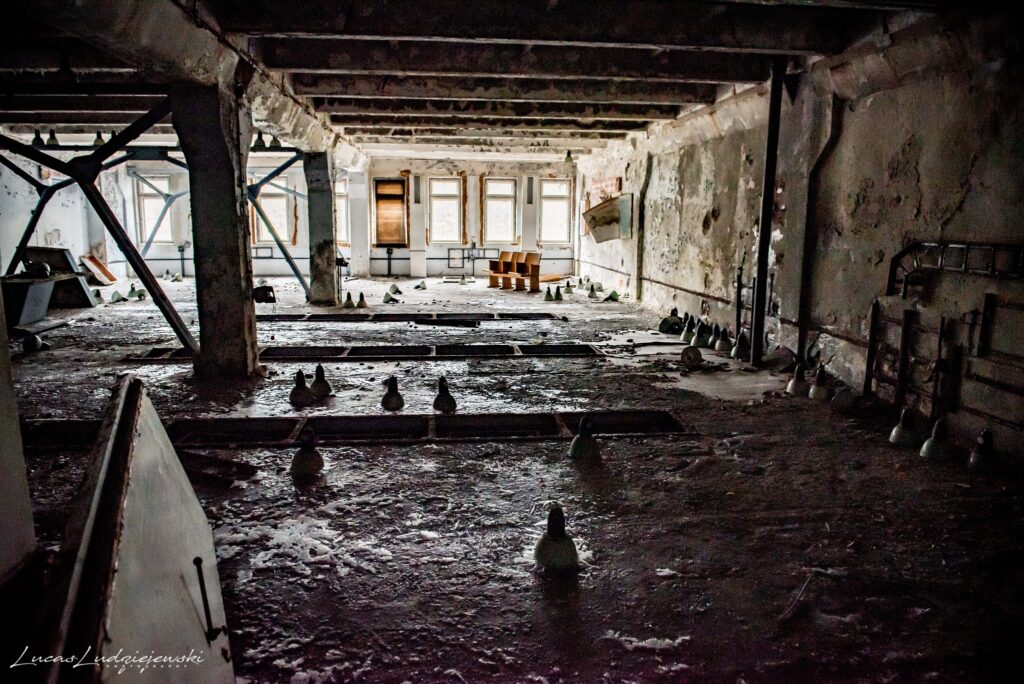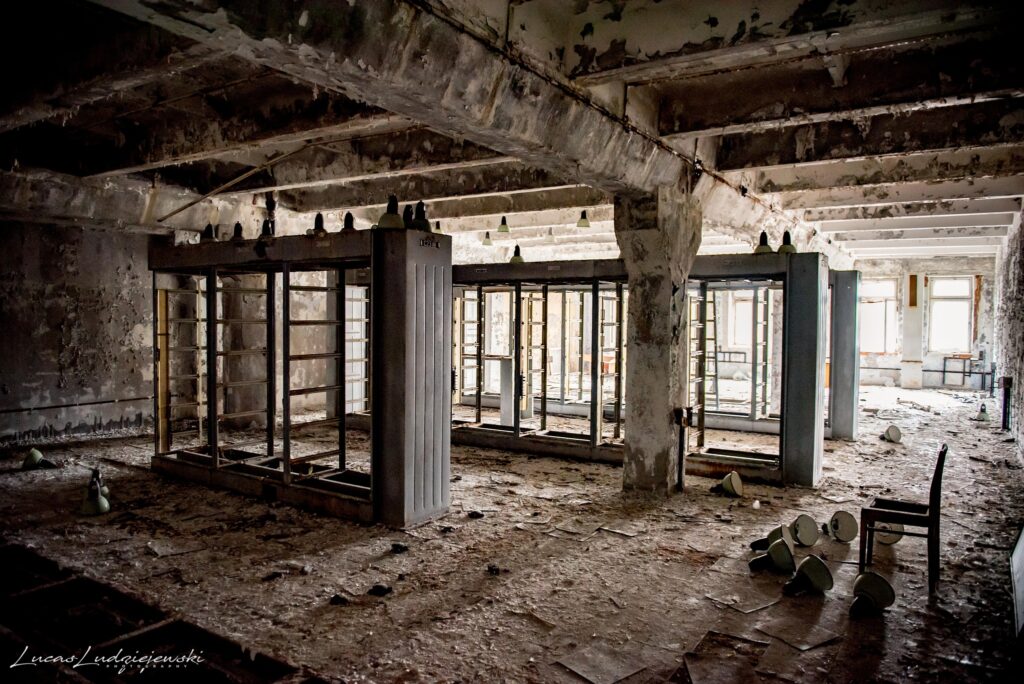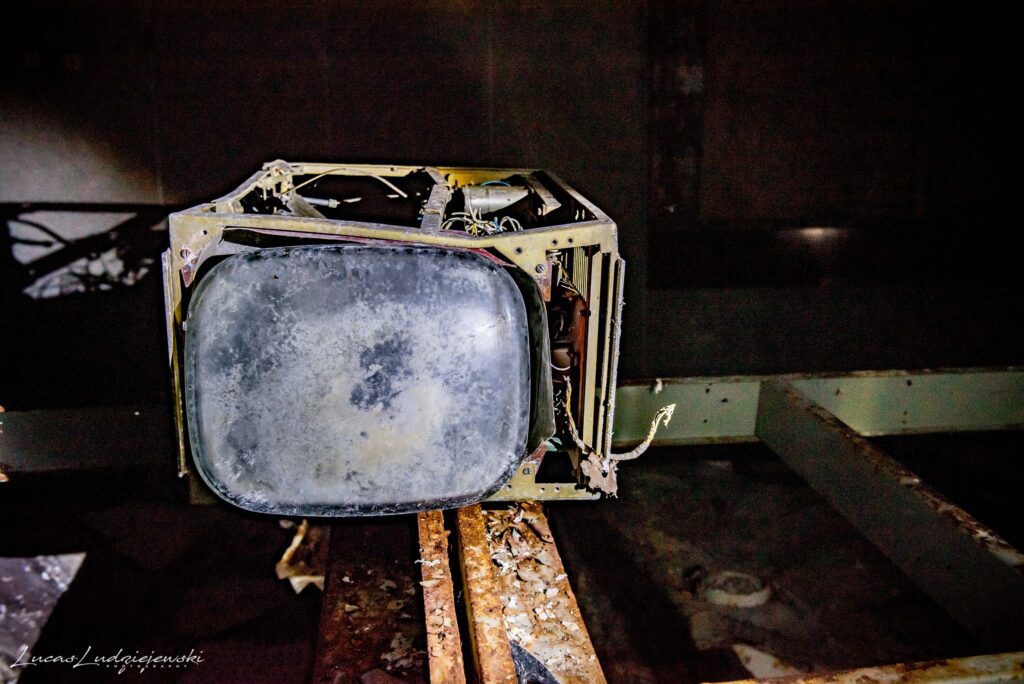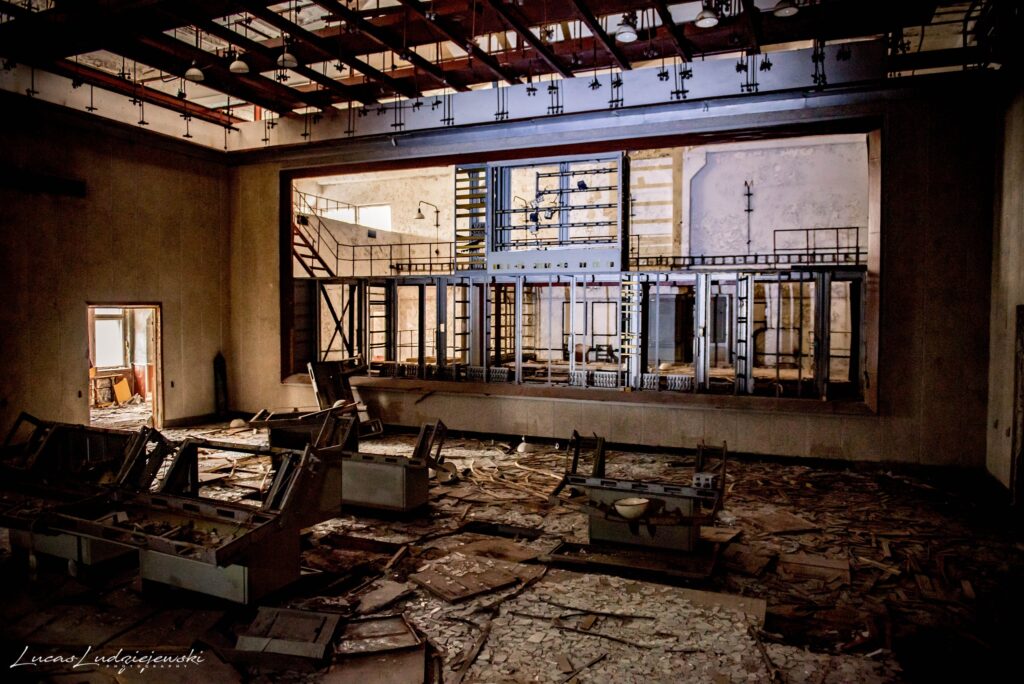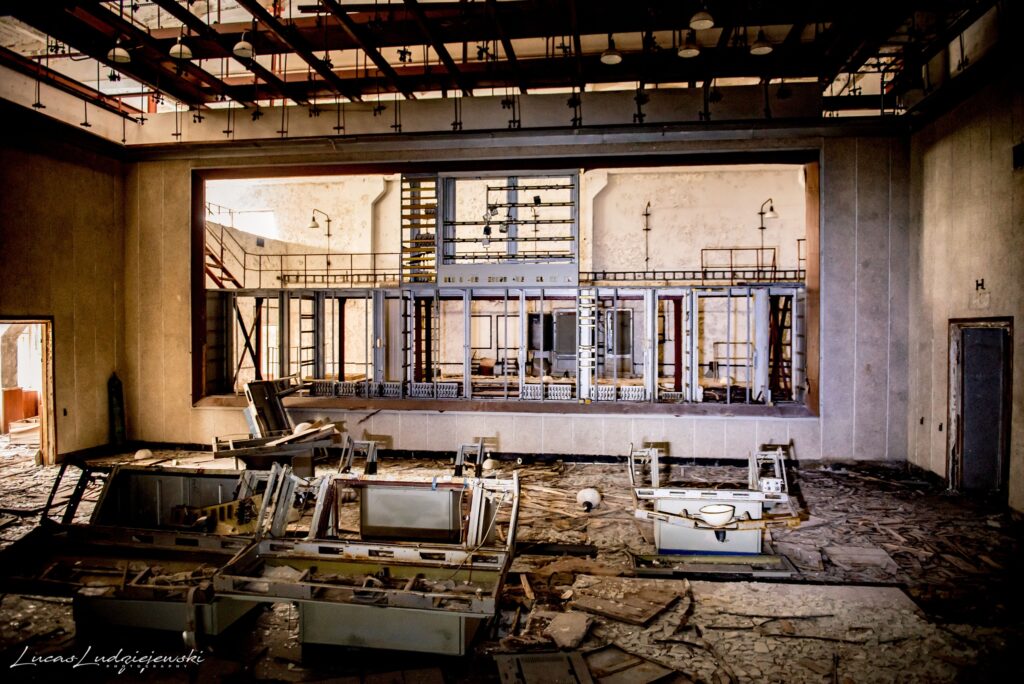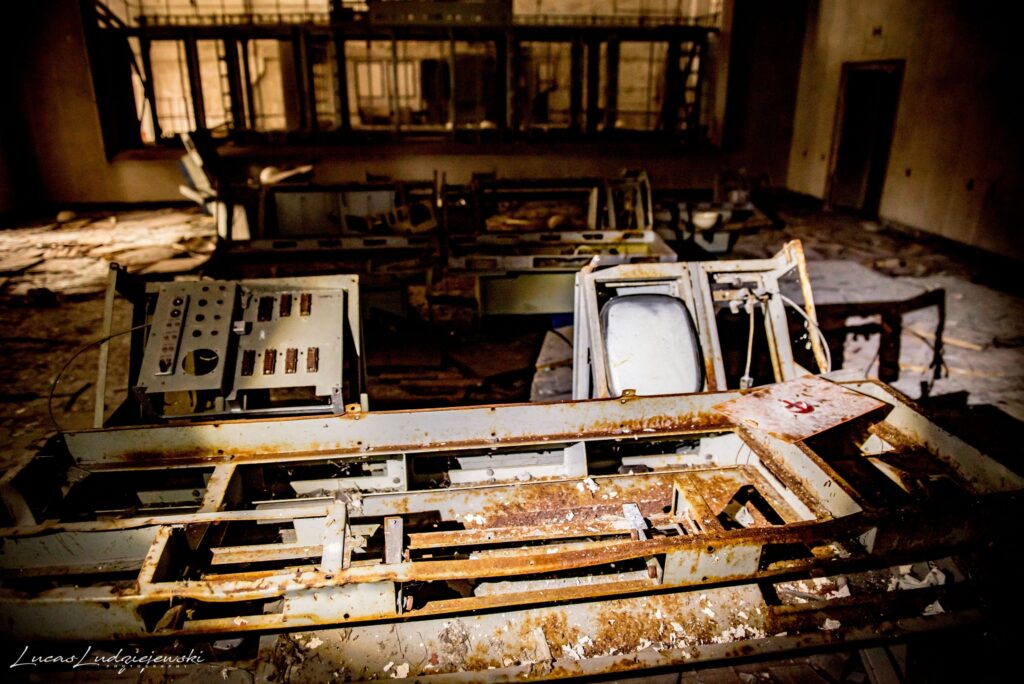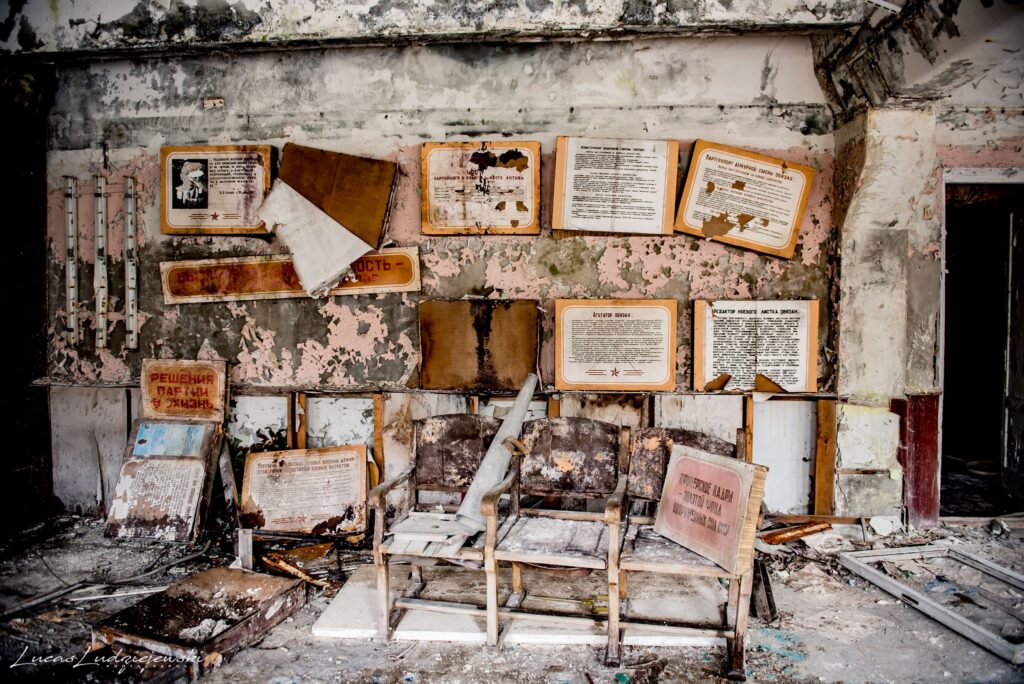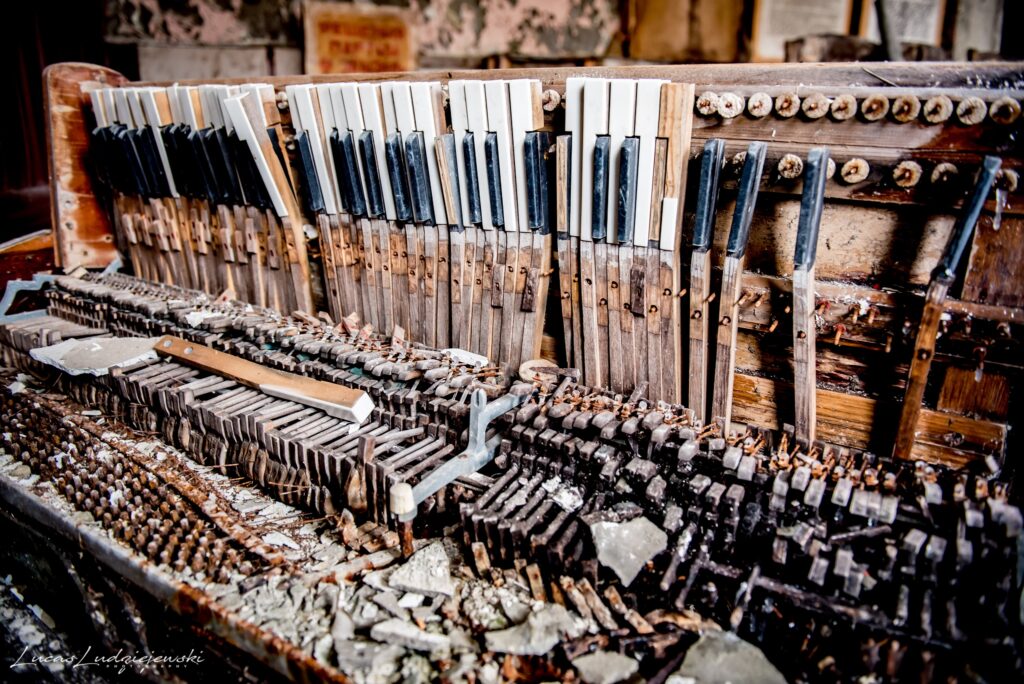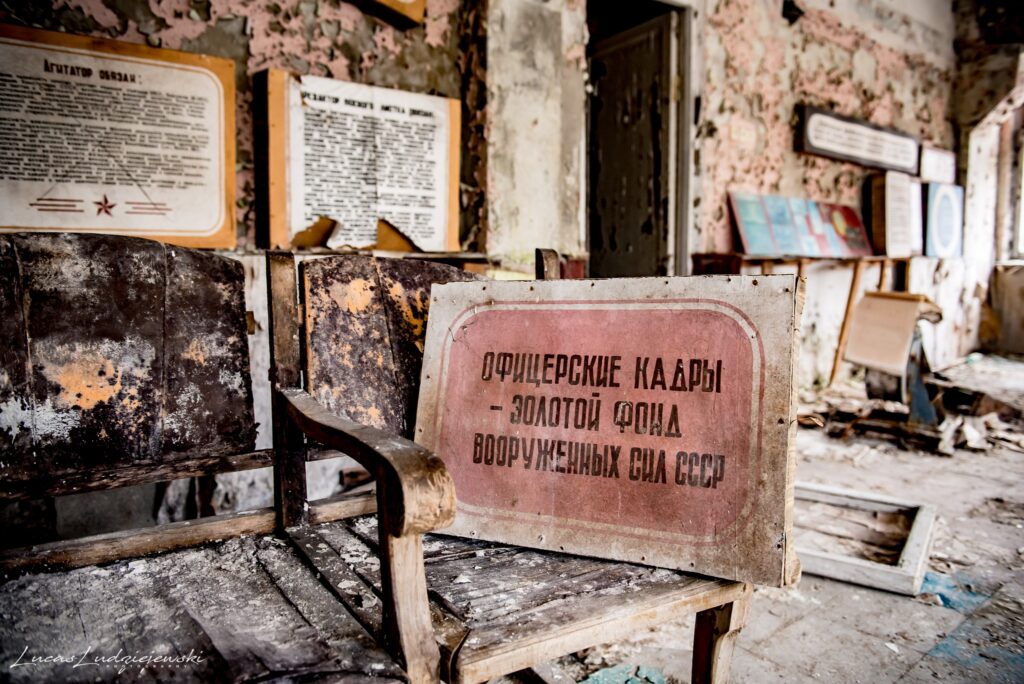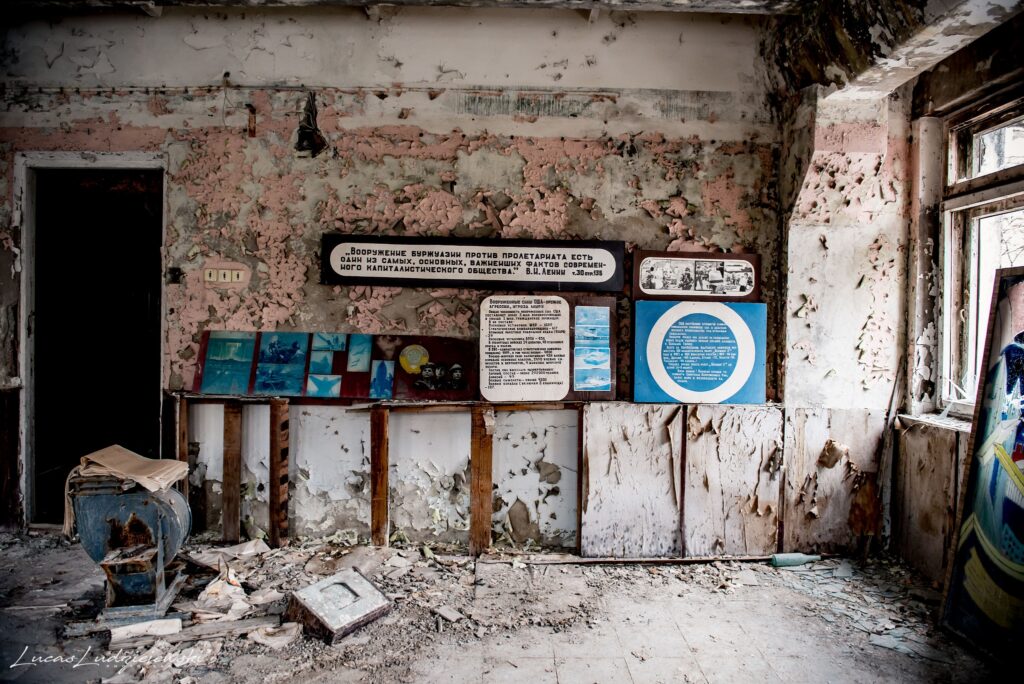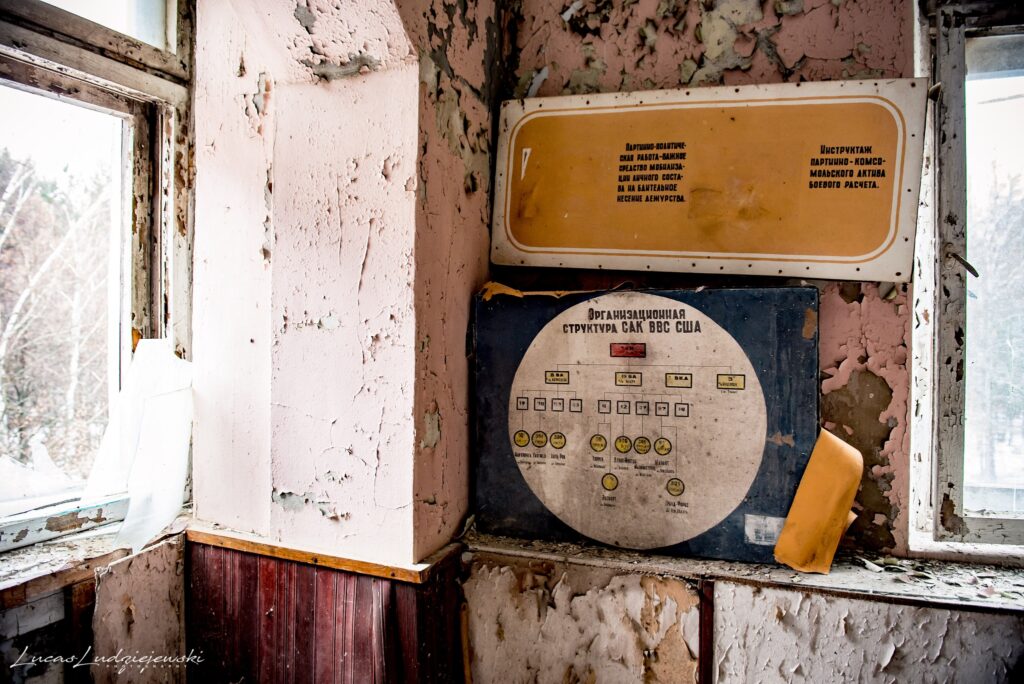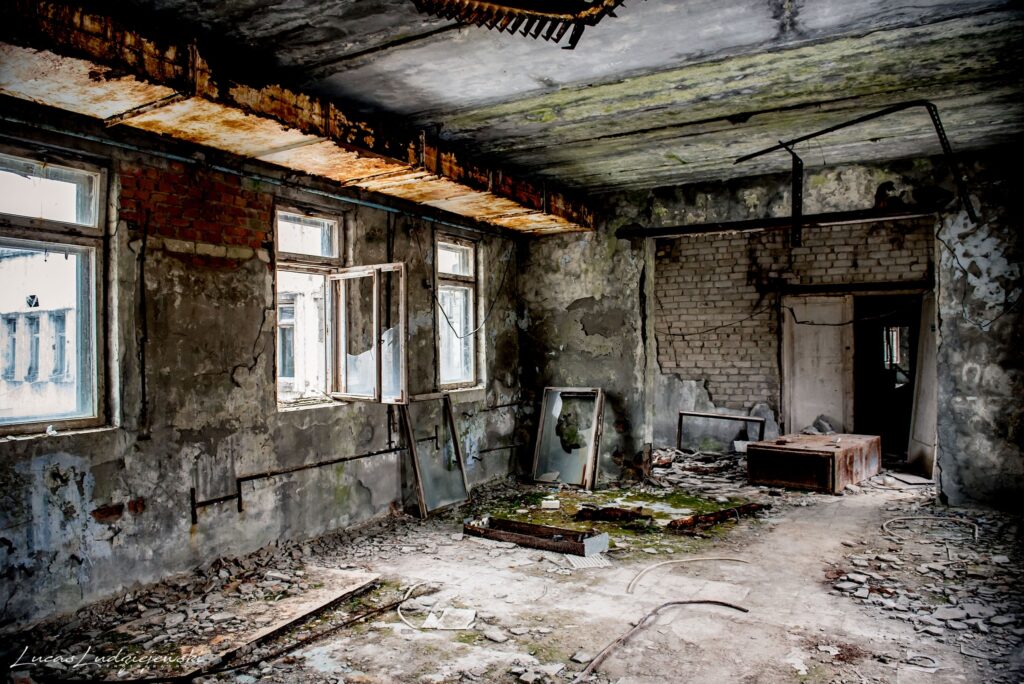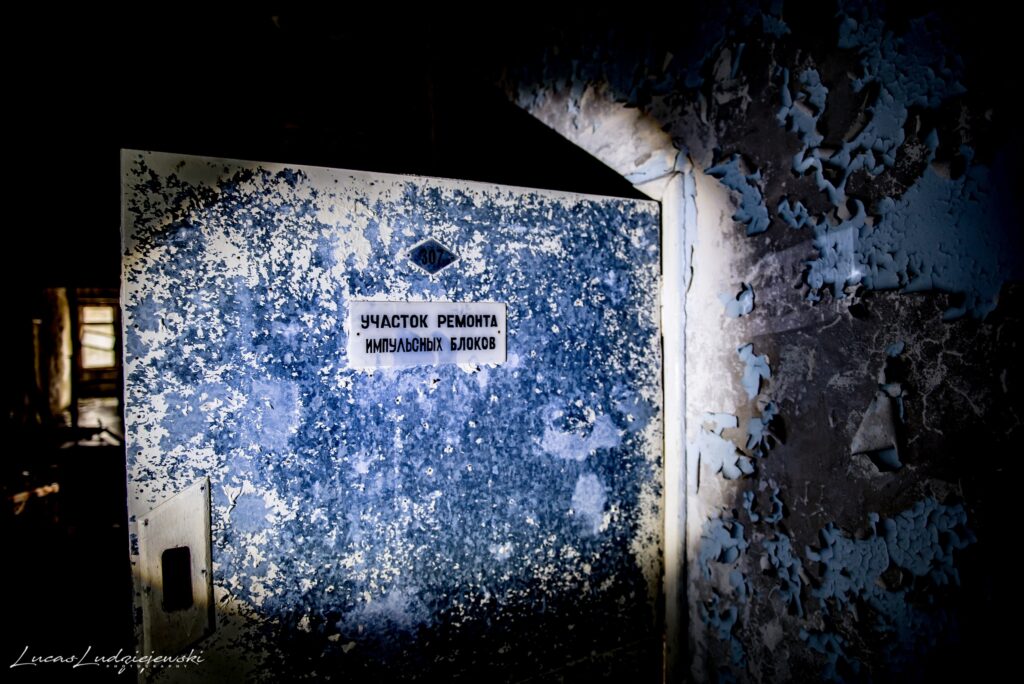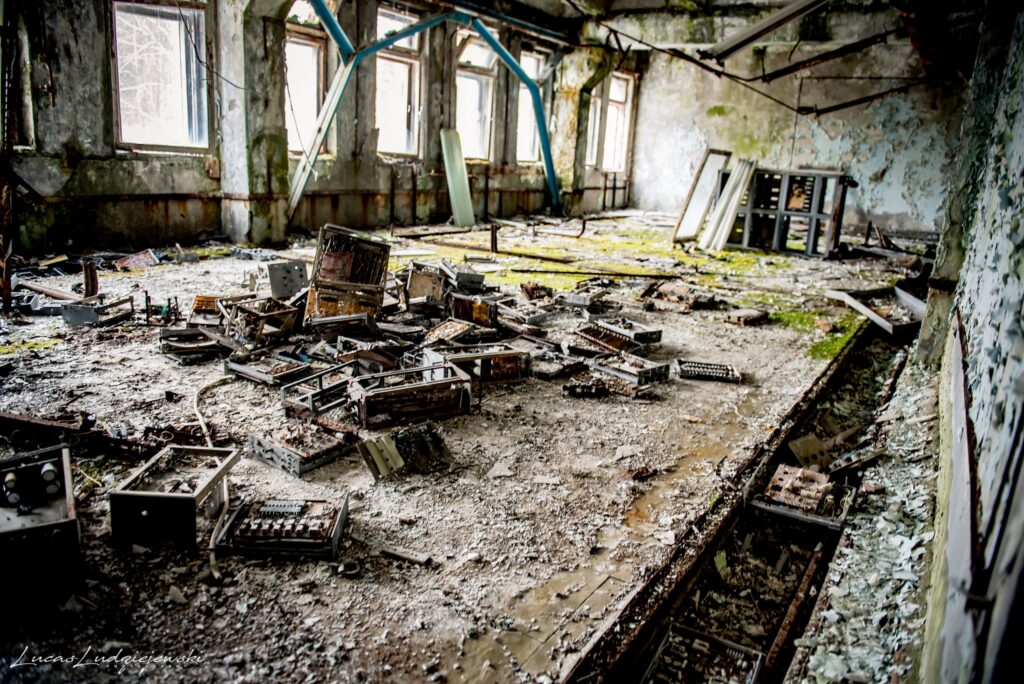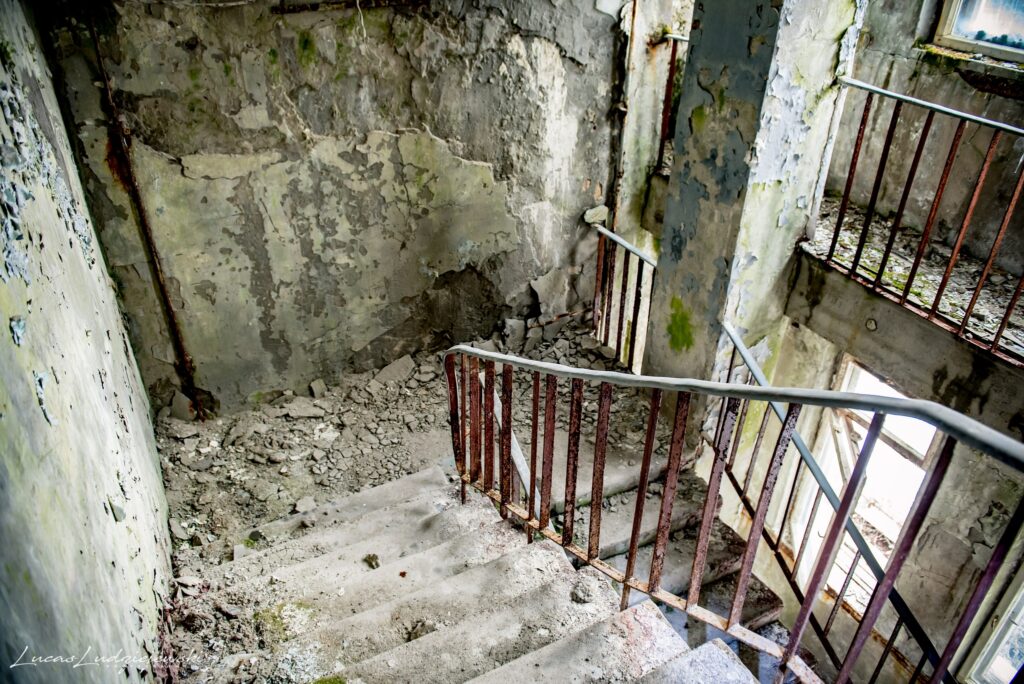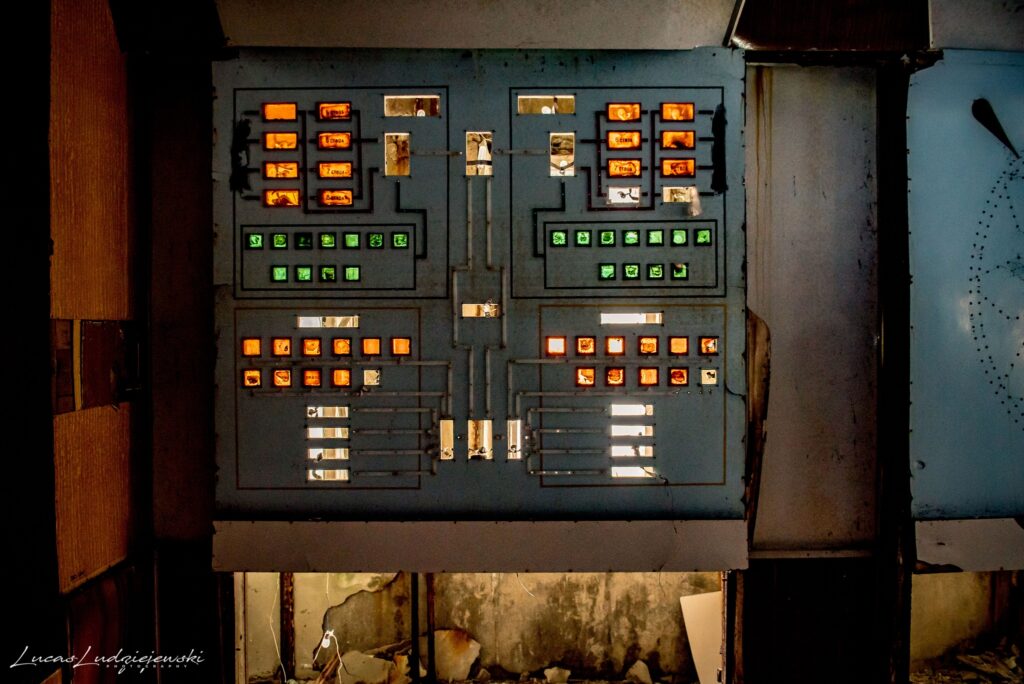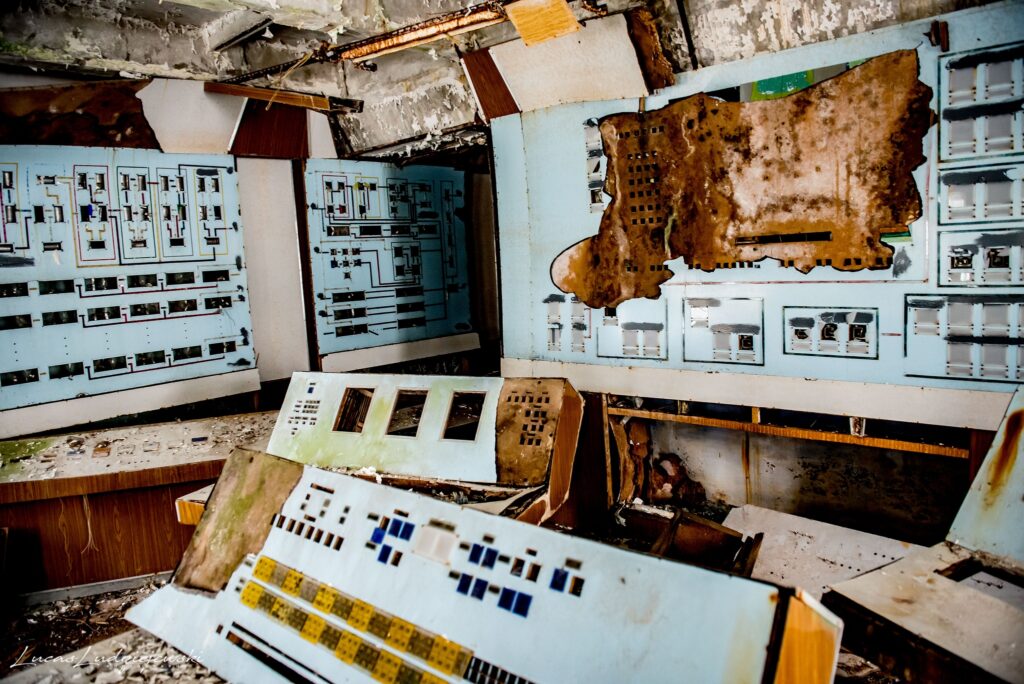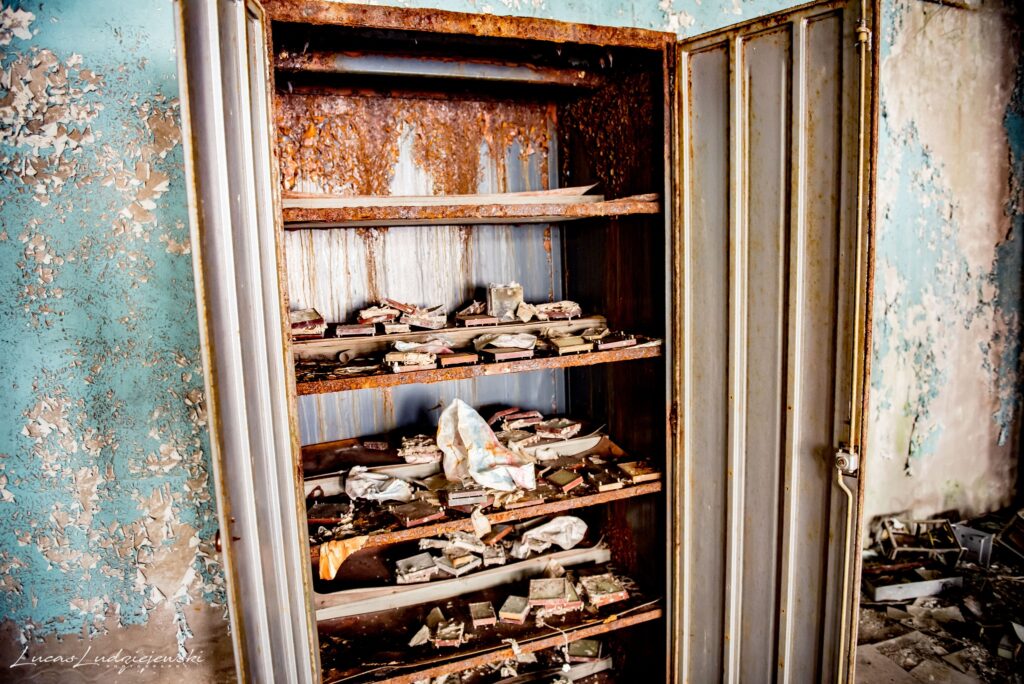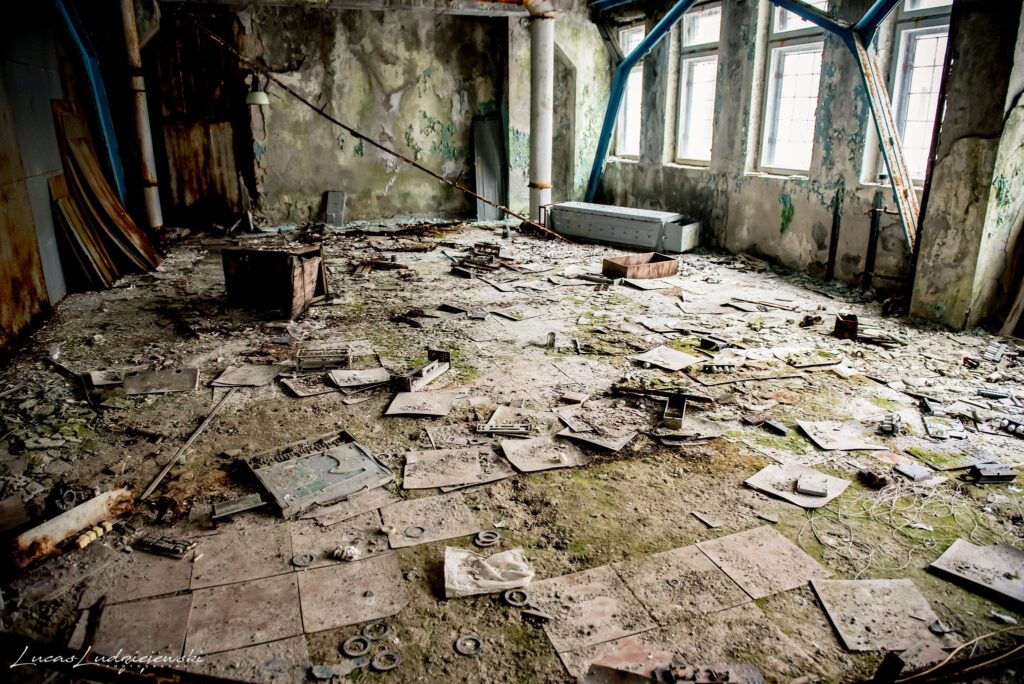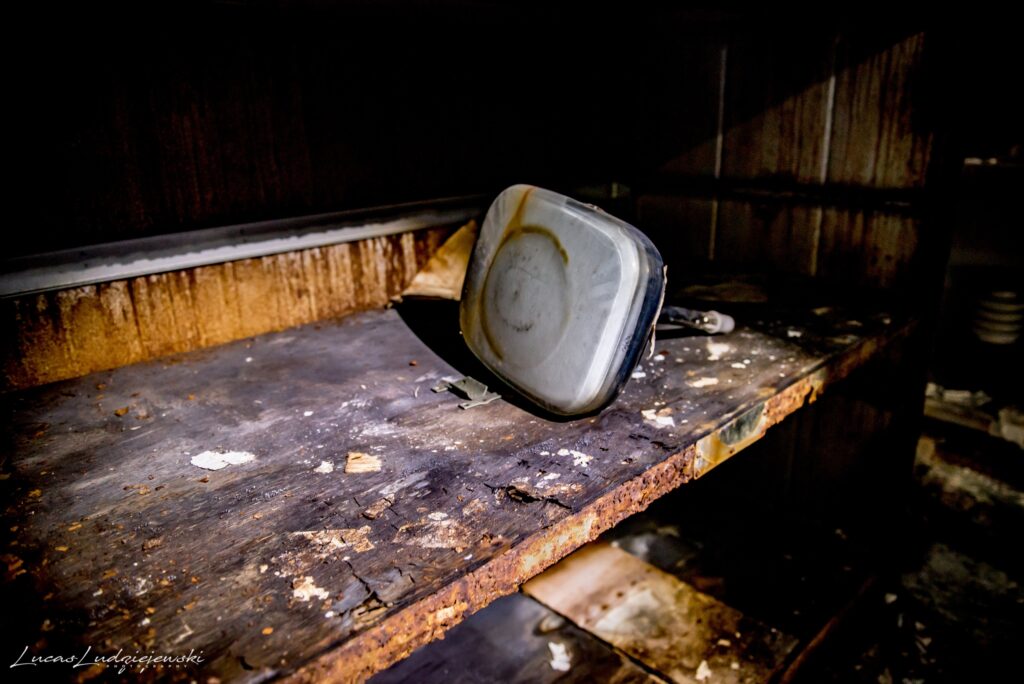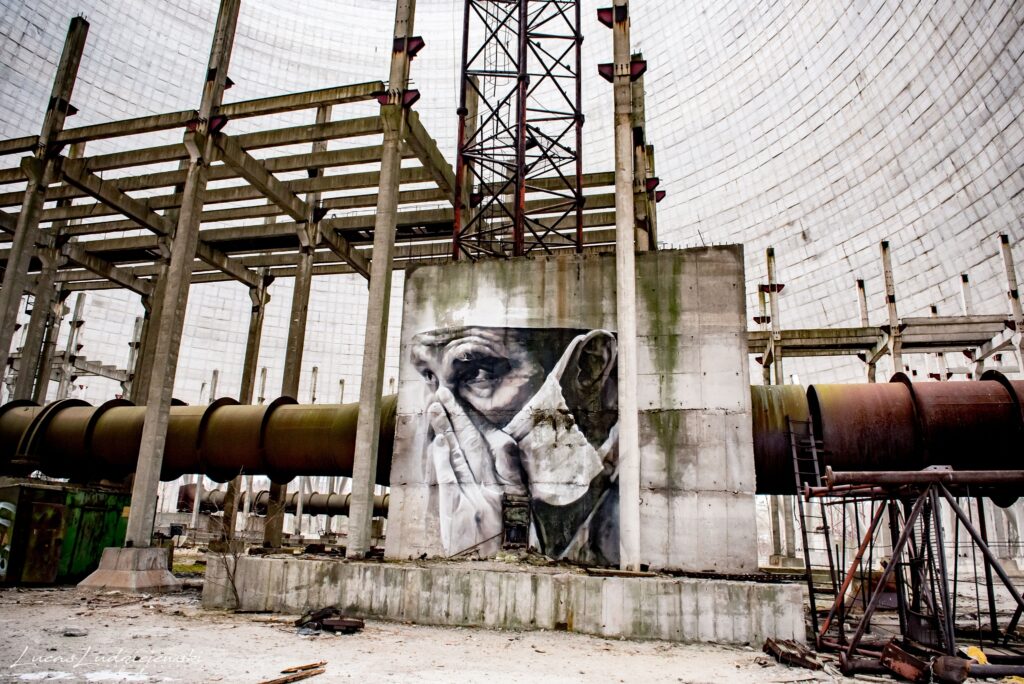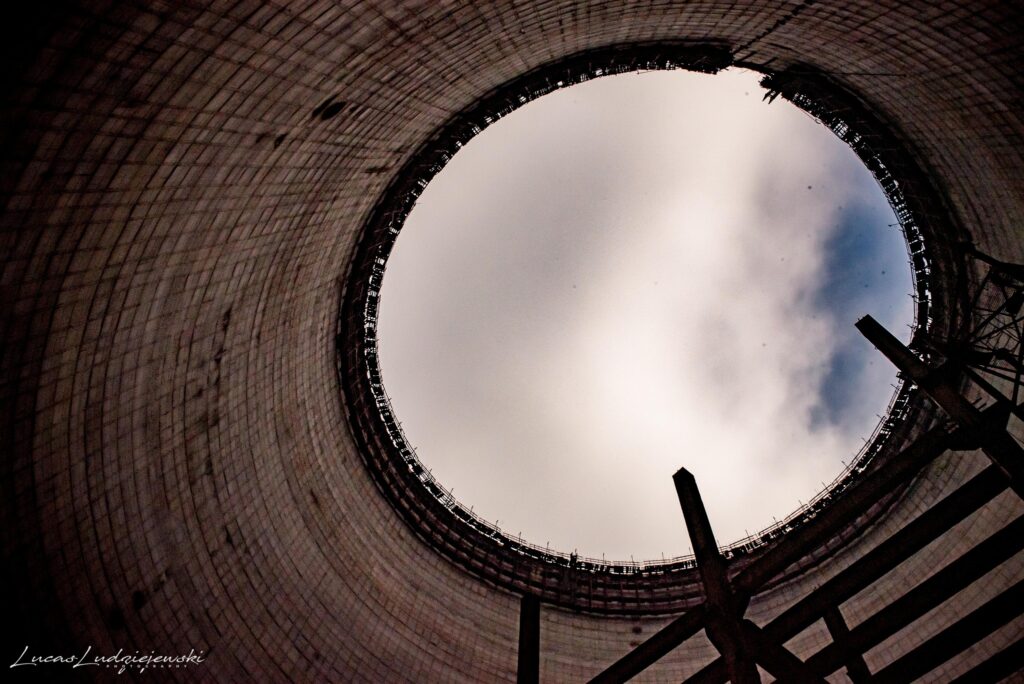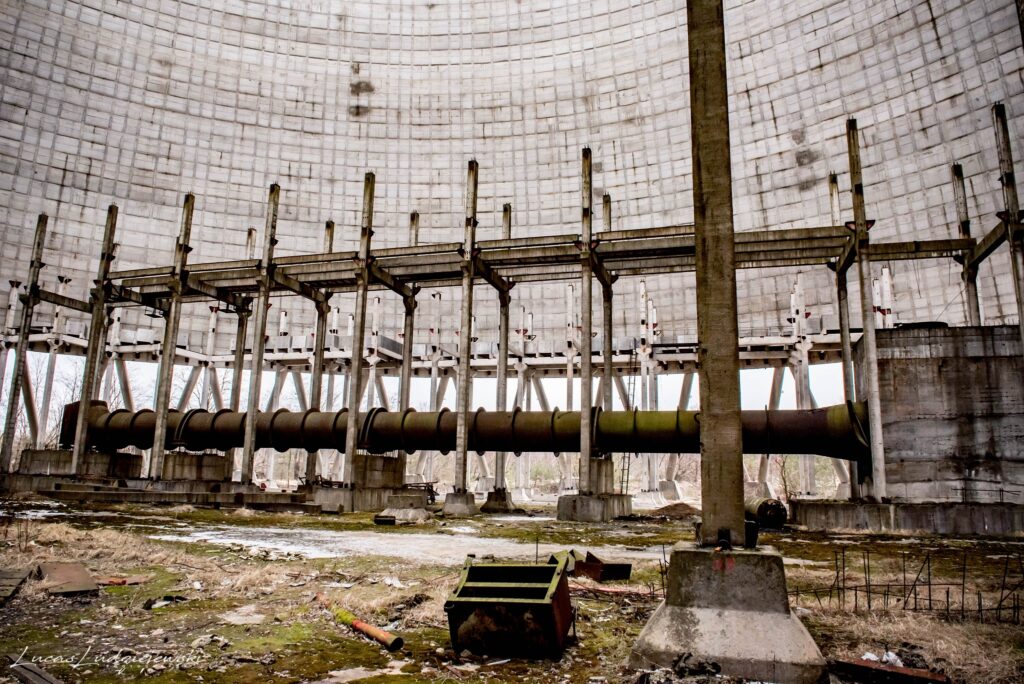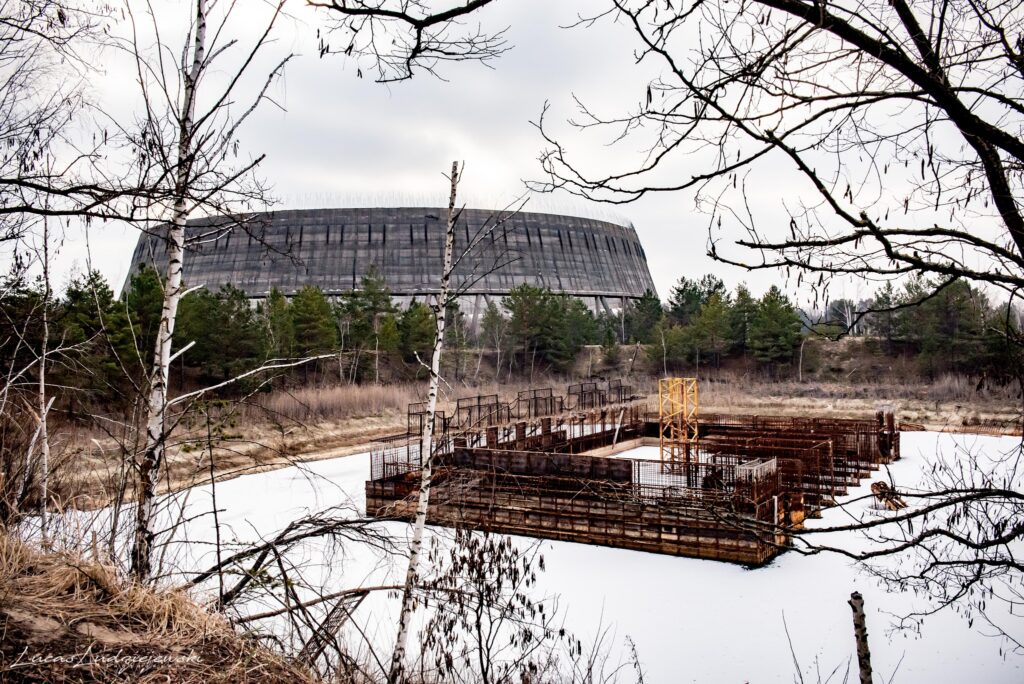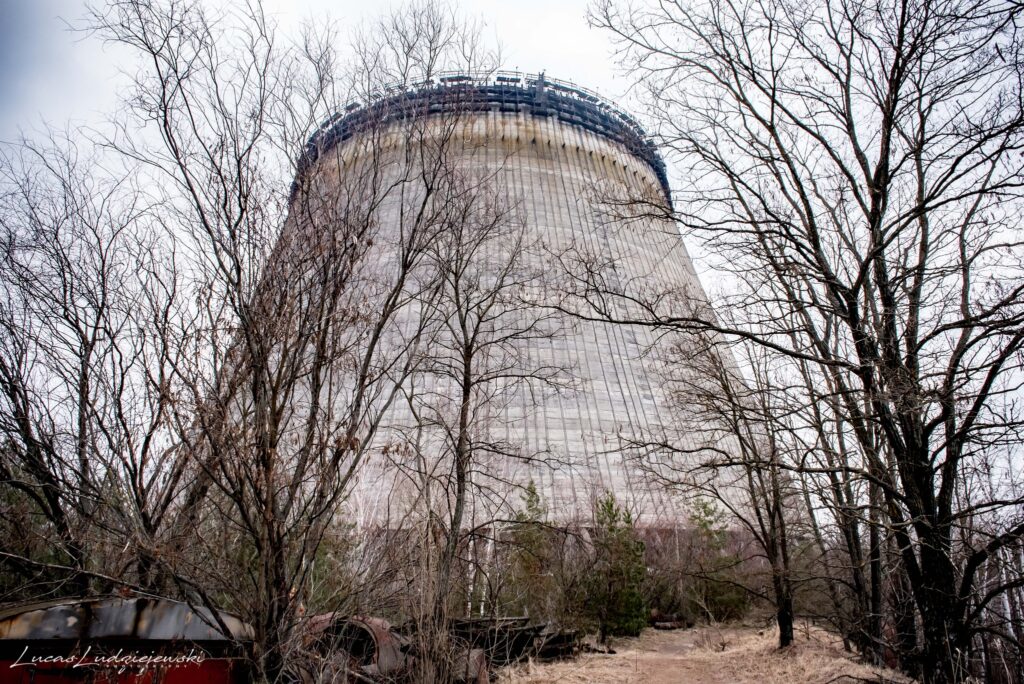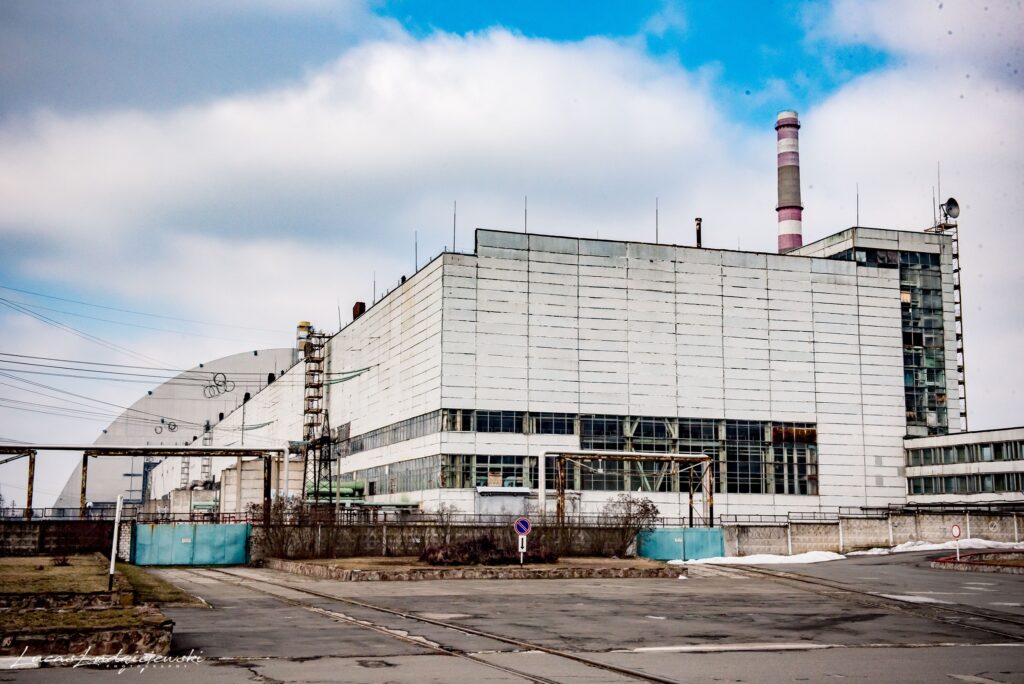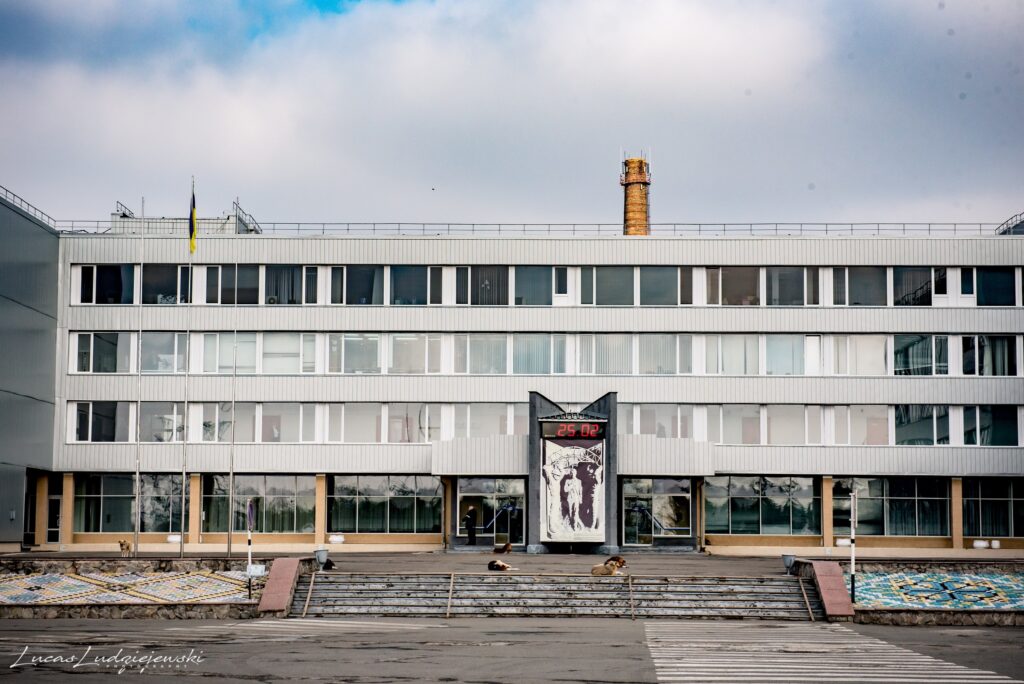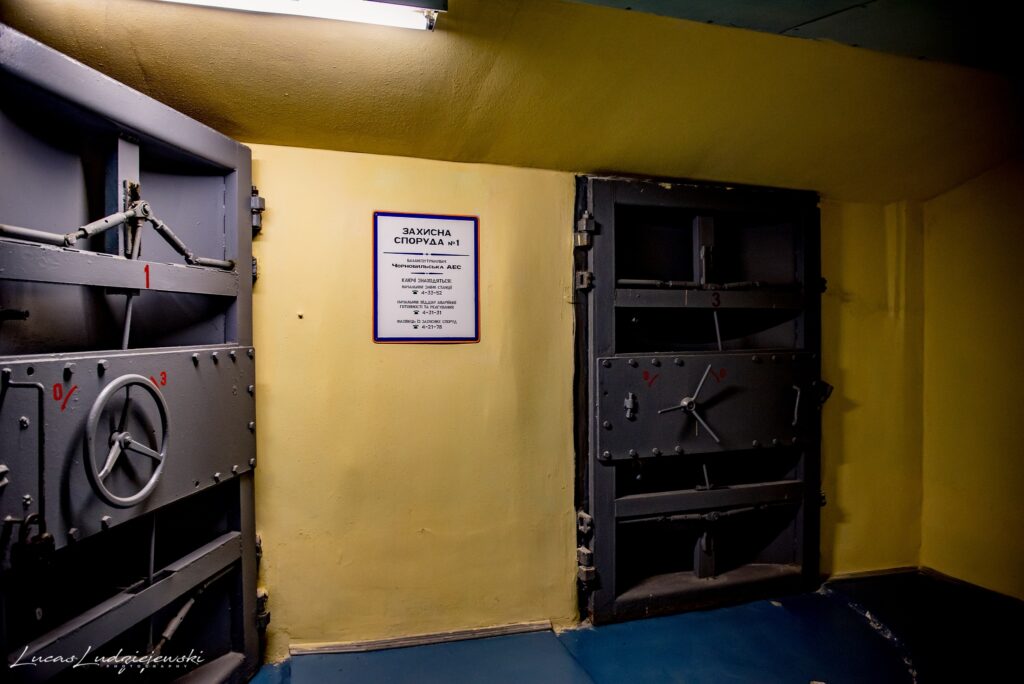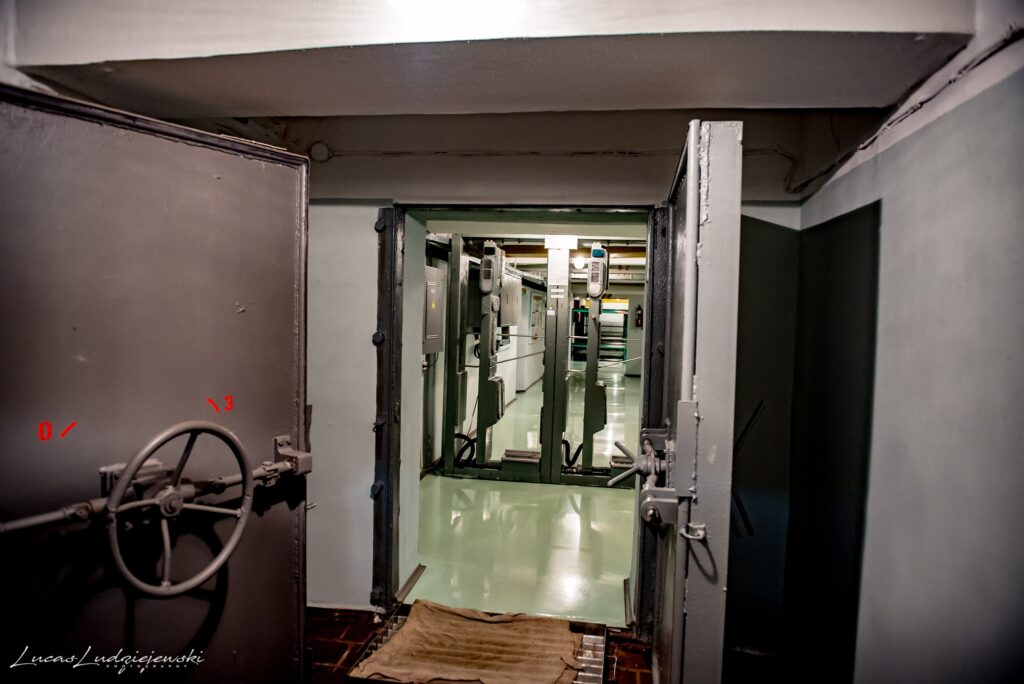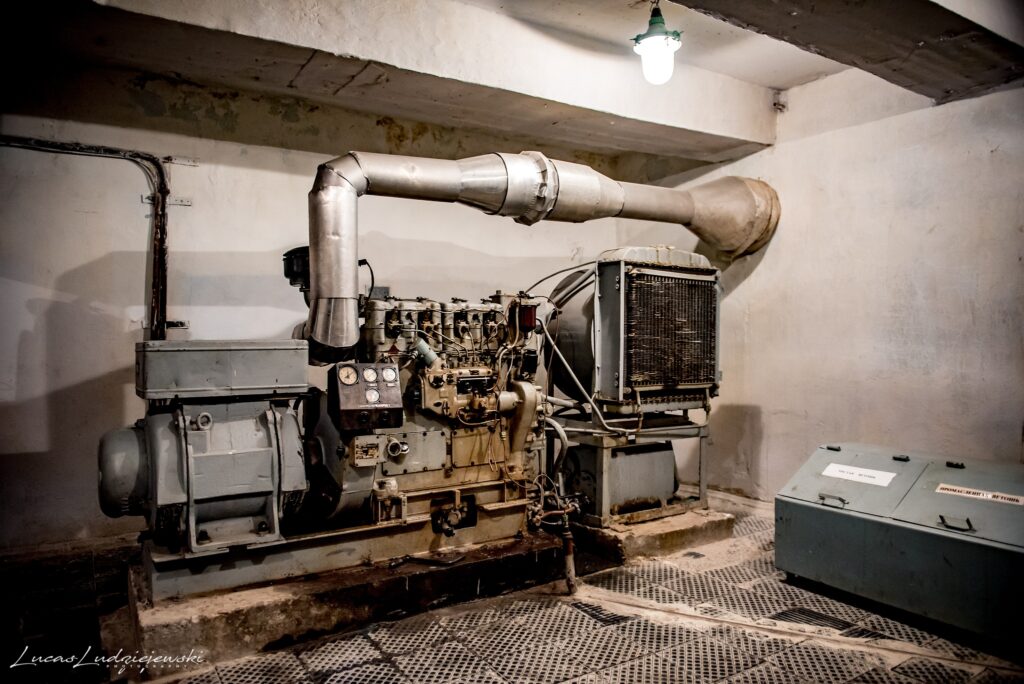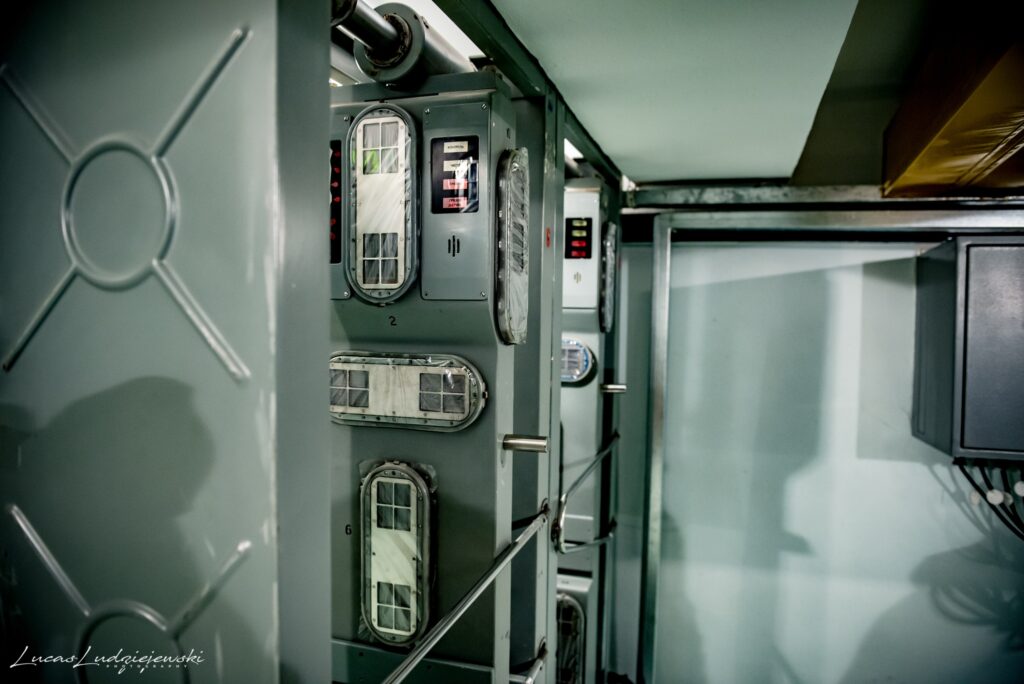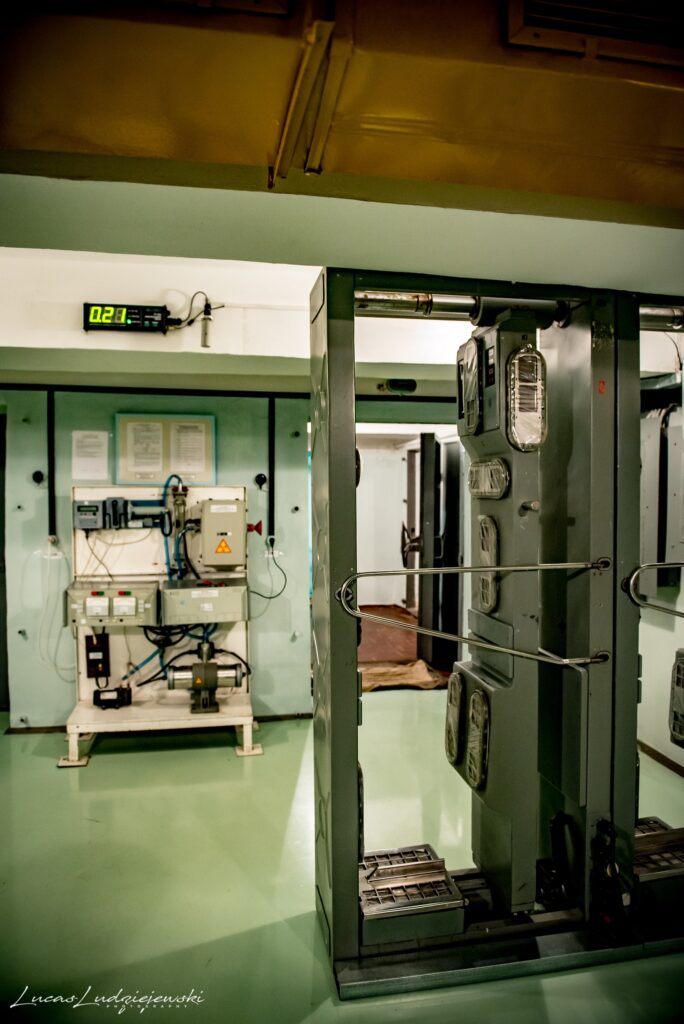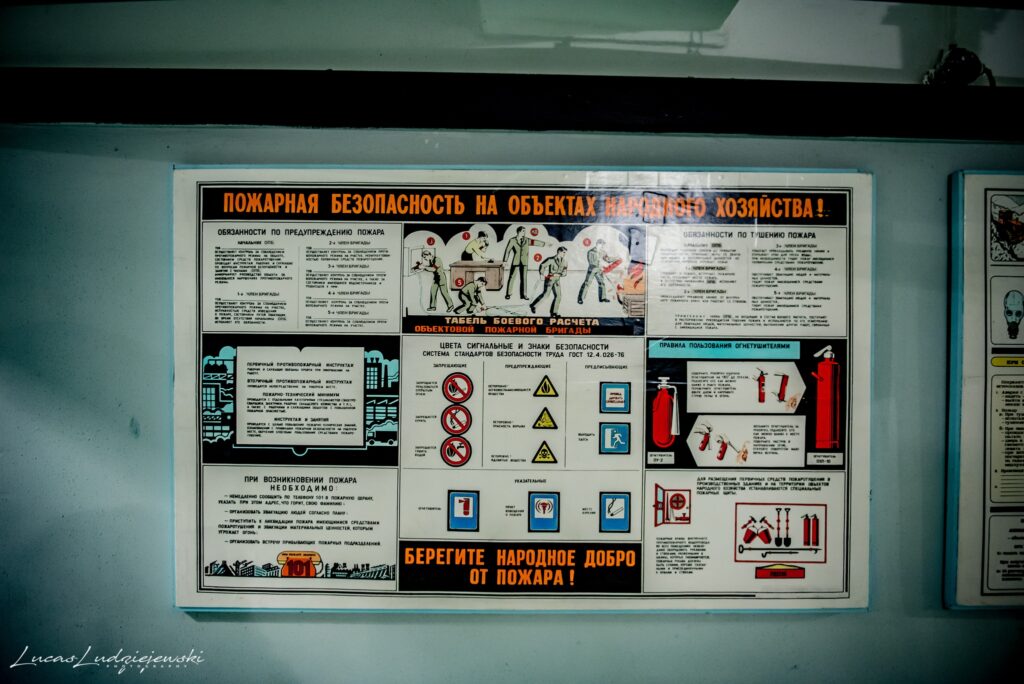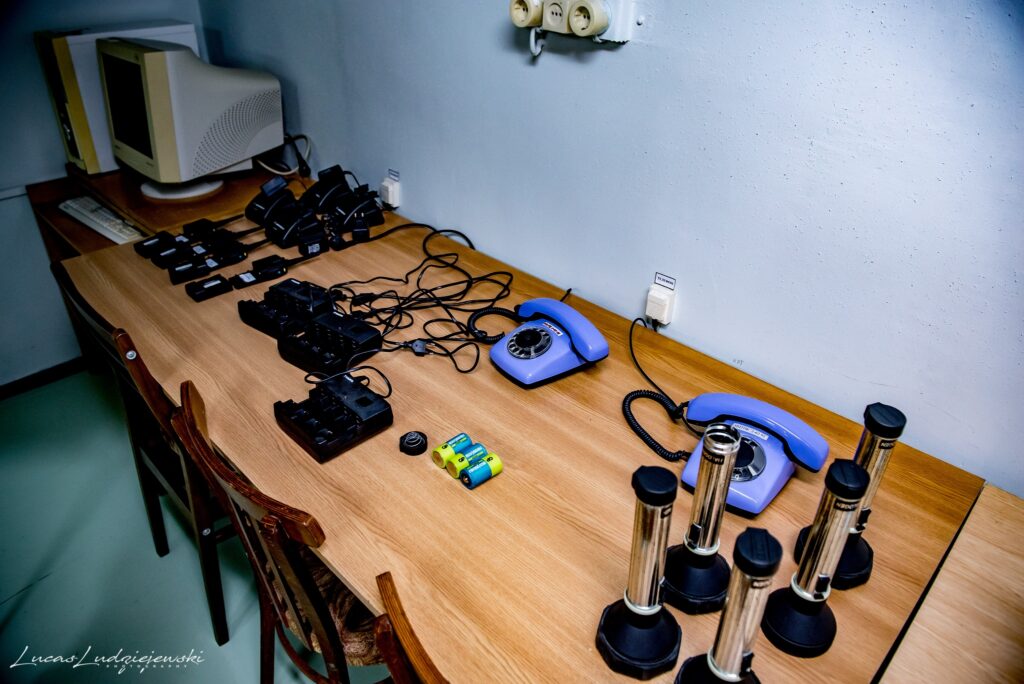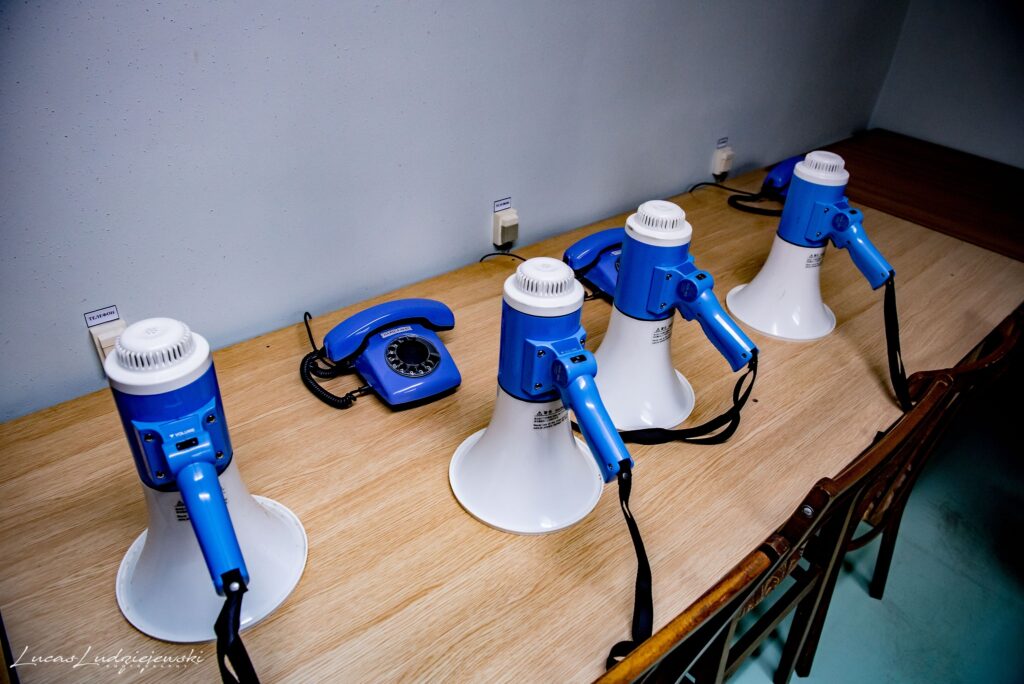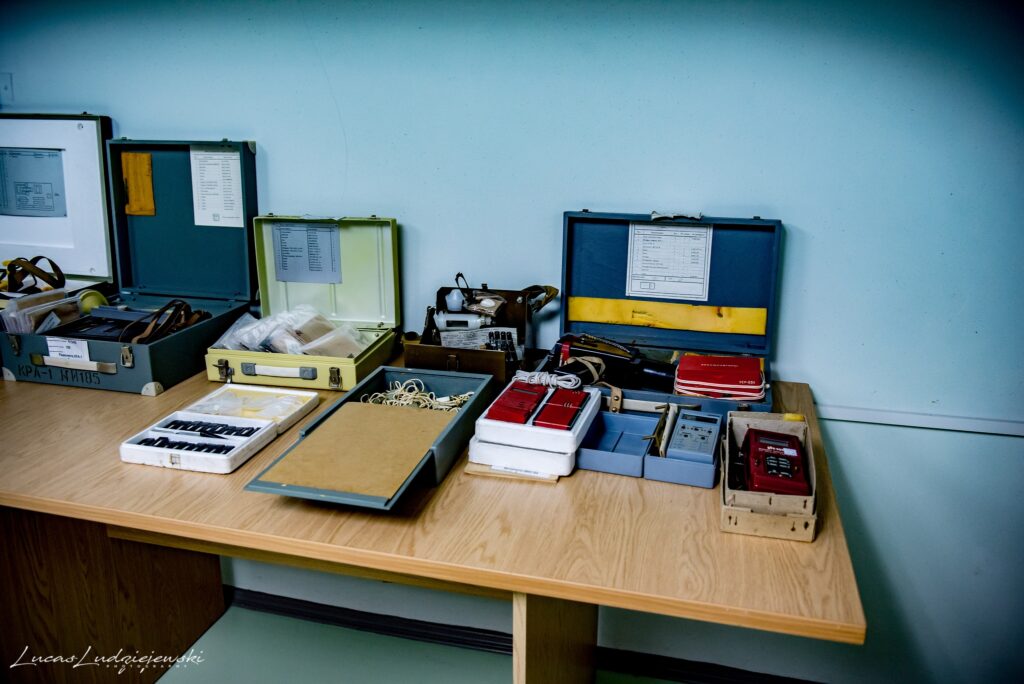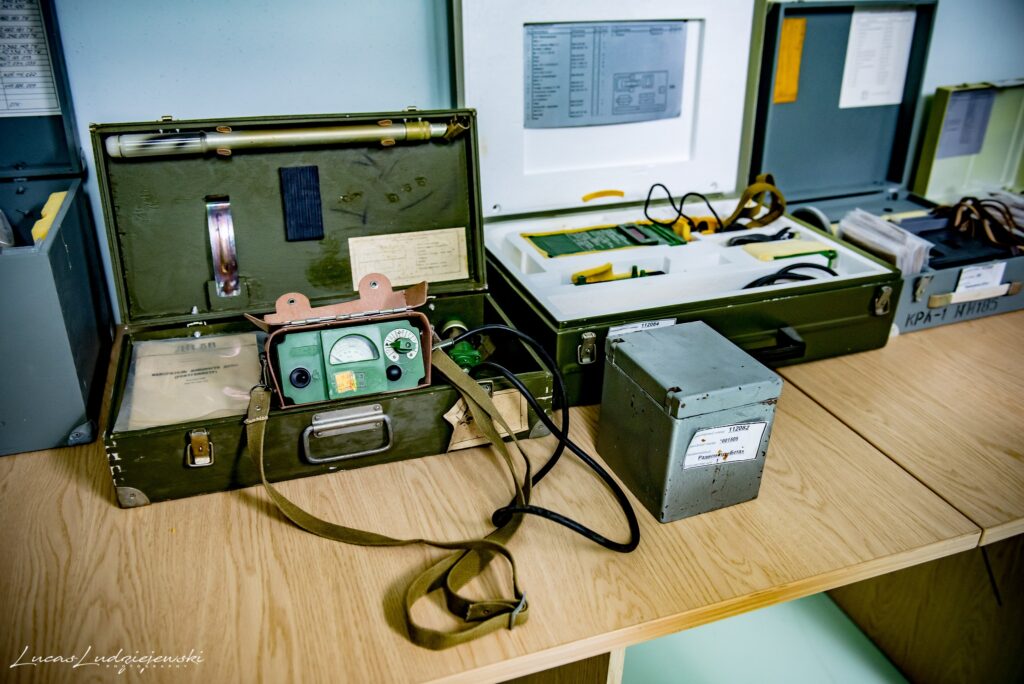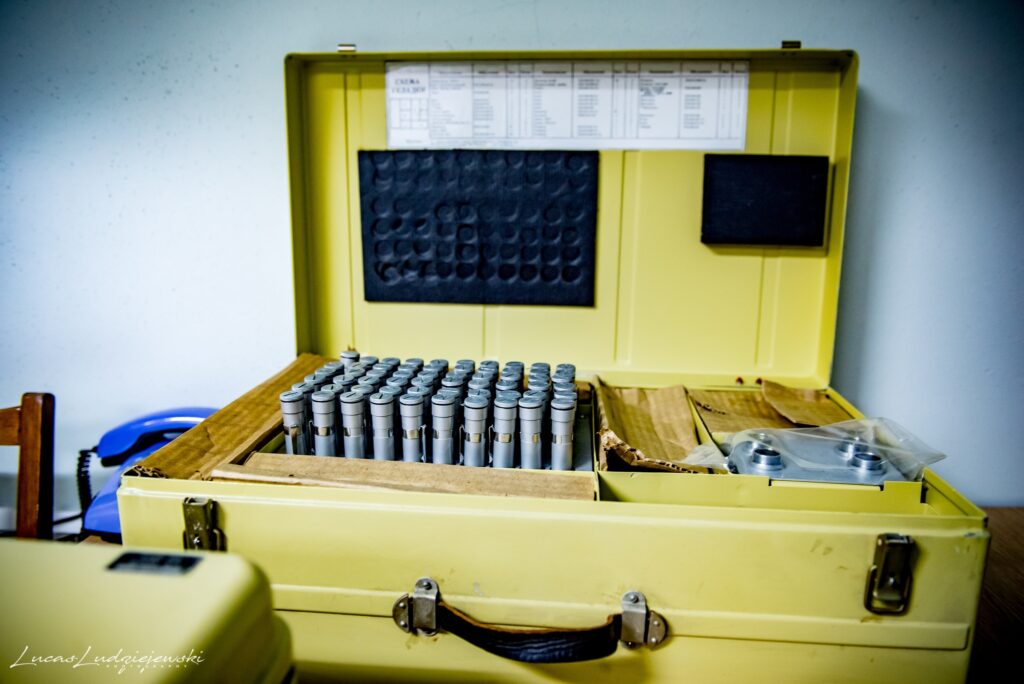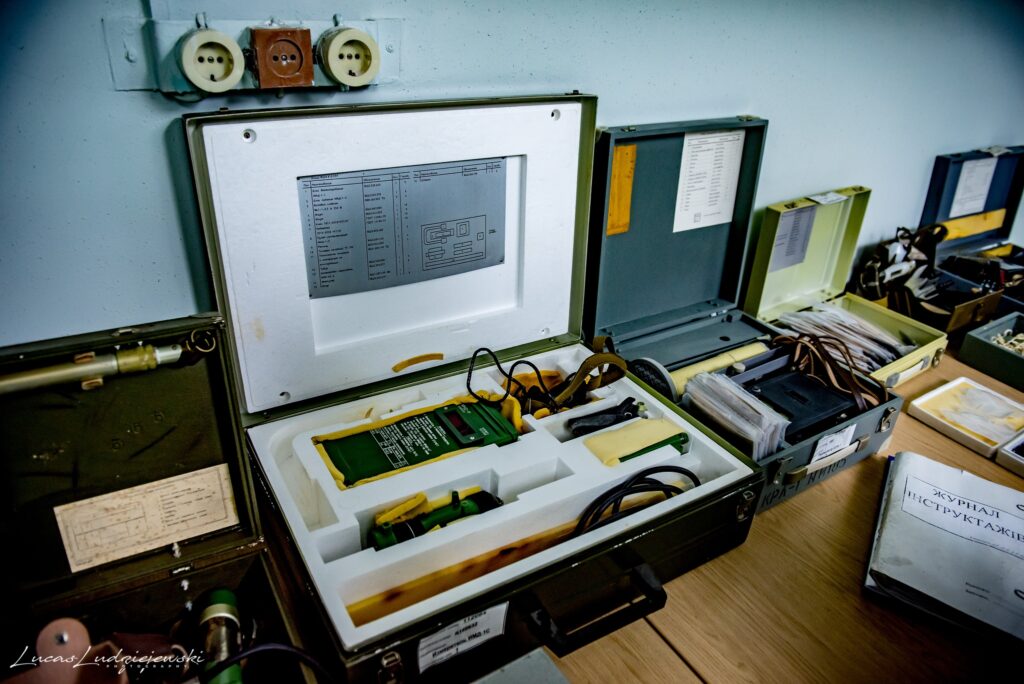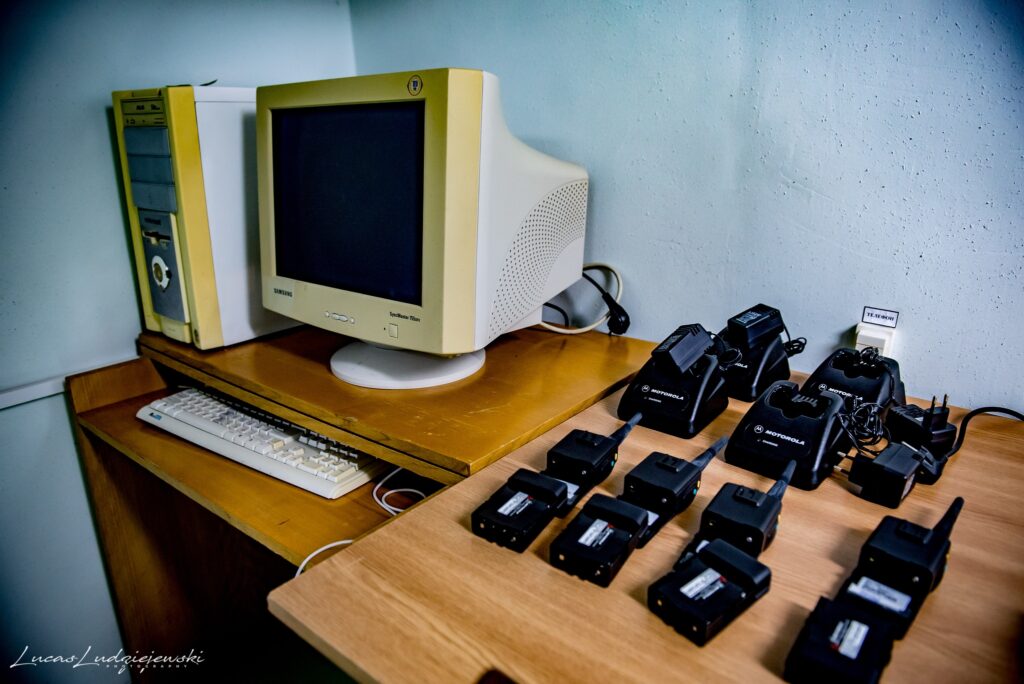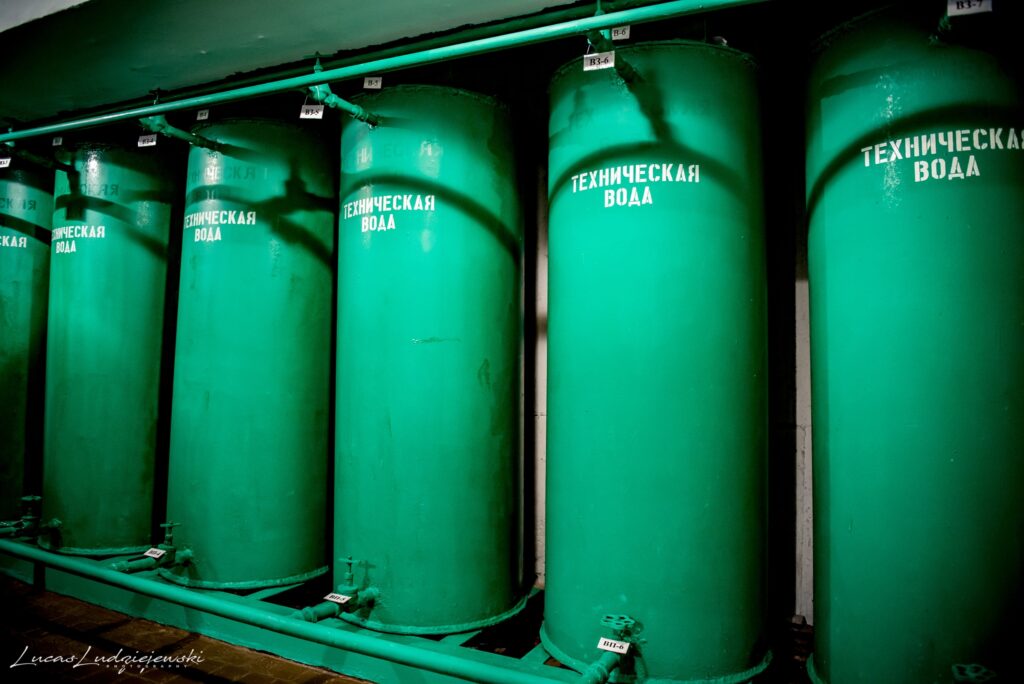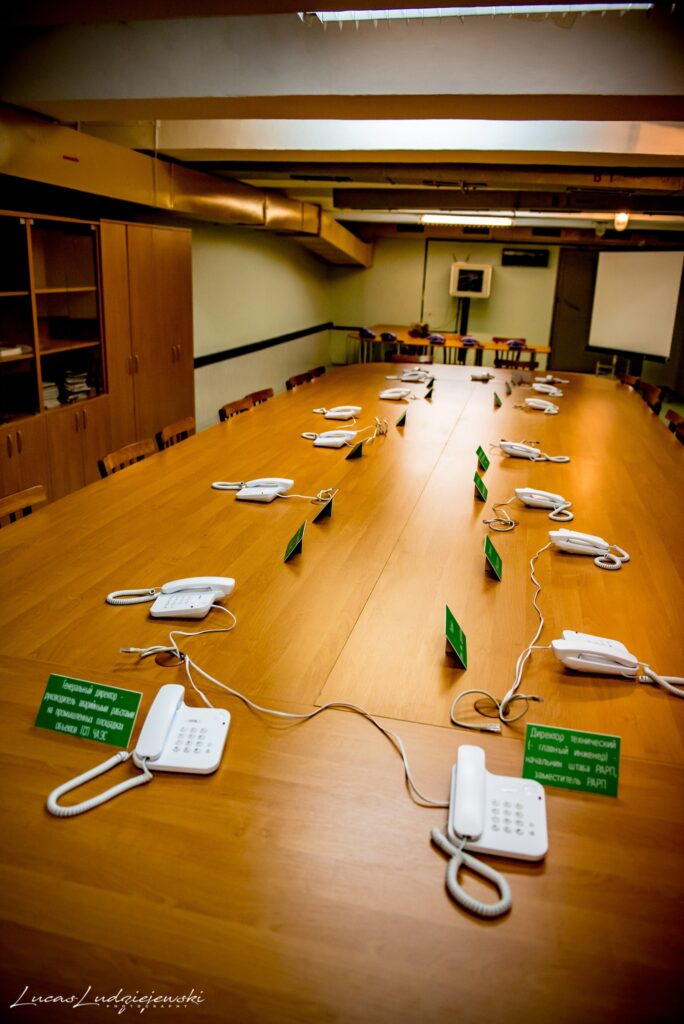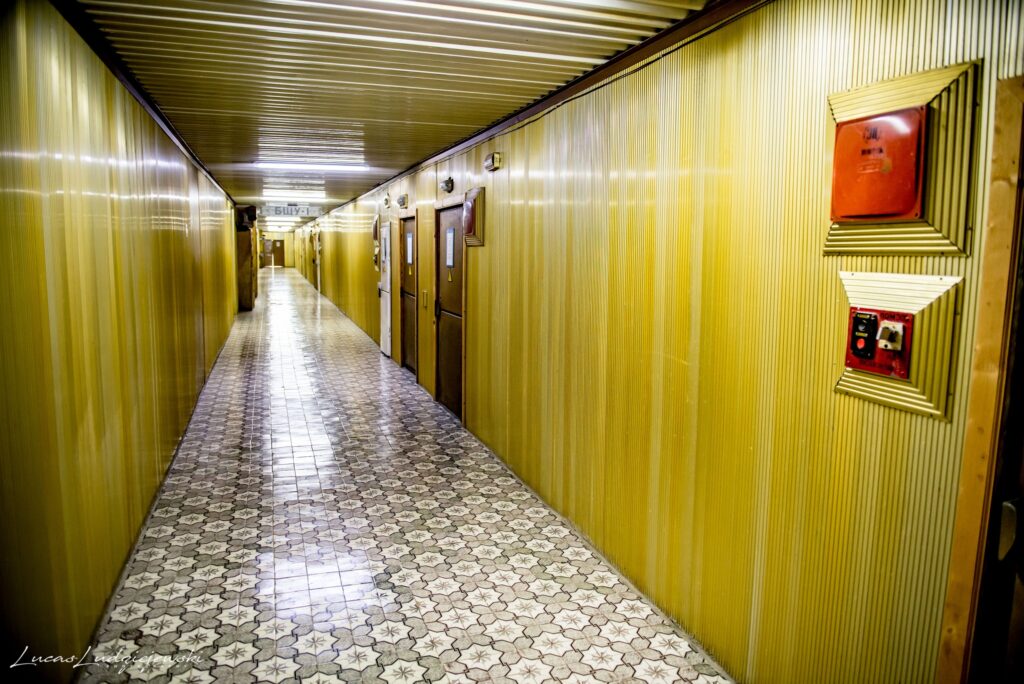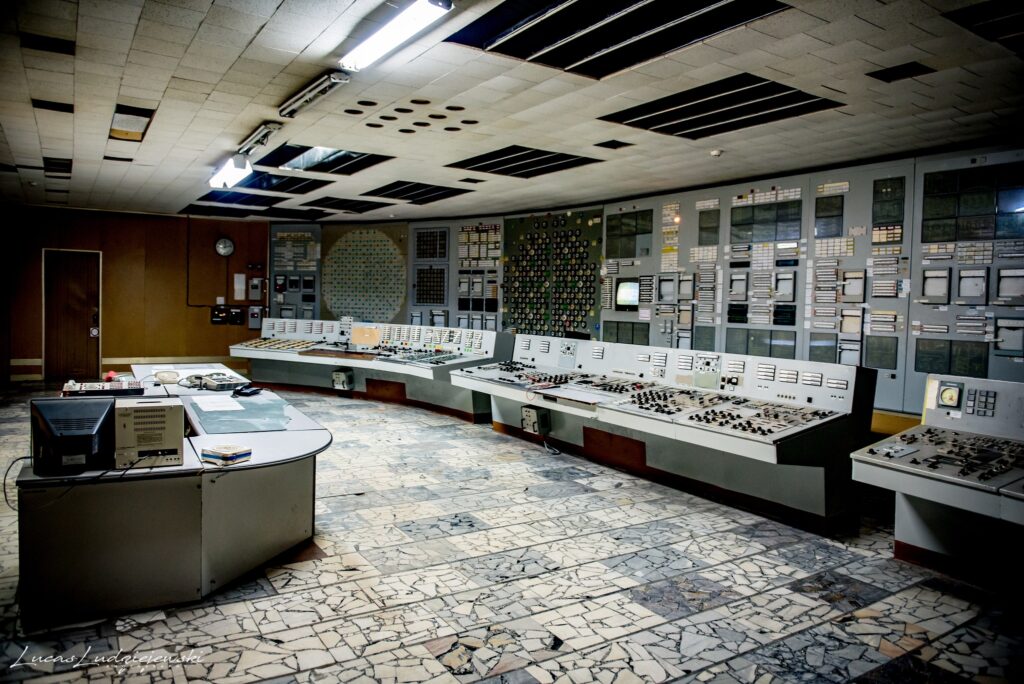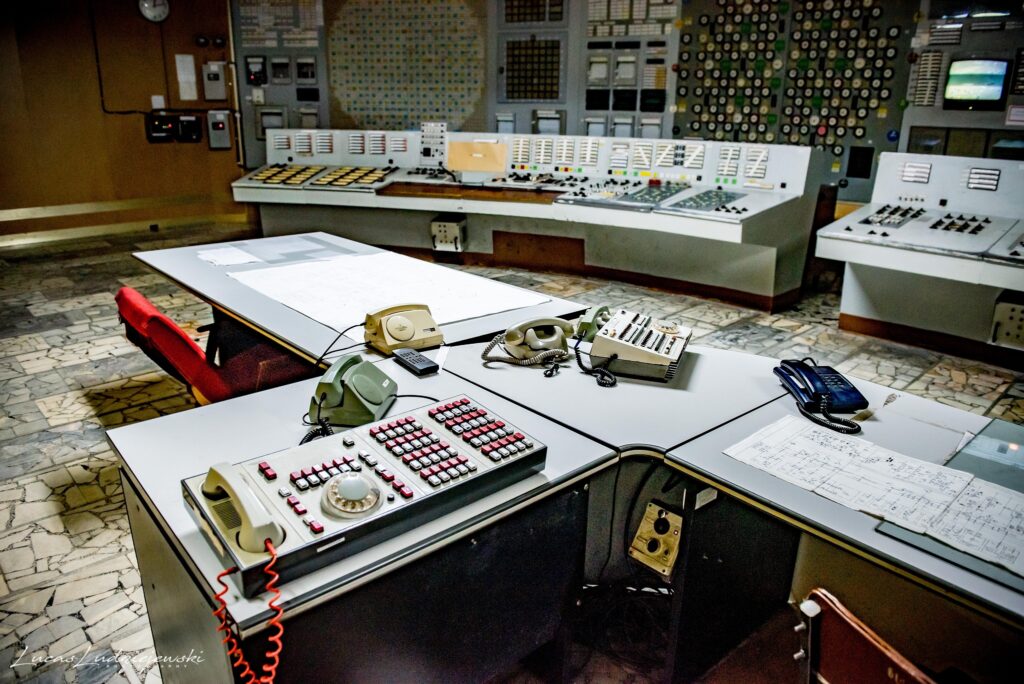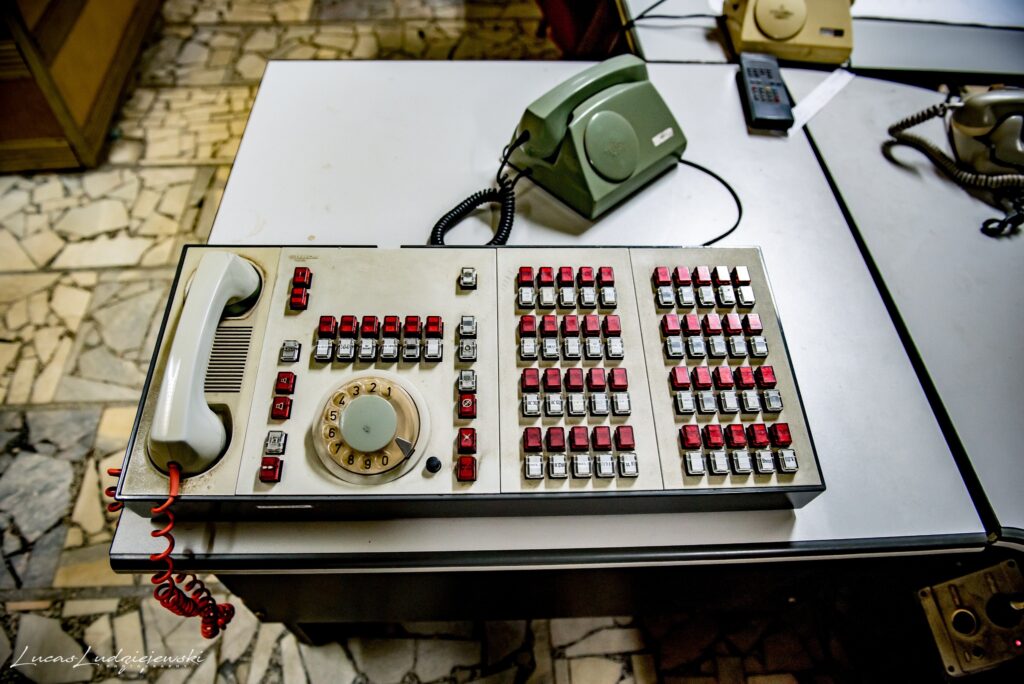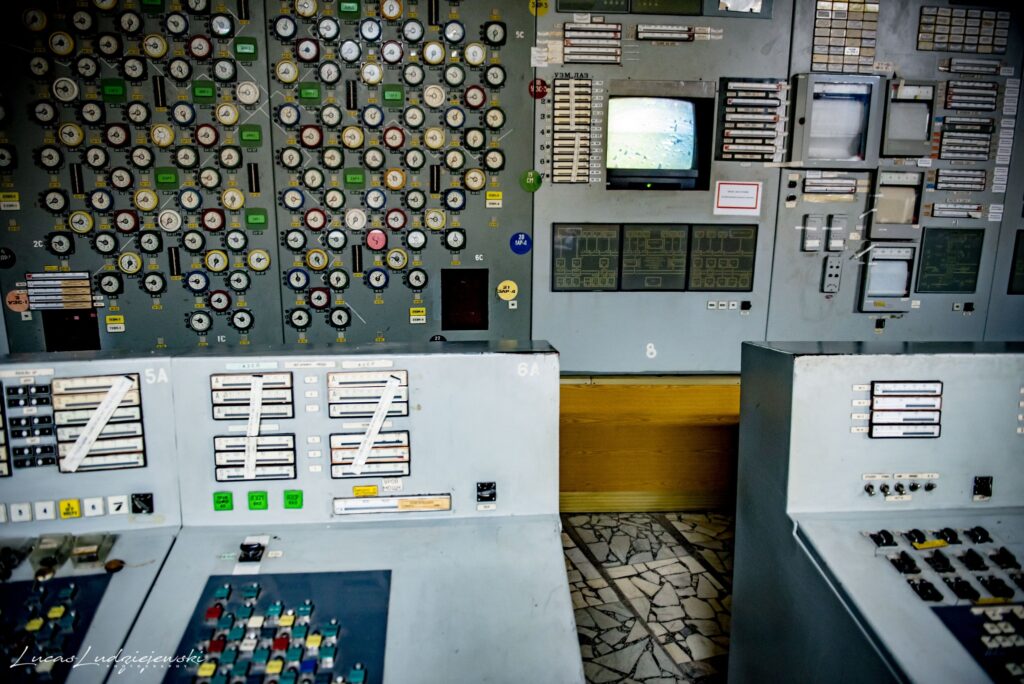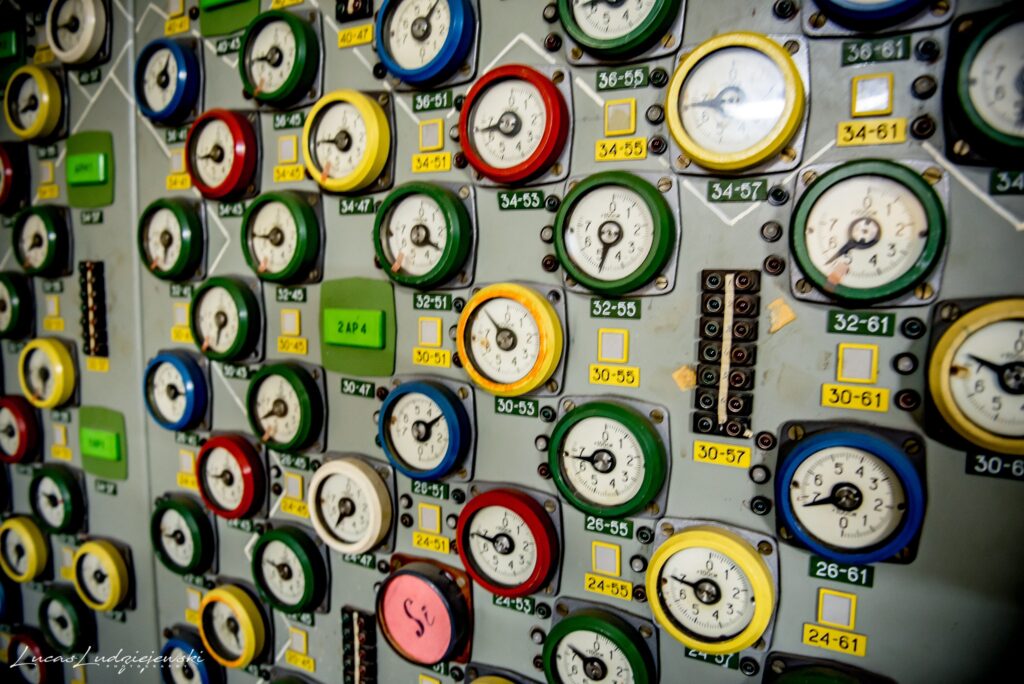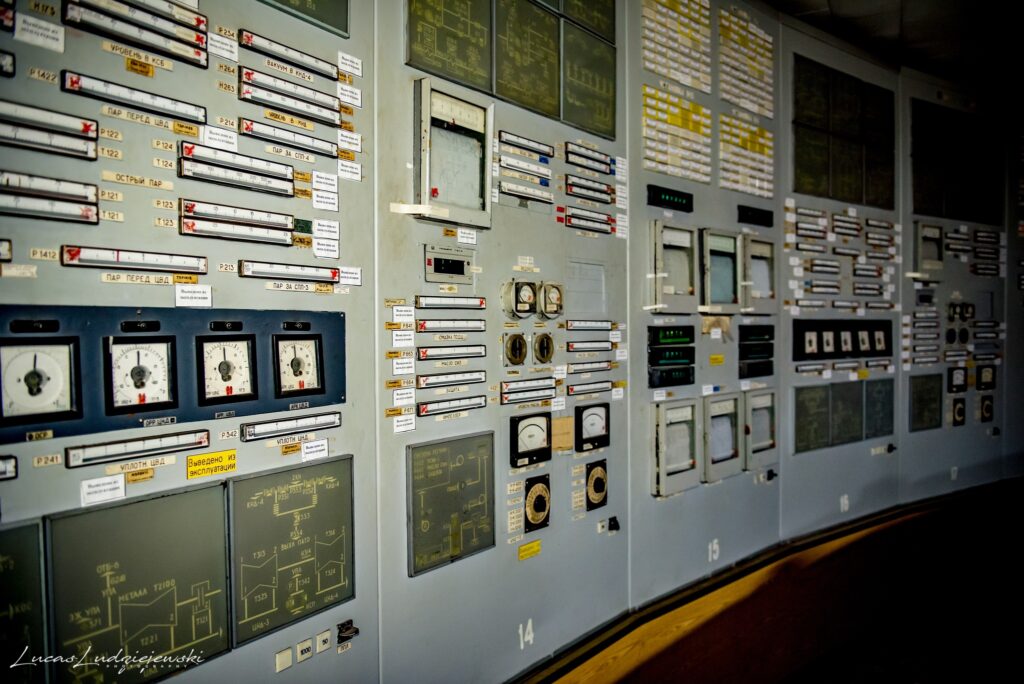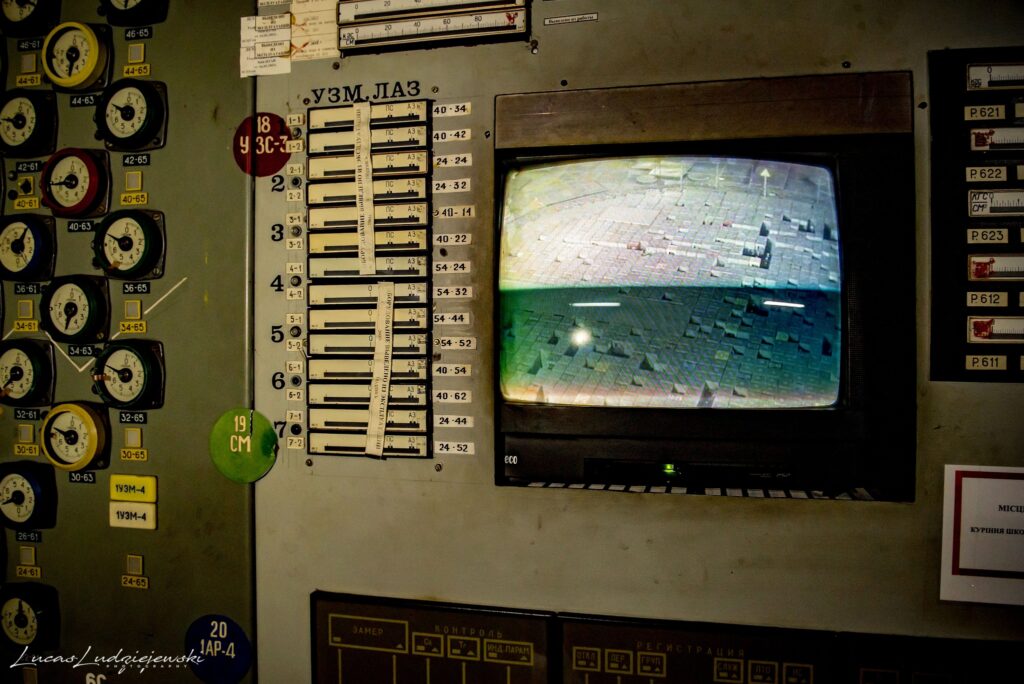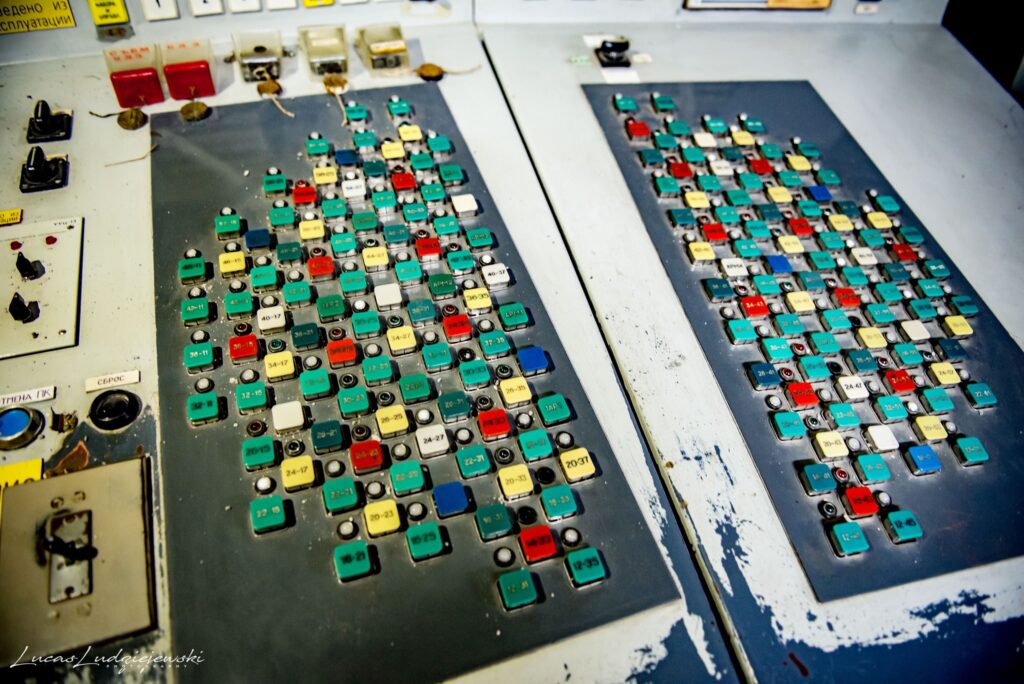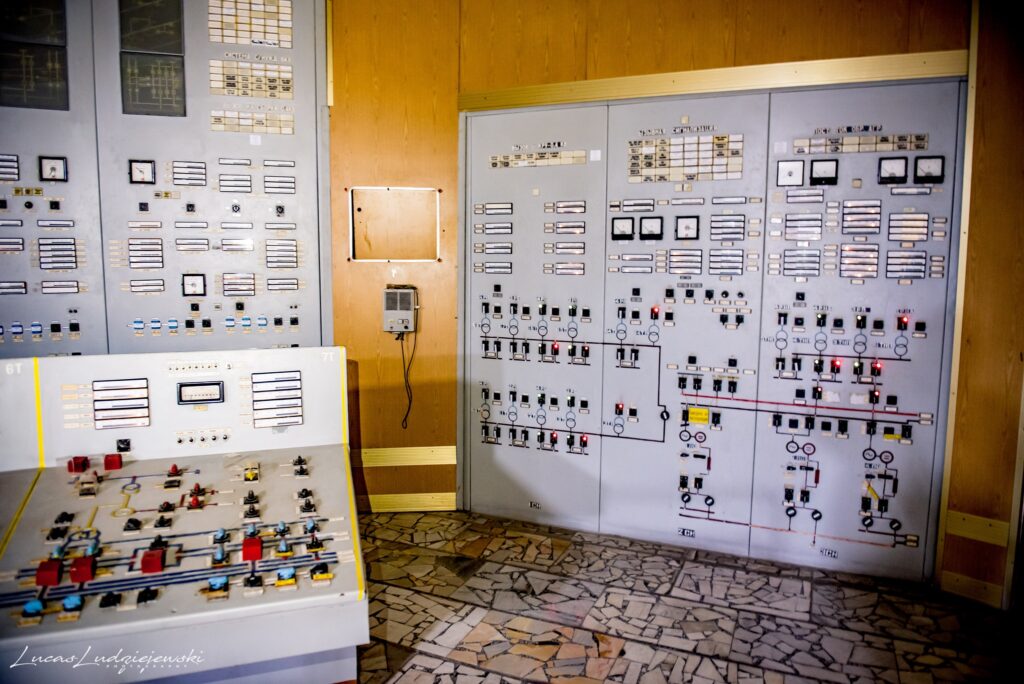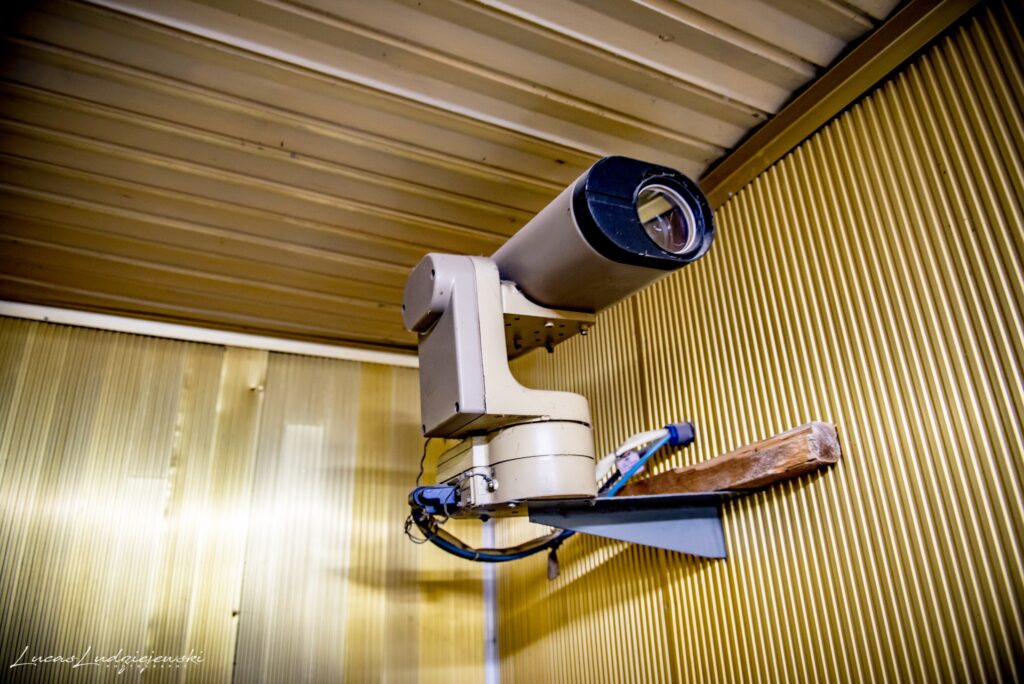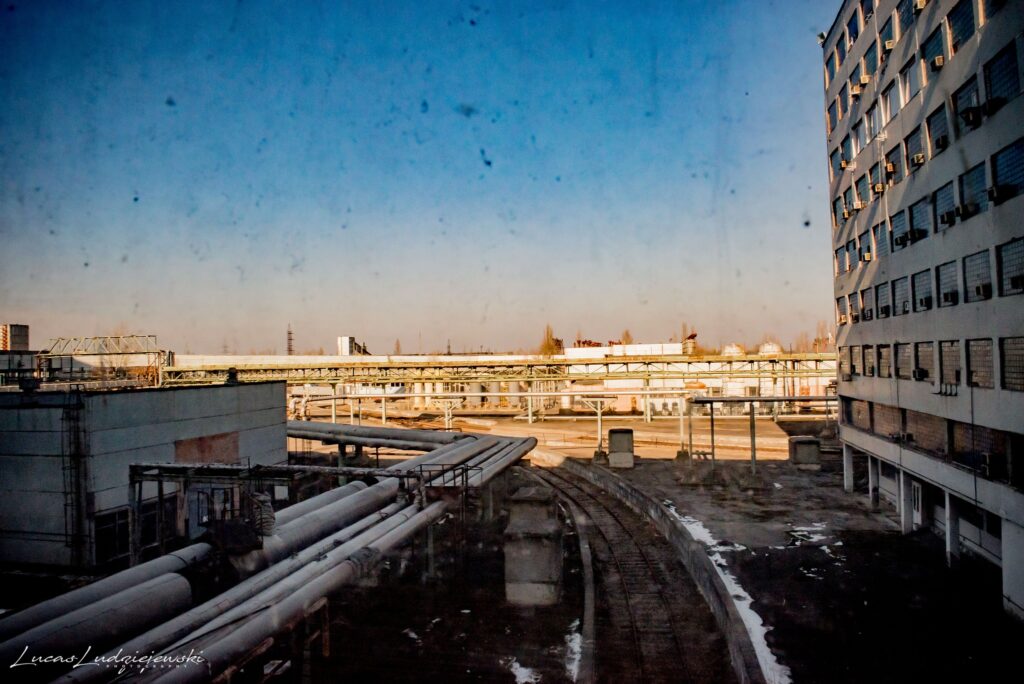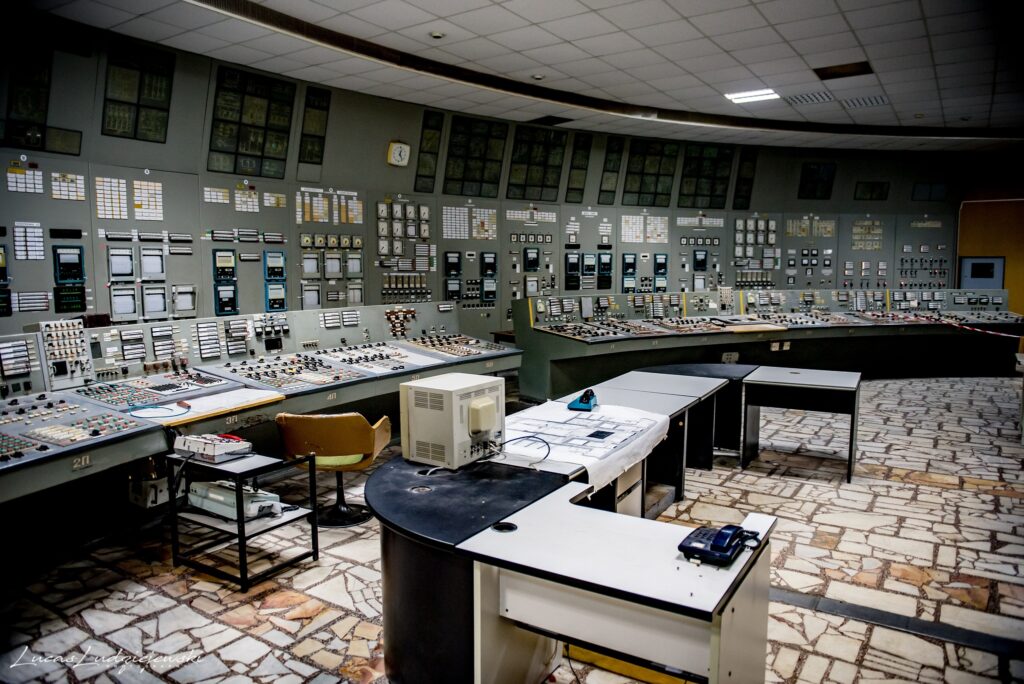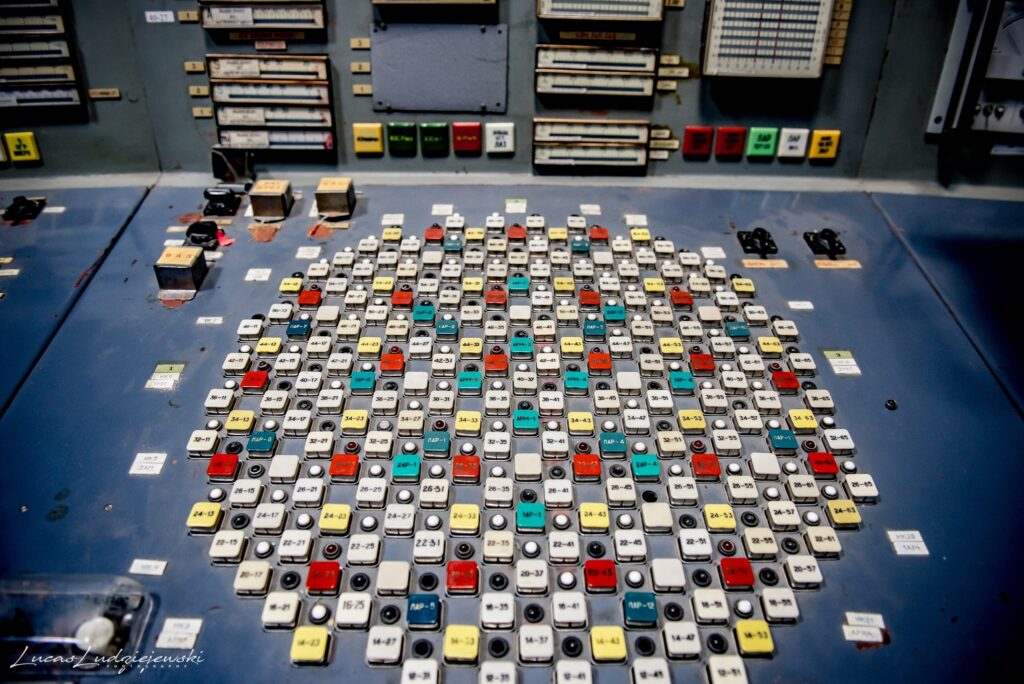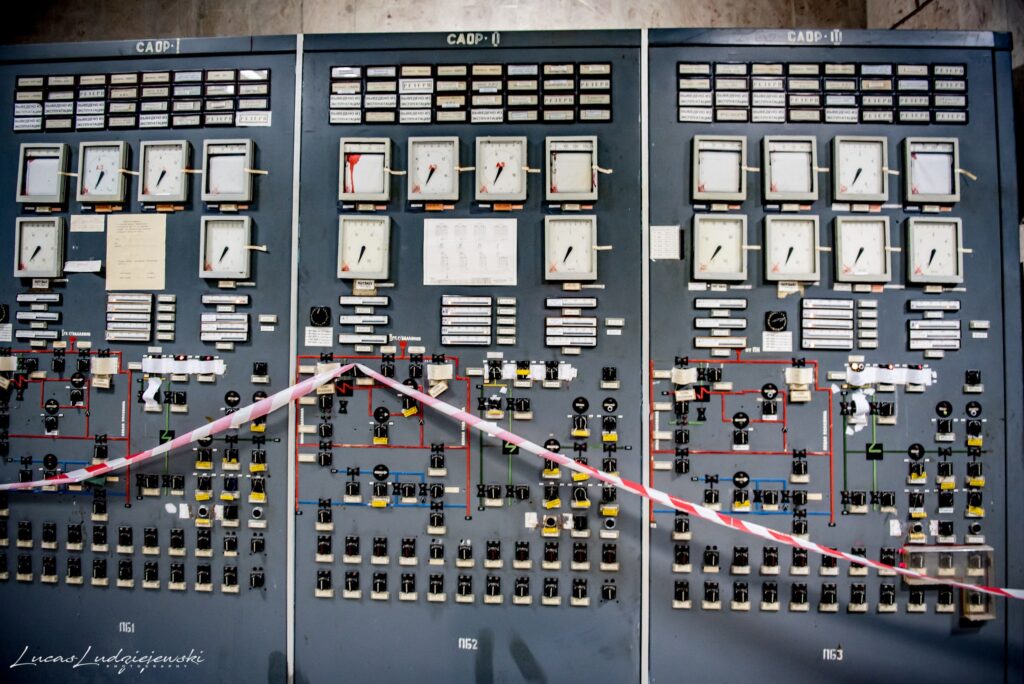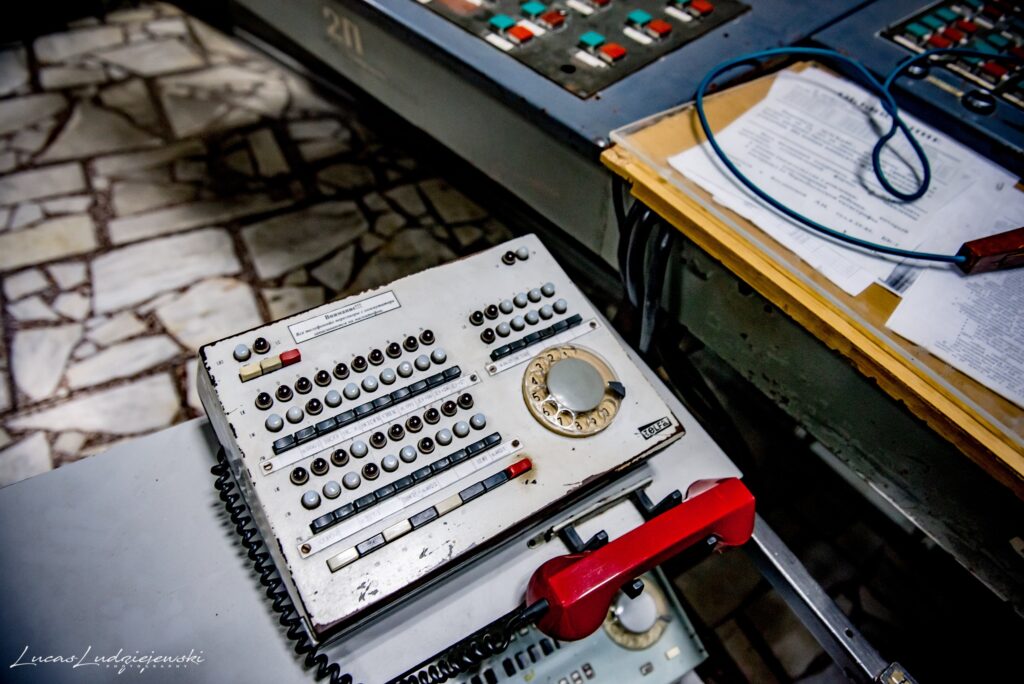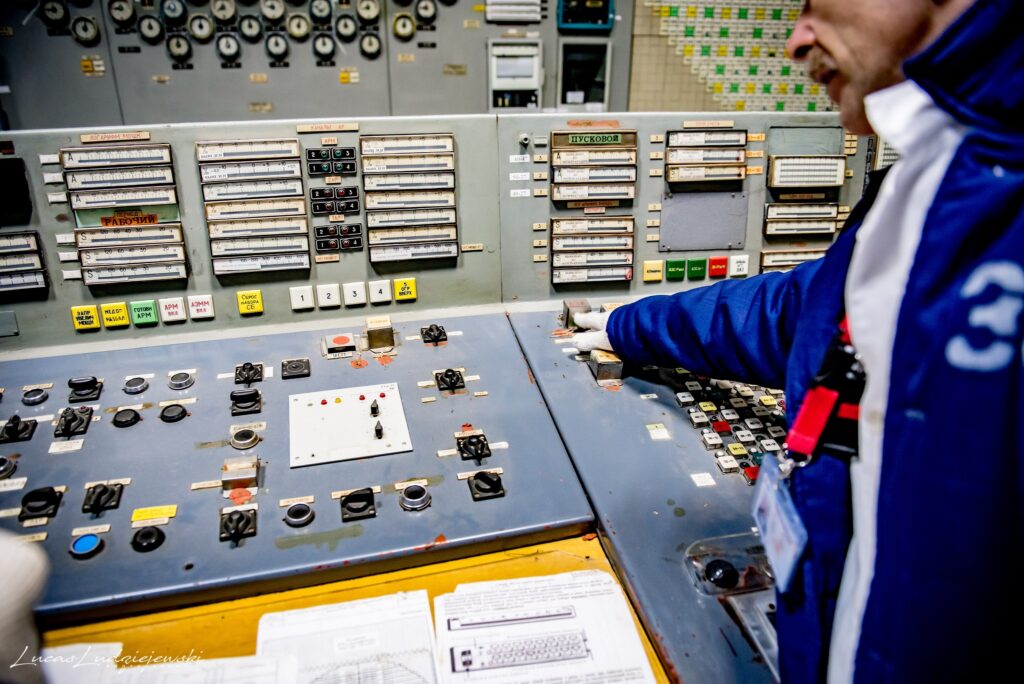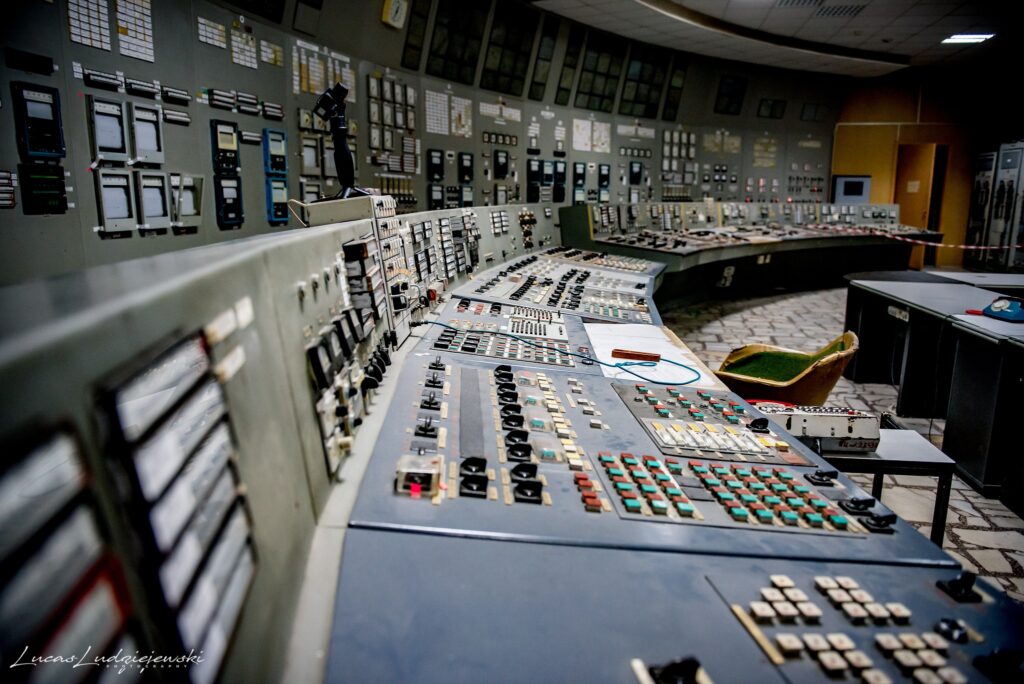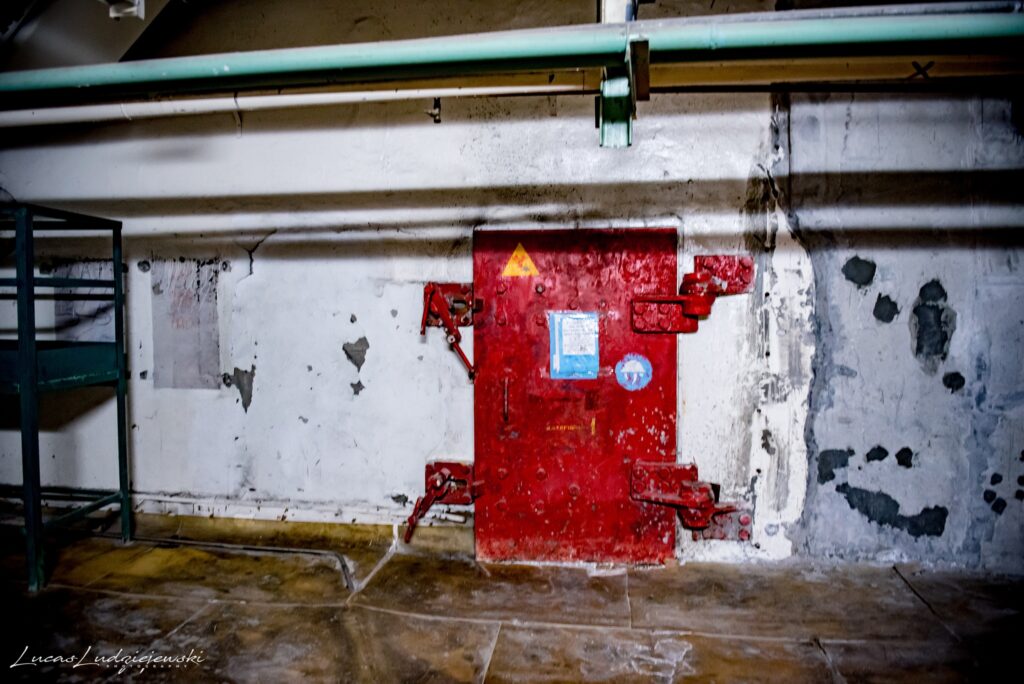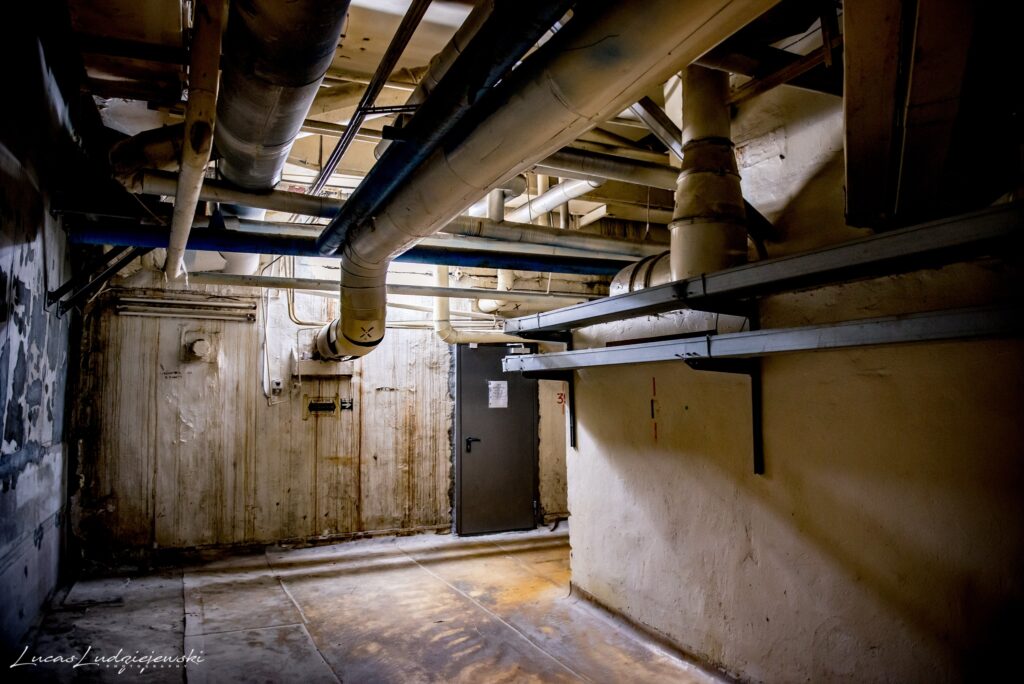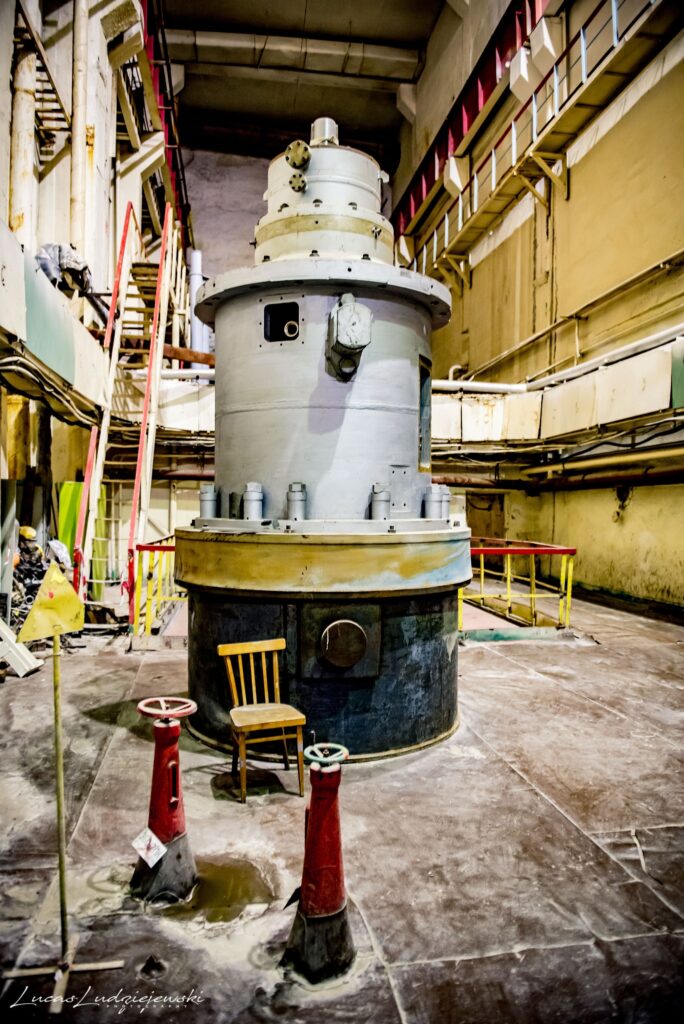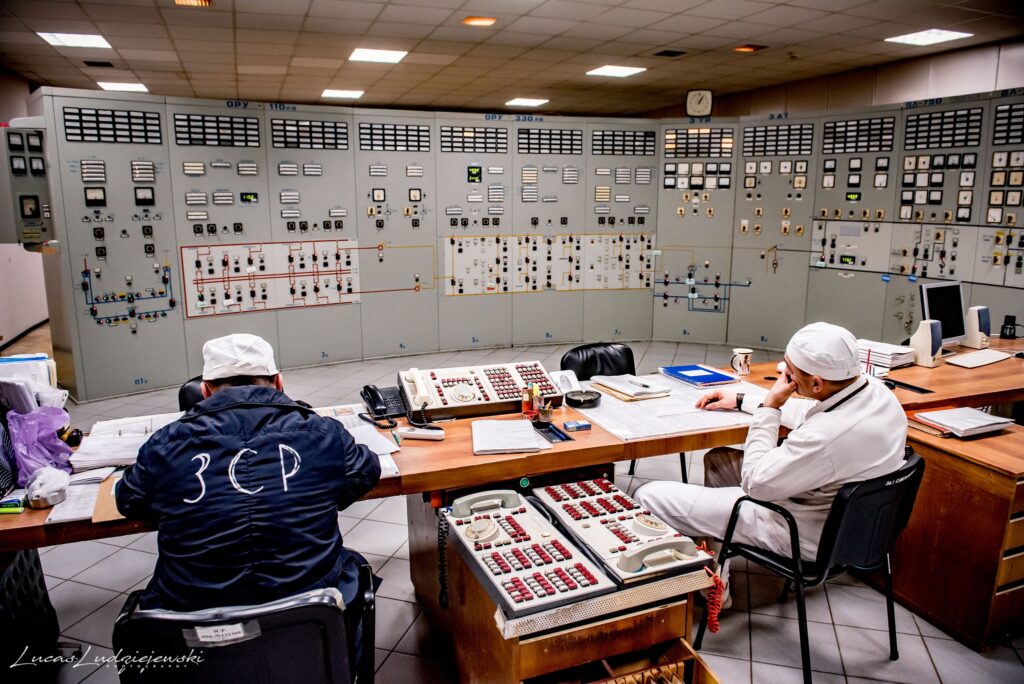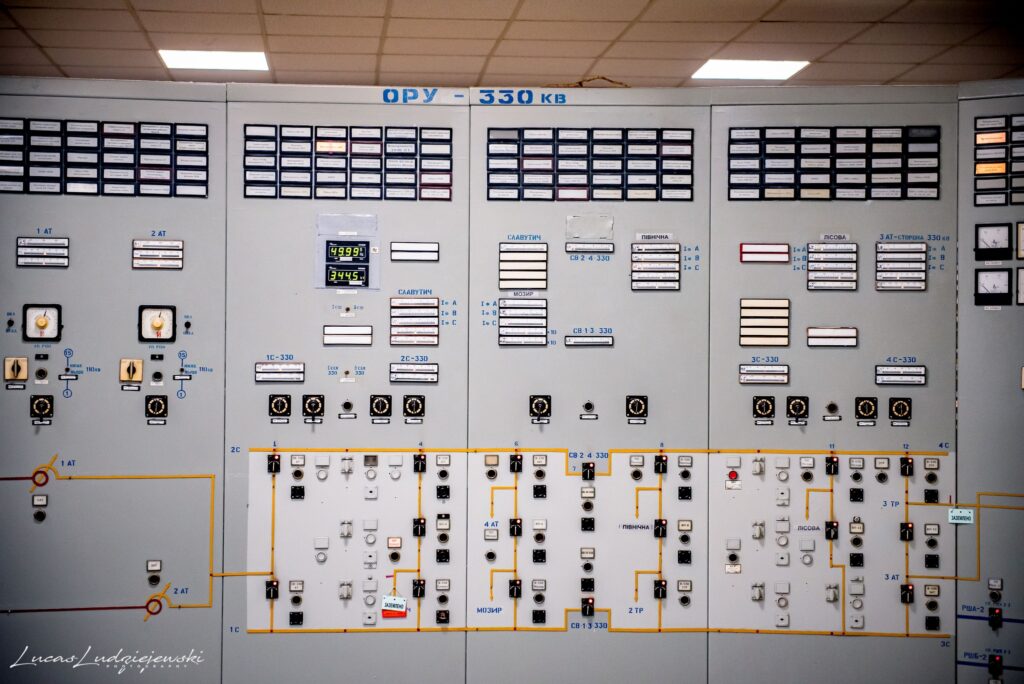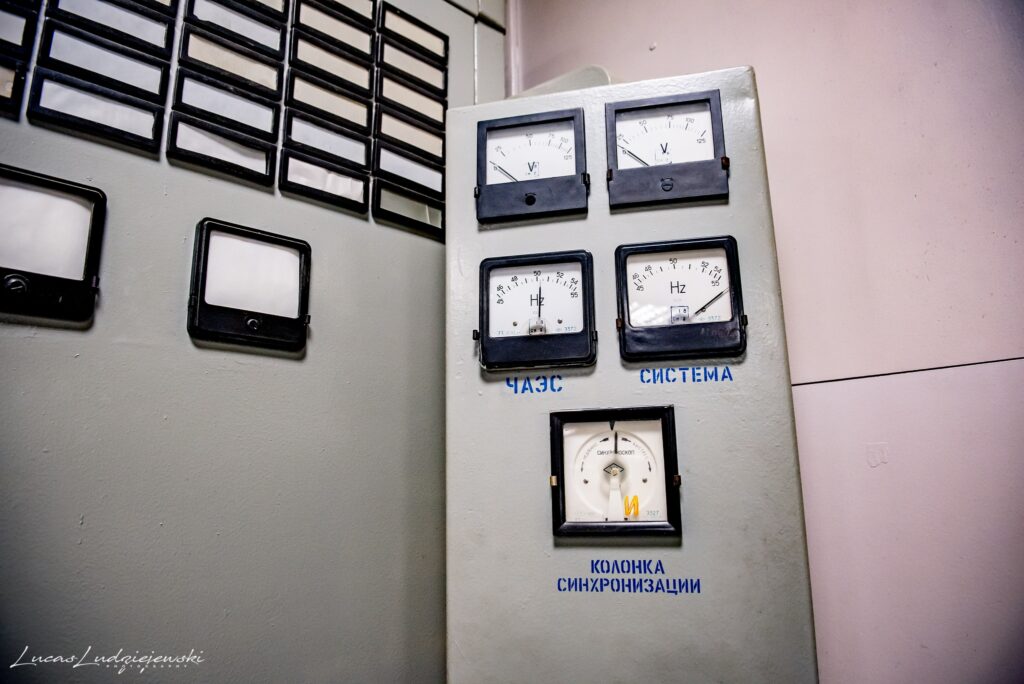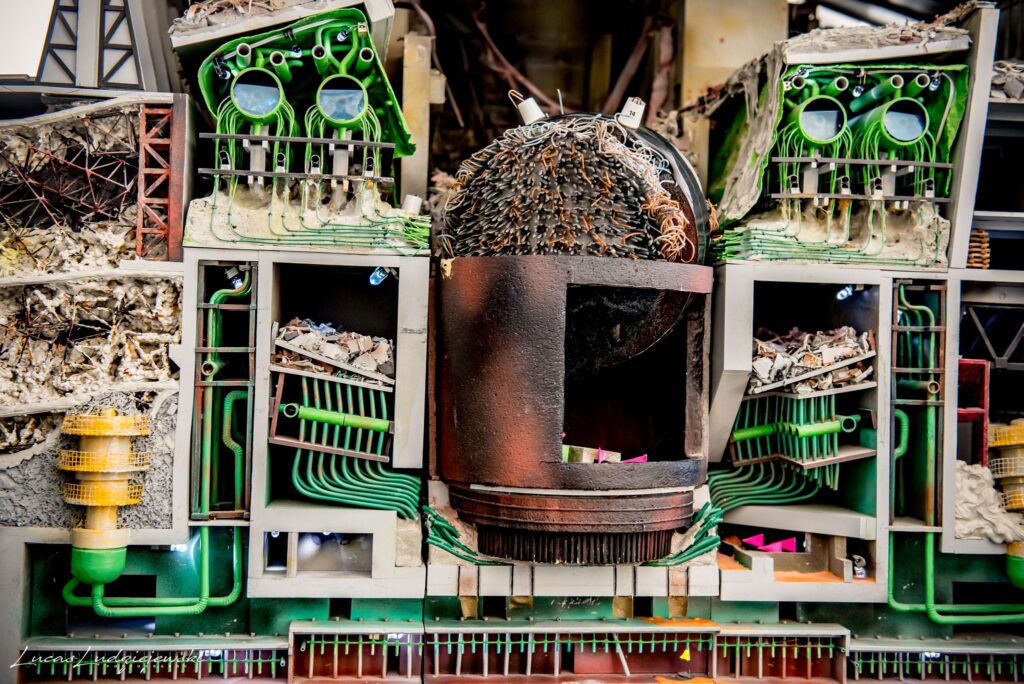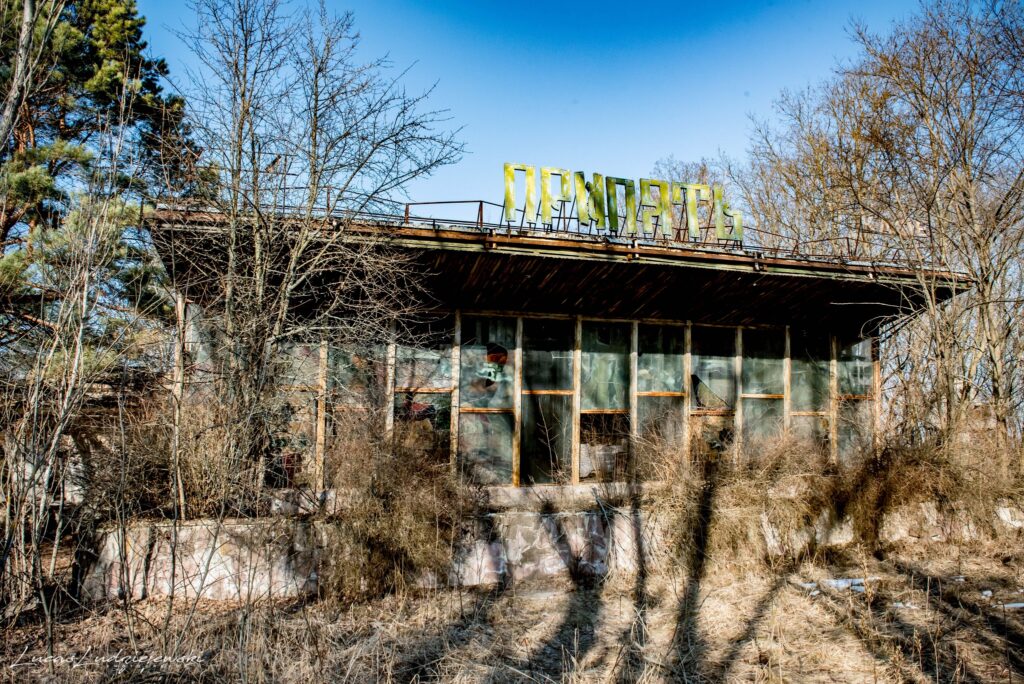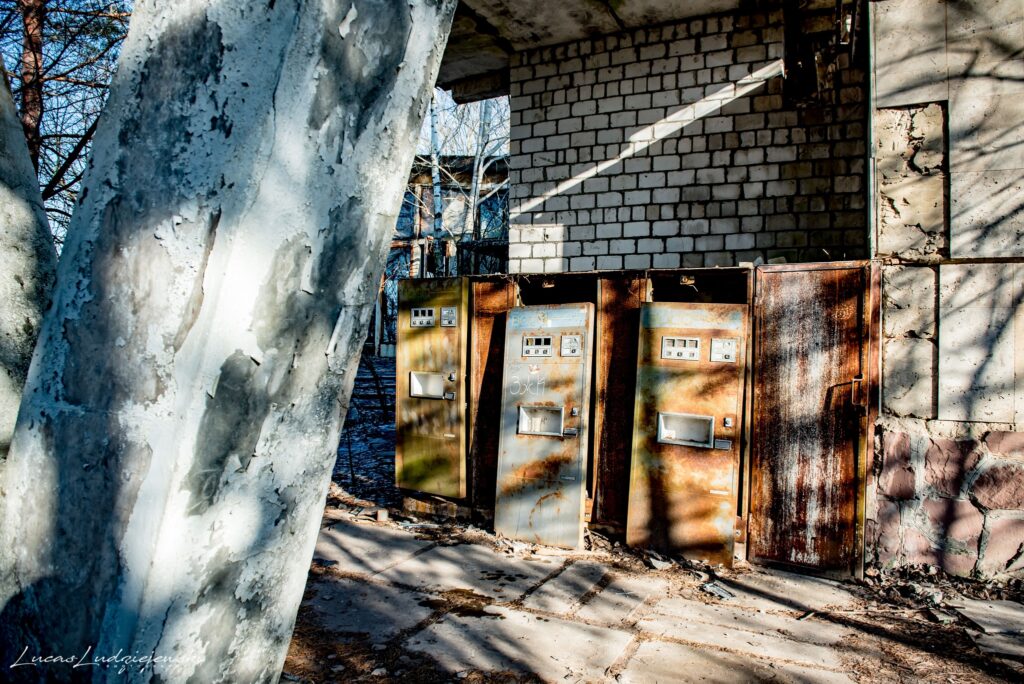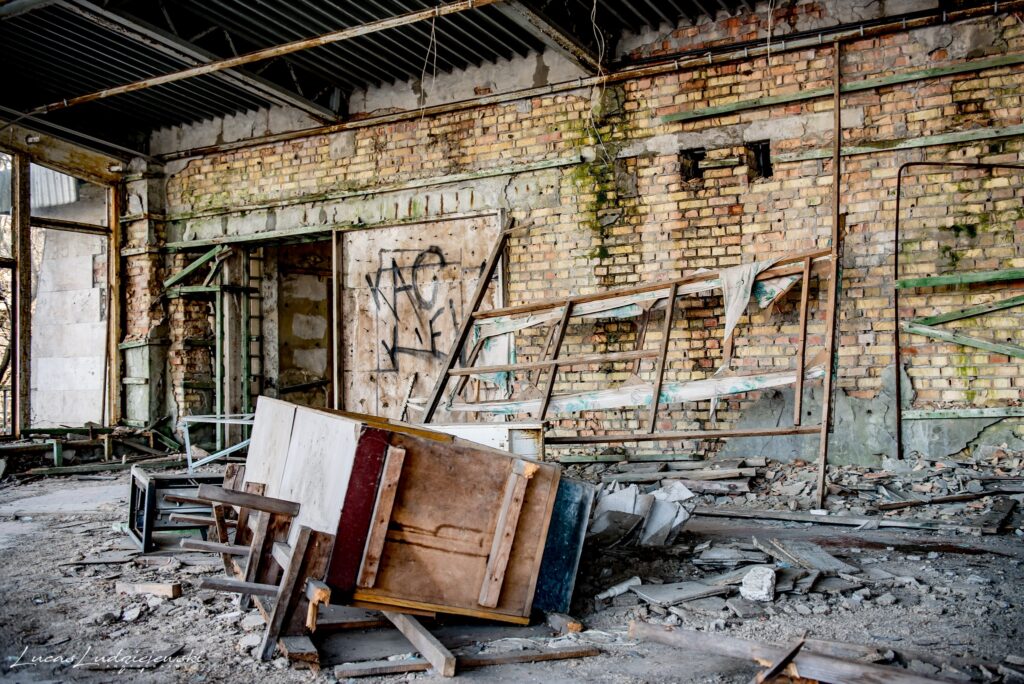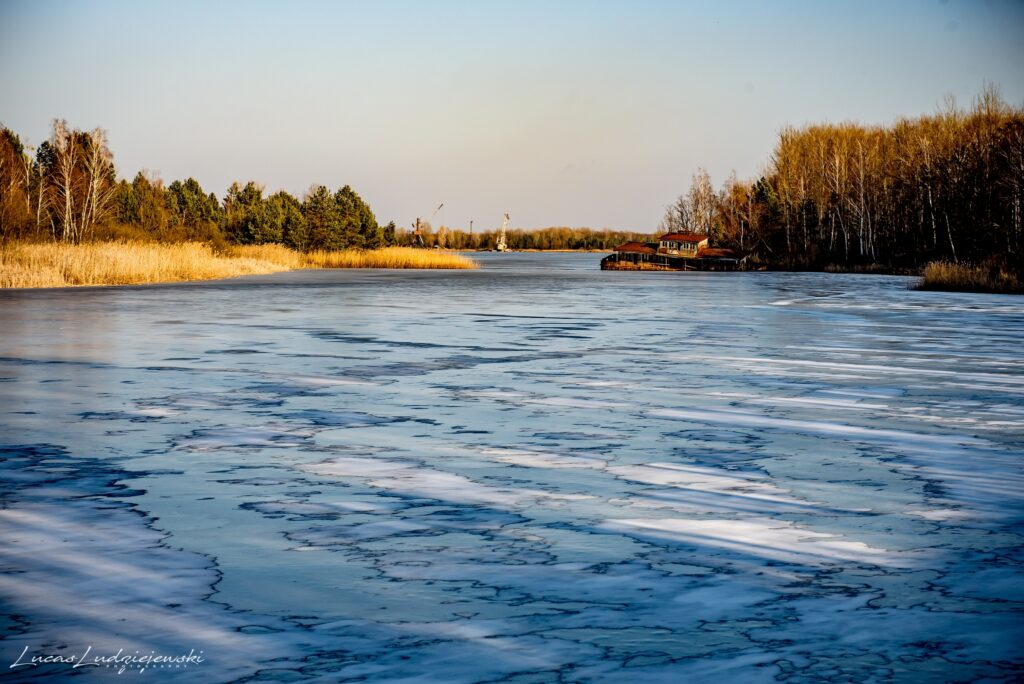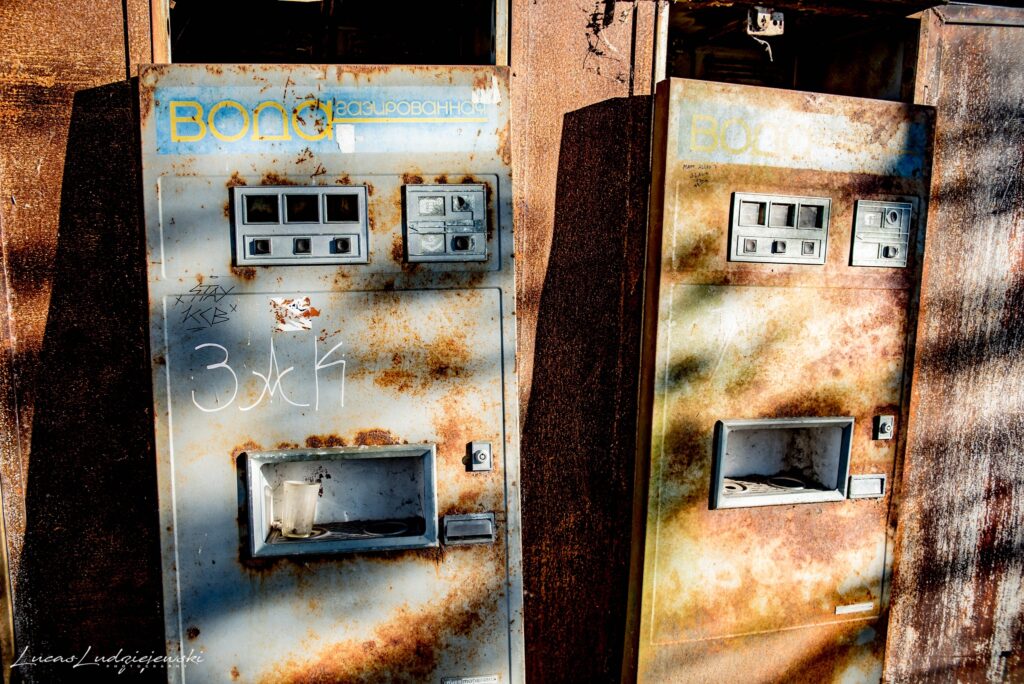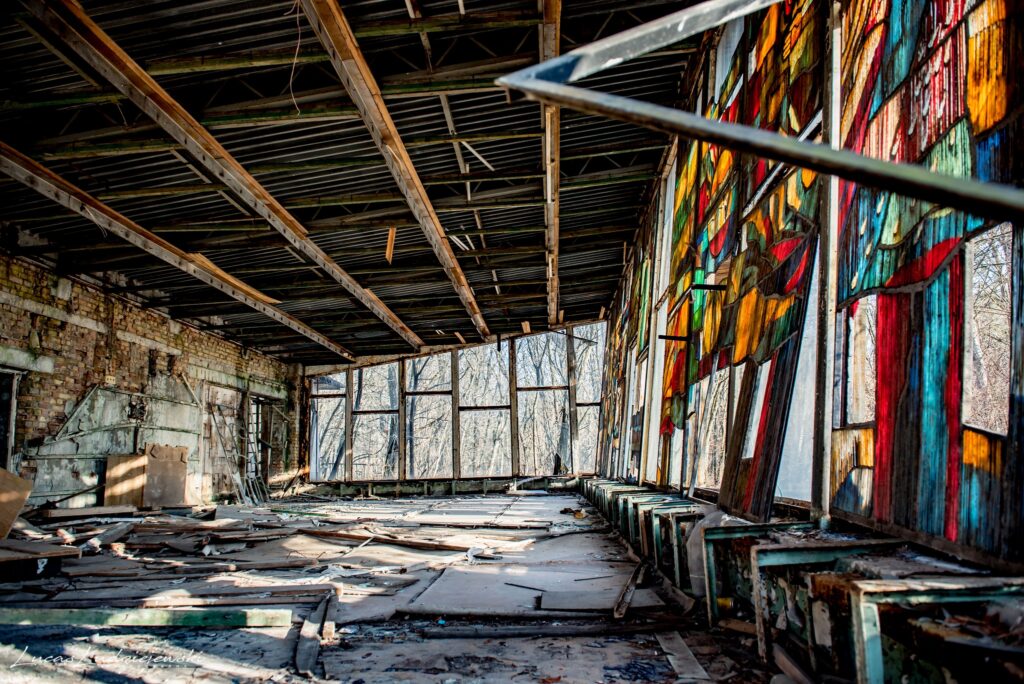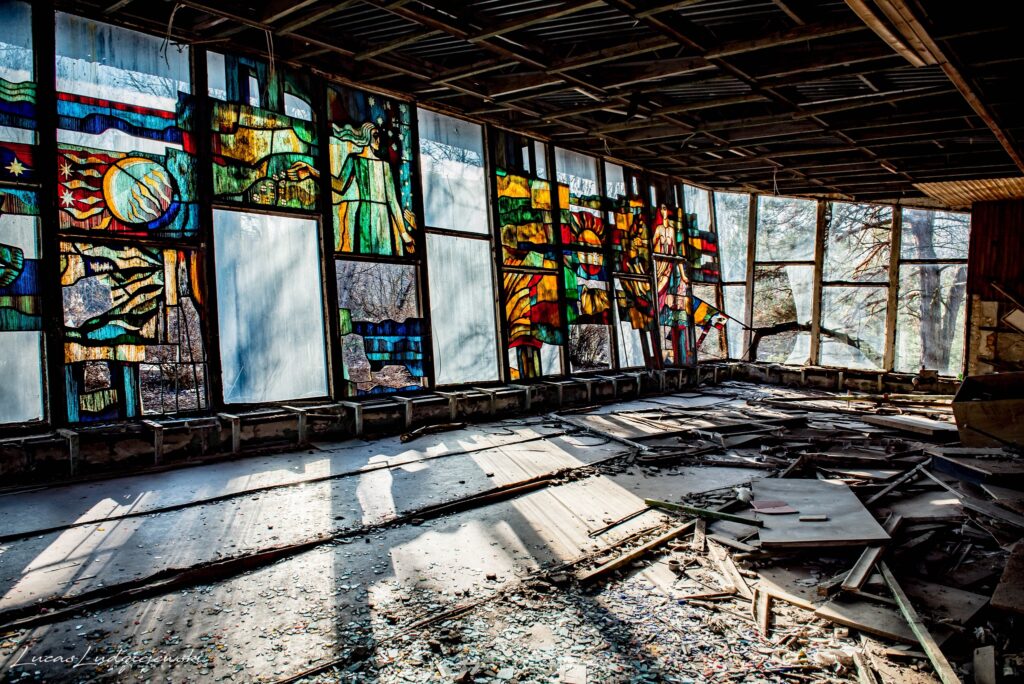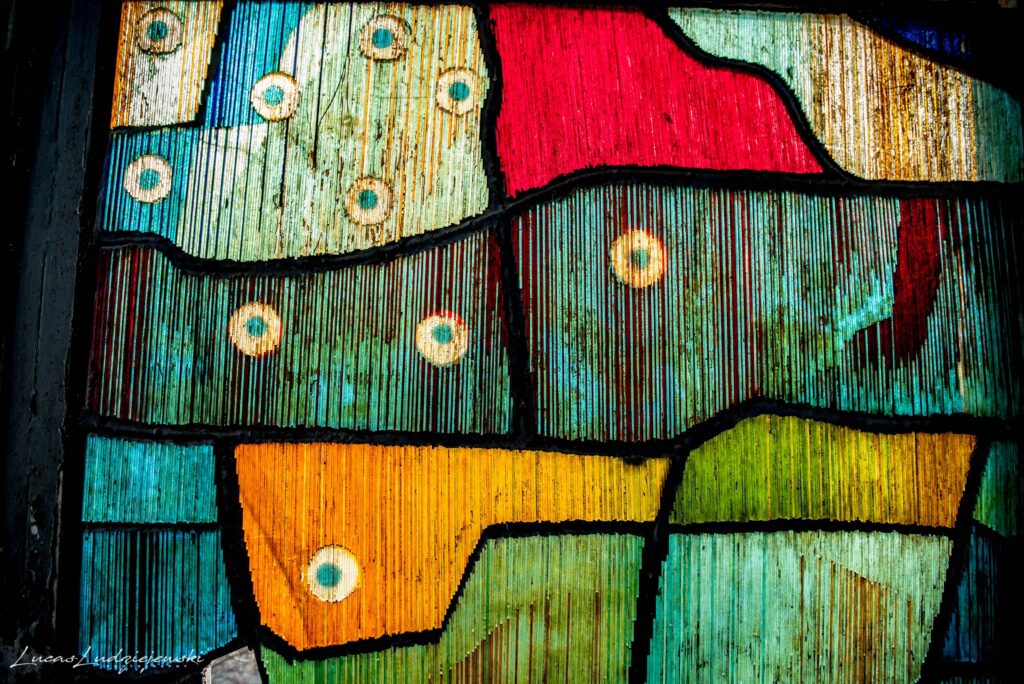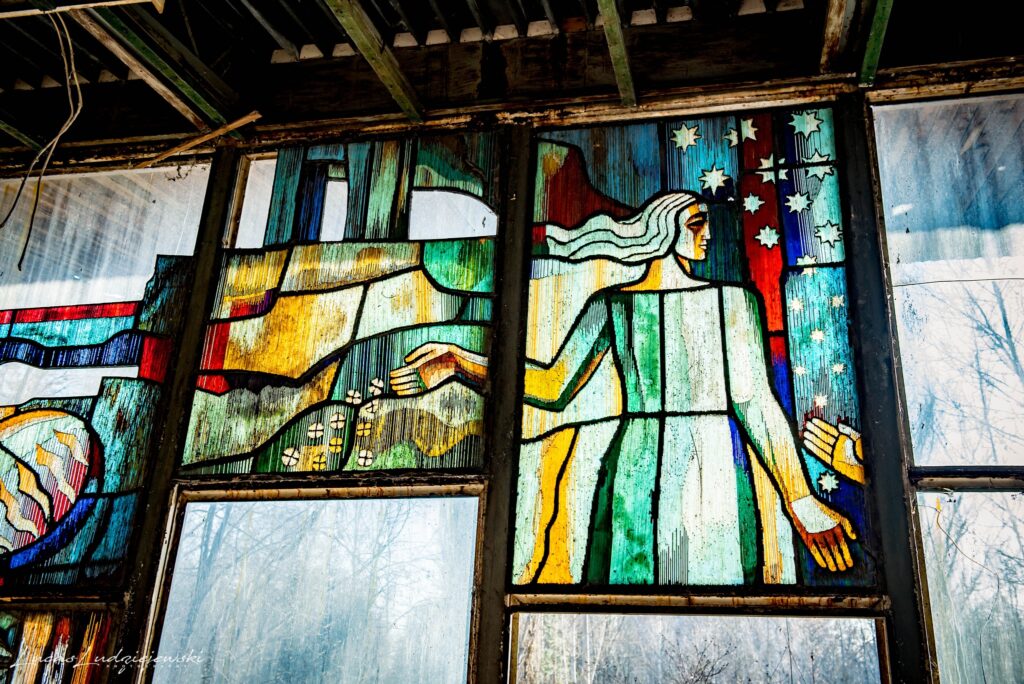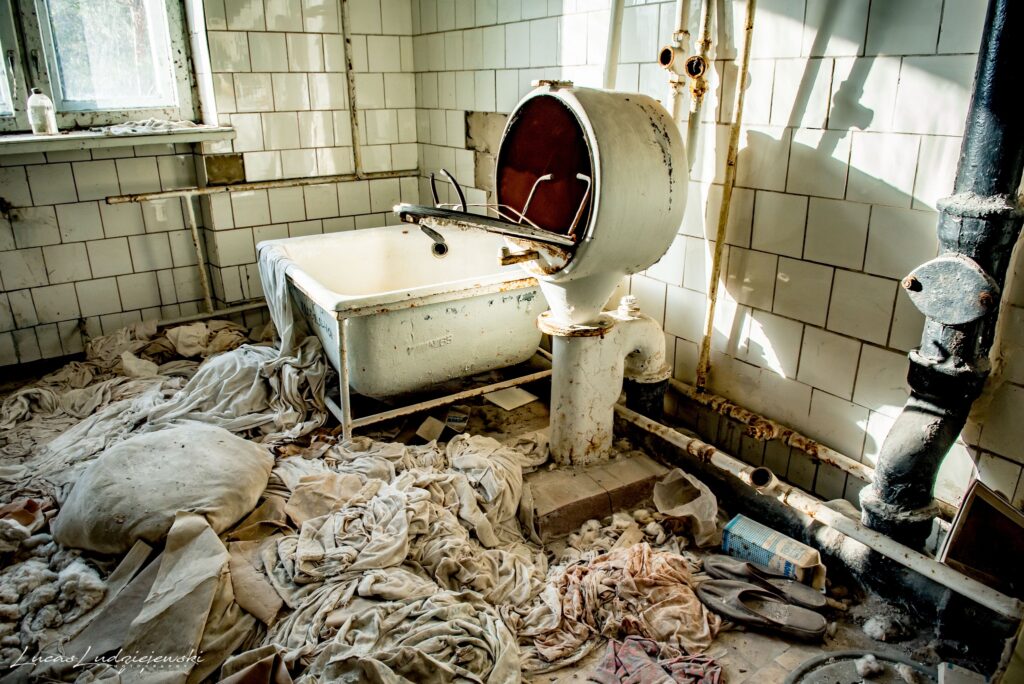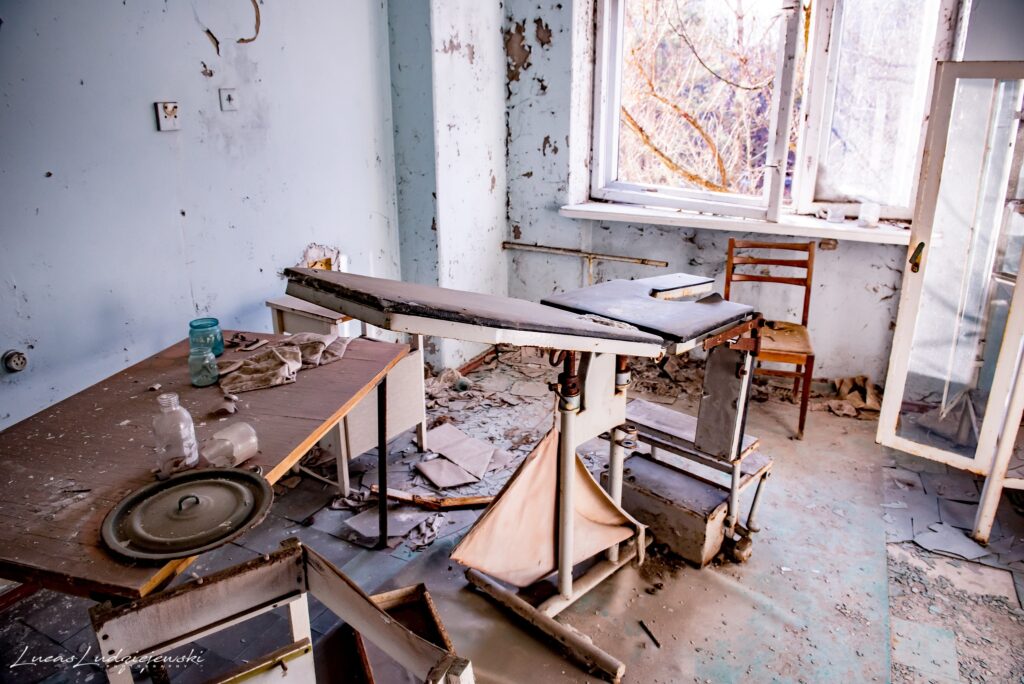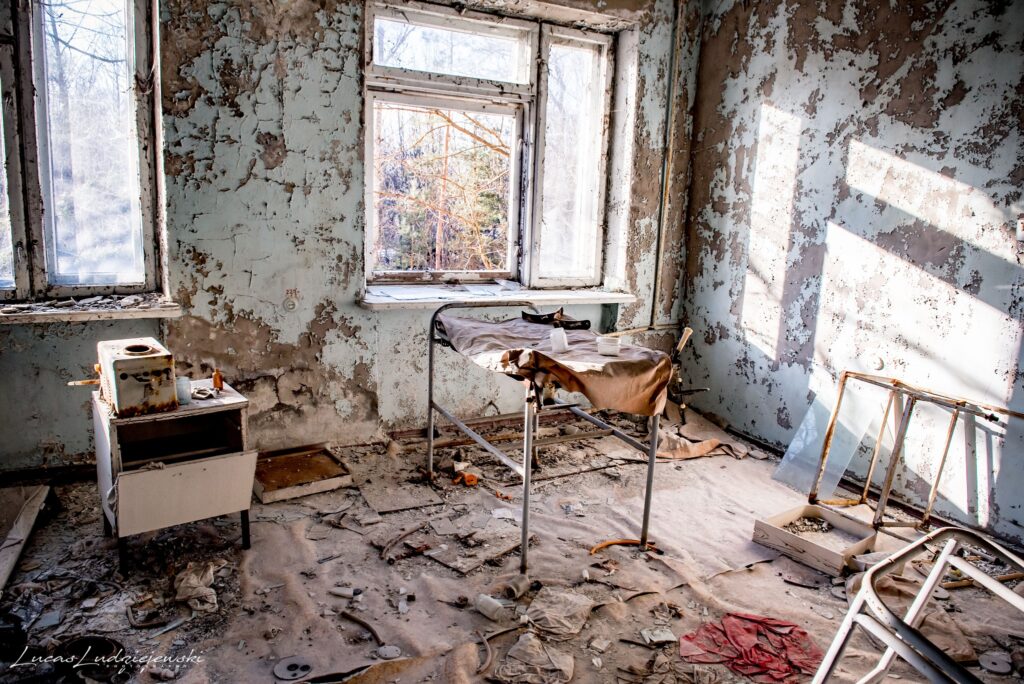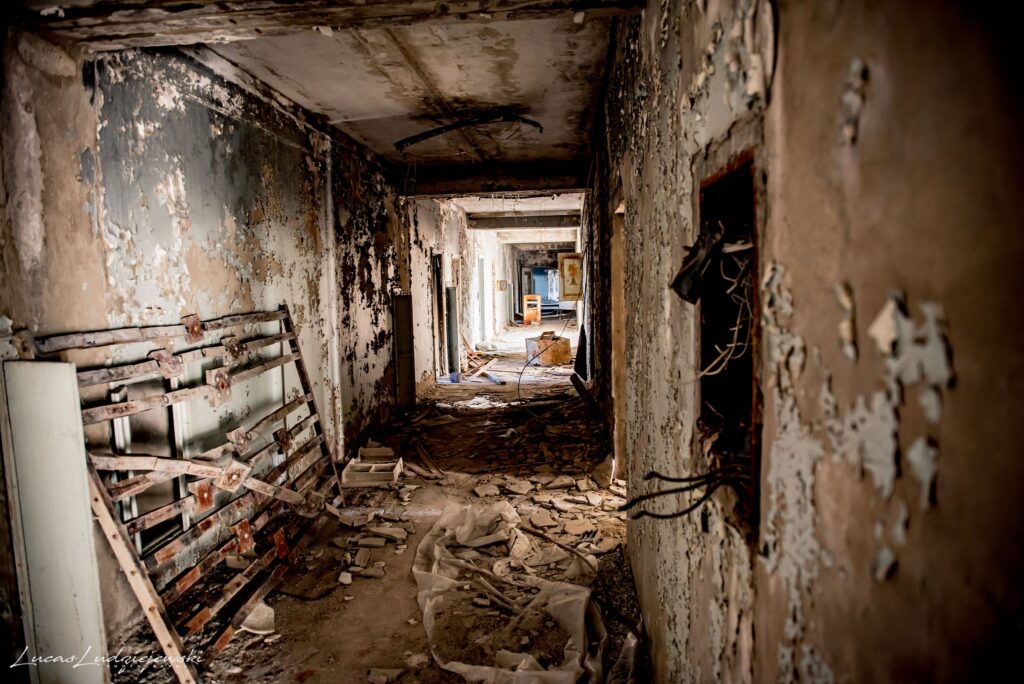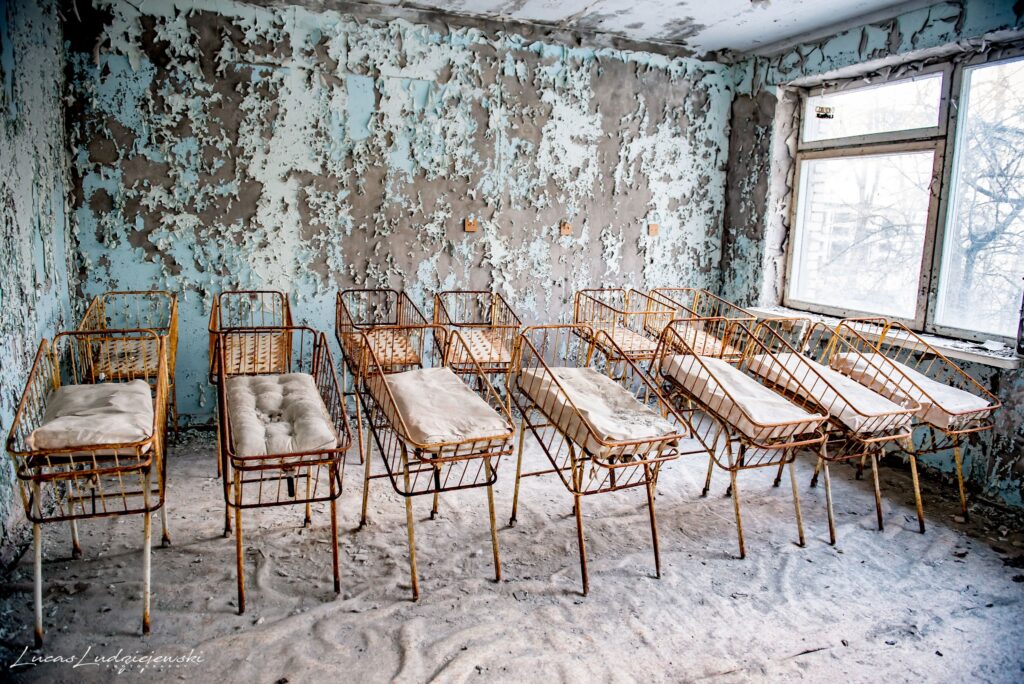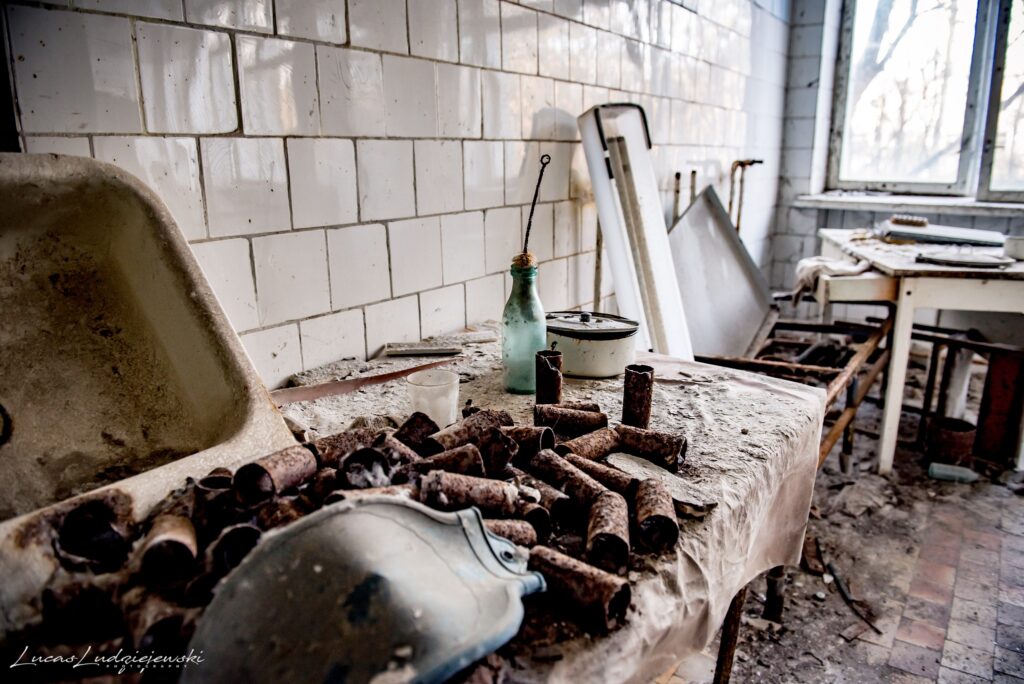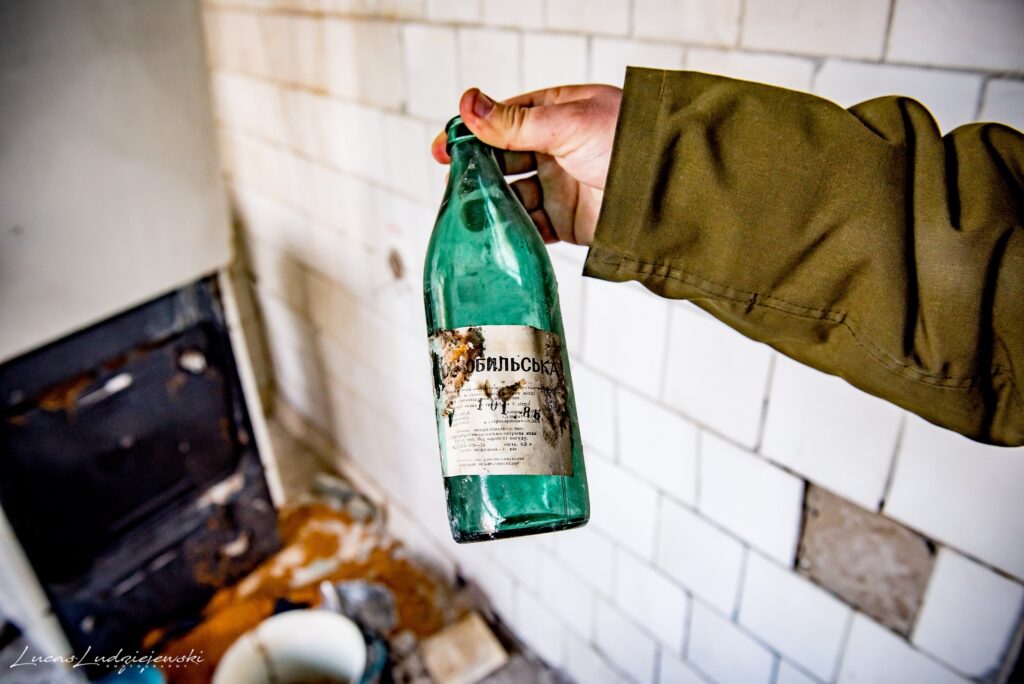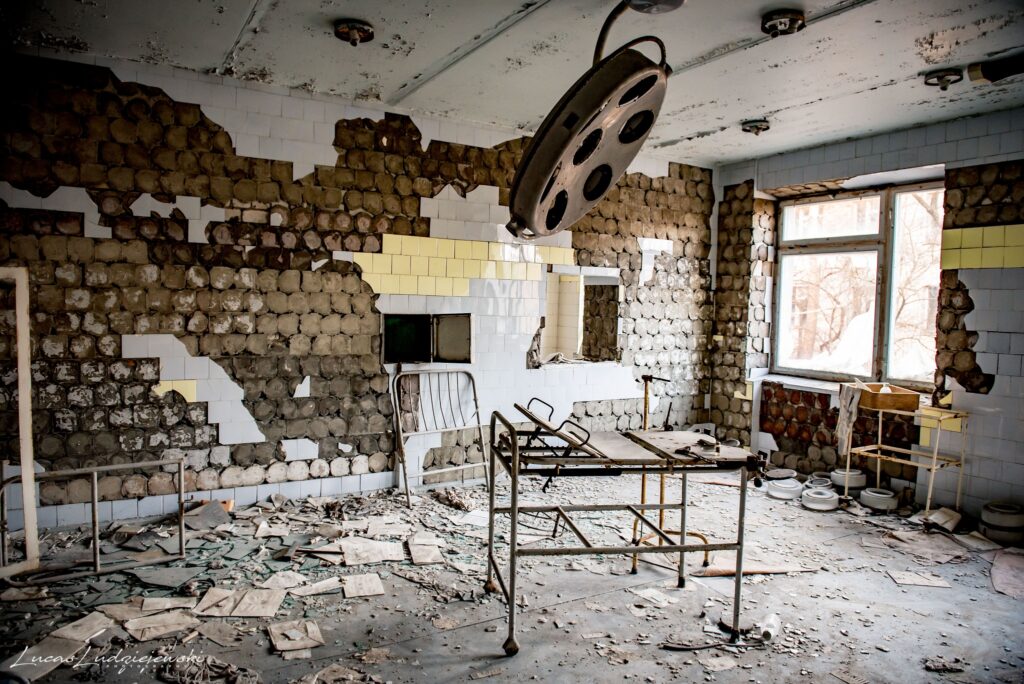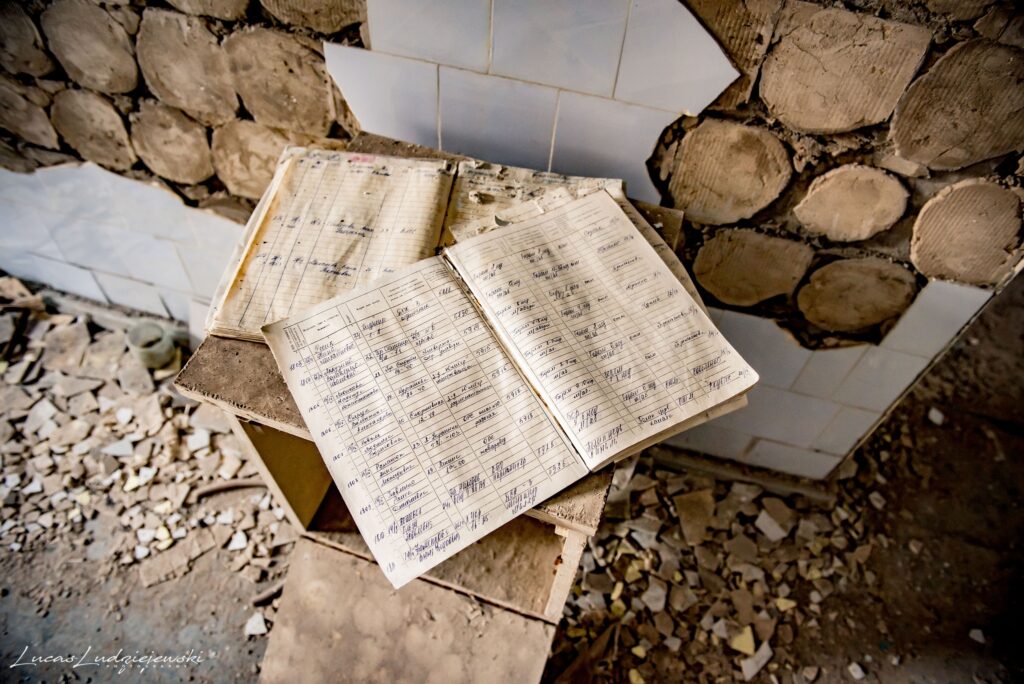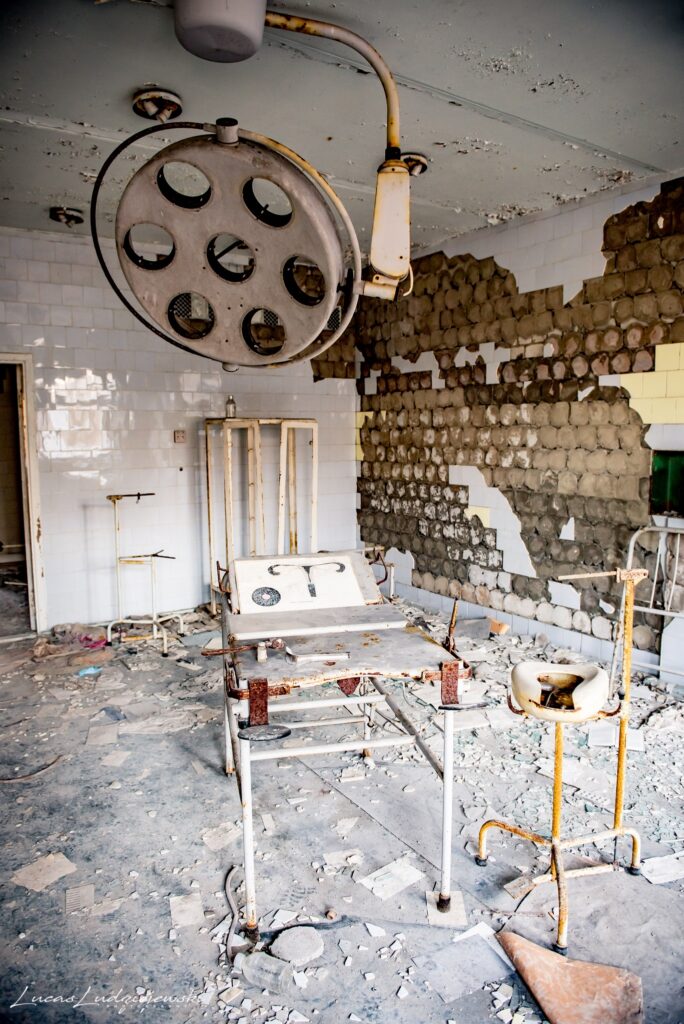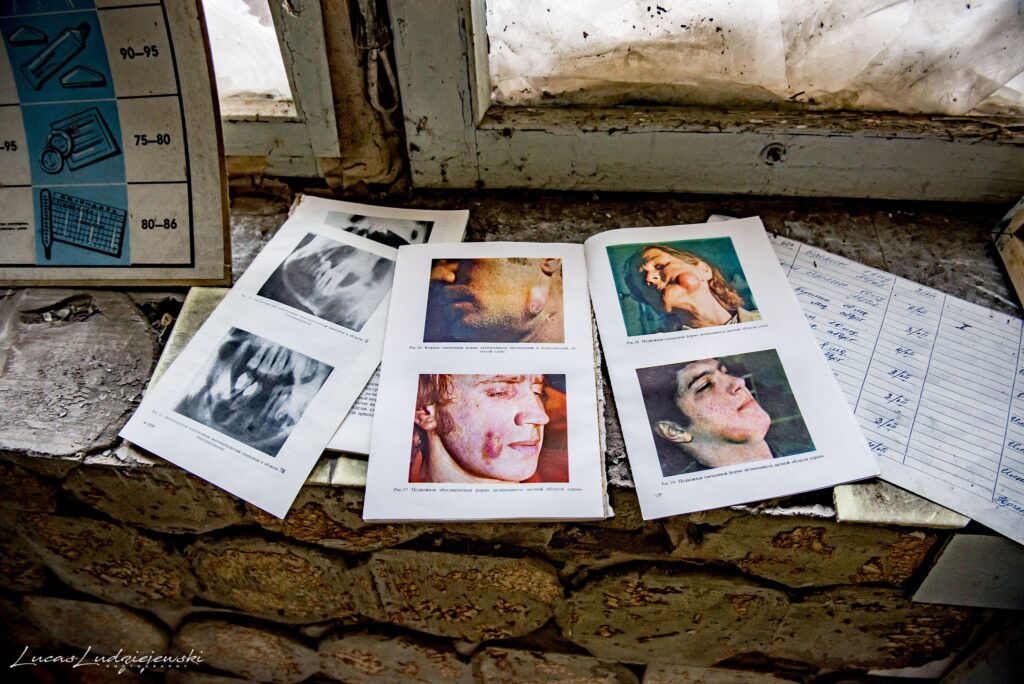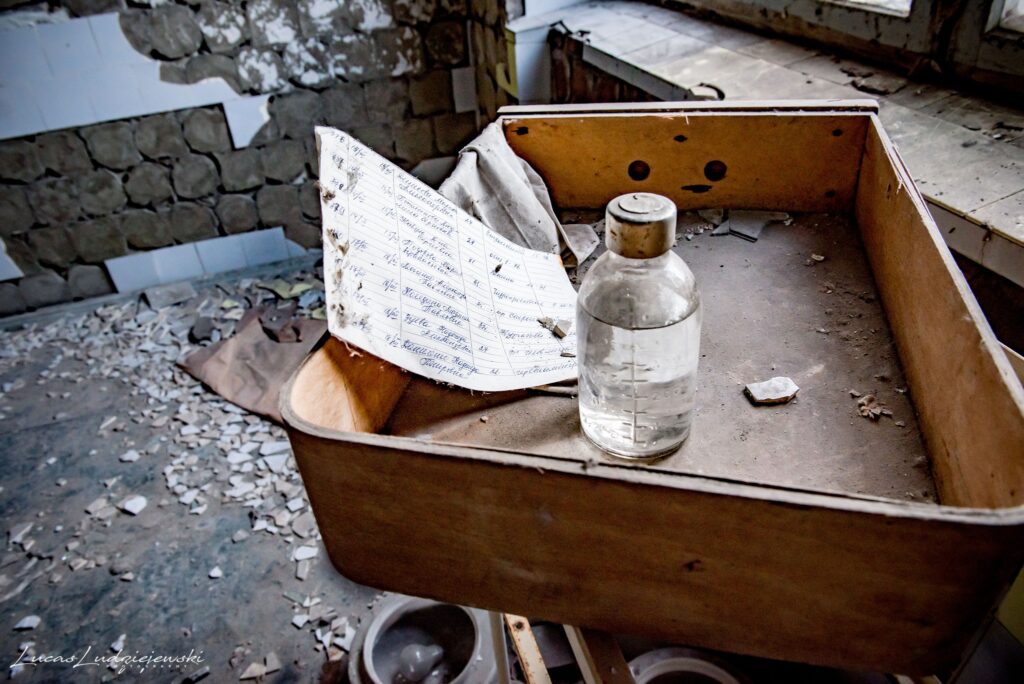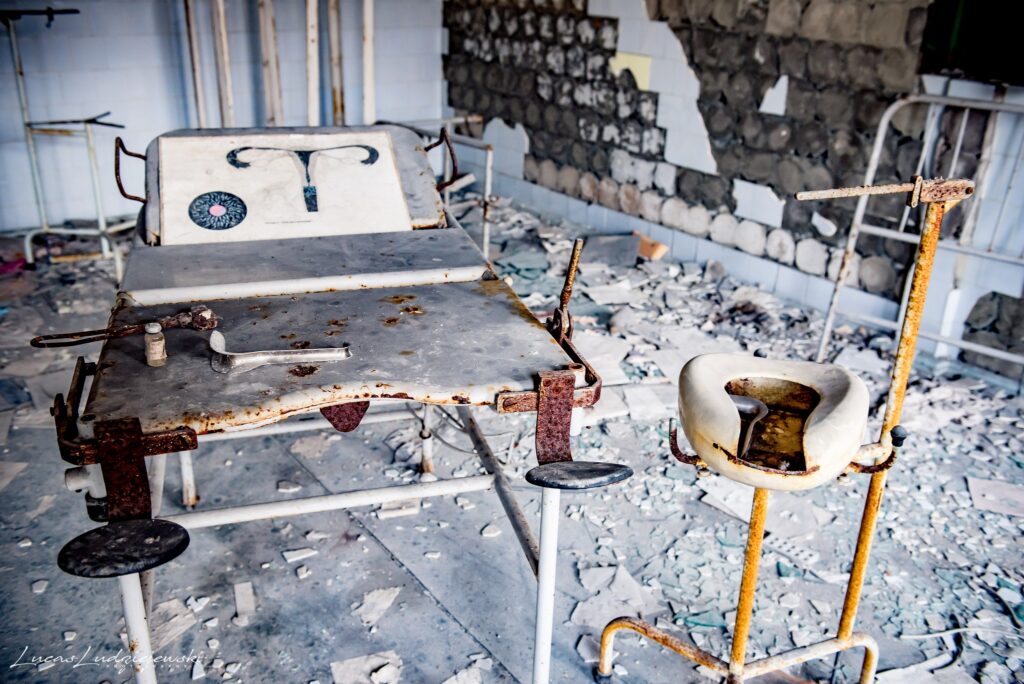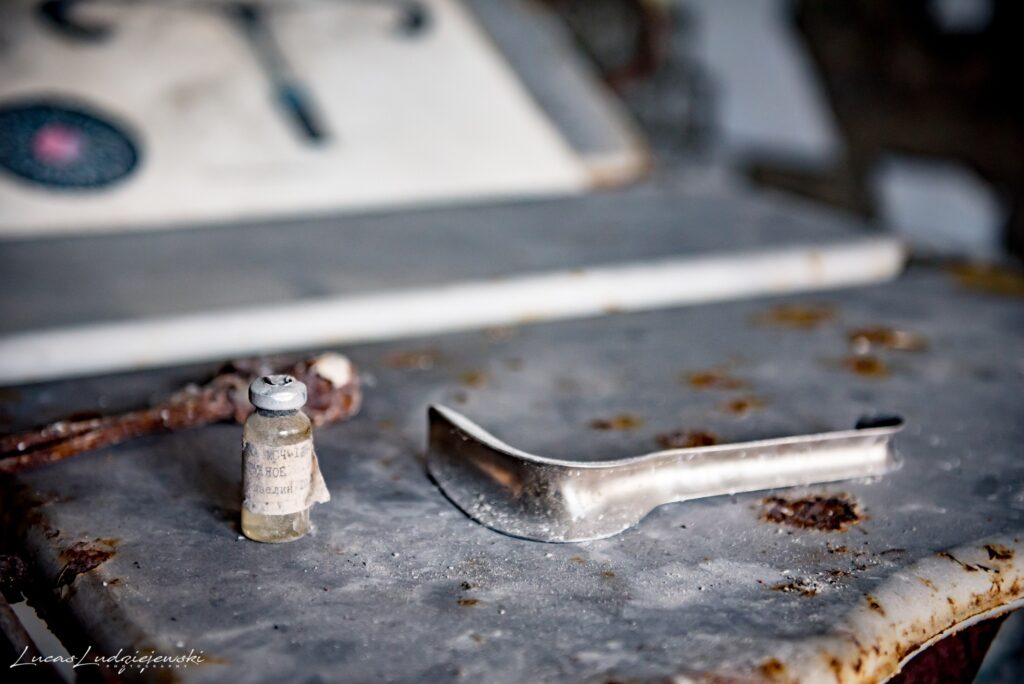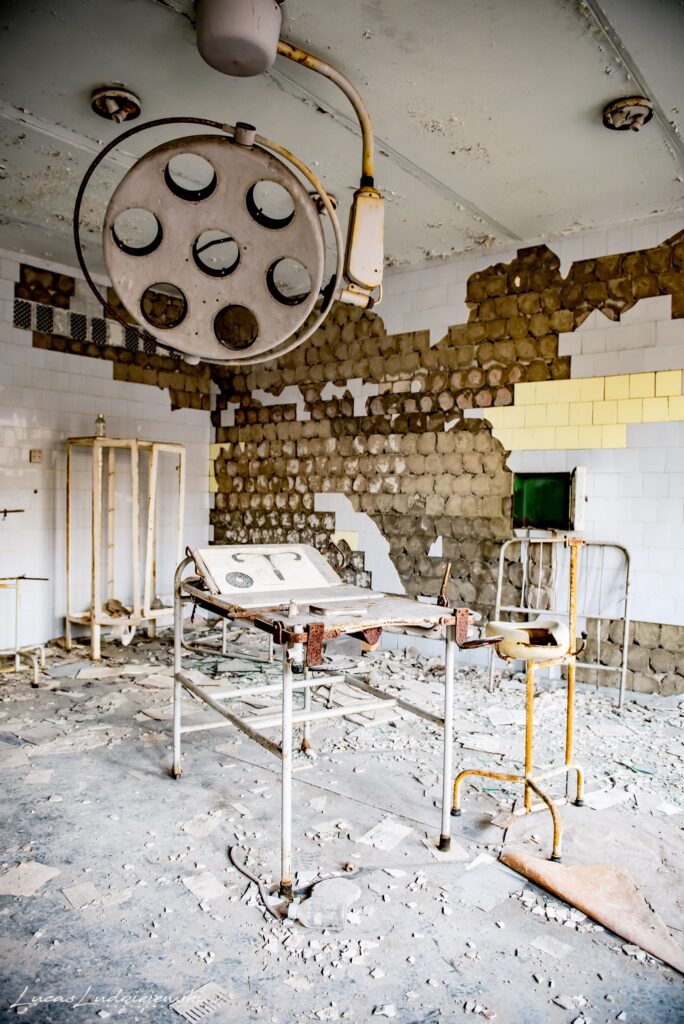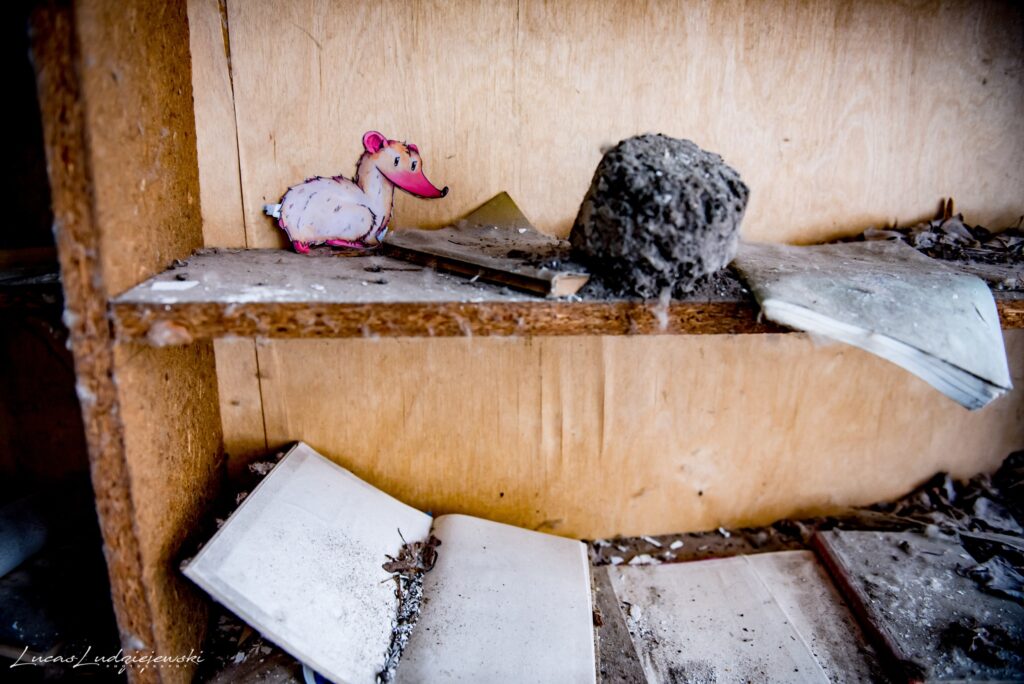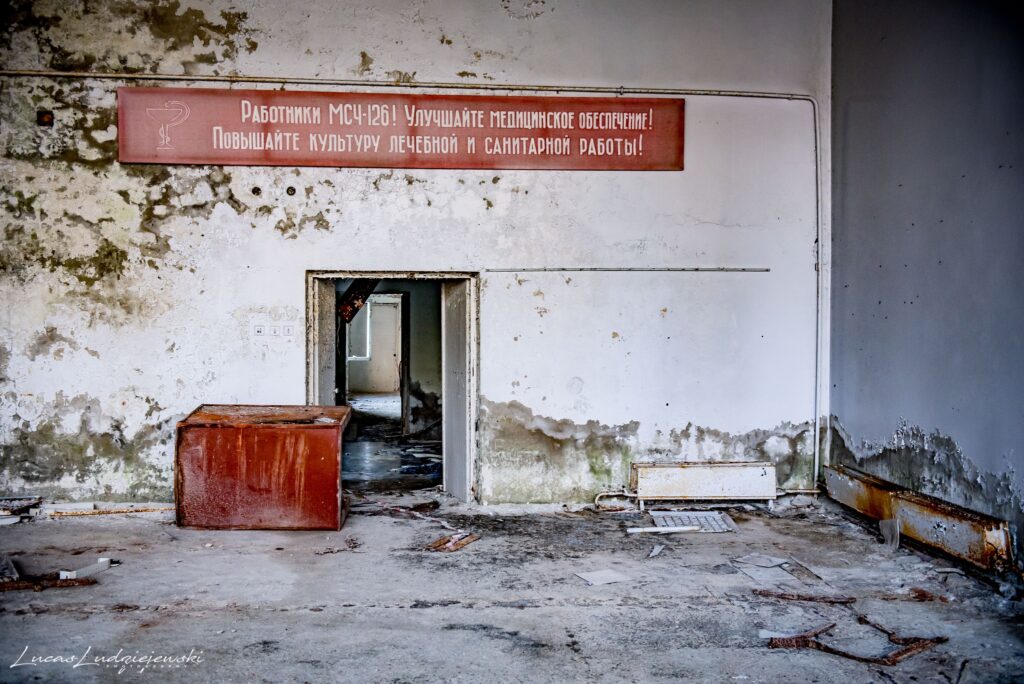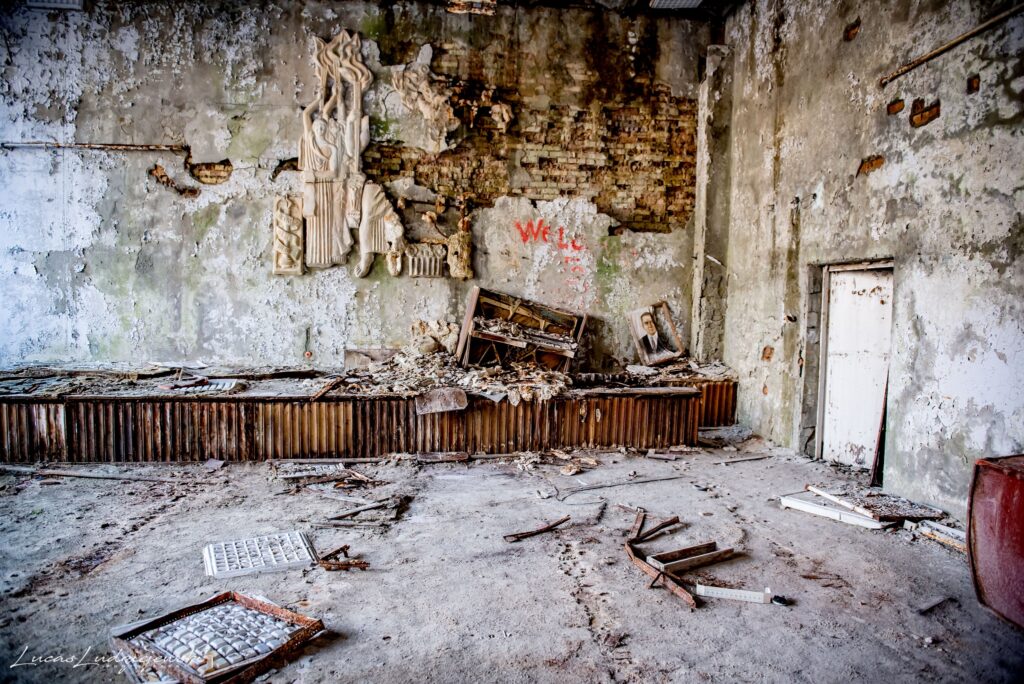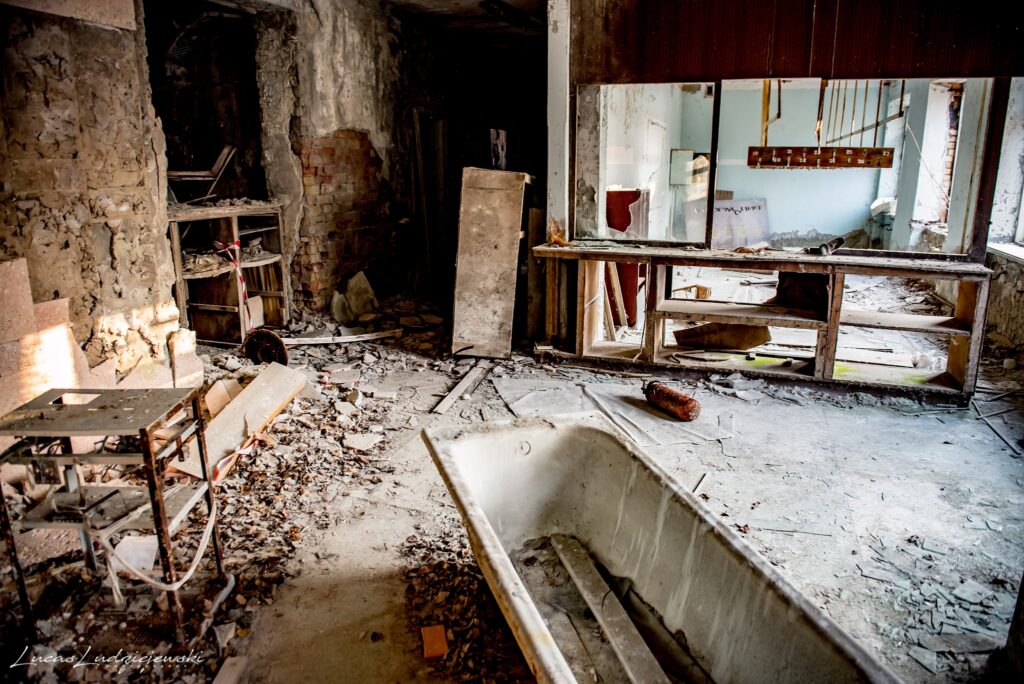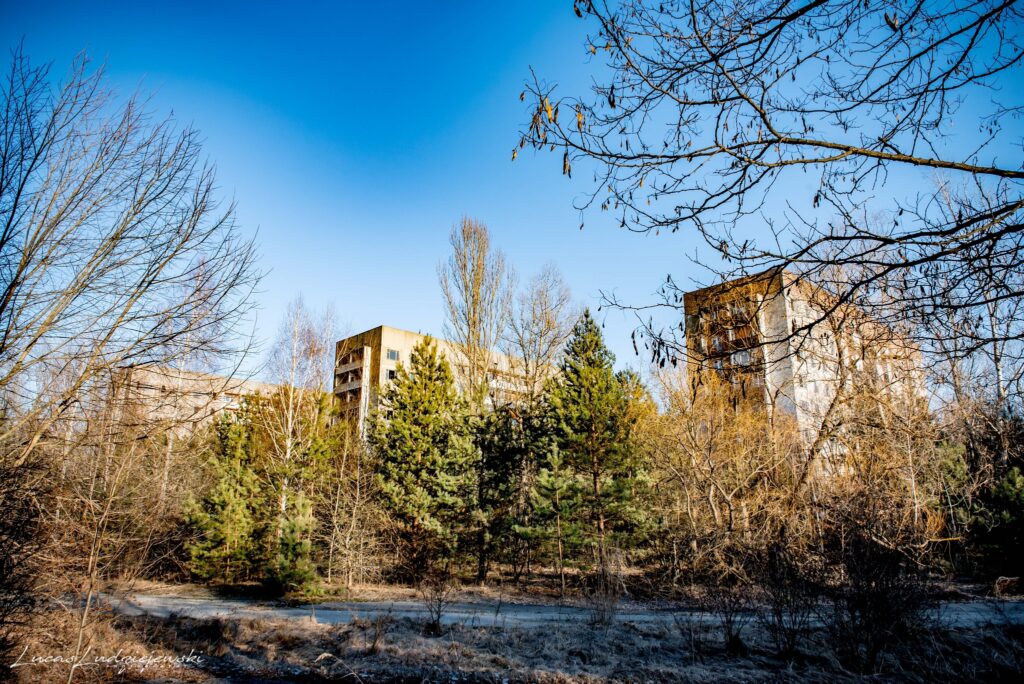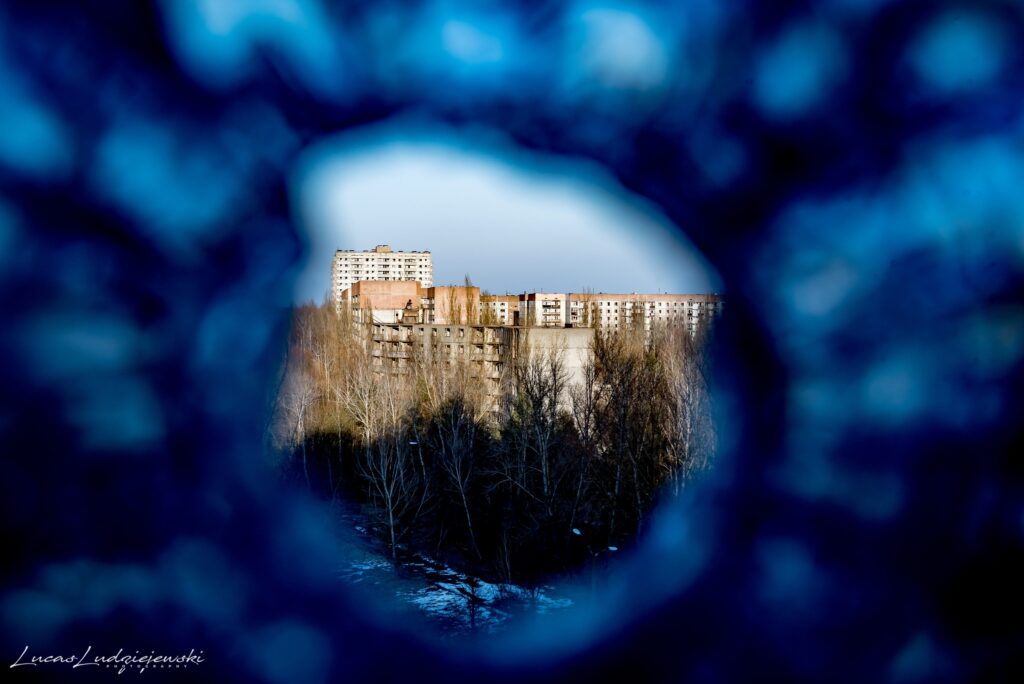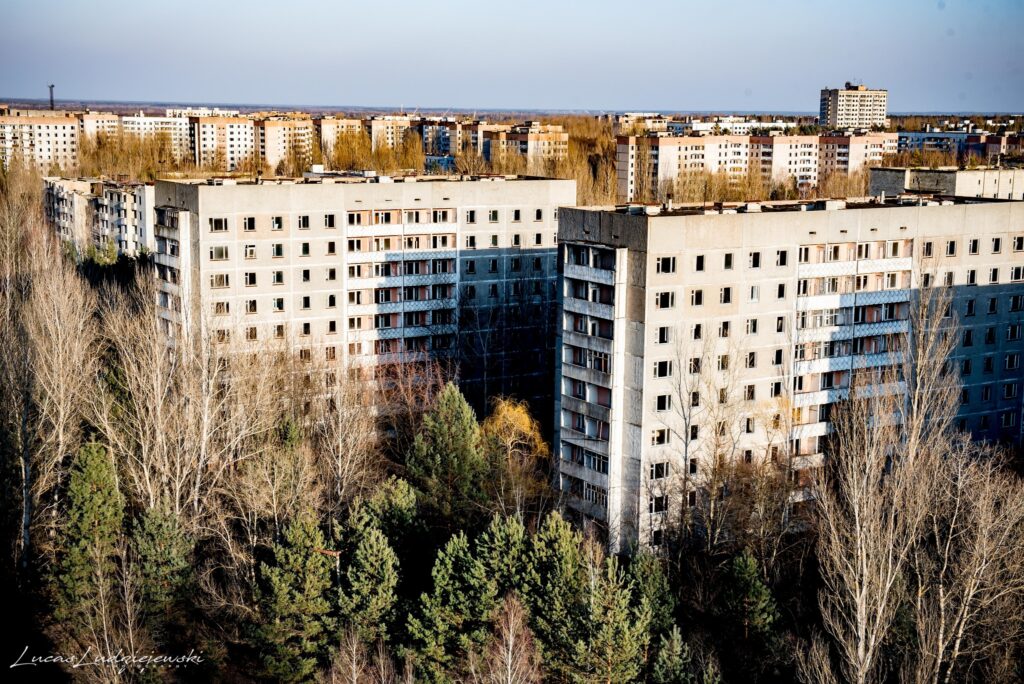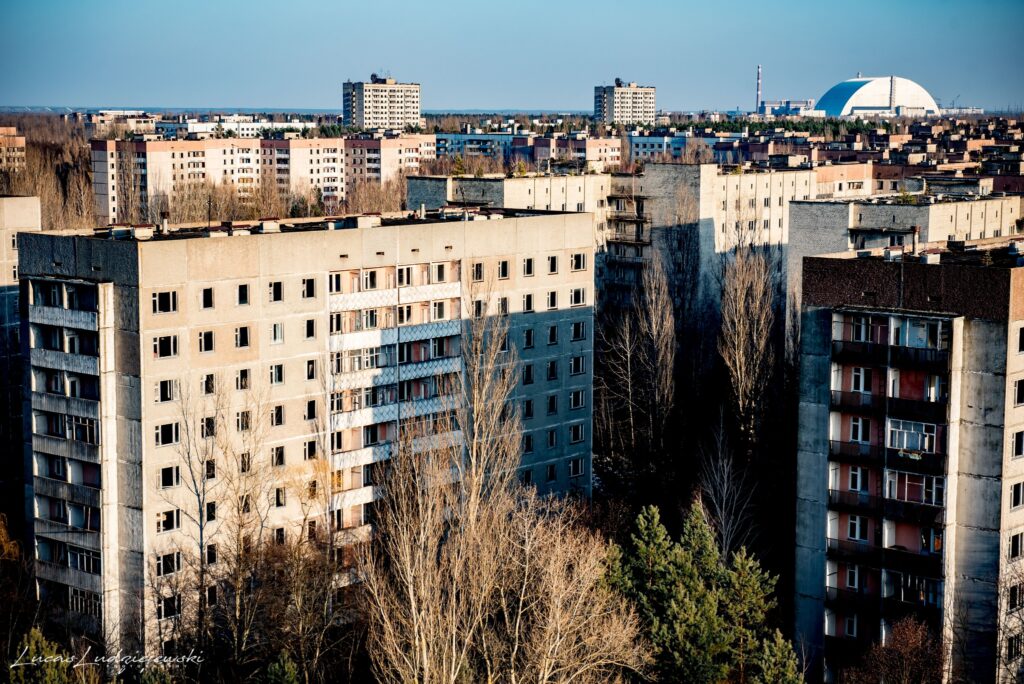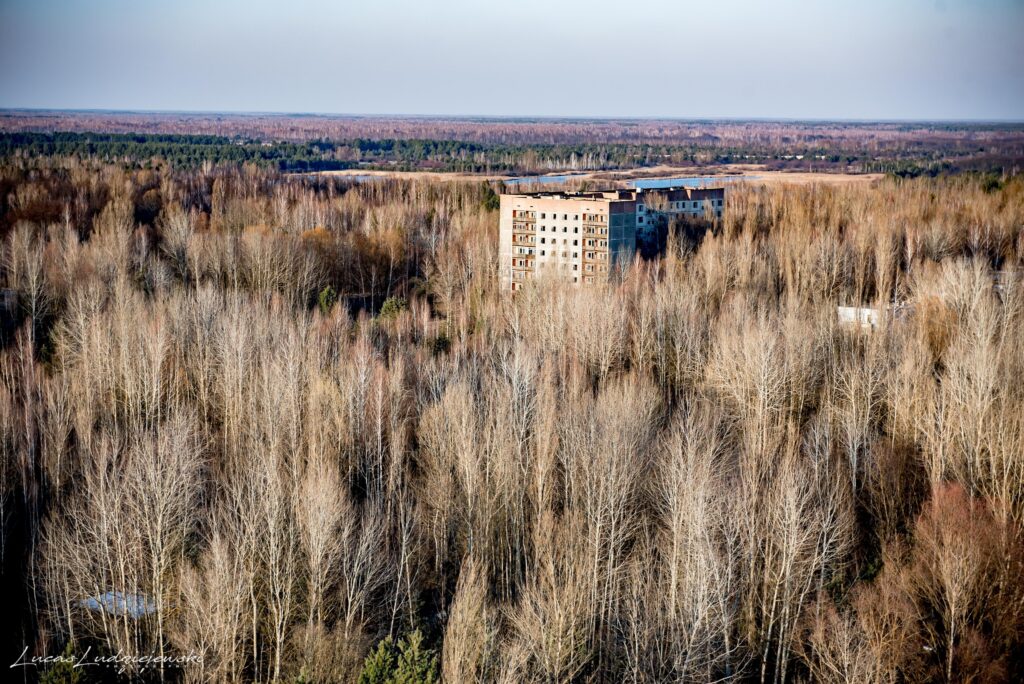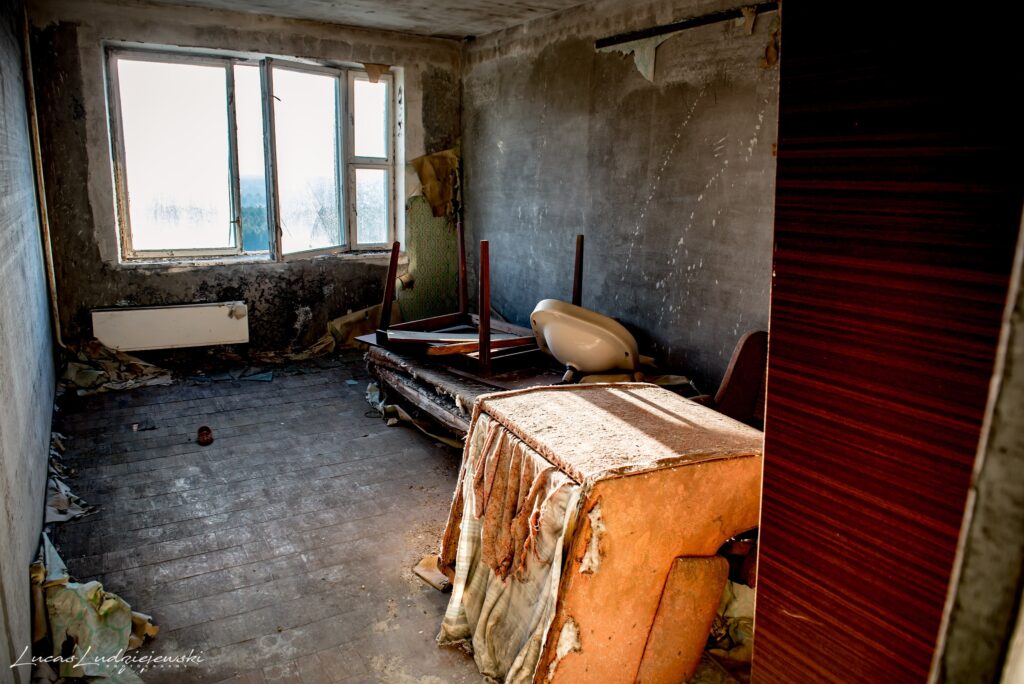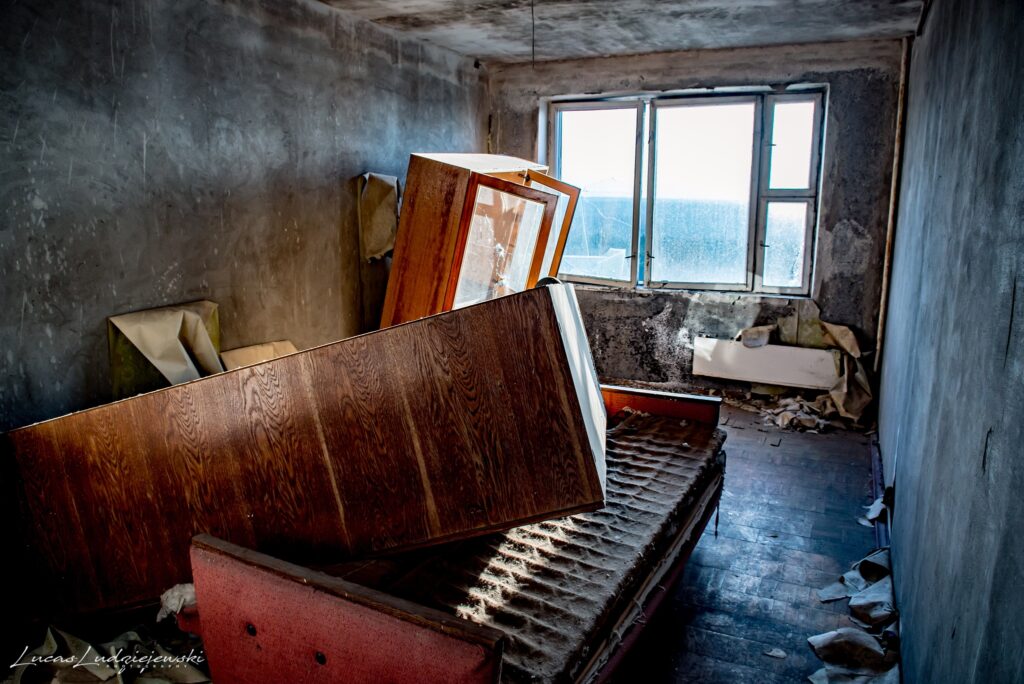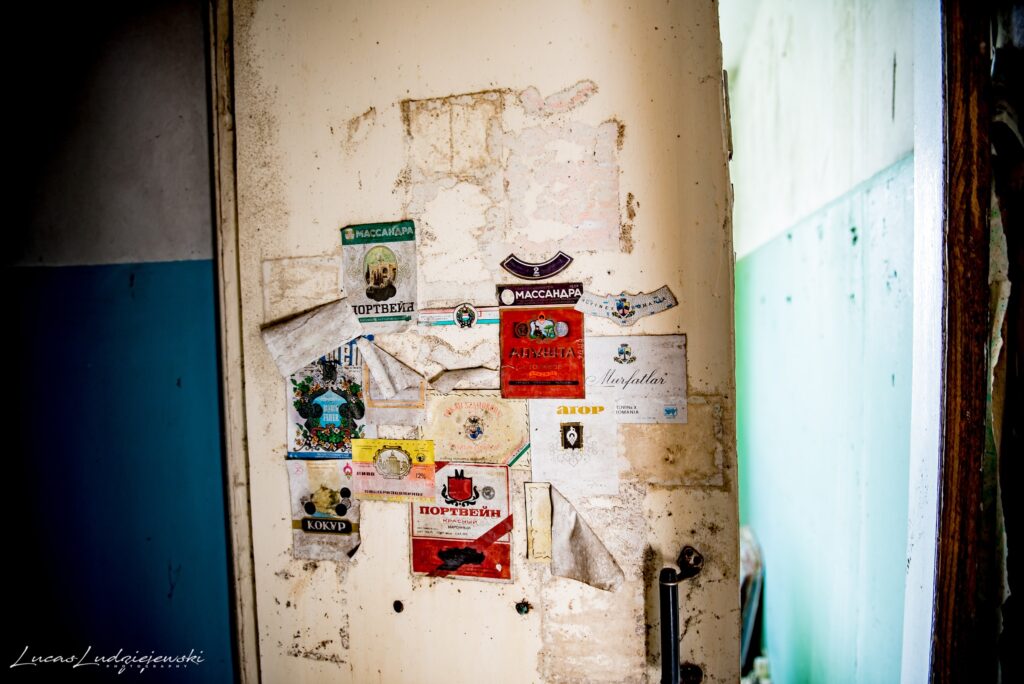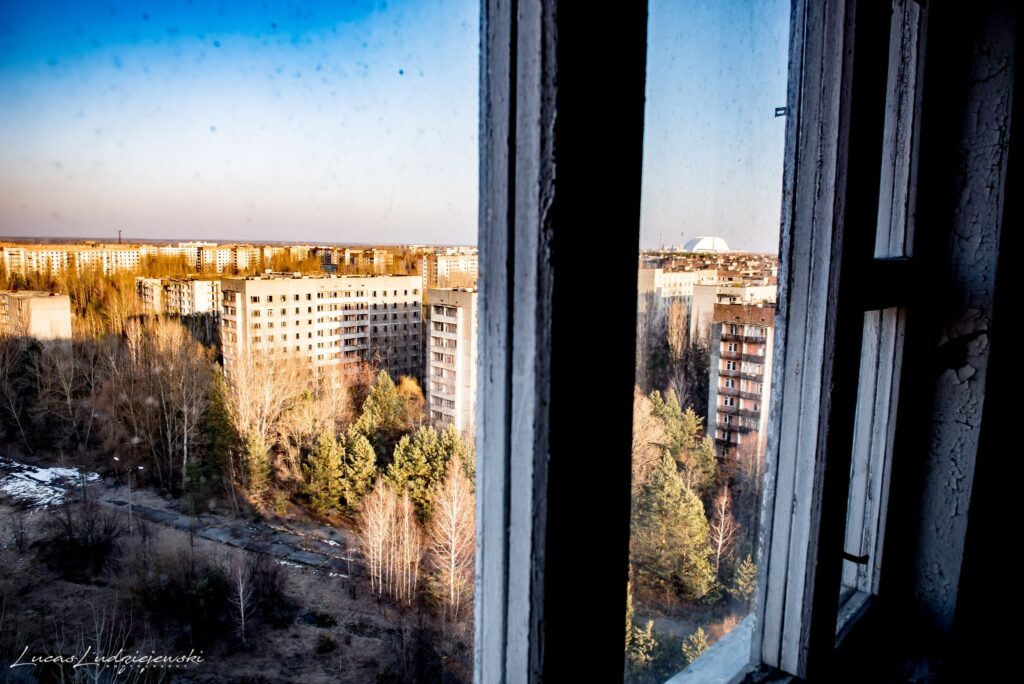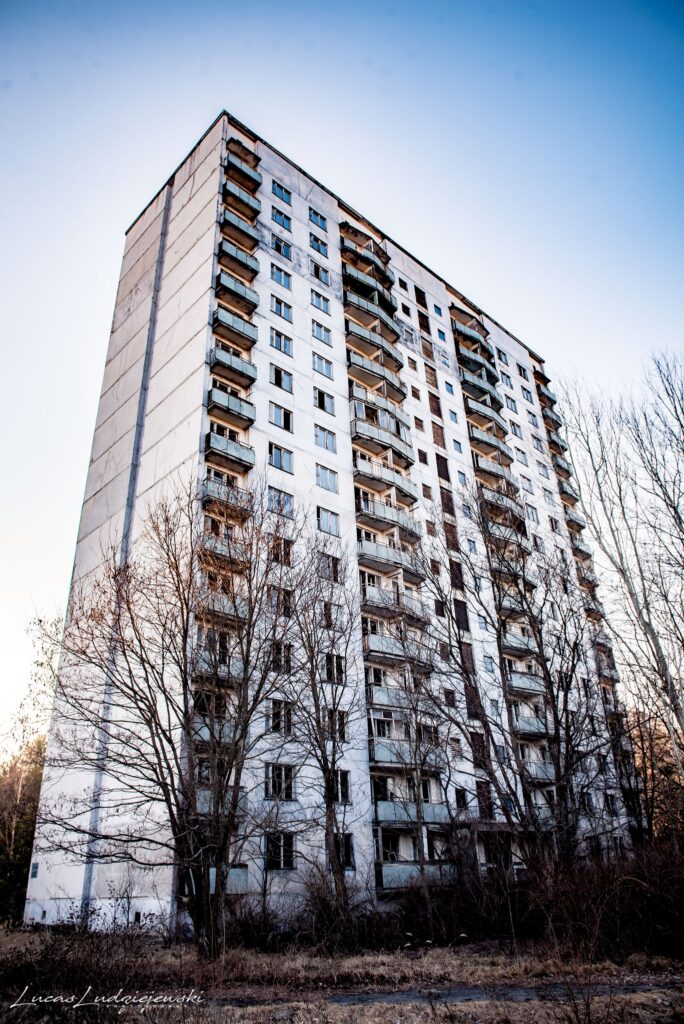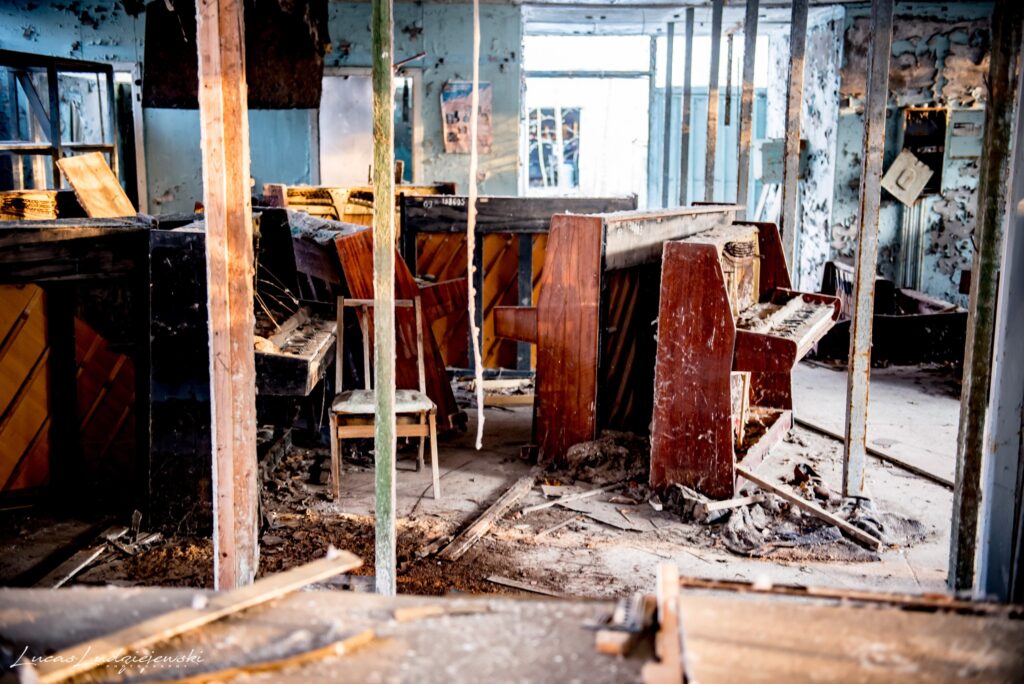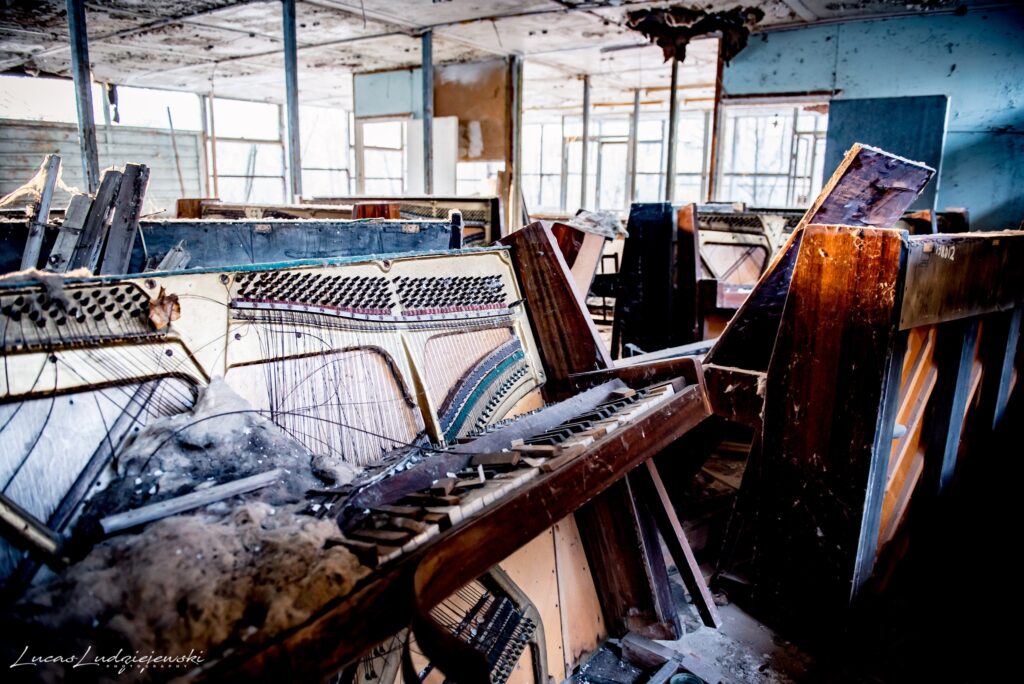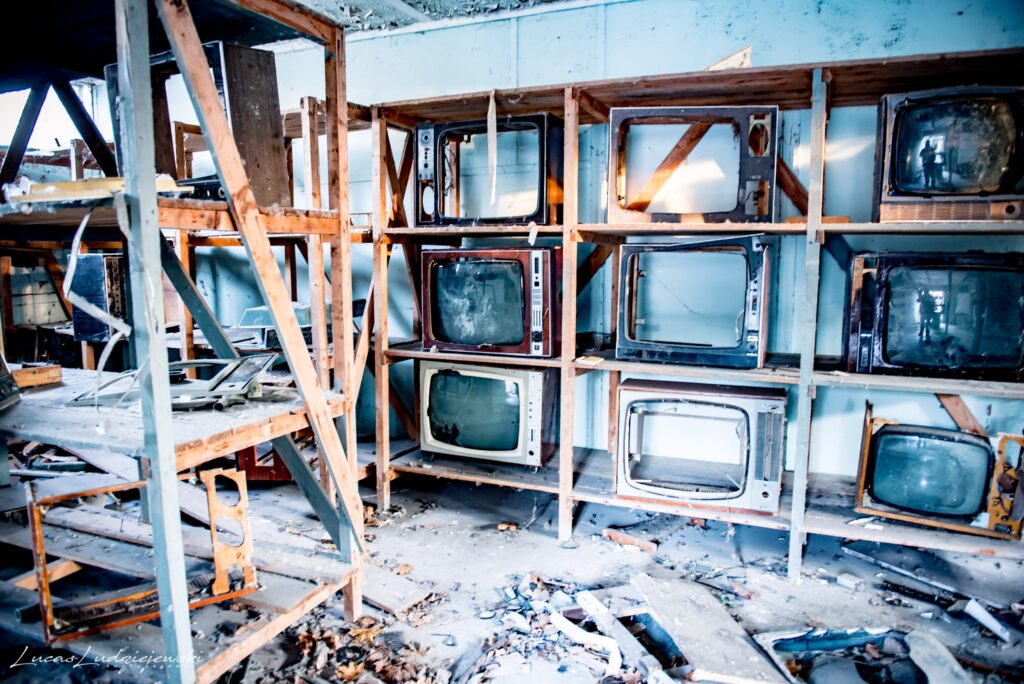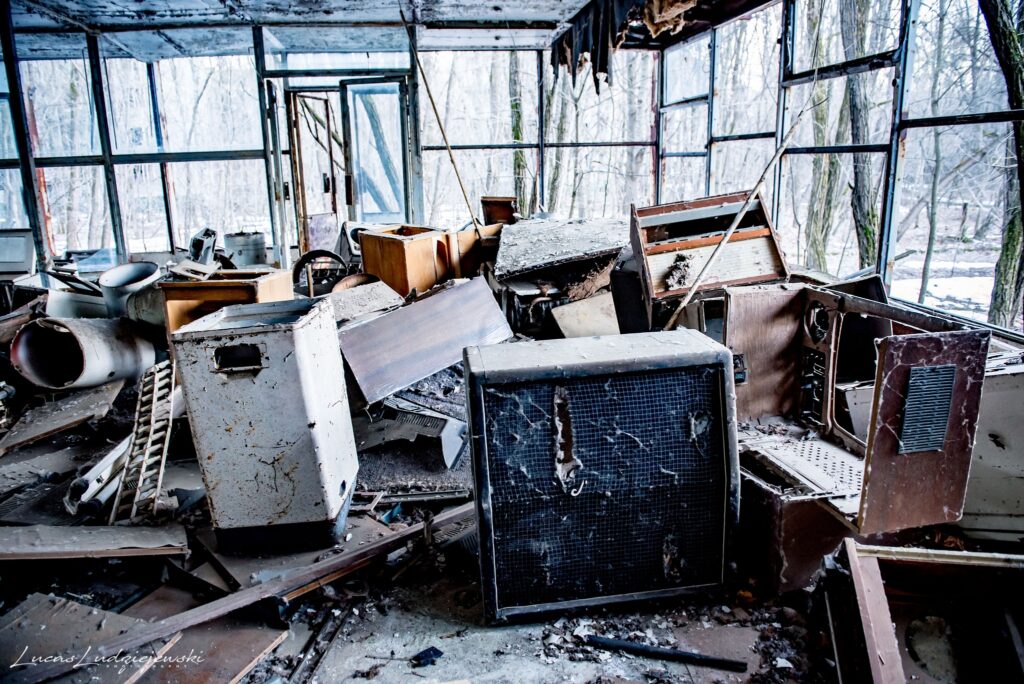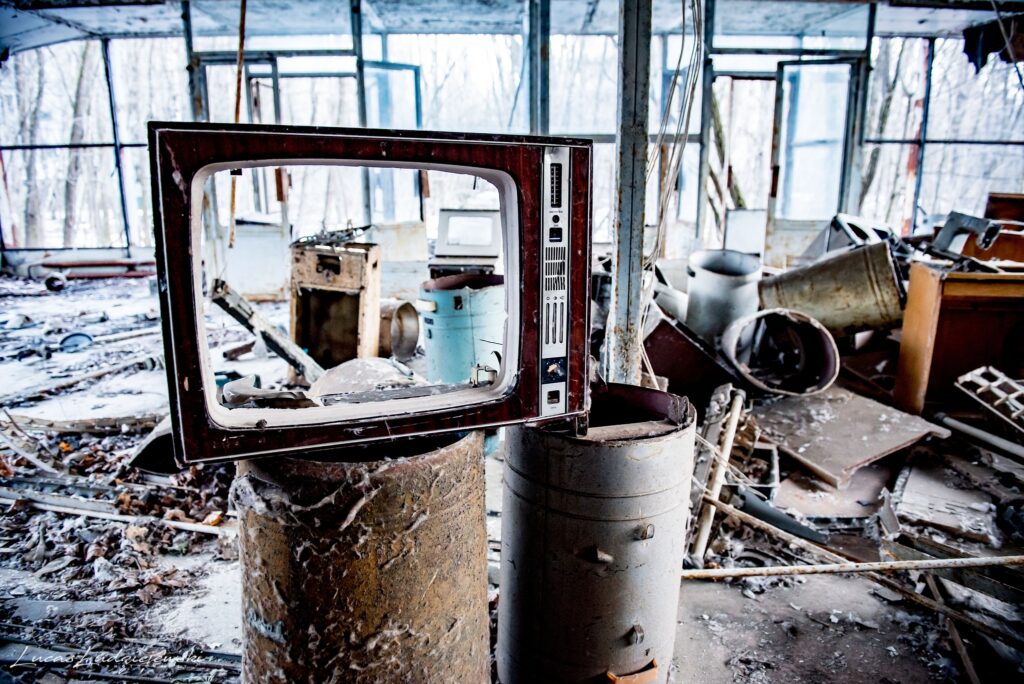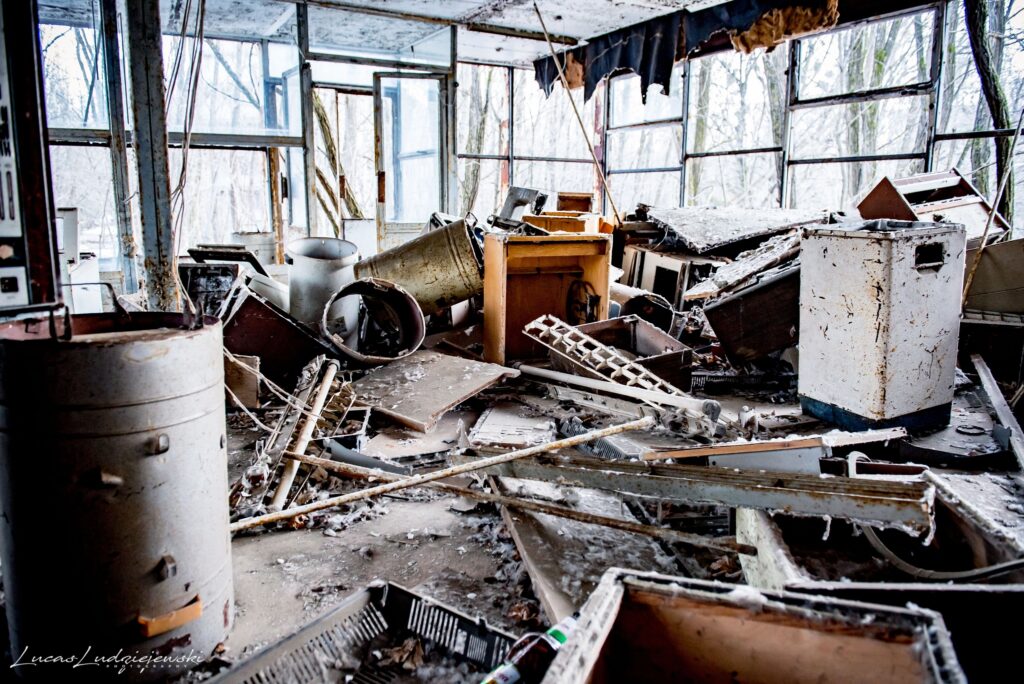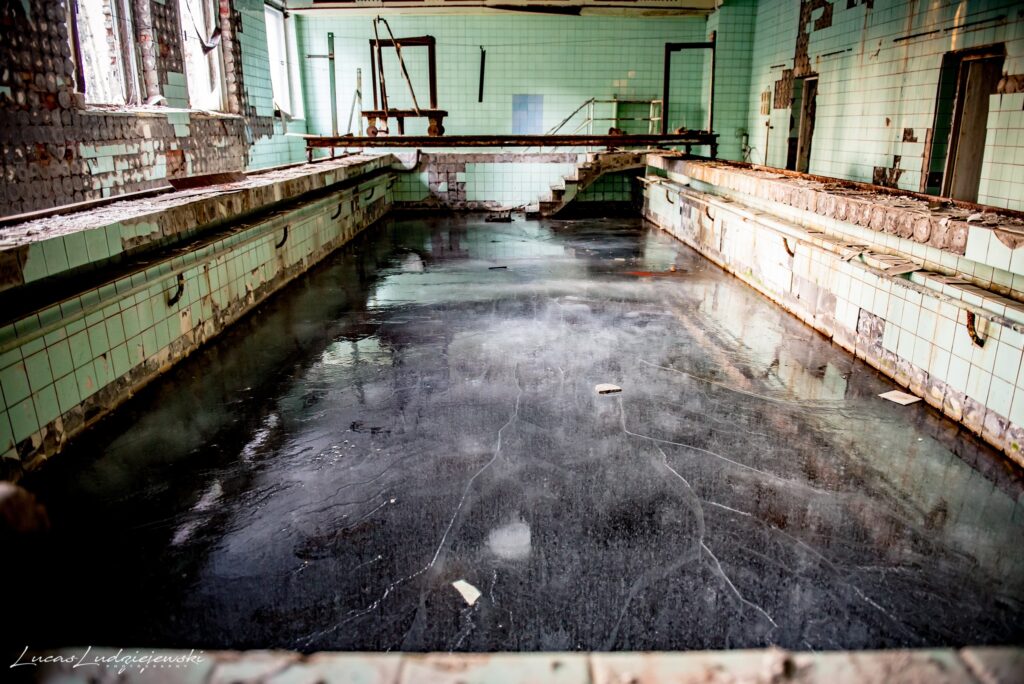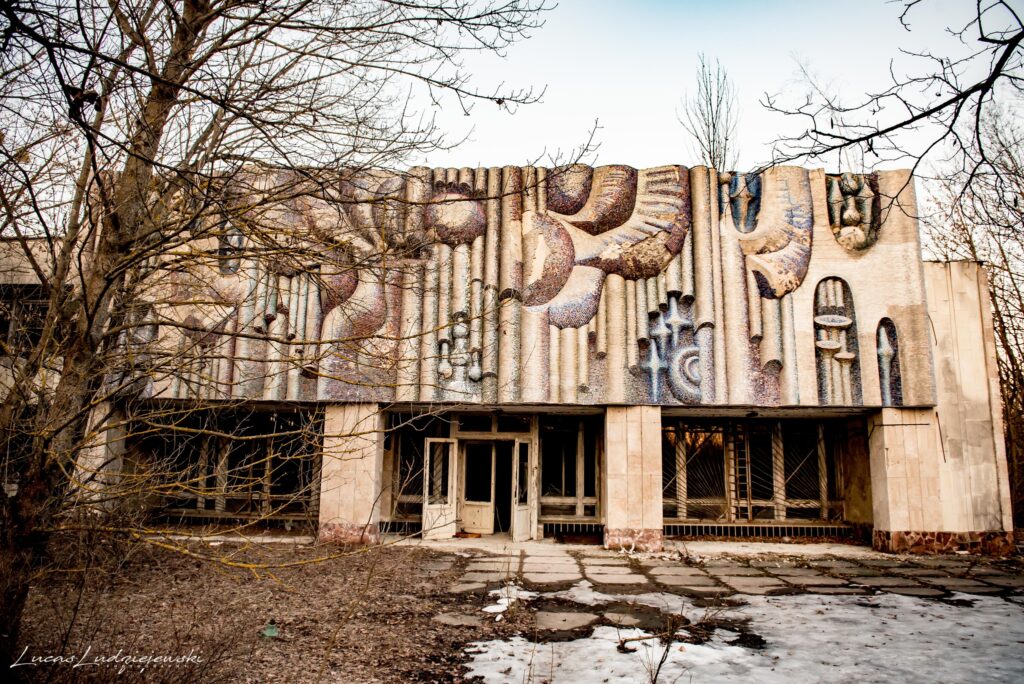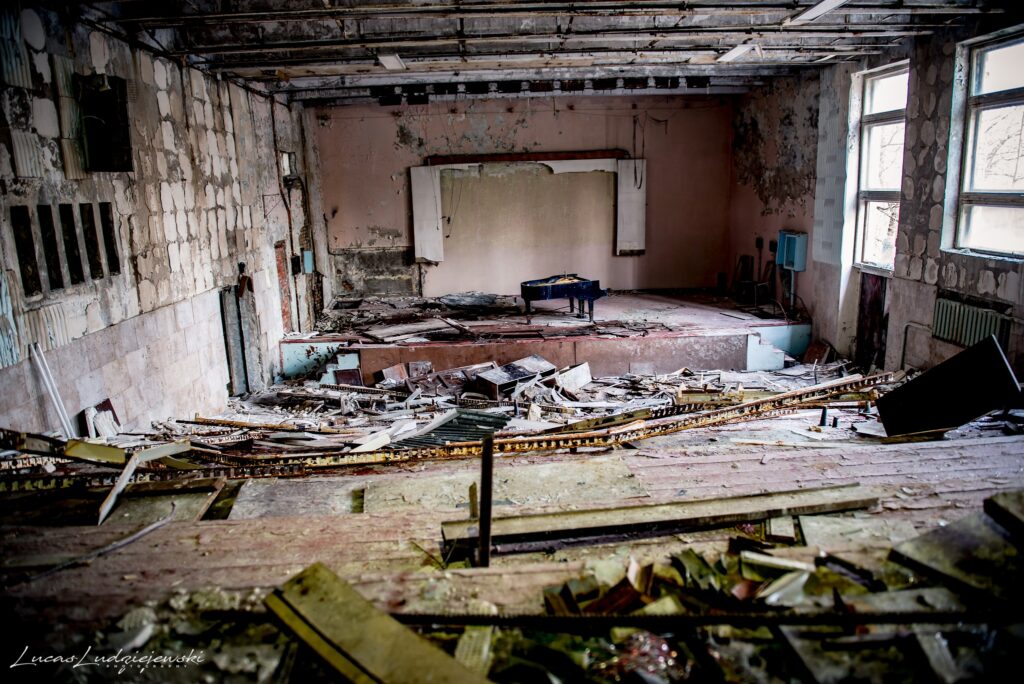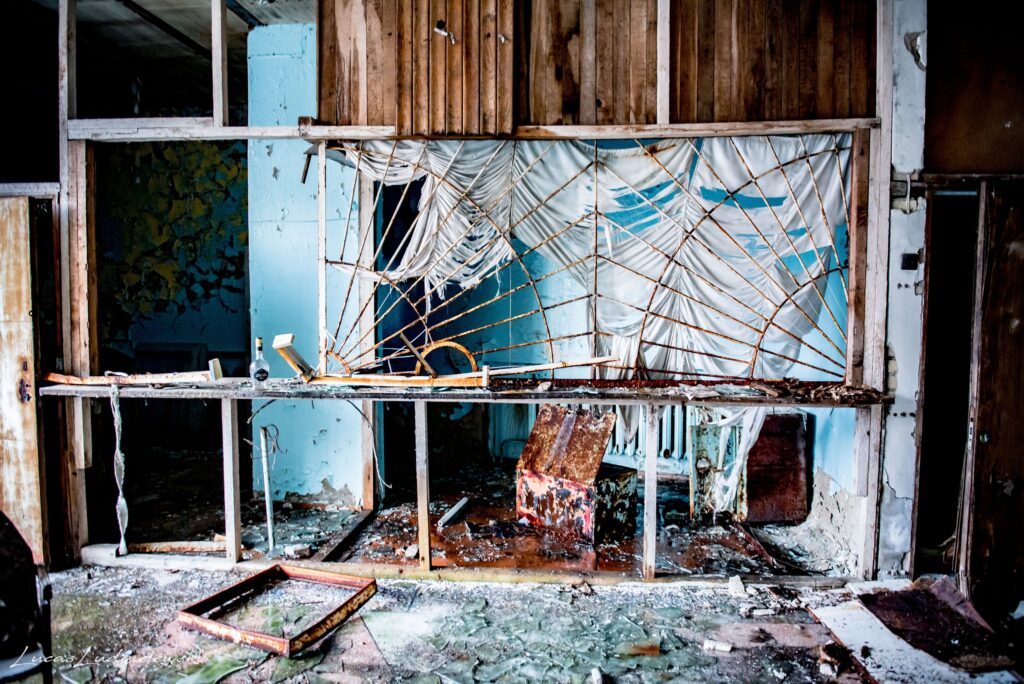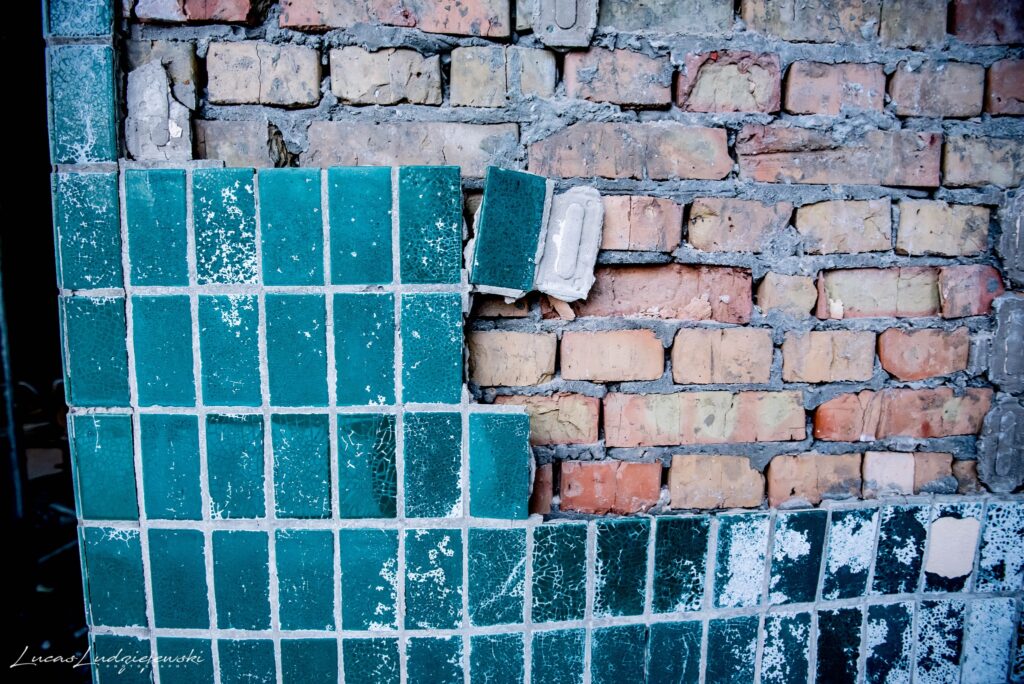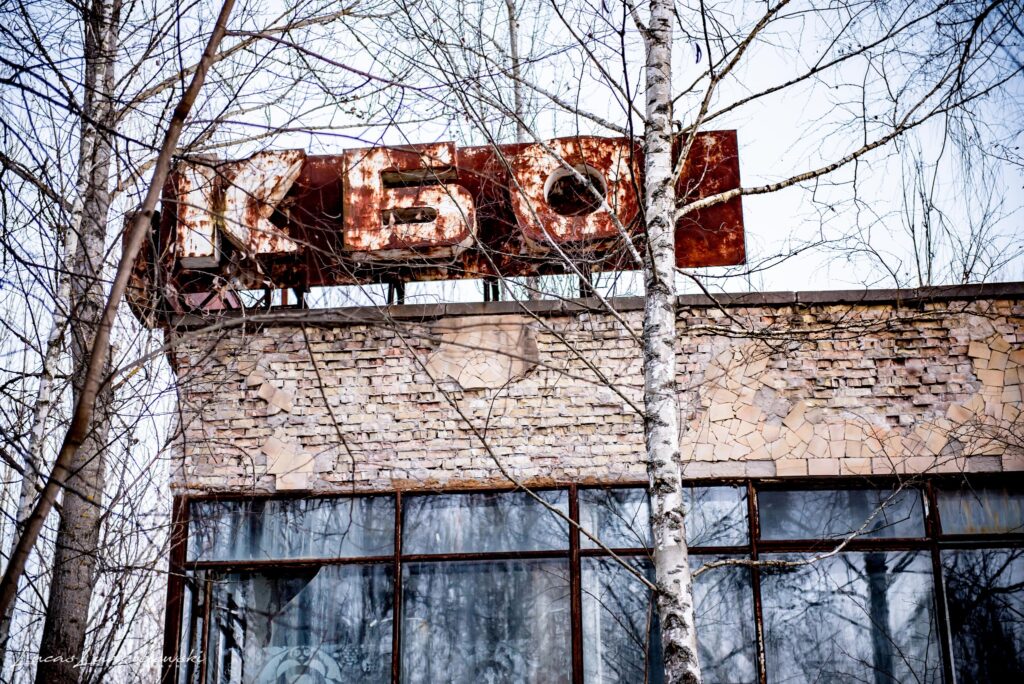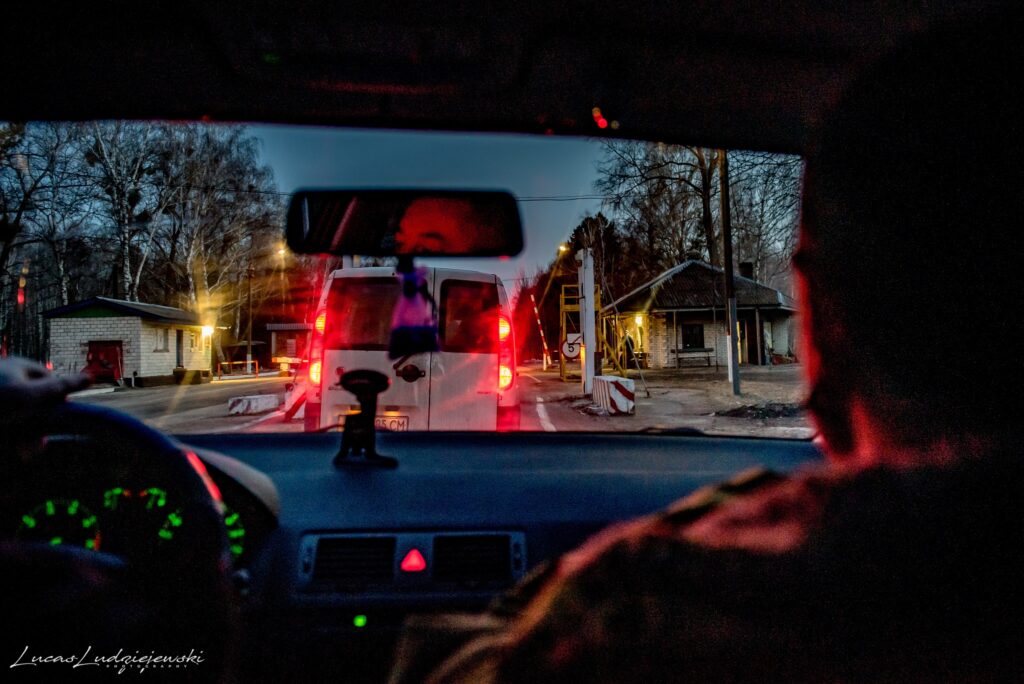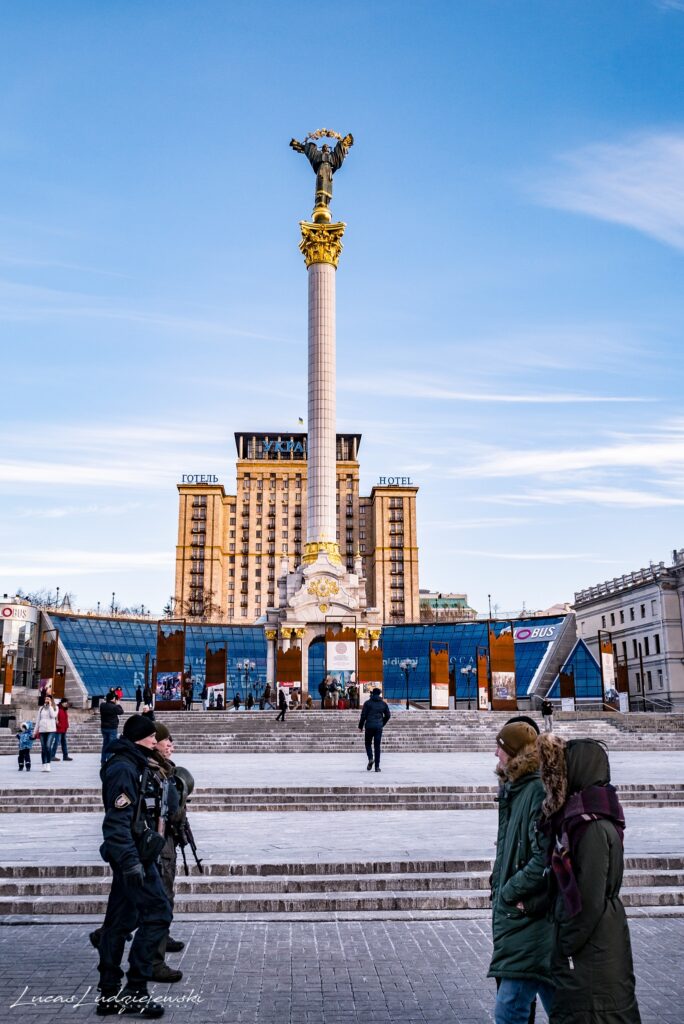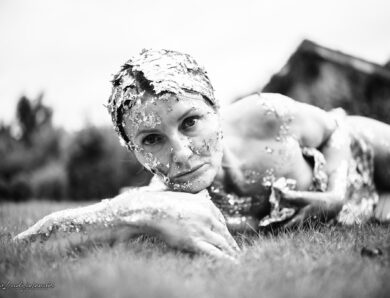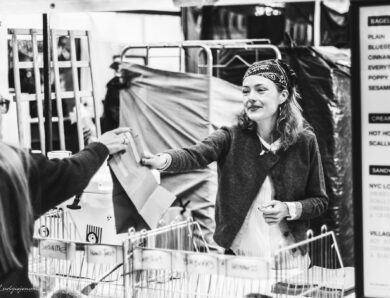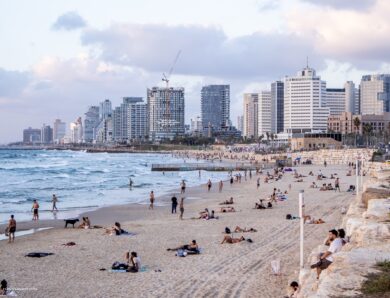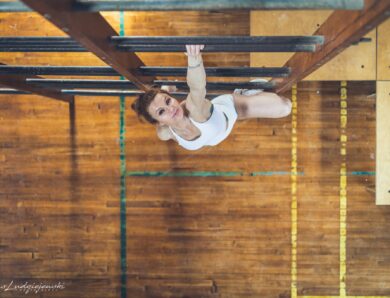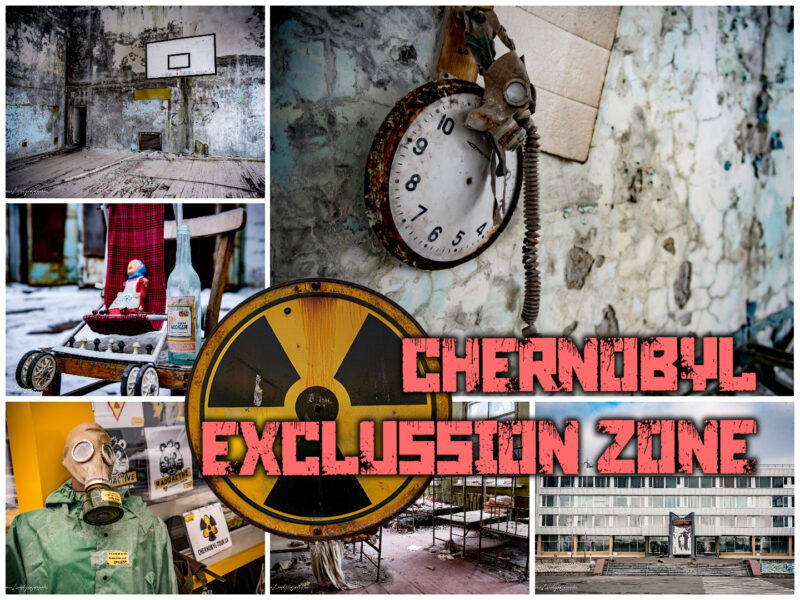
Winter Break in Chernobyl, Ukraine
Winter Break in Chernobyl, 2019, before war
It all started innocently, years ago – looking at photos of abandoned places, churches, houses, forgotten parks. The time had come to take it further. My mate Jarek gave the impulse. We’re going to Ukraine, to Chernobyl. Into the unknown, without any knowledge of Cyrillic and not fully aware of what we were getting ourselves into.
First Steps…
It began with emails to Jurek – the local “fixer of everything.” Passport scans were needed to arrange passes to the Exclusion Zone. A red flag went up in my mind – what? Sending passport scans via email? No encryption? No security? But there was no other option; the paperwork had to be done in advance. I wasn’t giving in so easily, though – I added a watermark to the scan stating that it was only for the purpose of the trip, just in case I suddenly found myself with a loan I didn’t know about but had to repay.
Too long to read? Watch the slideshow with the lector on my YouTube channel
With tickets booked and everything arranged, departure day arrived. An email advised bringing cash – ATMs existed but didn’t necessarily work. Our flight was from Dublin, with a layover in Frankfurt before arriving in Kyiv. The journey wasn’t long. Upon arrival, we had to adjust our clocks two hours forward.
The first thing that greeted us? A text message from the mobile network operator: incoming calls £1.25/min, outgoing calls over £3/min, and 1MB of data a staggering £6. Just opening Facebook could cost a fortune, and sending a selfie from the airport might exceed £20! Being without the internet felt like losing a limb, but given the roaming charges, using a UK SIM card was out of the question.
Right outside the airport were three small booths – each just a counter, a banner advertising a mobile operator, and a woman selling SIM cards. Most of the information was in Cyrillic, but some packages had translations in Ukrainian and English. A young vendor spoke English. Not bad. Unlimited internet, a huge call and SMS package. Price? 250 UAH (Ukrainian hryvnia), valid for 30 days. I did the math – just litle bit over £7. No brainer!
Kyiv
Our first stop was the Hotel Ukraine on Maidan. We took a bus, then the metro. The metro was much like London’s, but with one difference – stunning chandeliers at every station. Contactless payments, even Apple Pay, were accepted. The fare? Just 26 pence! You could ride all day as long as you didn’t exit to the surface.
Maidan welcomed us with a breathtaking view – a massive hotel atop a hill, people collecting money for soldiers, for anything really, as long as you donated. At reception, behind a grand counter, stood a young woman with a hairstyle stuck in the ’90s. The lobby furniture also recalled those times.
In our room, an old CRT television brought back childhood memories. In the morning, we had breakfast in the hotel’s vast restaurant. We saw a car waiting outside through the window, with our driver and another person handling formalities.
Anton, our driver, didn’t speak English. The other Anton explained the process, gave us instructions, and handed us a Geiger counter.
The Road to the Exclusion Zone
Like any city, Kyiv had a beautiful center. The side streets? Not so much. And the roads? A disaster. The worst road in Northern Ireland would be the best one in Ukraine. It was fair to say that the roads existed between the potholes.
I sat in the front to take photos. I reached for my seatbelt. Jarek burst out laughing from the back, and Anton looked at me like I was crazy.
“This is Ukraine,” Jarek said. “No one wears seatbelts here.”
I looked around the car – a well-worn Skoda Fabia, with “only” 350,000 km on the odometer (or maybe 1.35 million – it was best not to know). The steering wheel was held together with electrical tape, all windows (except the cracked front one) were tinted at least 80%, and the plastic armrest featured… a crocodile skin imitation.
Two hours later, we reached the entrance to the zone. It looked like a border crossing – barriers, uniformed officers… and a souvenir shop selling ice cream. We handed over our passports for inspection and received our permits. Now, the information was also in English. A guide joined us – wandering the zone alone was not allowed. Well, not in Zone 1. Zone 2, however, had regular life – there was a museum, a store, a restaurant, a small hotel, and even some functioning businesses.
Chernobyl
A dream come true. We passed the sign: “CHERNOBYL.” A massive concrete structure, a relic of the town’s former glory. We stopped along the way – Jarek chatted with the guide while I disappeared with my camera.
Crumbling houses, a wrecked Lada, a library with a stage, a memory lane – rows upon rows of signs with the names of villages erased by the explosion. But not in the way movies depict it. These villages were abandoned due to extreme radiation. Declared uninhabitable, they were demolished by the military.
We stopped by a forest. A small, single-story kindergarten stood inside. Tiny shoes, toys, nap-time beds – all left behind. Eerie.
Further ahead – the ChNPP (Chernobyl Nuclear Power Plant). Four reactors, one entombed in a sarcophagus, two others left unfinished. They would never be completed.
We entered a cooling tower – an immense echo chamber. Jarek let out a scream, and the echo repeated it several times. We were about a kilometer from the explosion site. The Geiger counter showed higher radiation levels, but still within safe limits.
The guide pointed at a manhole metal cover and asked us to hand him the dosimeter. It instantly set off an alarm. Radiation is over 30 times higher. Just a few steps made all the difference! We didn’t stay long – lingering here could lead to radiation sickness.
The Ghost City
April 26, 1986 – an explosion. Cleanup begins. At first, there was no panic. Nuclear energy was considered clean and very different from atomic bombs.
Reality quickly proved otherwise.
Pripyat – one of the wealthiest cities at the time, home mostly to power plant workers – was evacuated. Within 30 hours. Residents were told it was just for two weeks and that they’d return once it was safe.
That never happened.
Looters arrived. They took irradiated items, spreading contamination. The military had to intervene, removing and storing everything dangerous in isolated locations.
The amusement park – a rusting Ferris wheel, a decayed carousel, broken bumper cars. Imagination played tricks. Once, it was full of happy families. Now, only silence and the wind.
A school, where thousands of gas masks lay abandoned. A haunting sight. Masks hung on lampposts. Cash registers, broken TVs, textbooks, bulletin boards.
An empty swimming pool with shattered windows. It once echoed with children’s laughter. Now – just eerie silence.
We weren’t supposed to enter buildings. A ban was issued in 2012 due to structural risks. But I kept disappearing with my camera. Eventually, the guide caught on.
Jarek negotiated “the Ukrainian way.” A little under-the-table deal, and we gained access anywhere we wanted.
We explored a cinema and a warehouse of abandoned pianos and TVs. A garage with vehicle inspection pits. Trucks parked atop buildings – a local tradition.
A hospital. On the first floor, a maternity ward – rusty cribs, birthing rooms, patient records, a speculum.
The most famous café, once a lively meeting spot, now abandoned. Stained-glass windows still colorful.
In the distance – a half-sunken ship, cranes standing frozen in time.
This was Chernobyl. A place where time stopped. A place forever marked by history.
The gallery here is limited to a little over 200 photos, but the full gallery and prints are available here.

